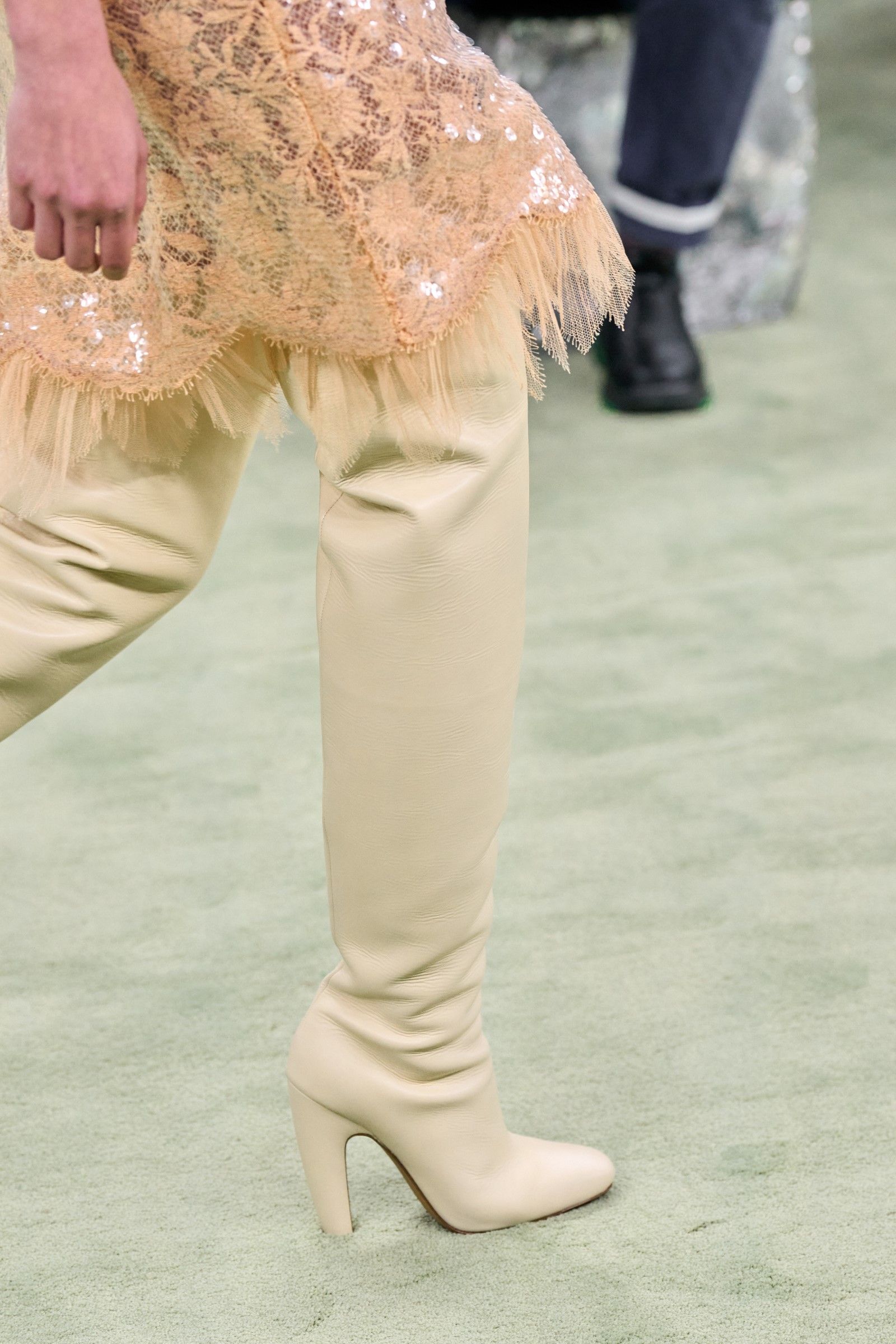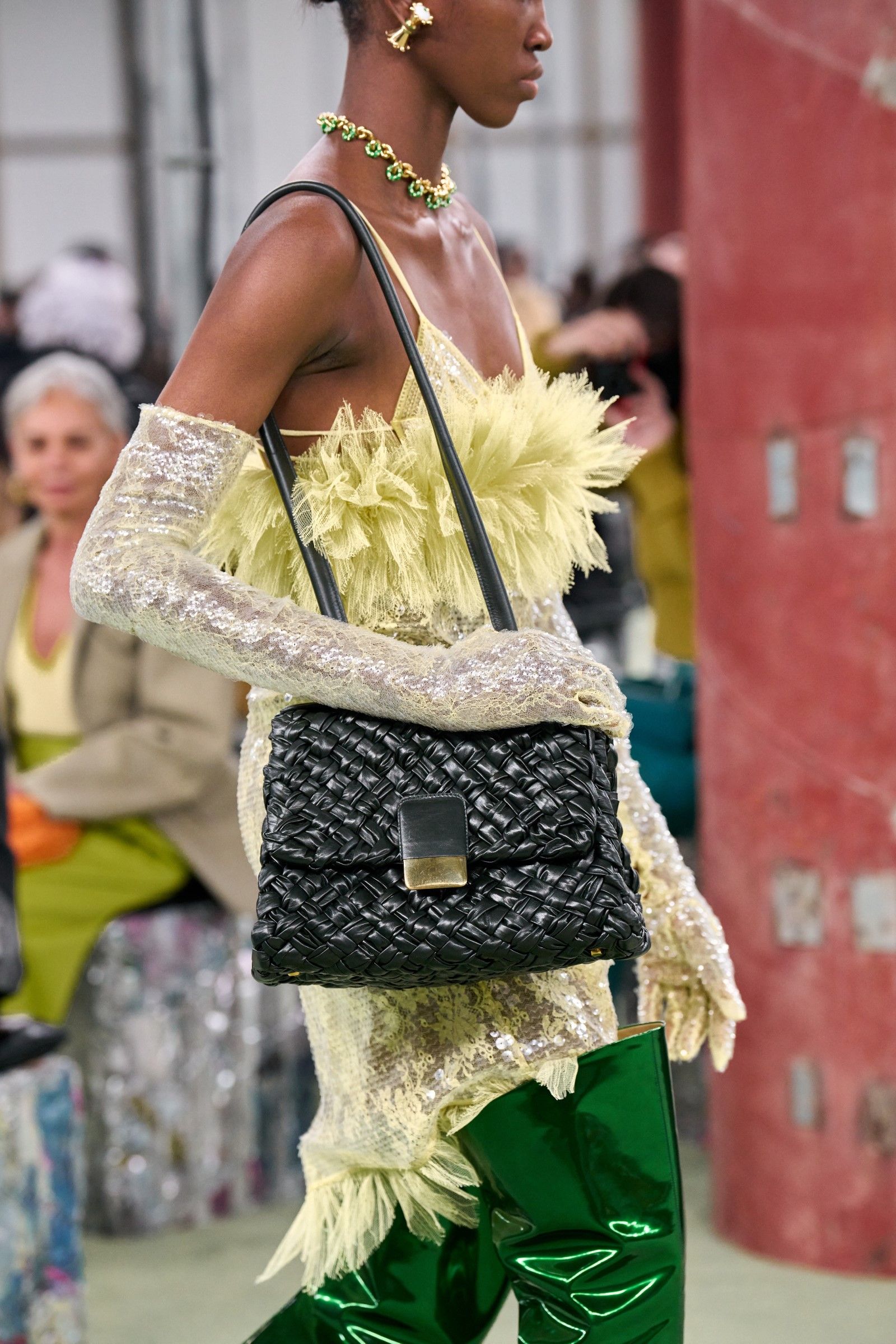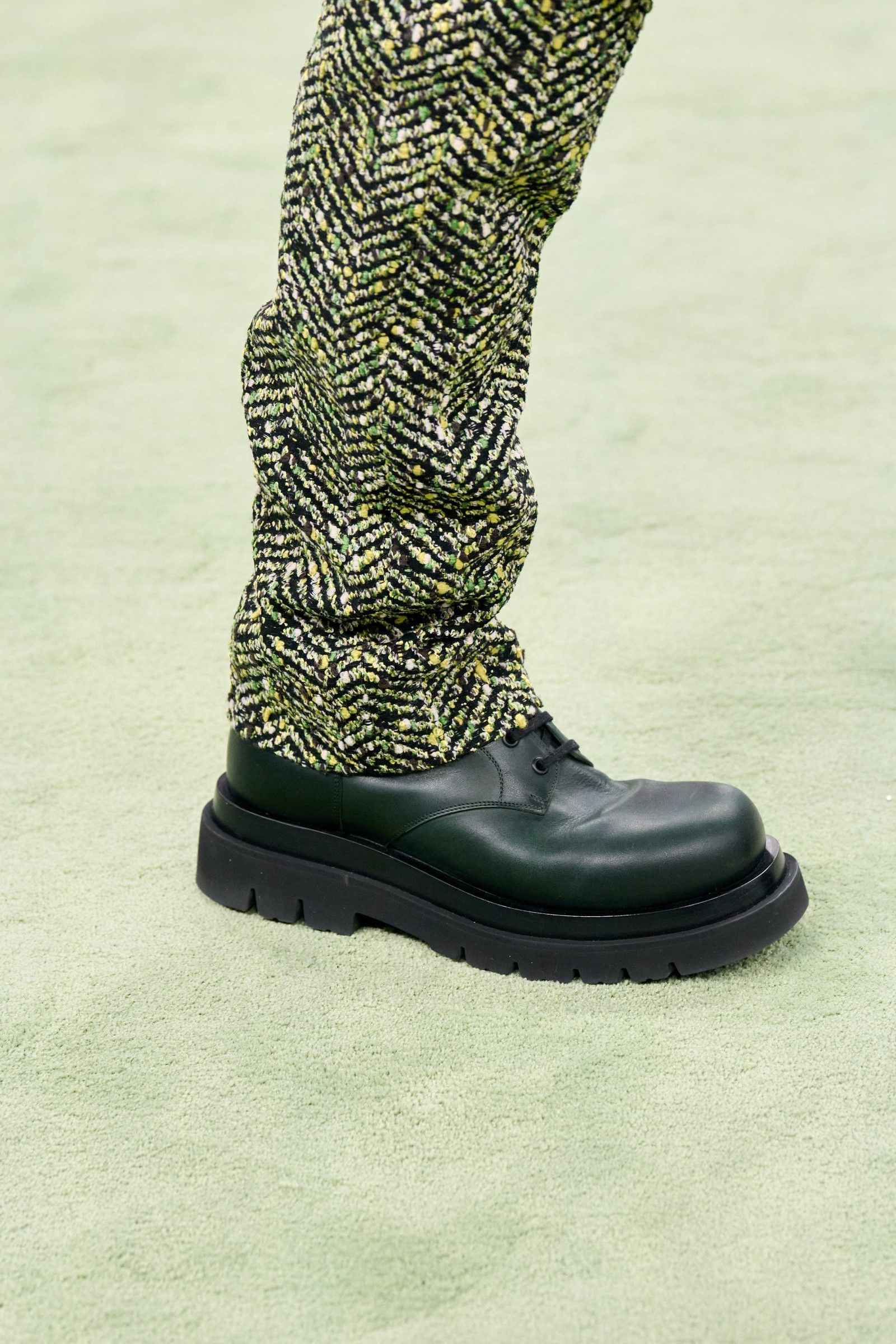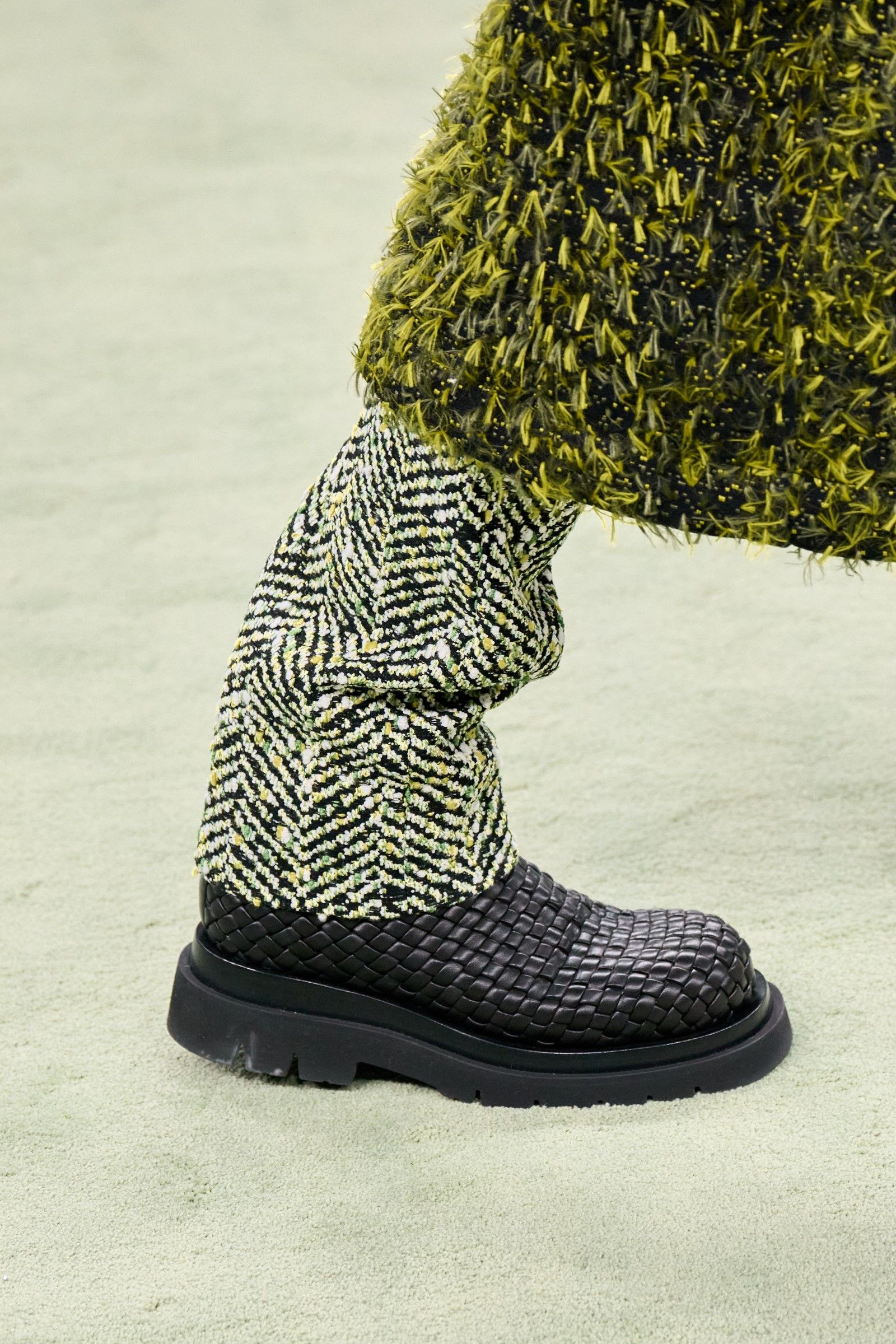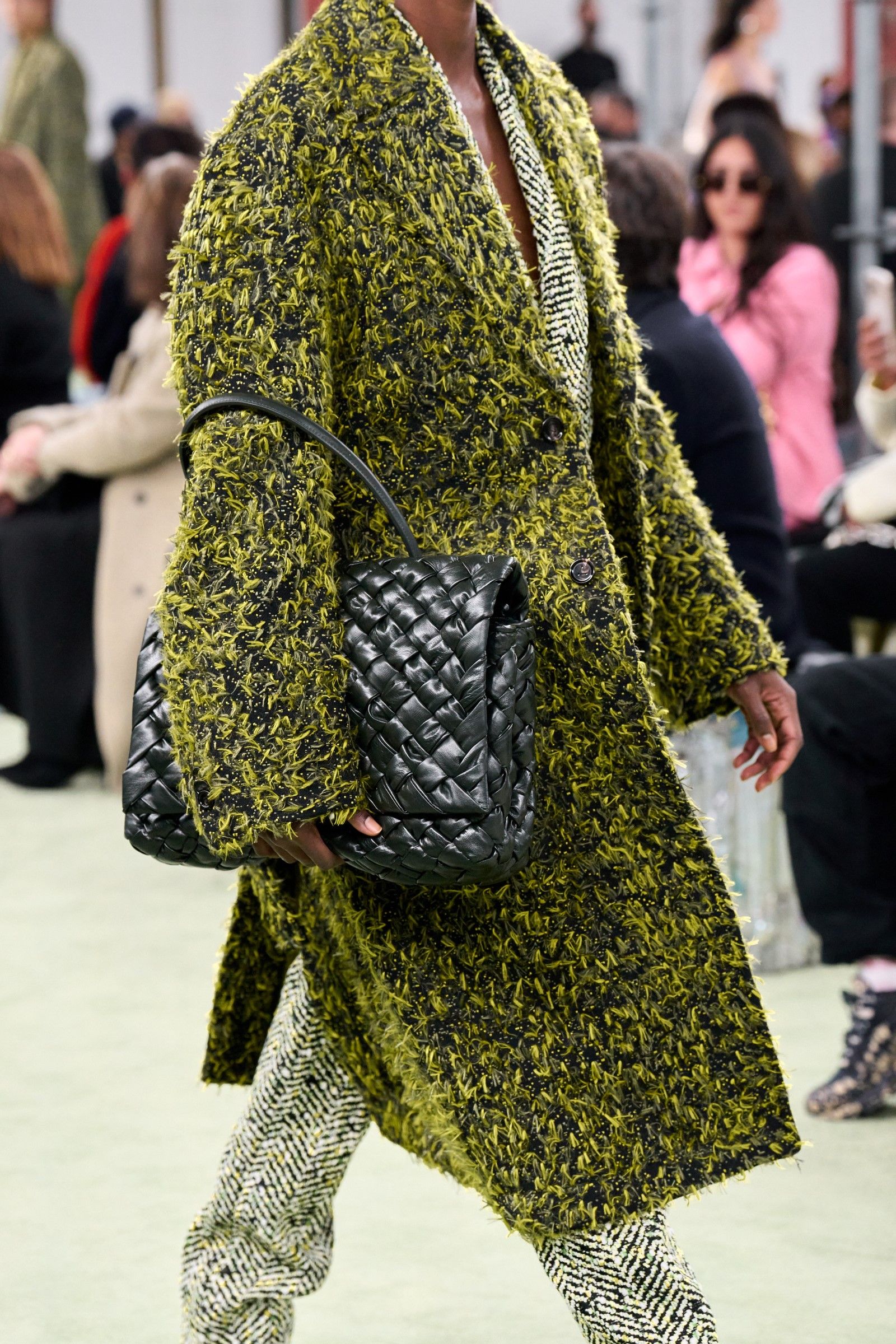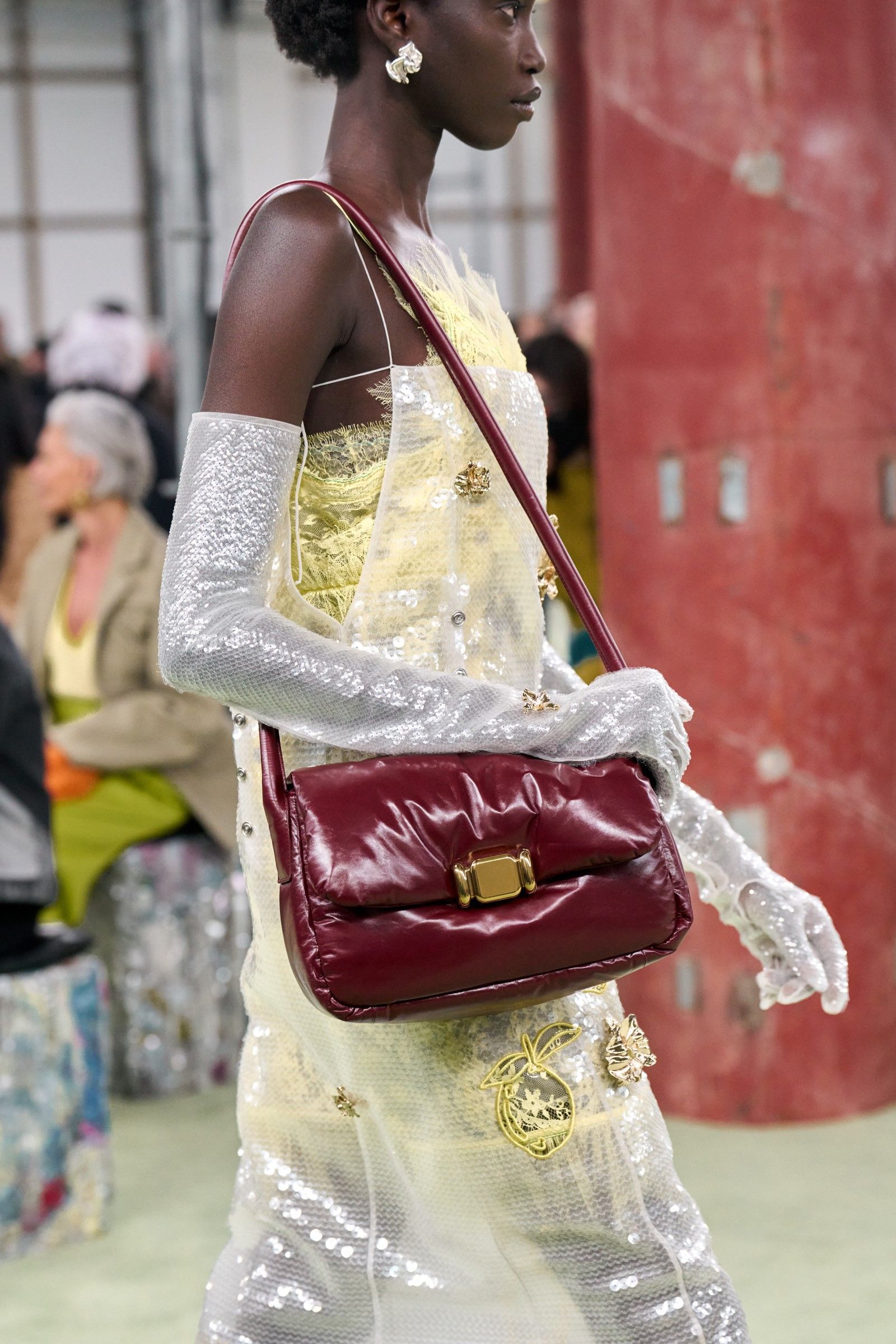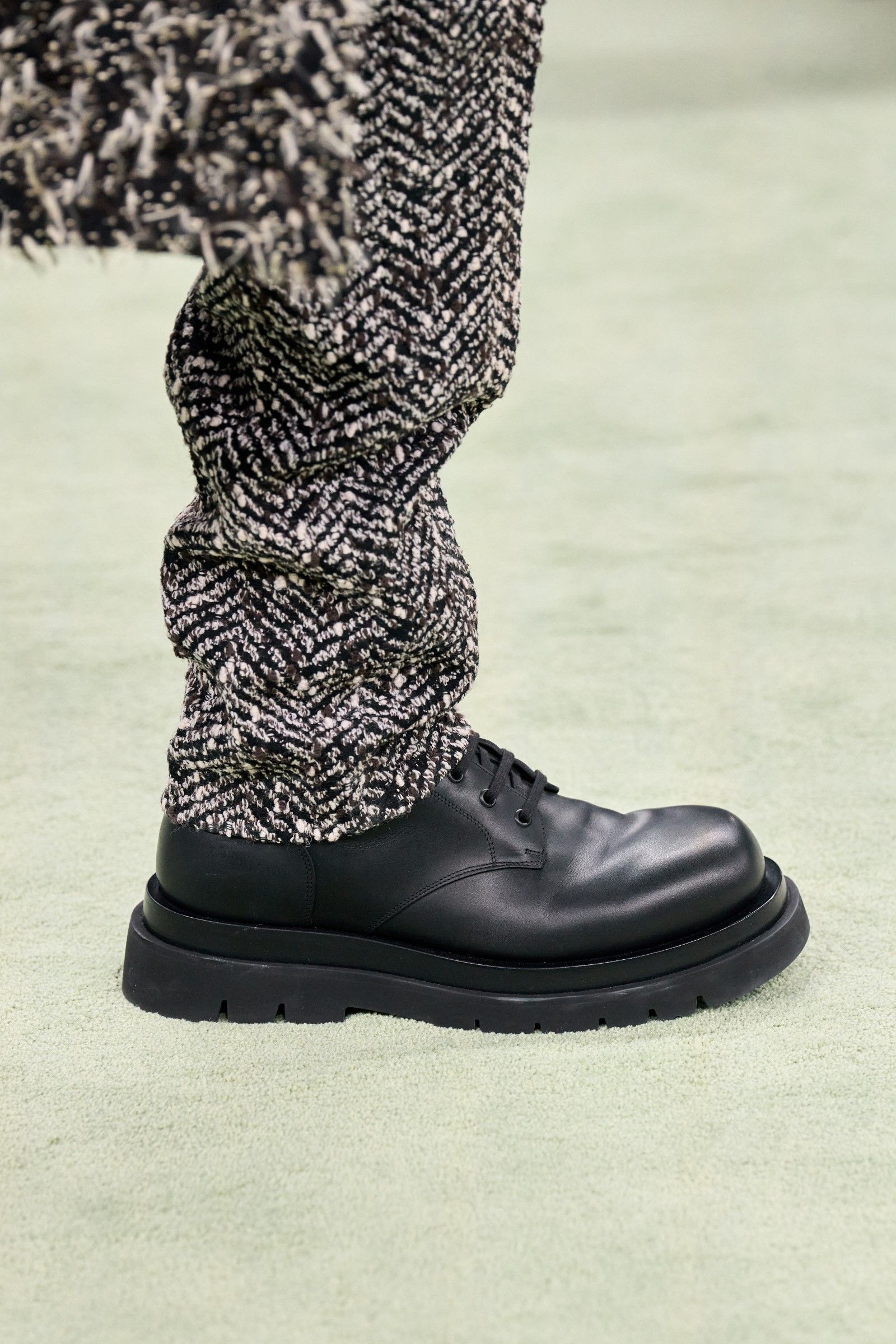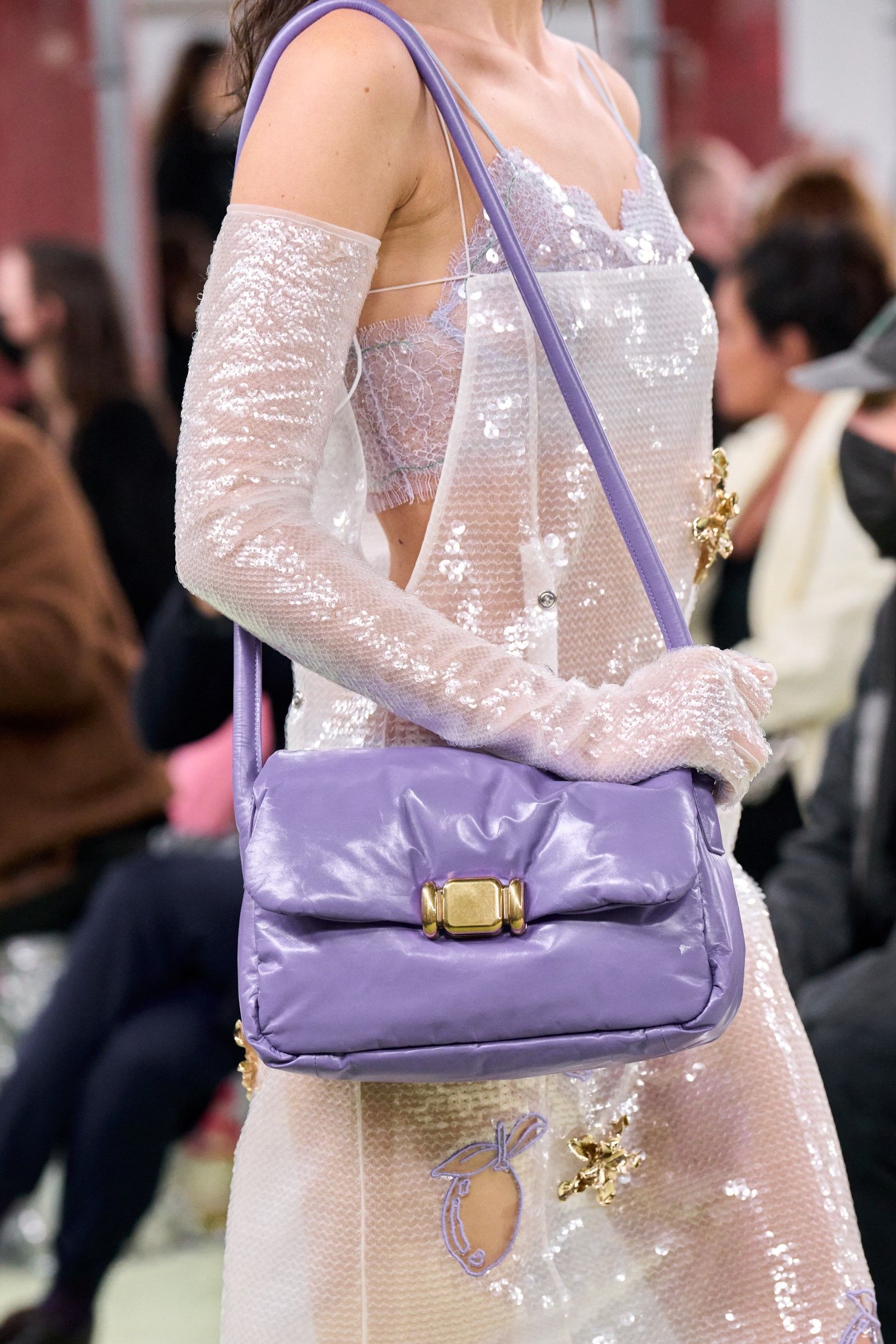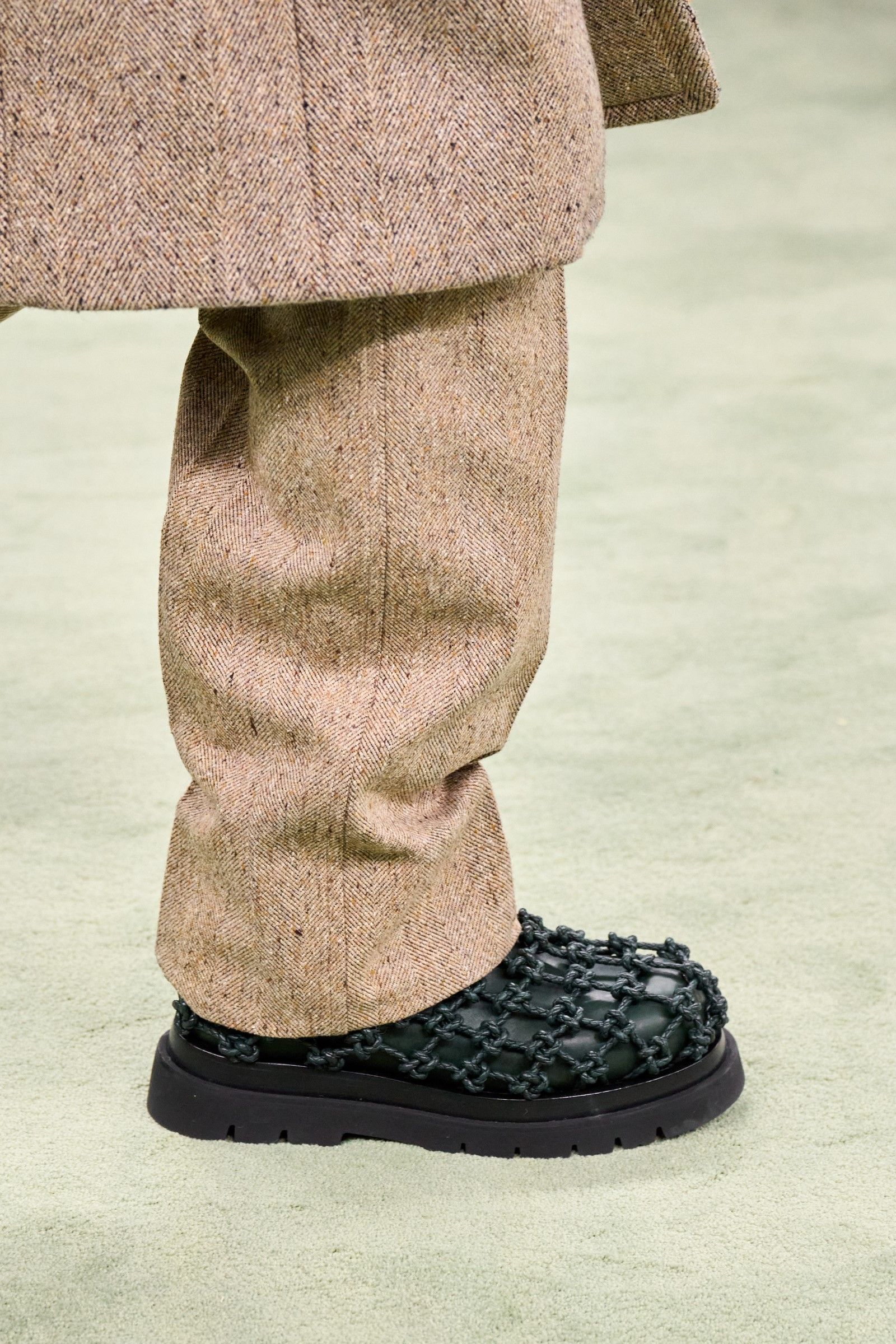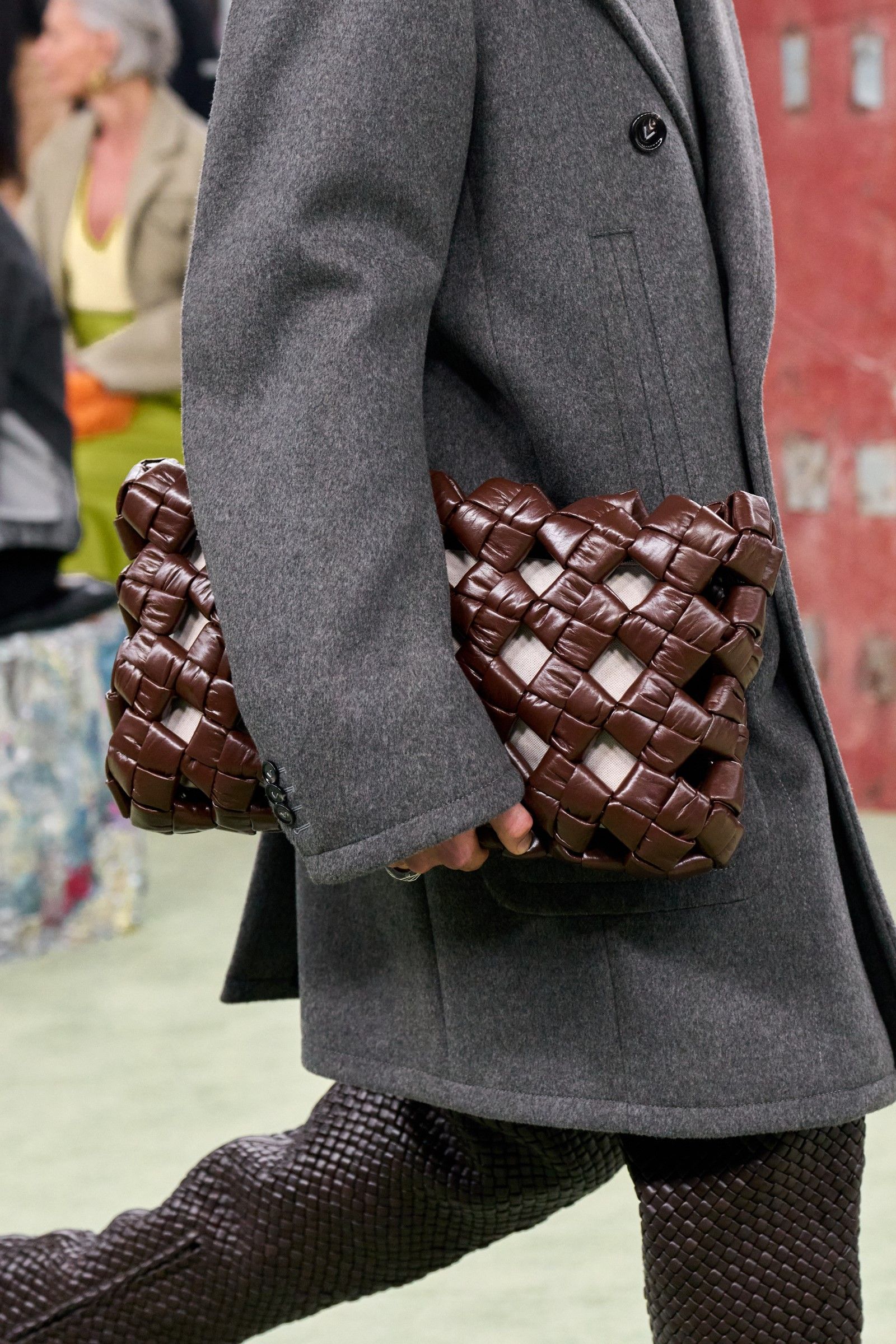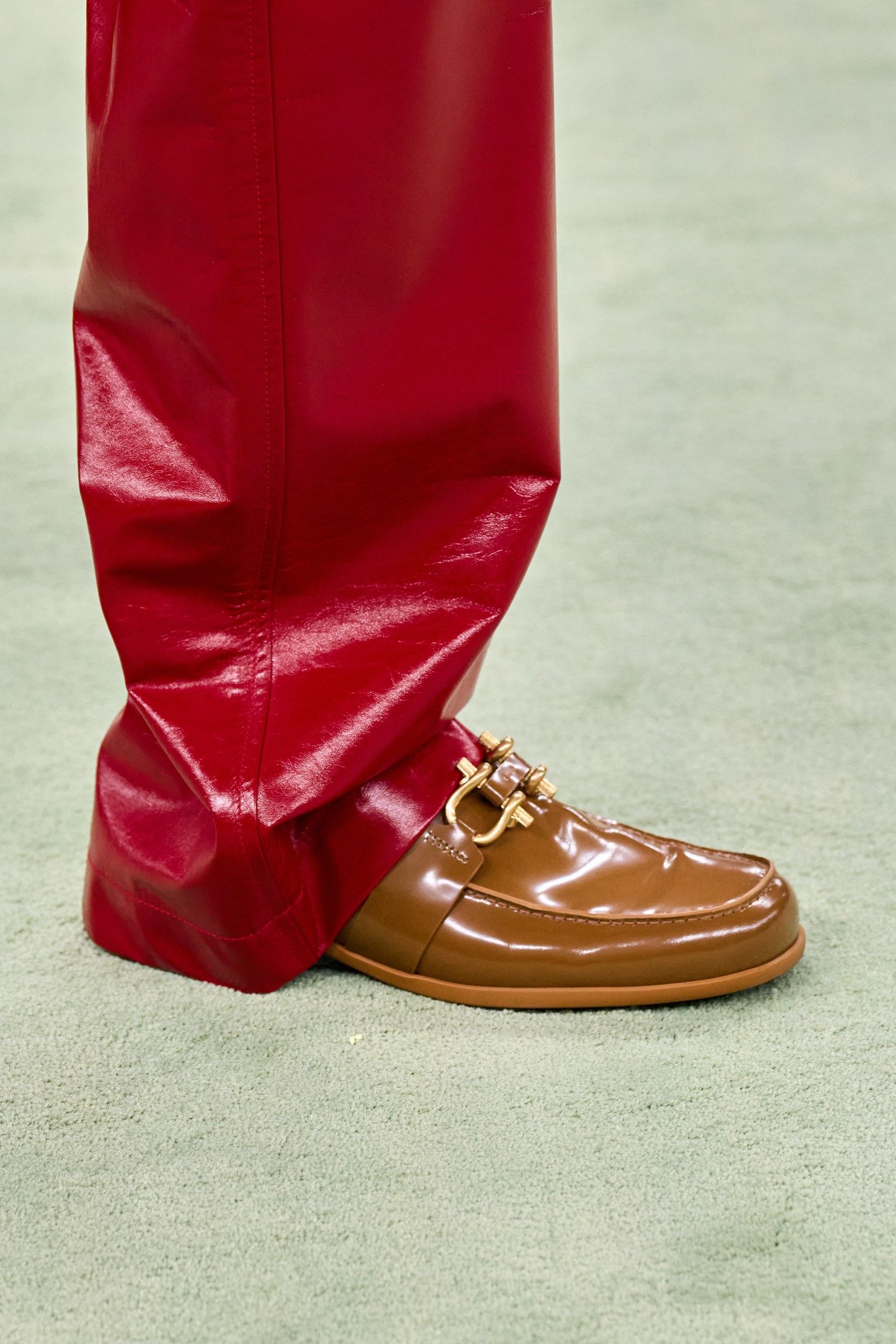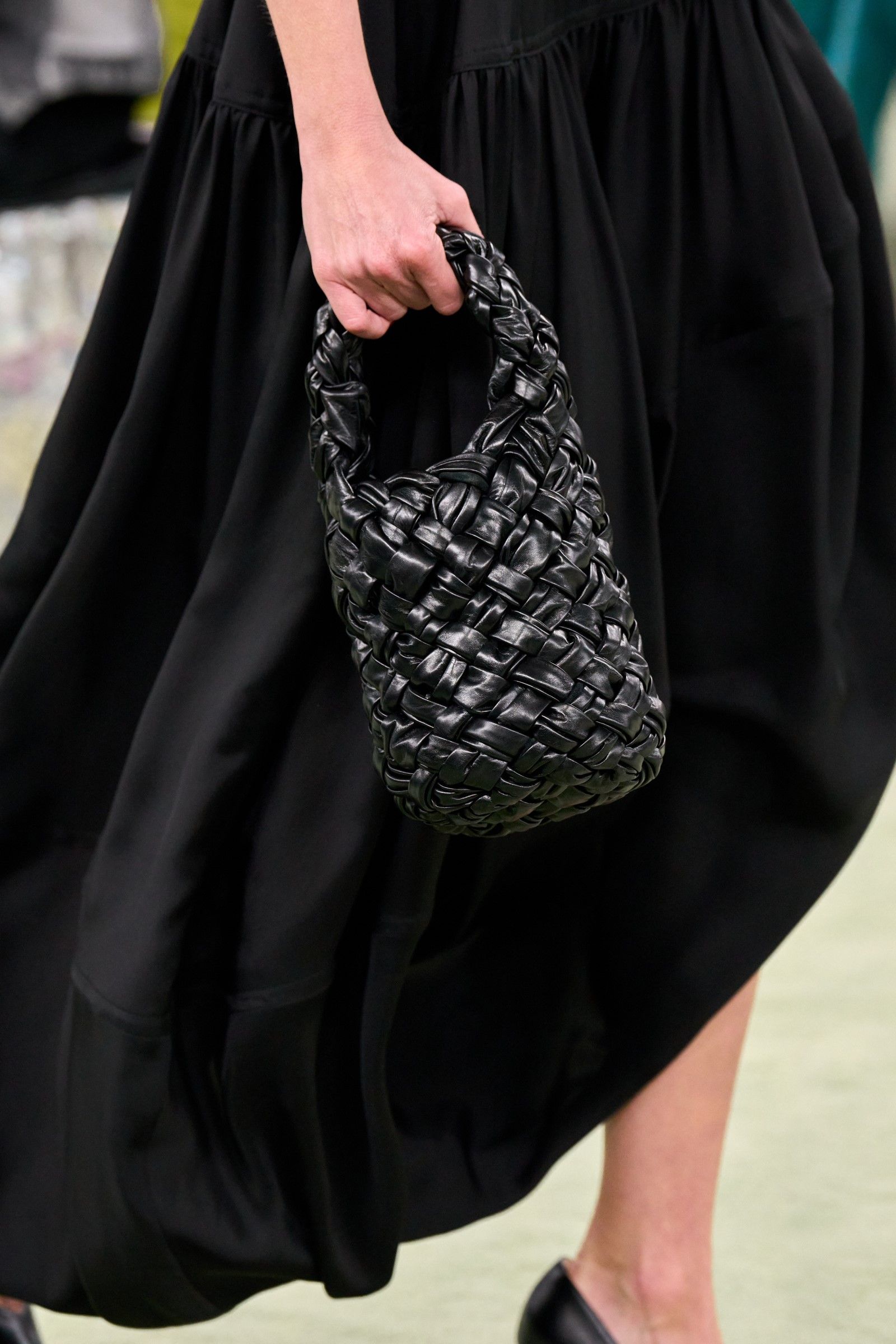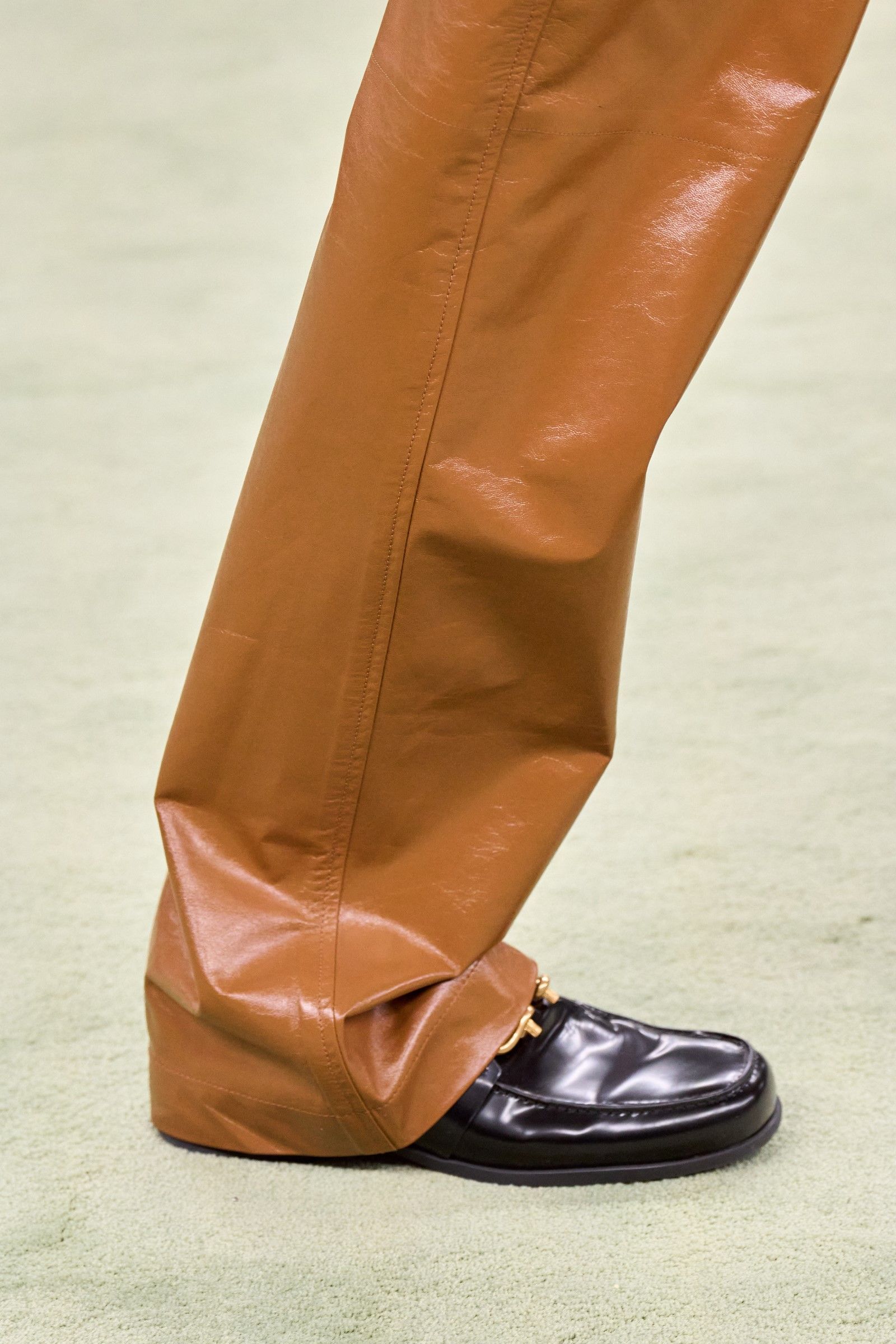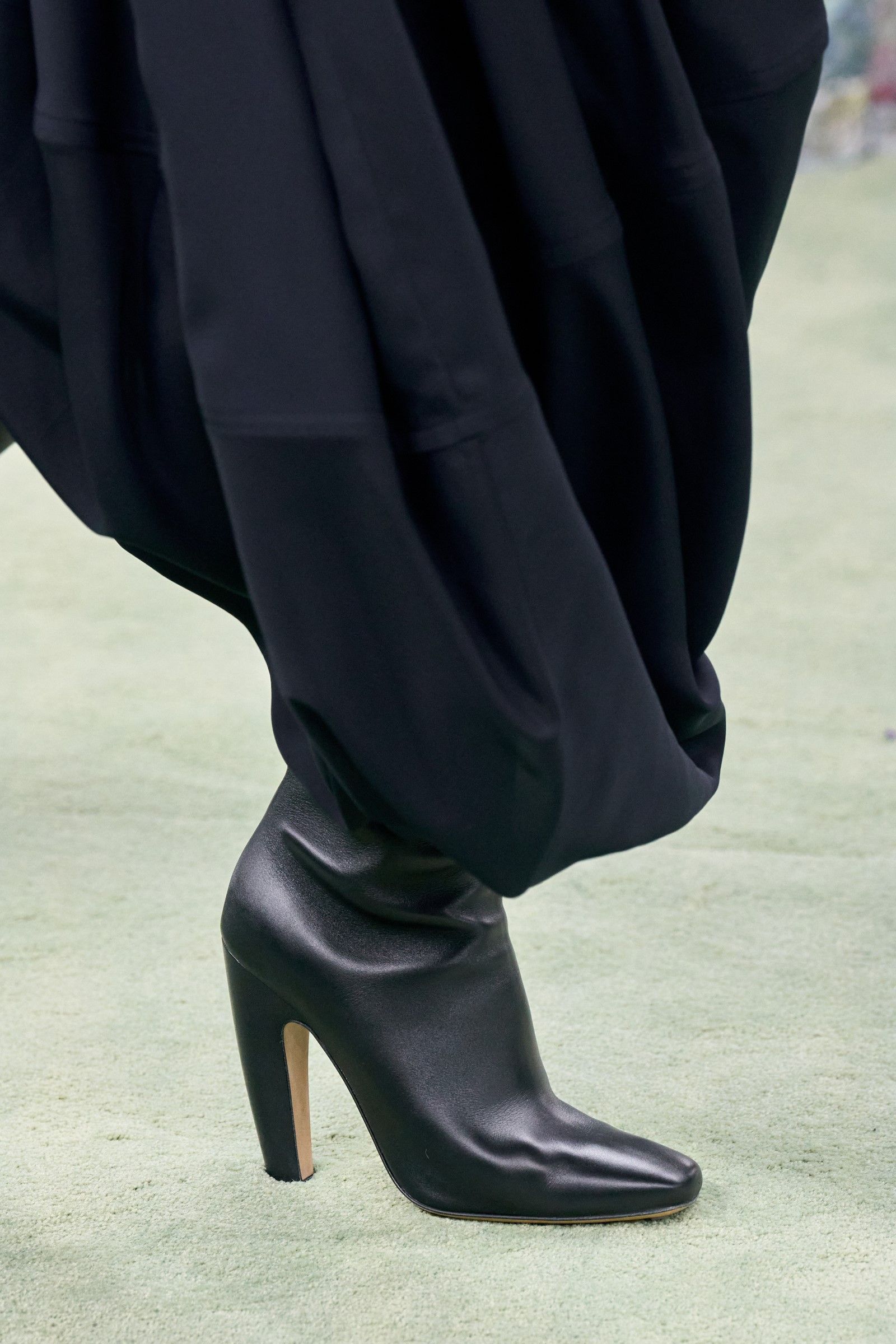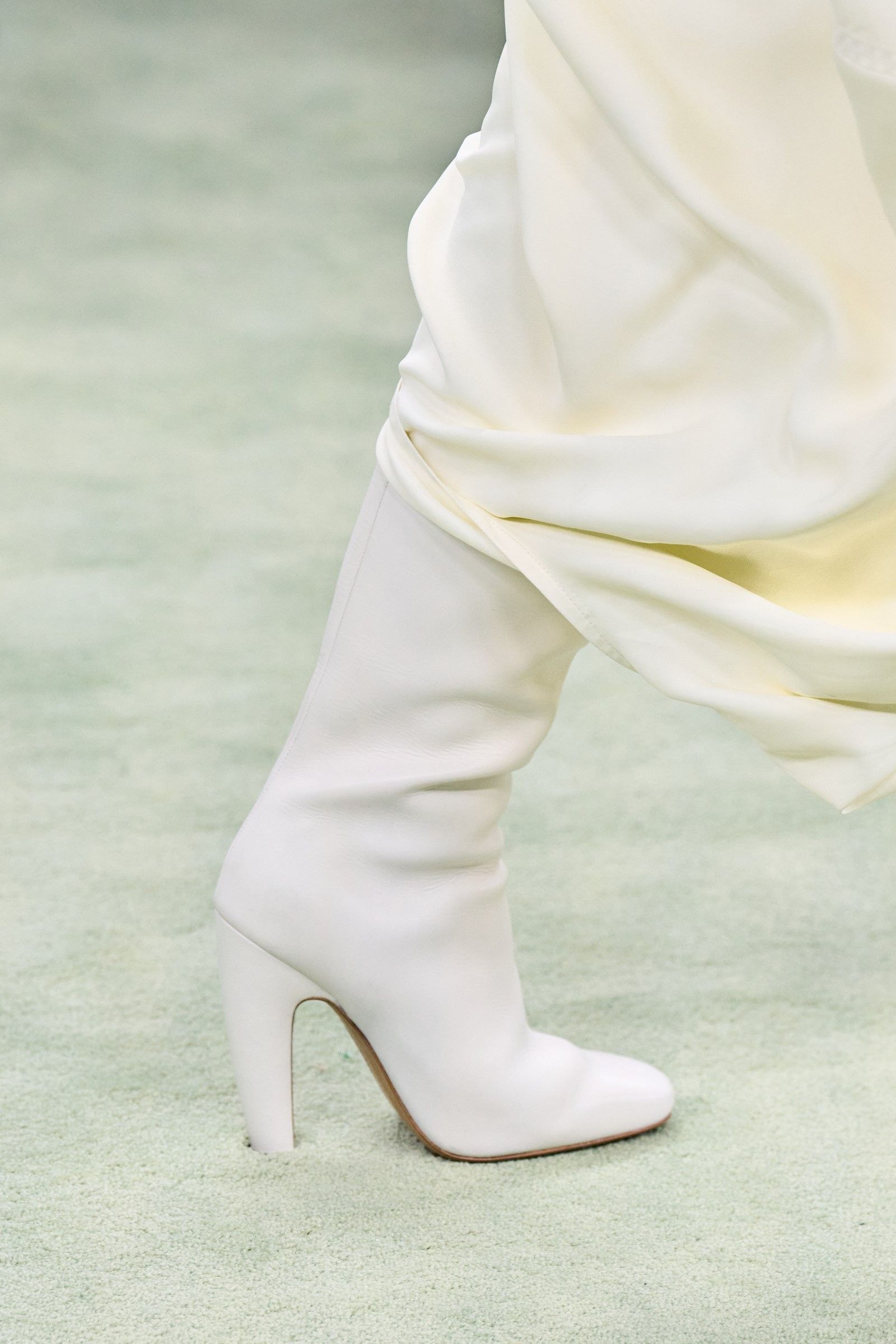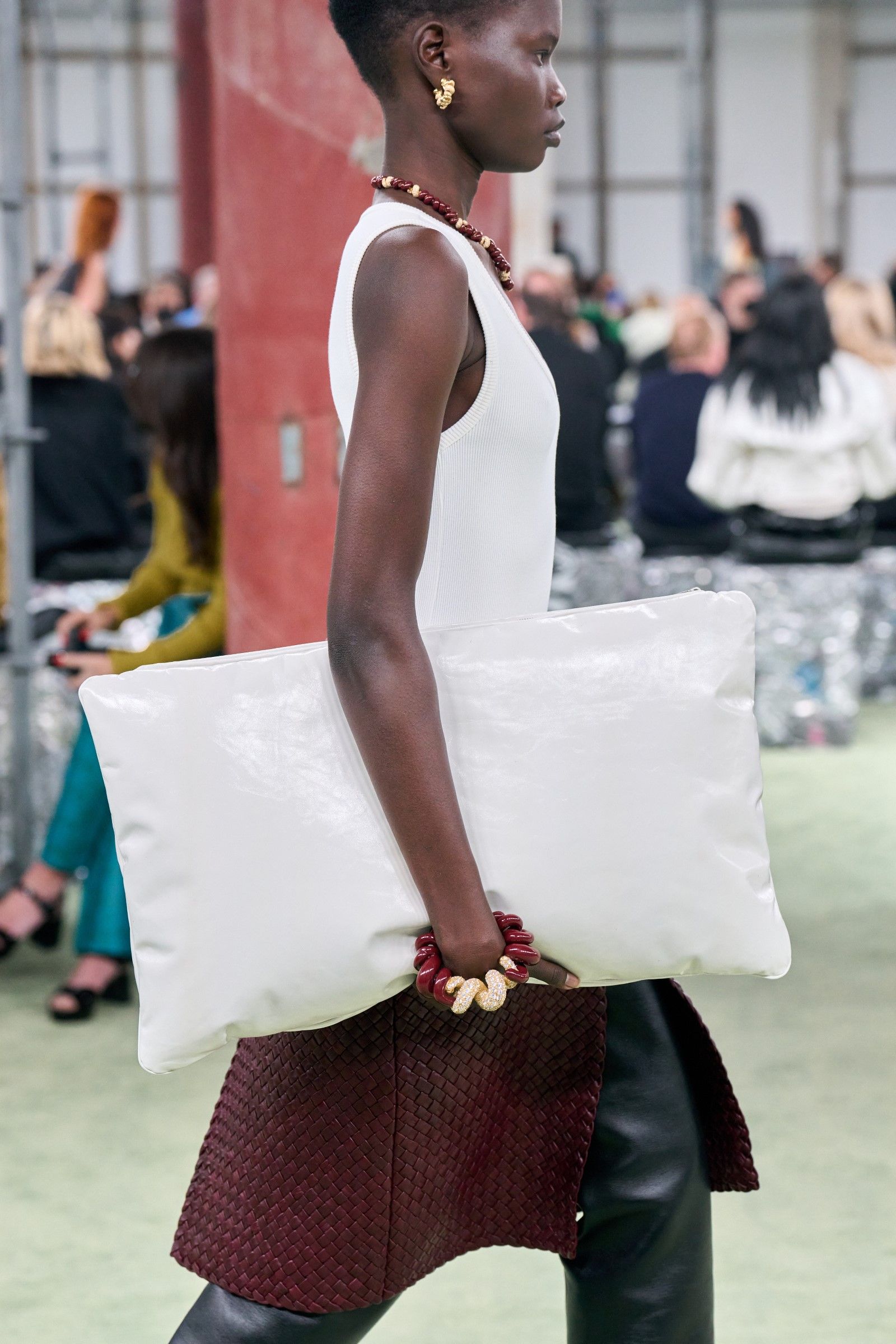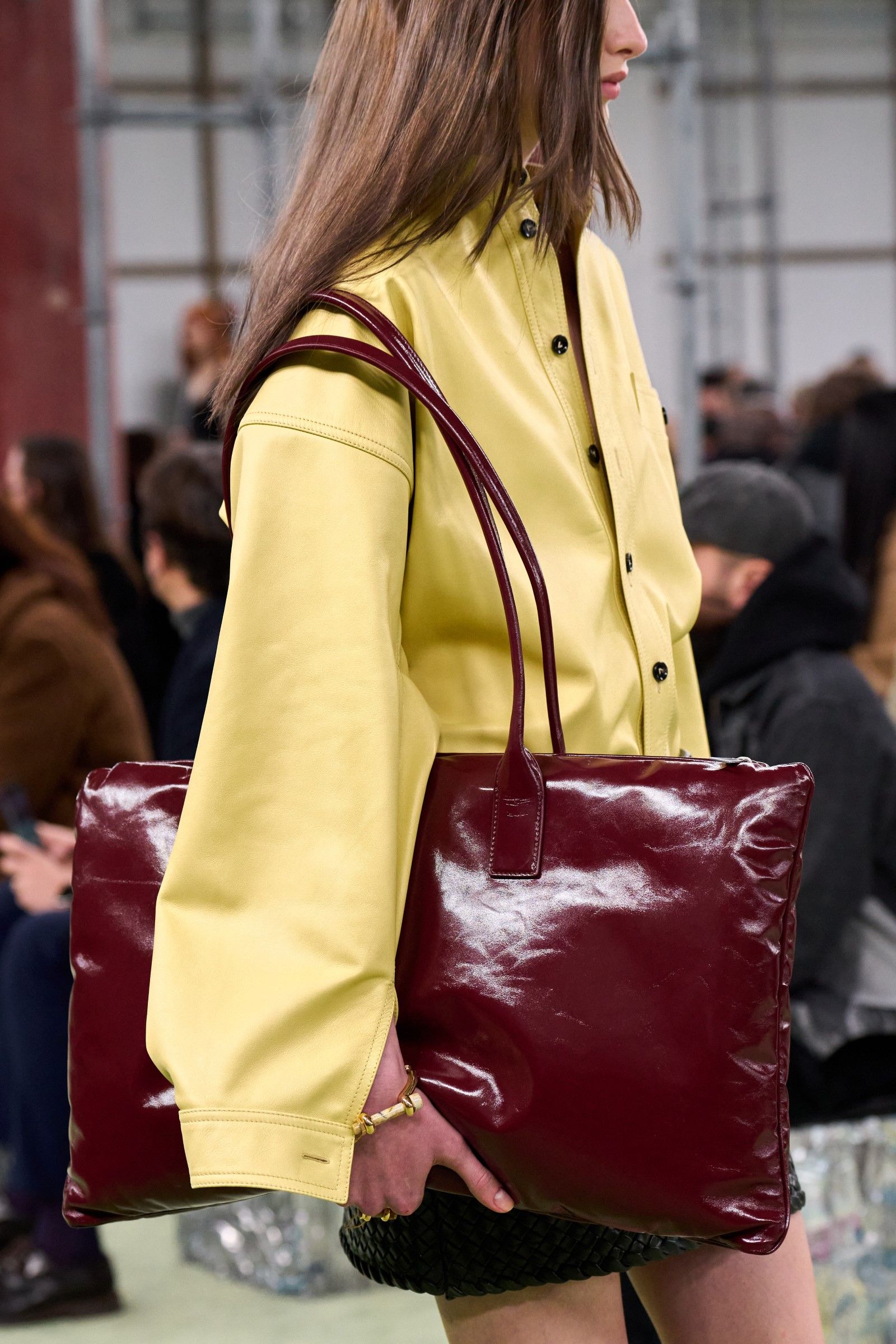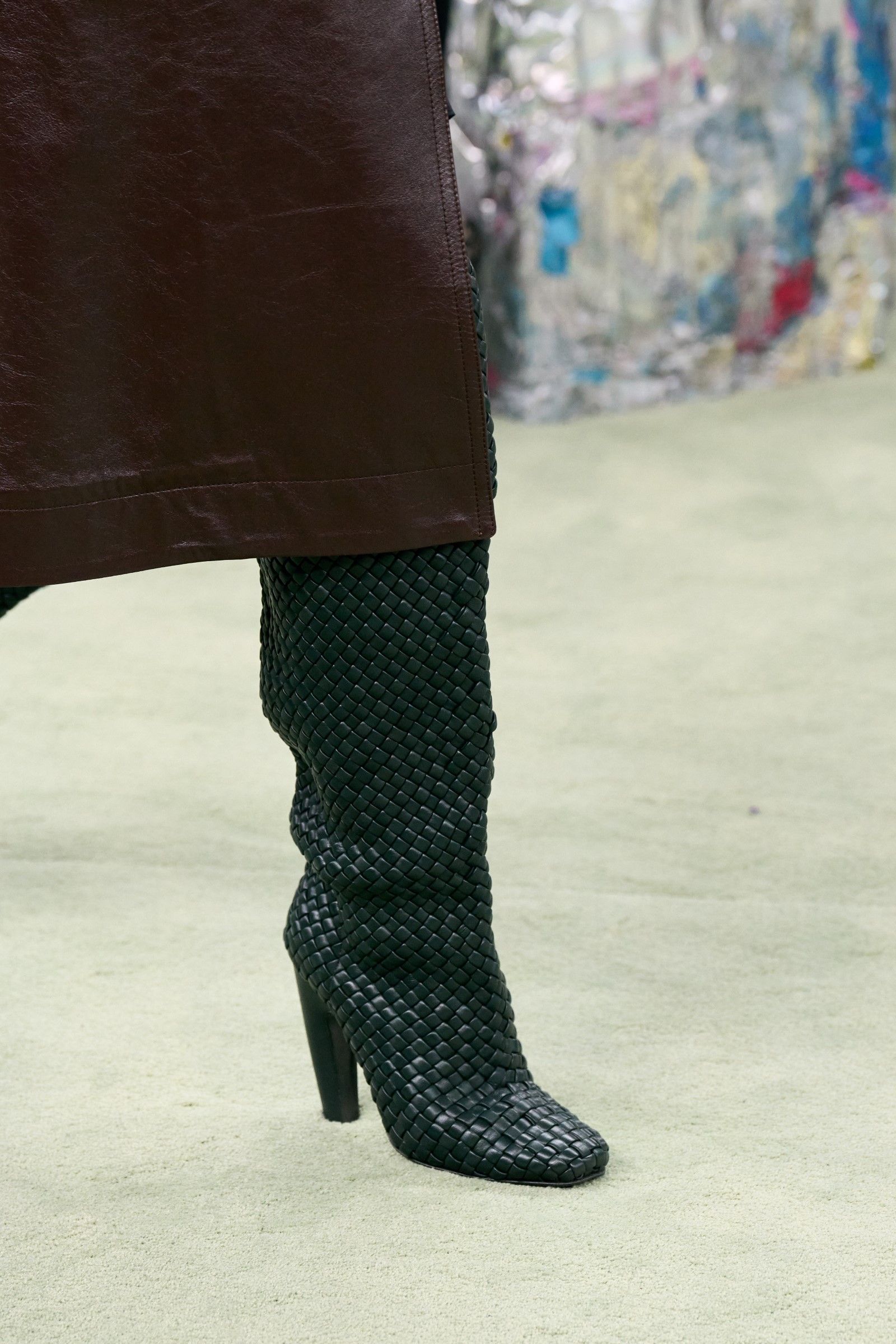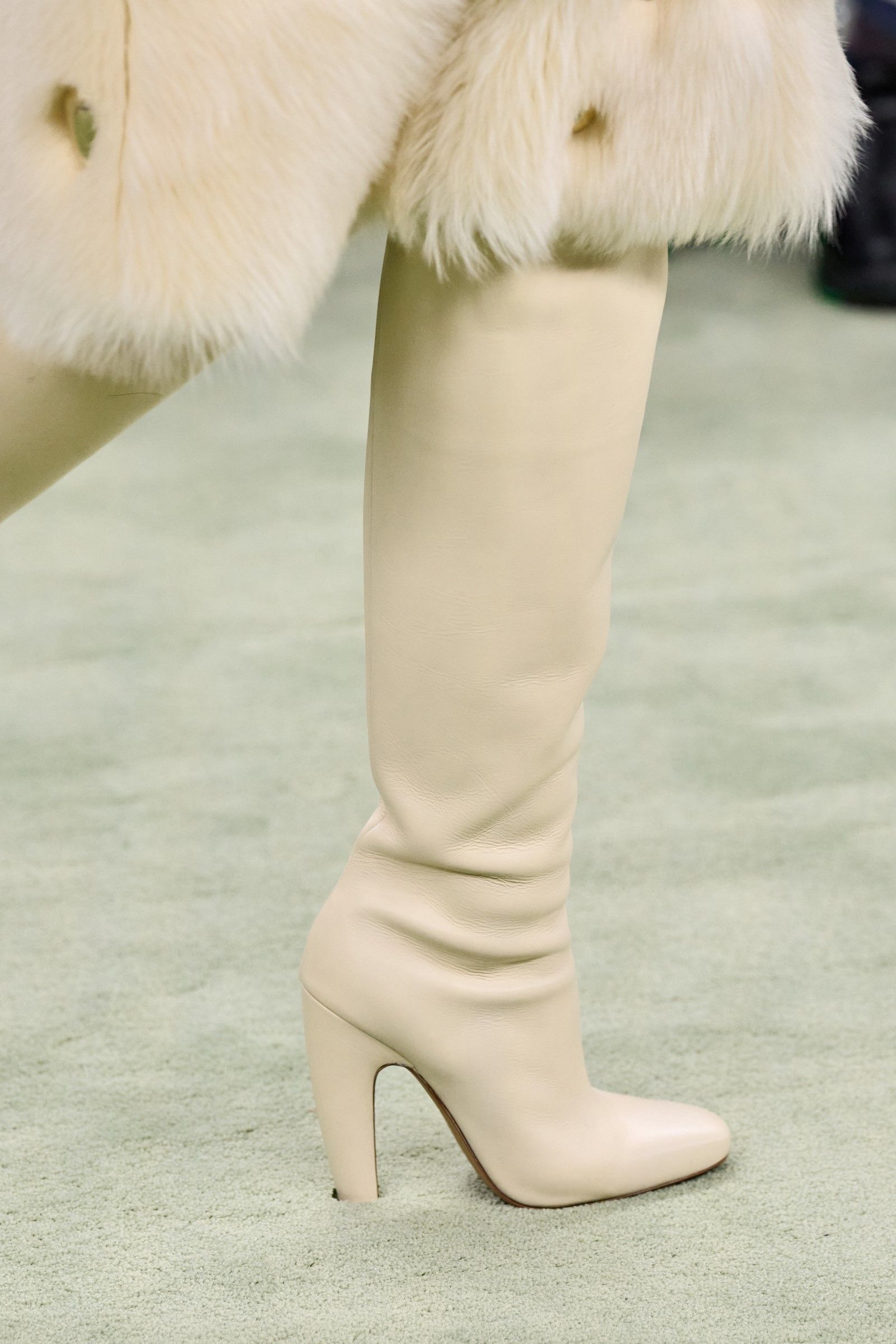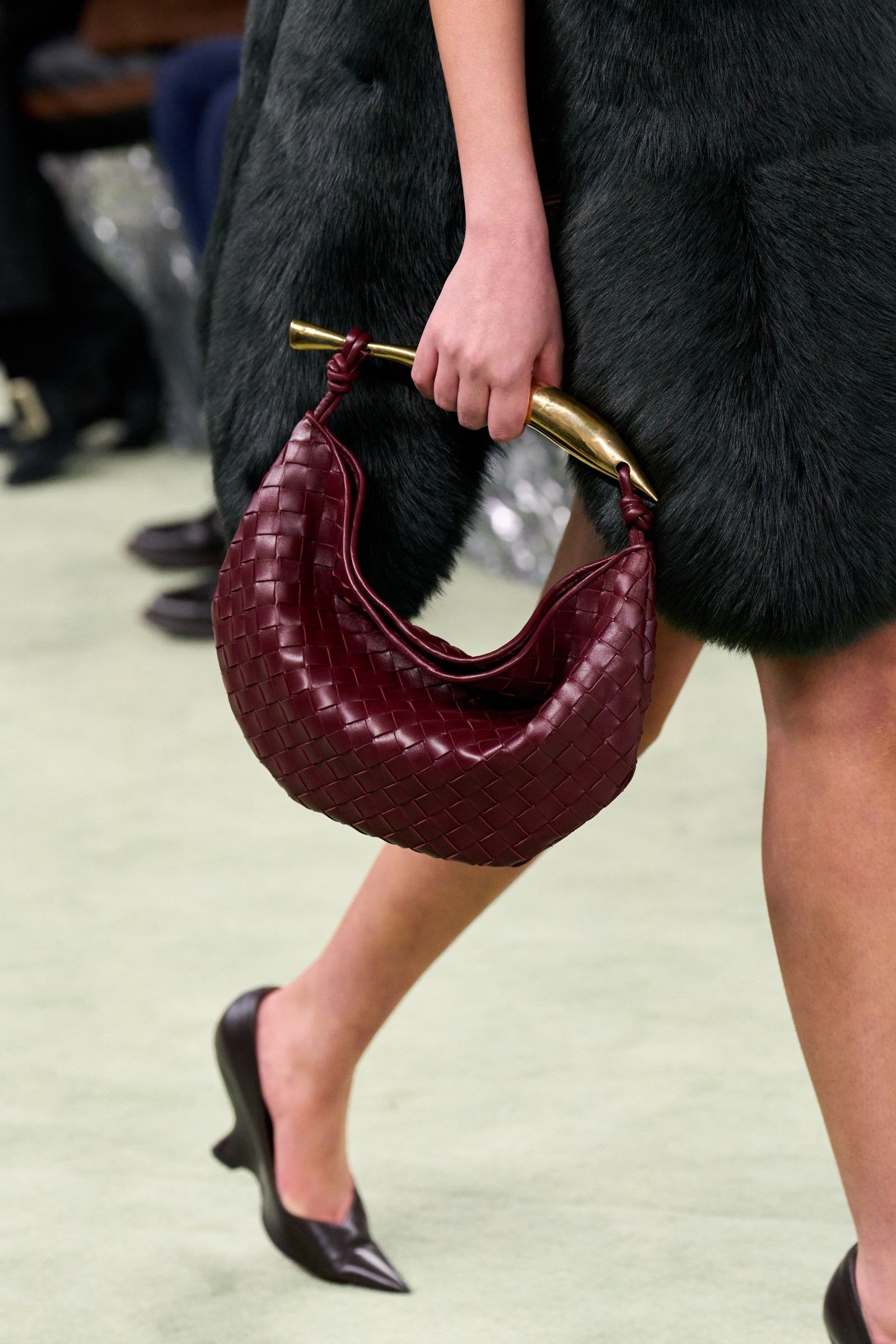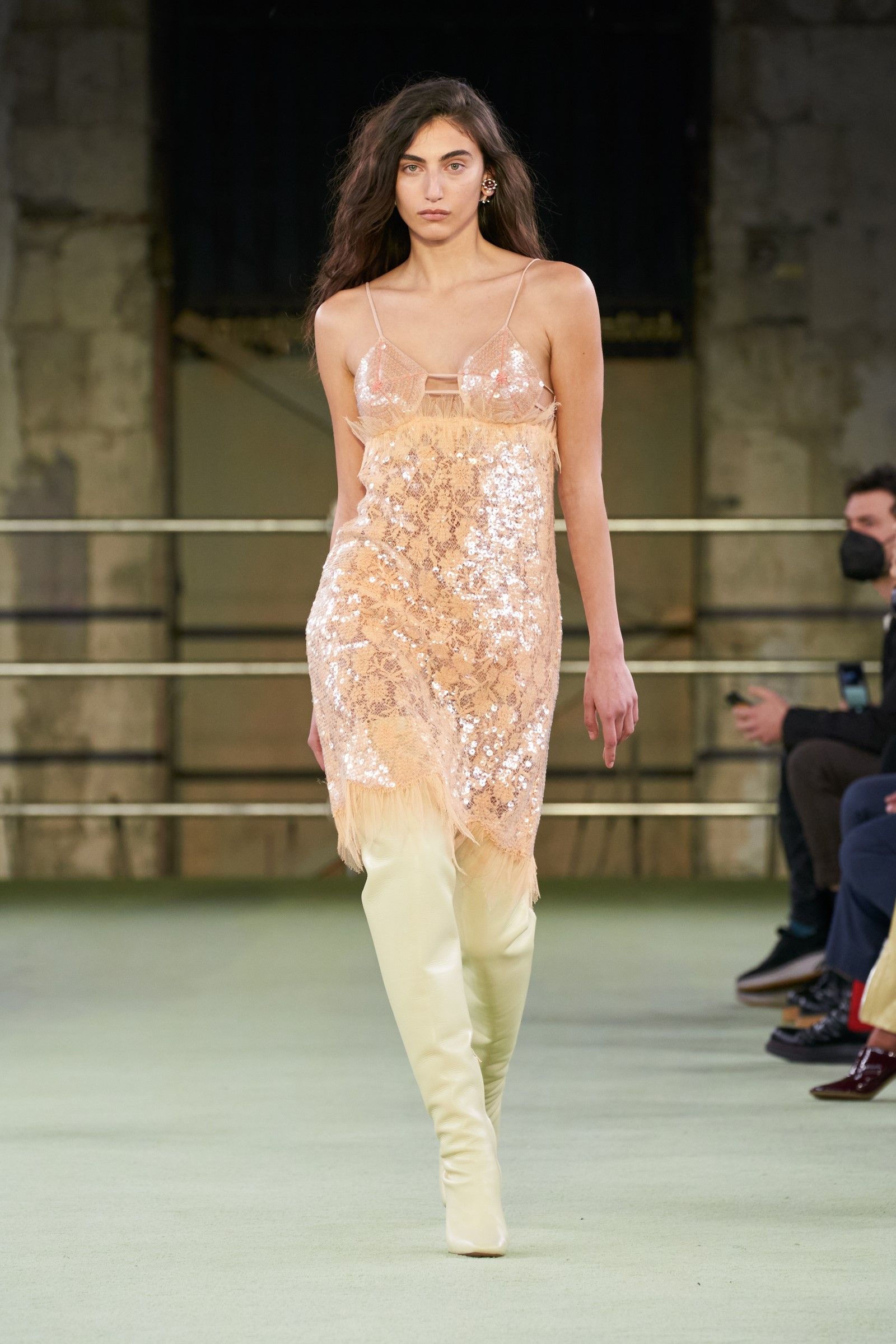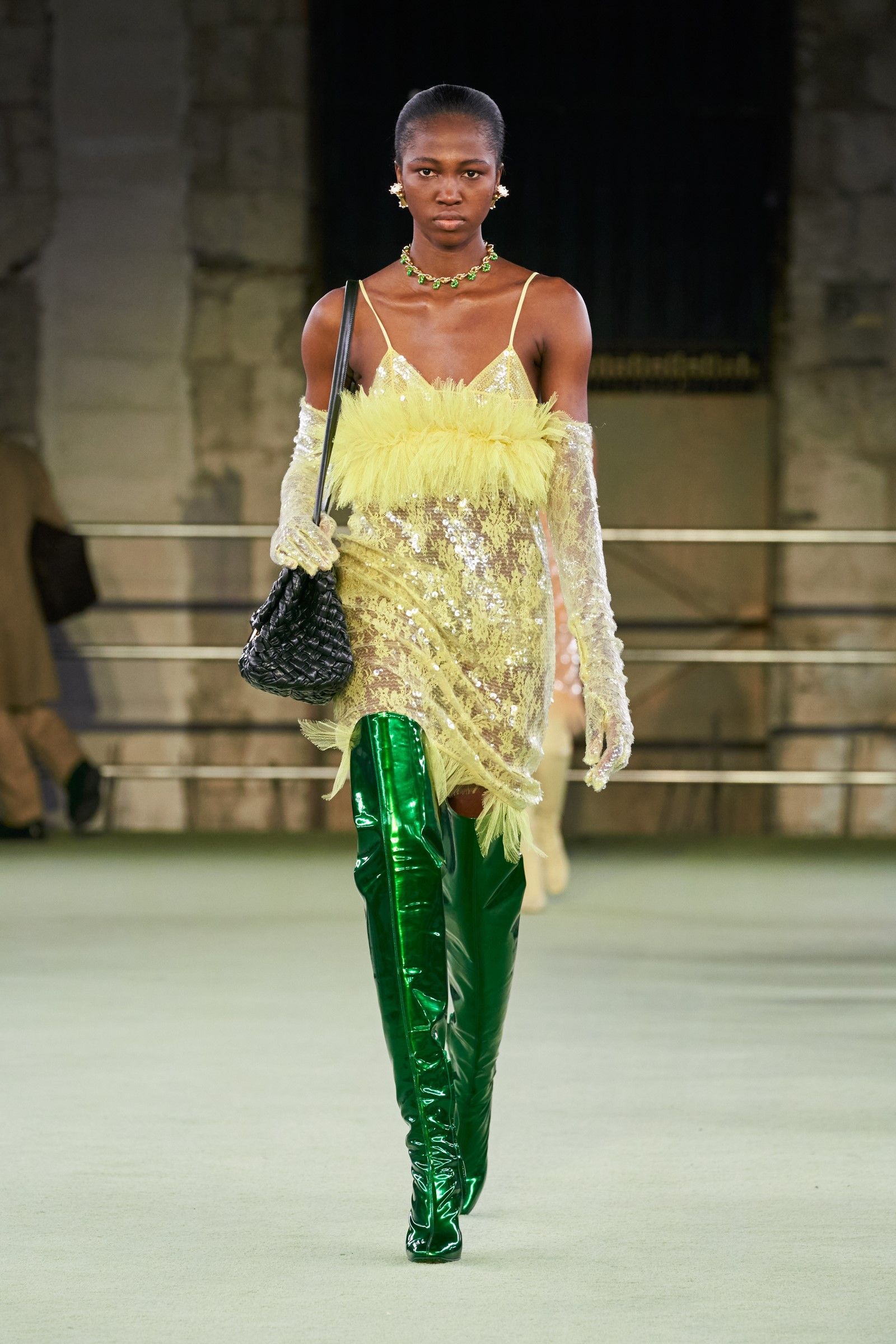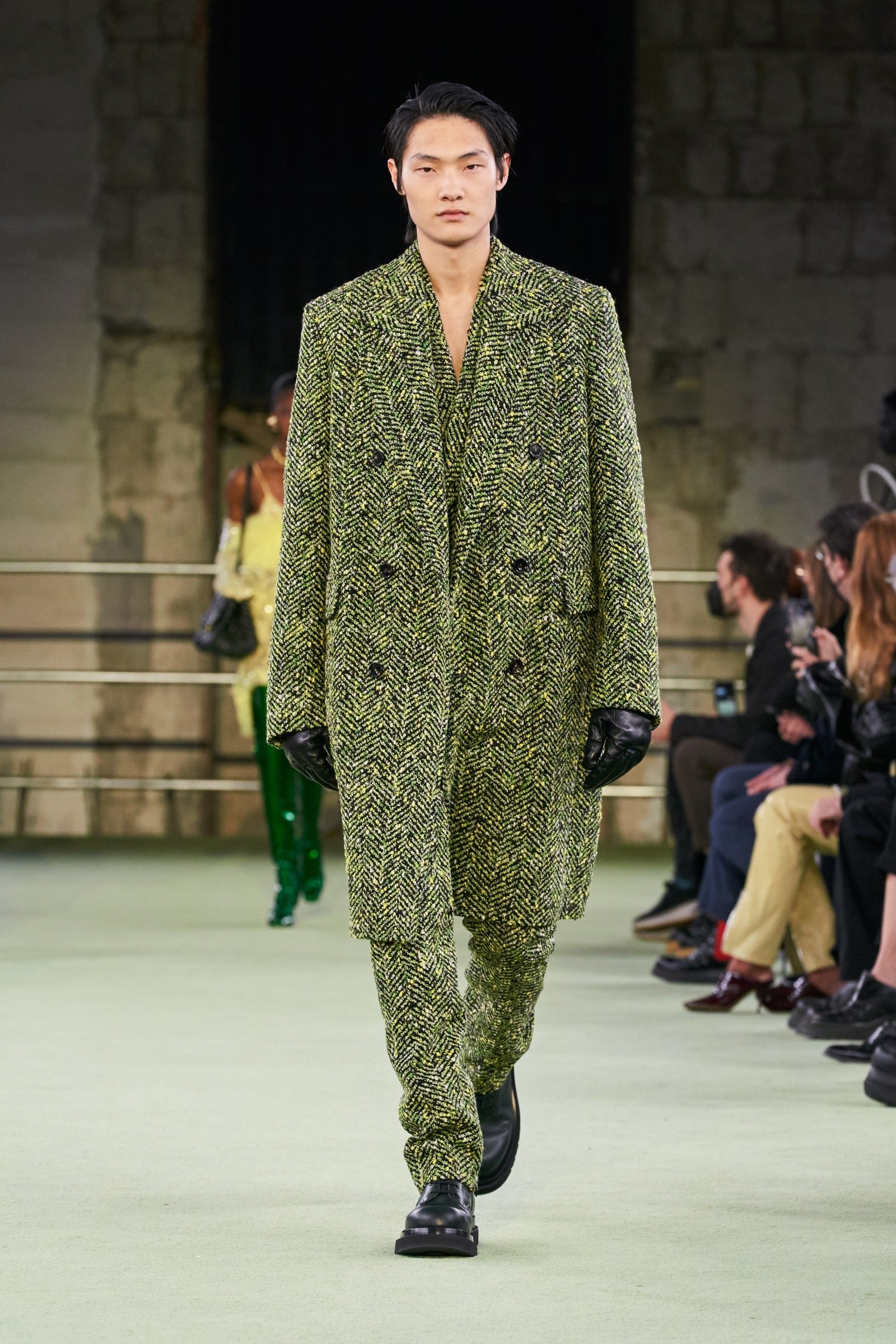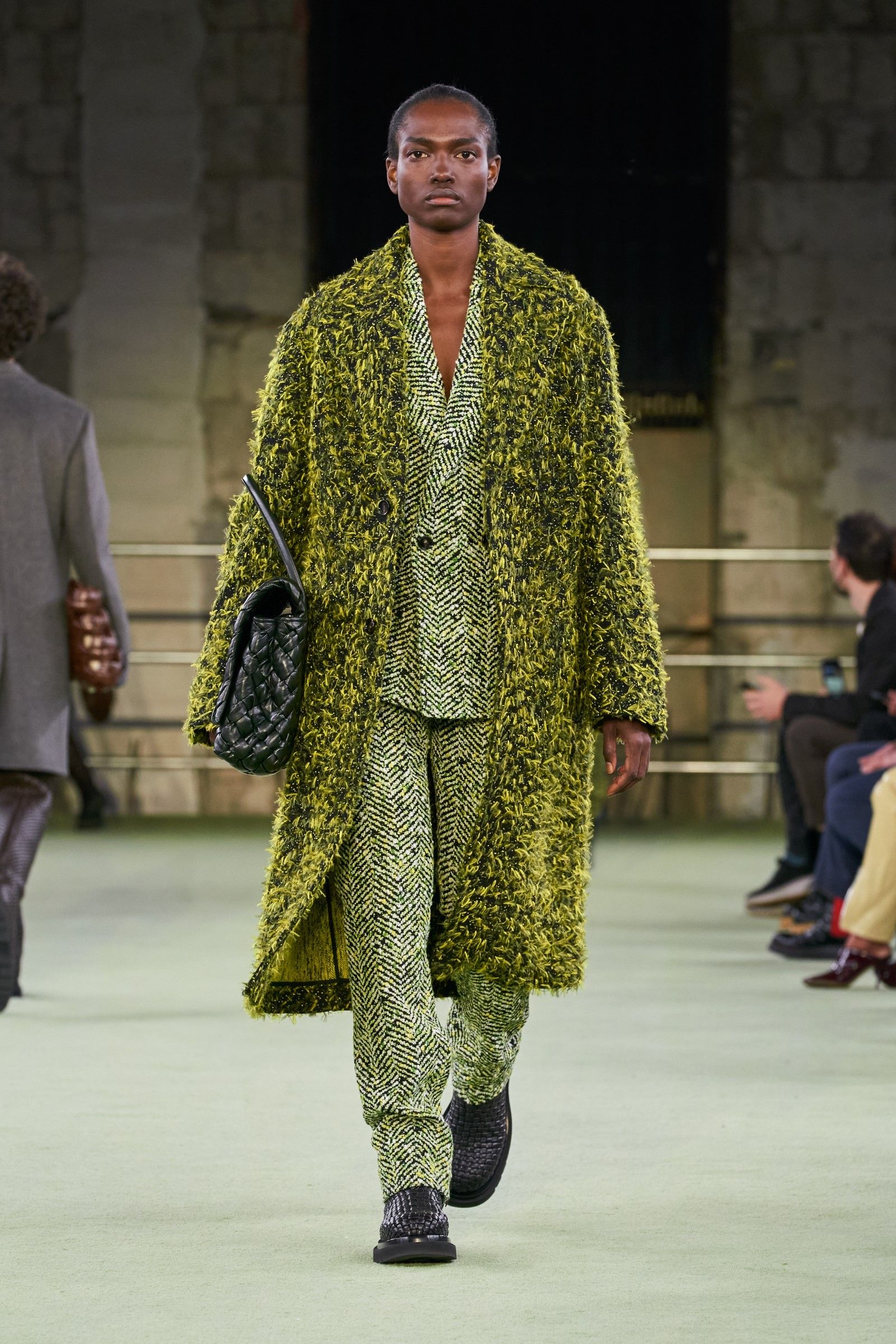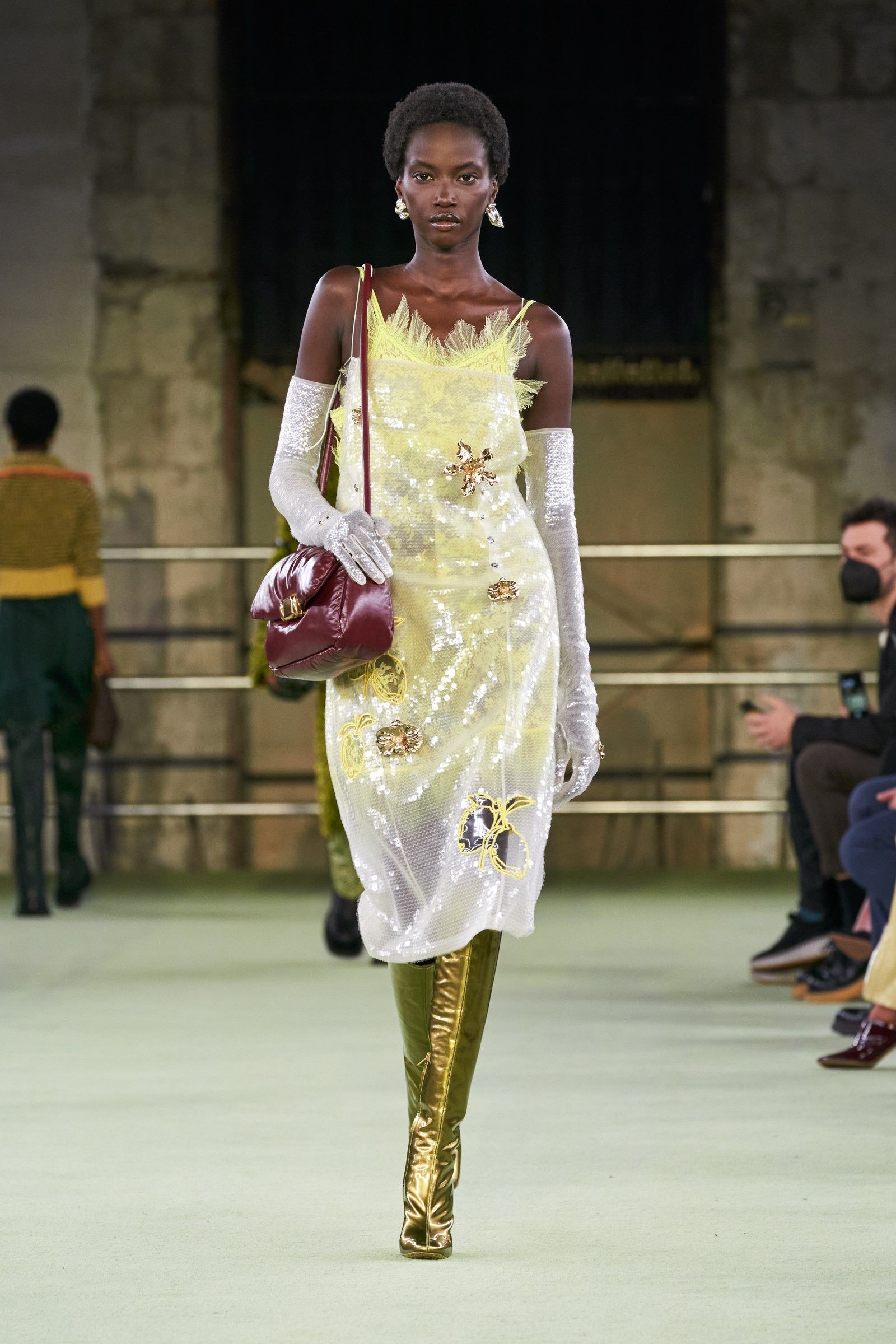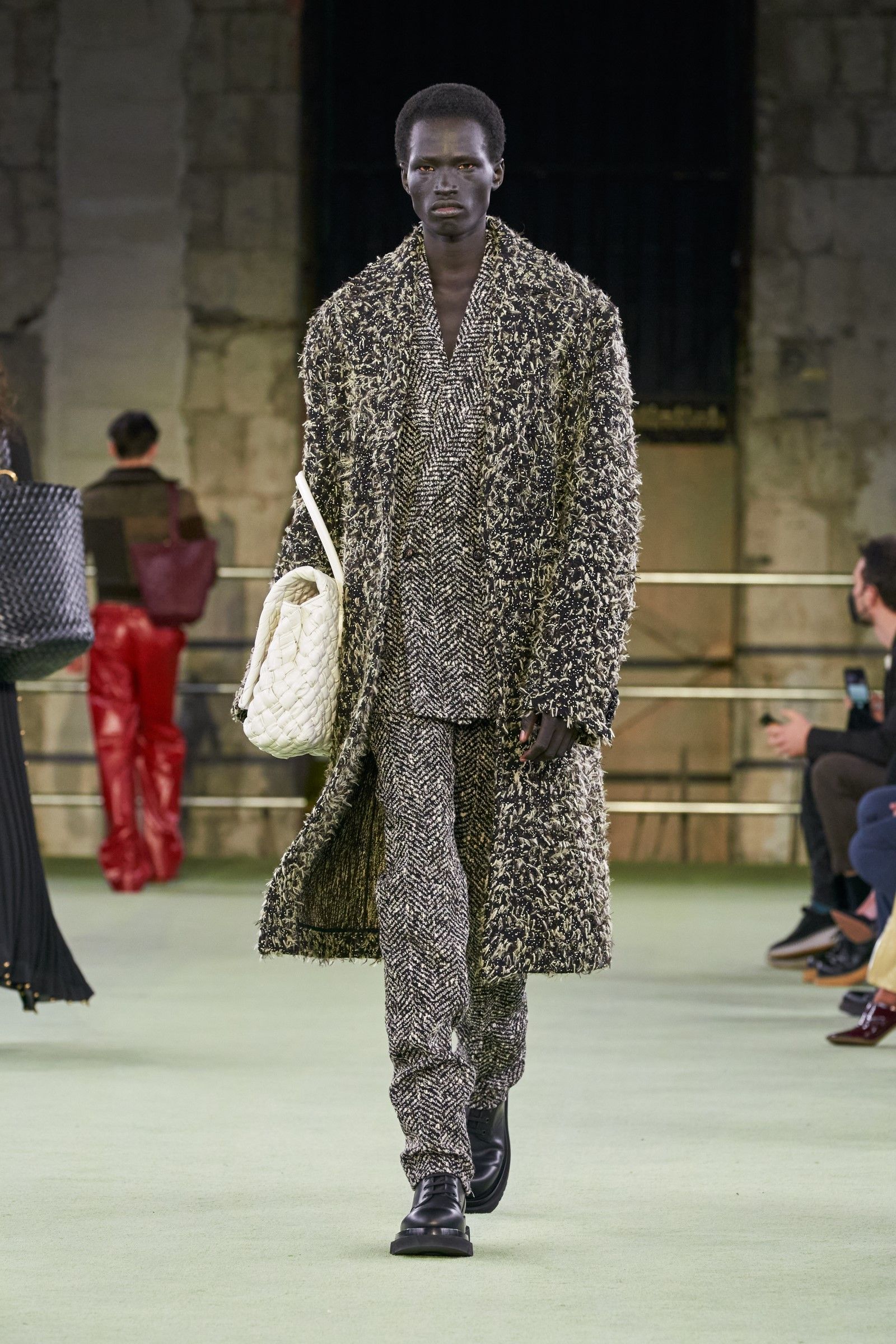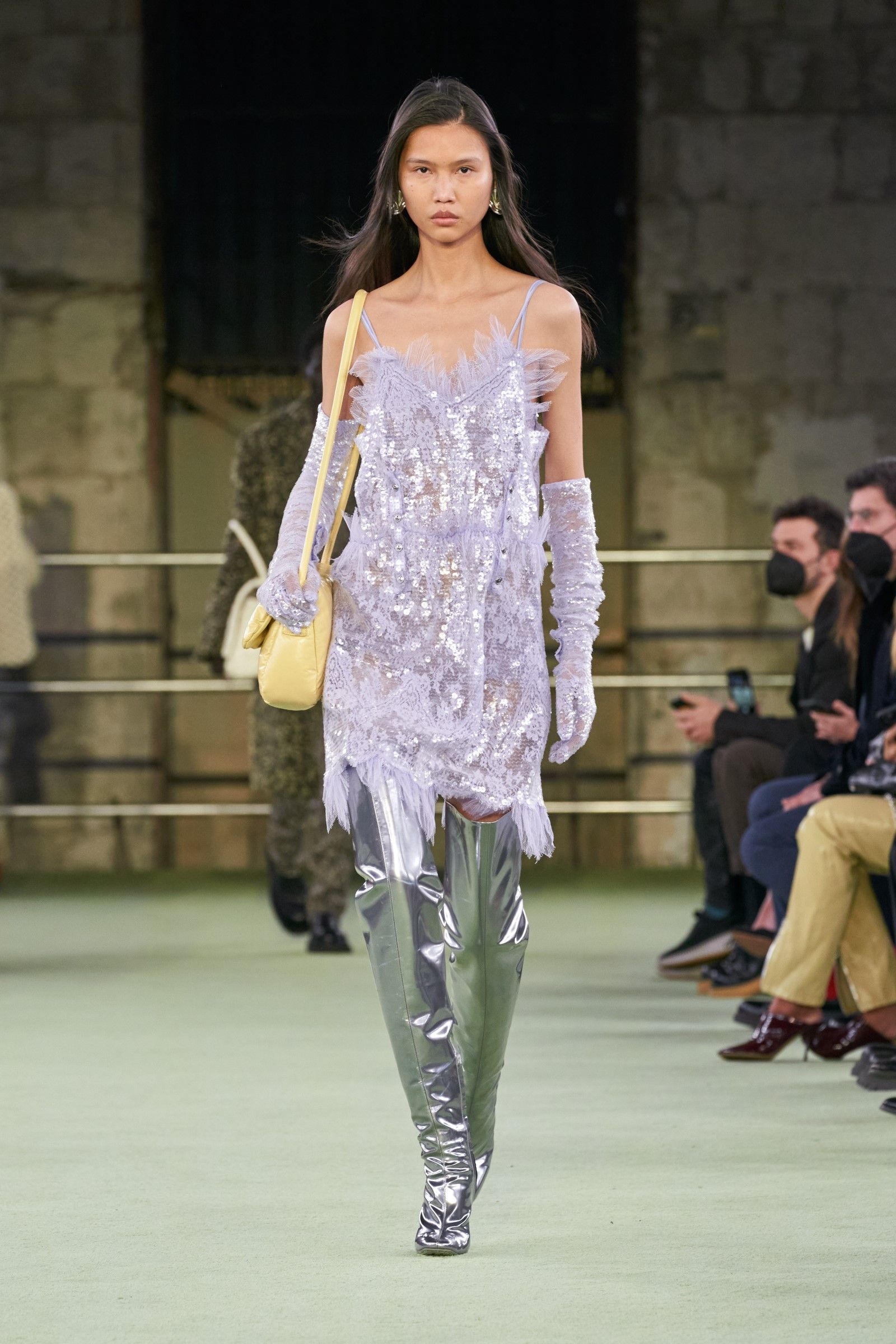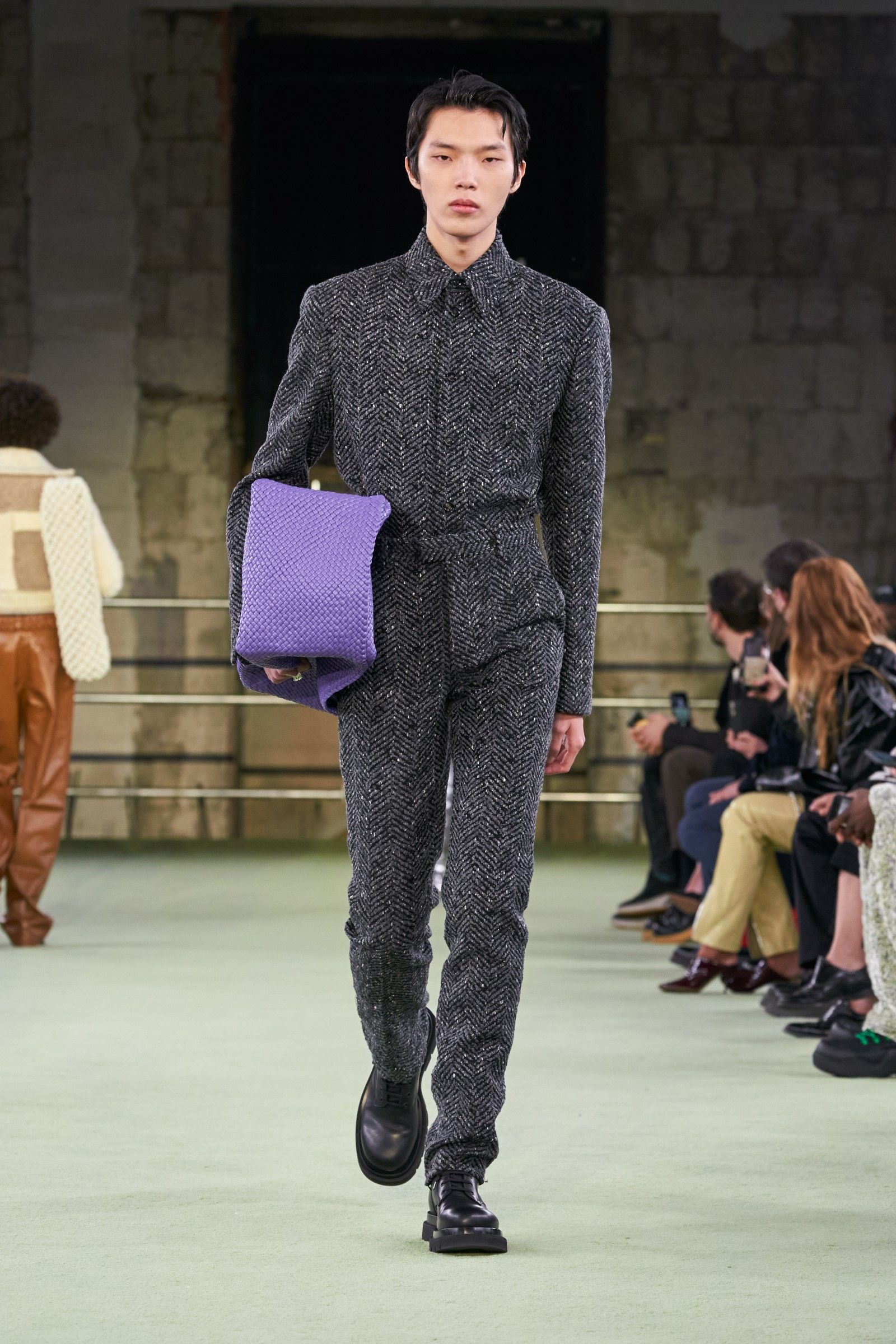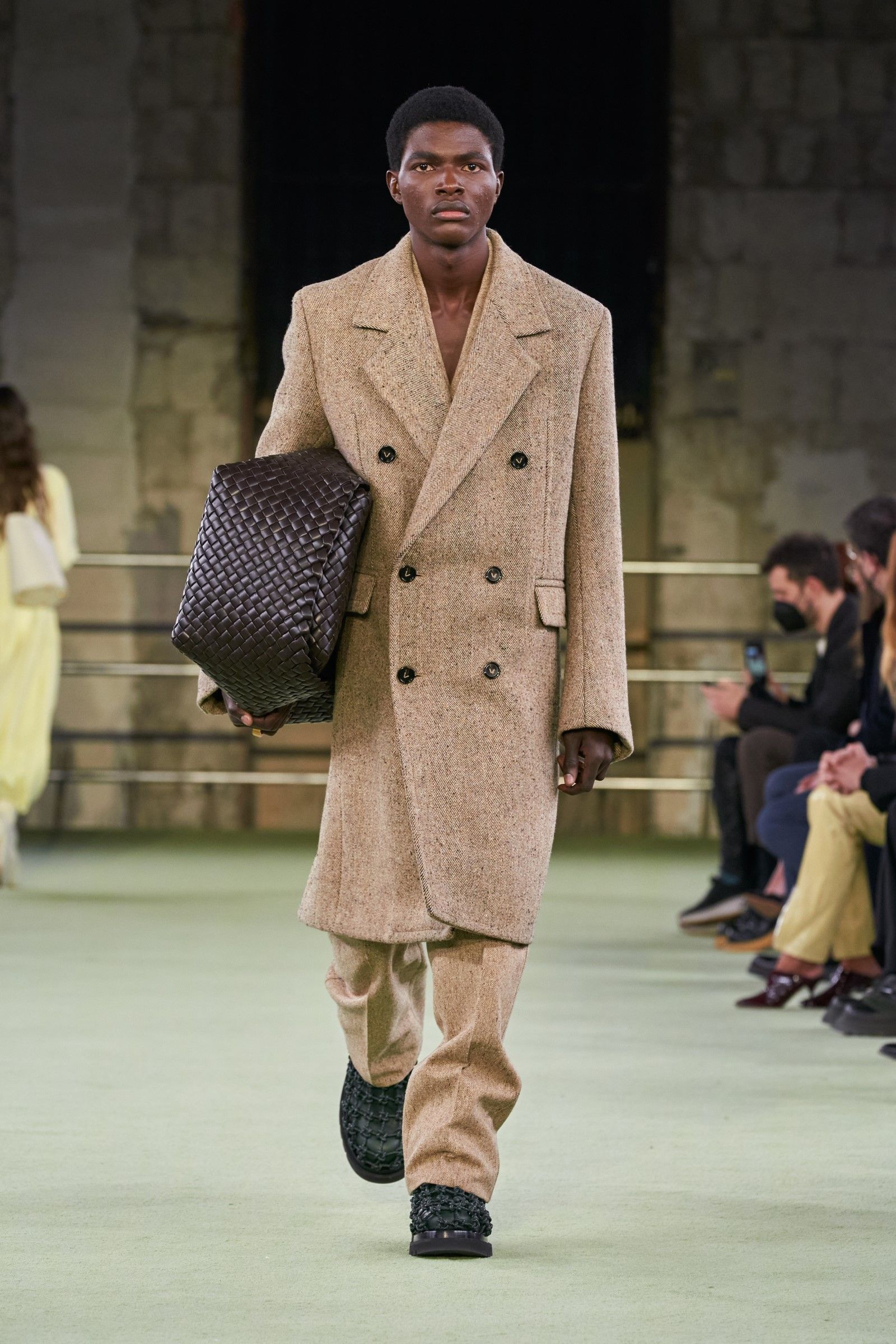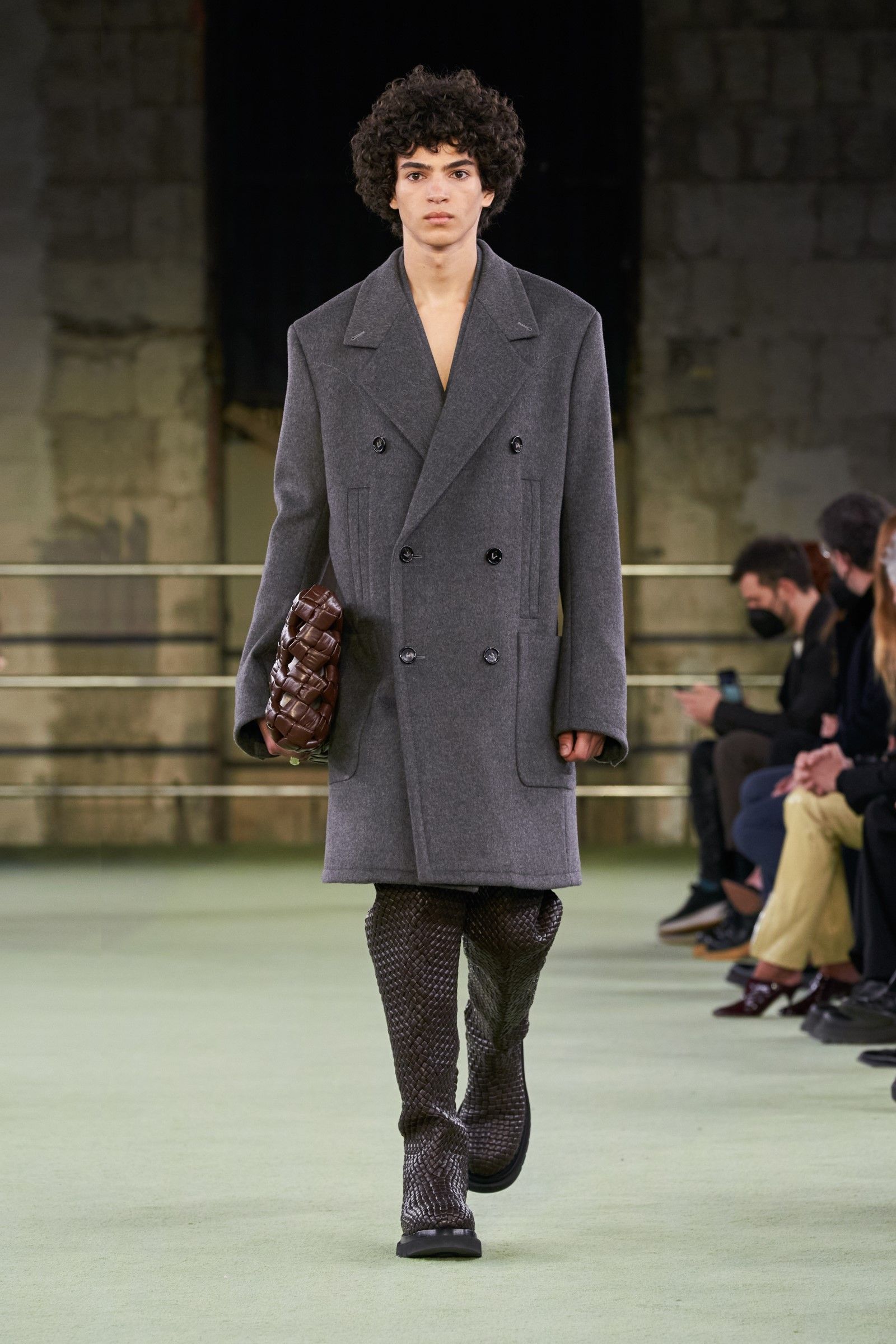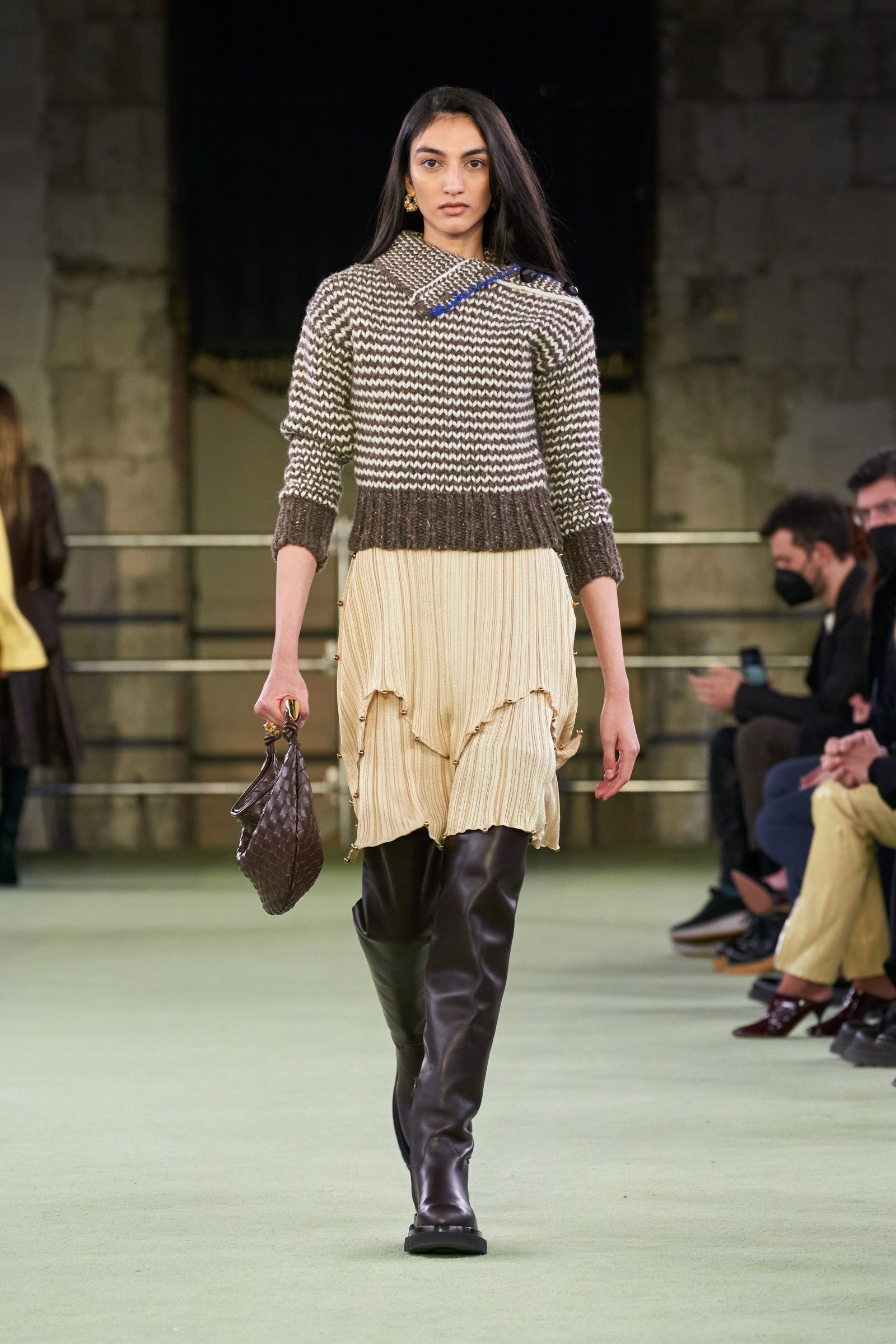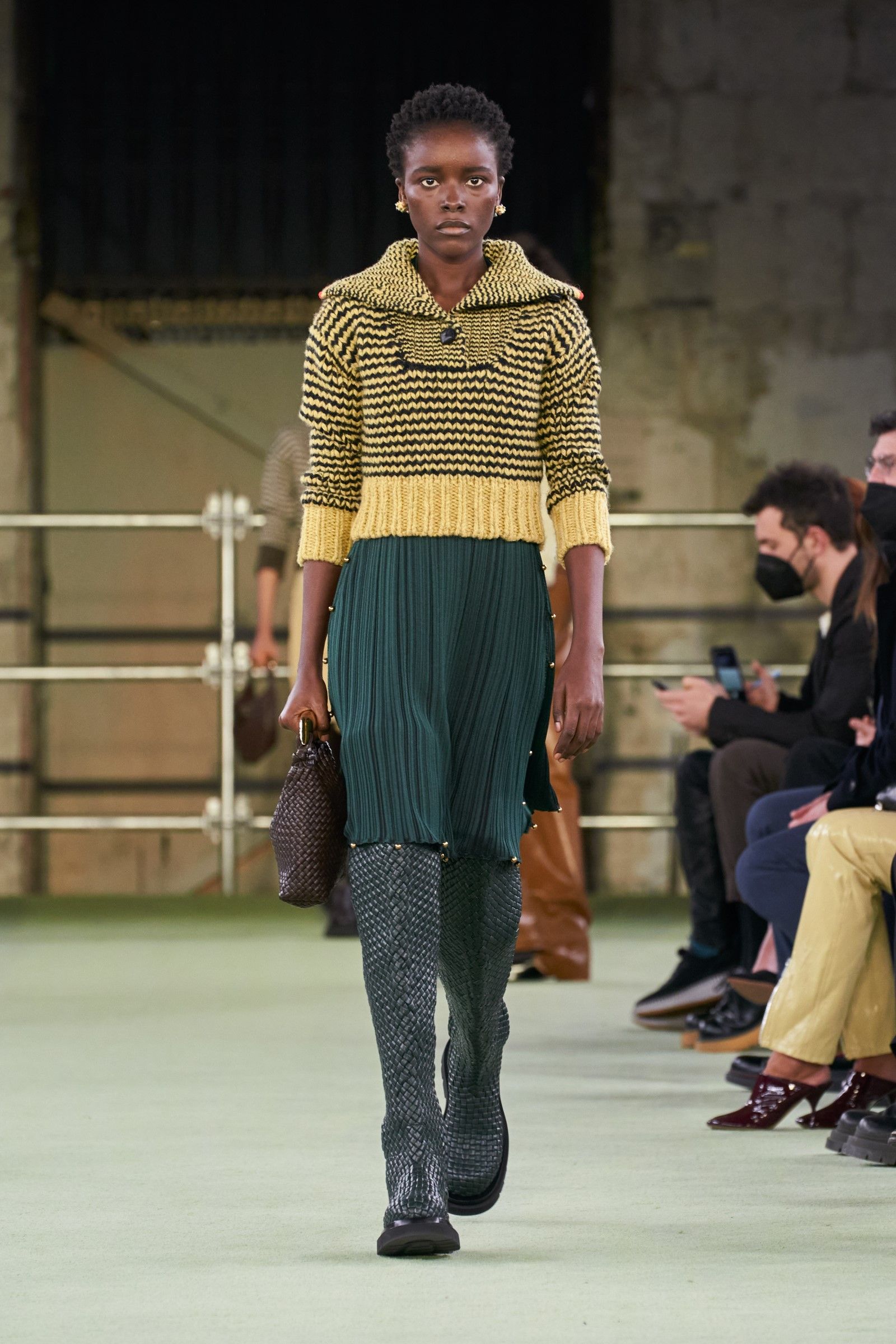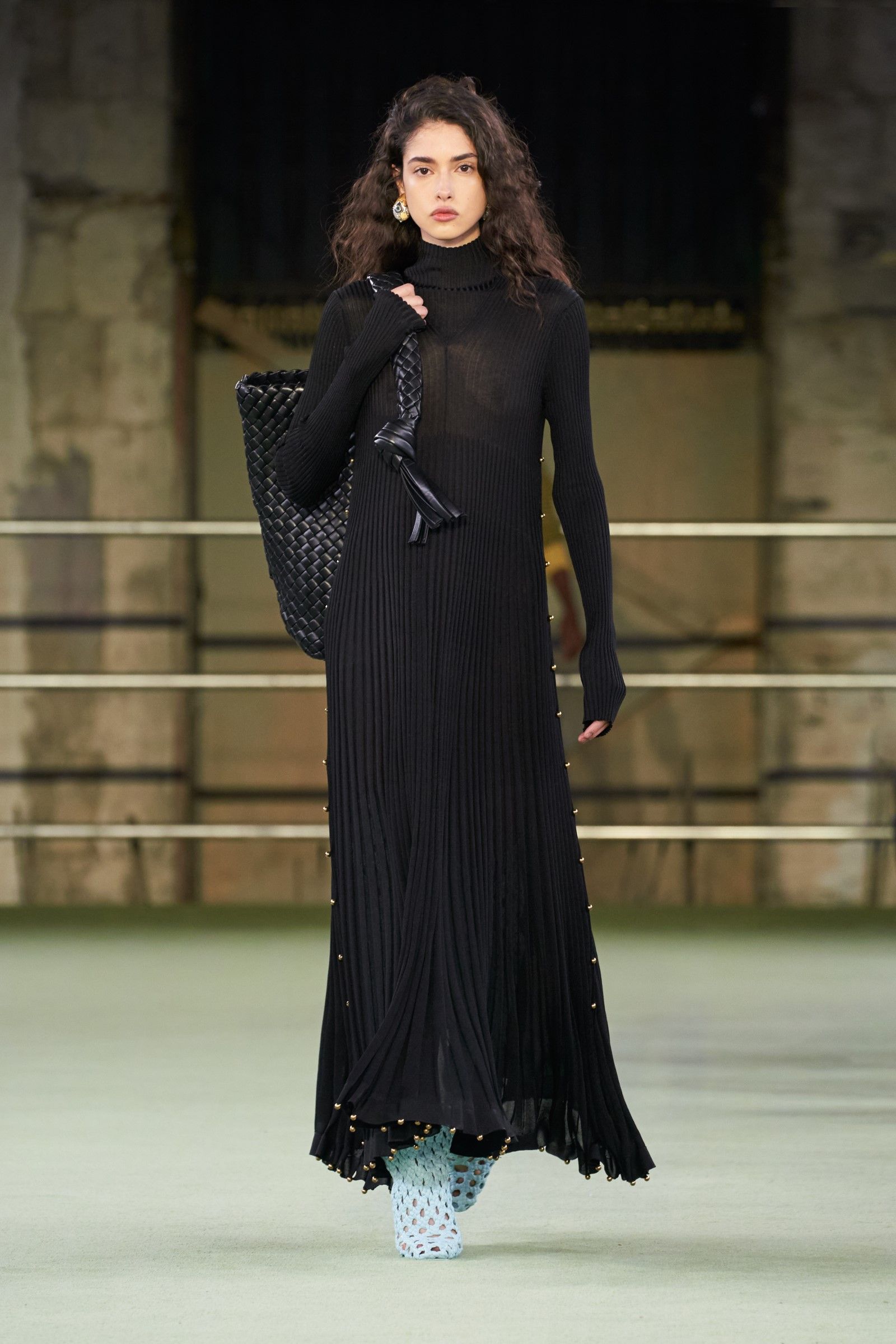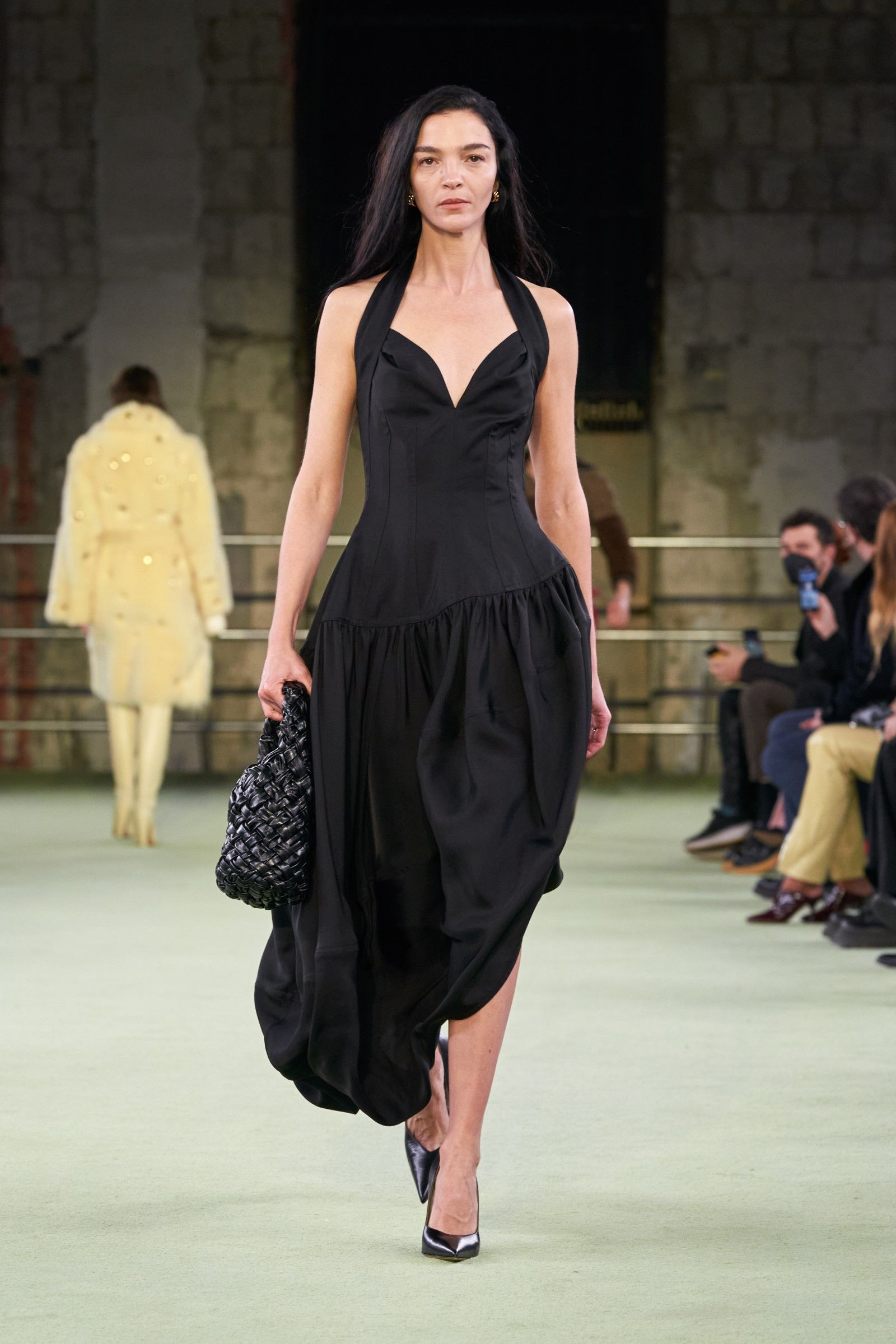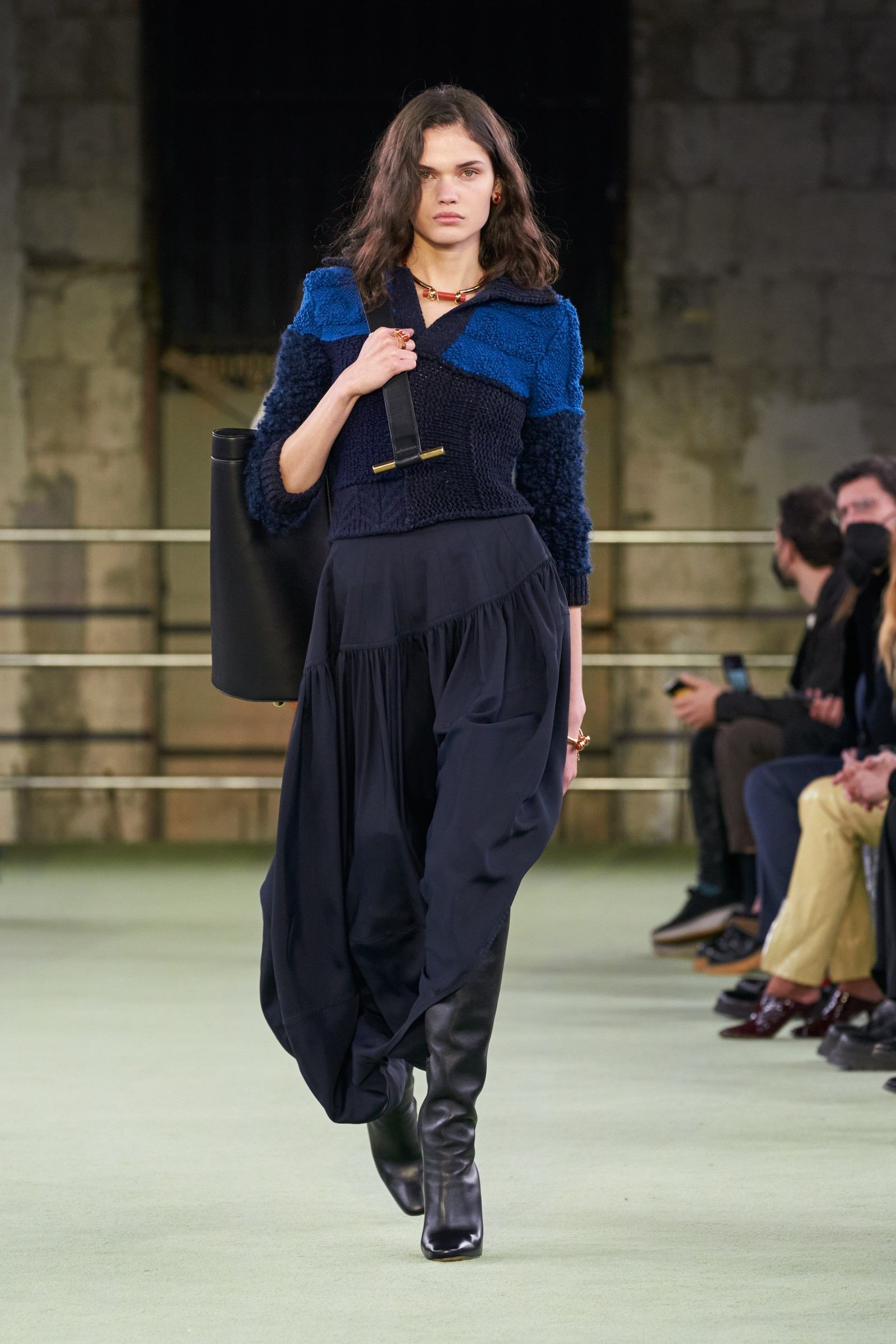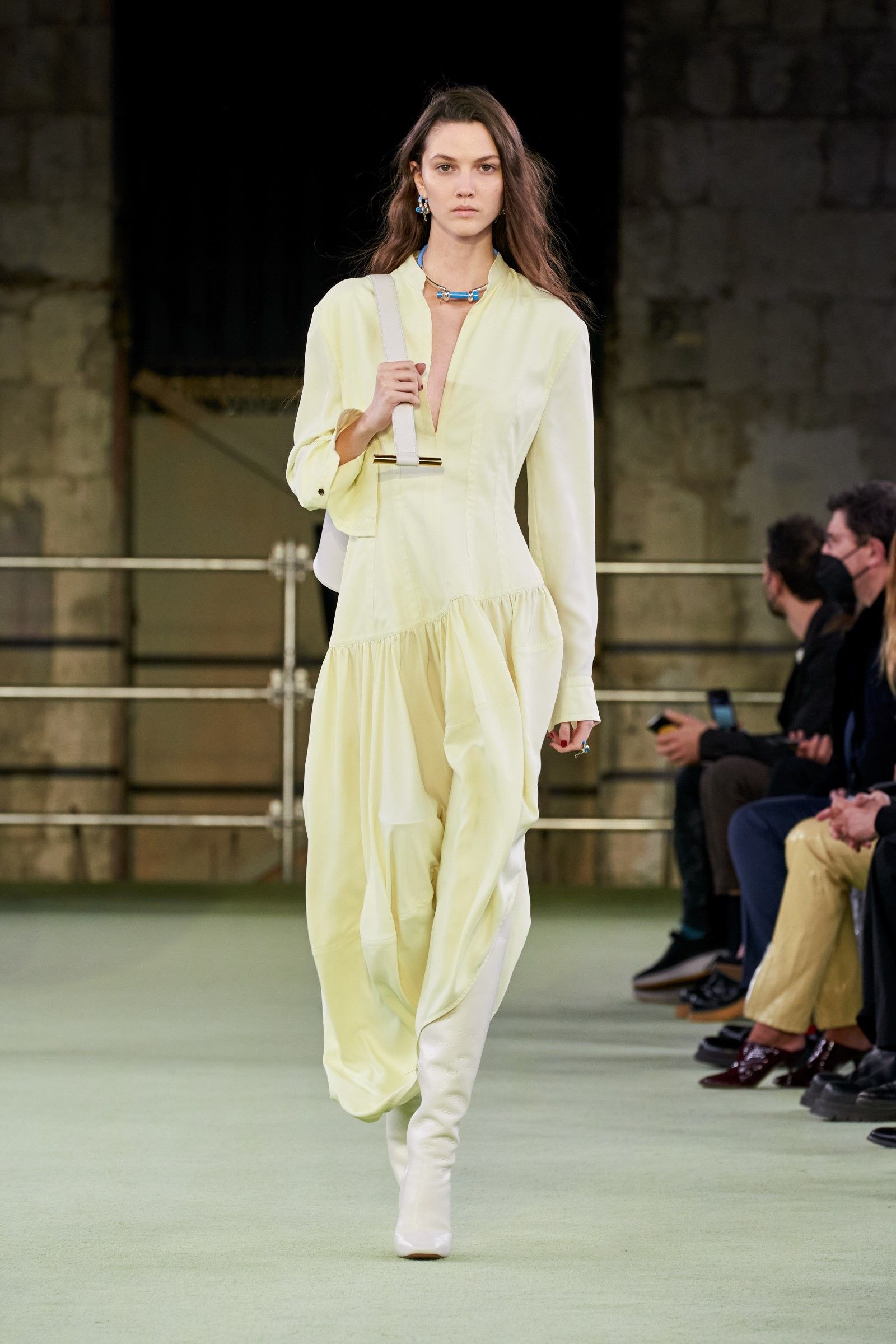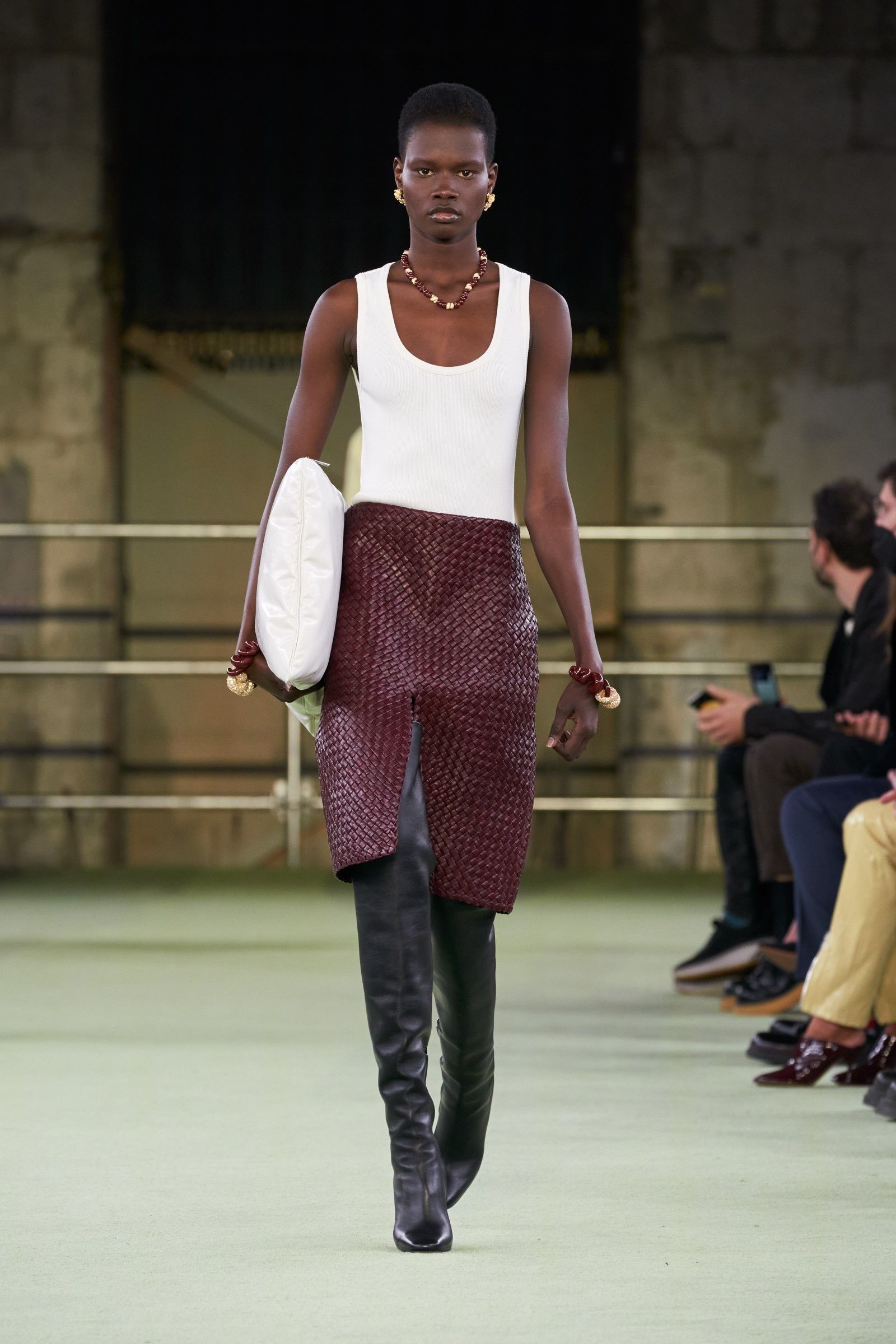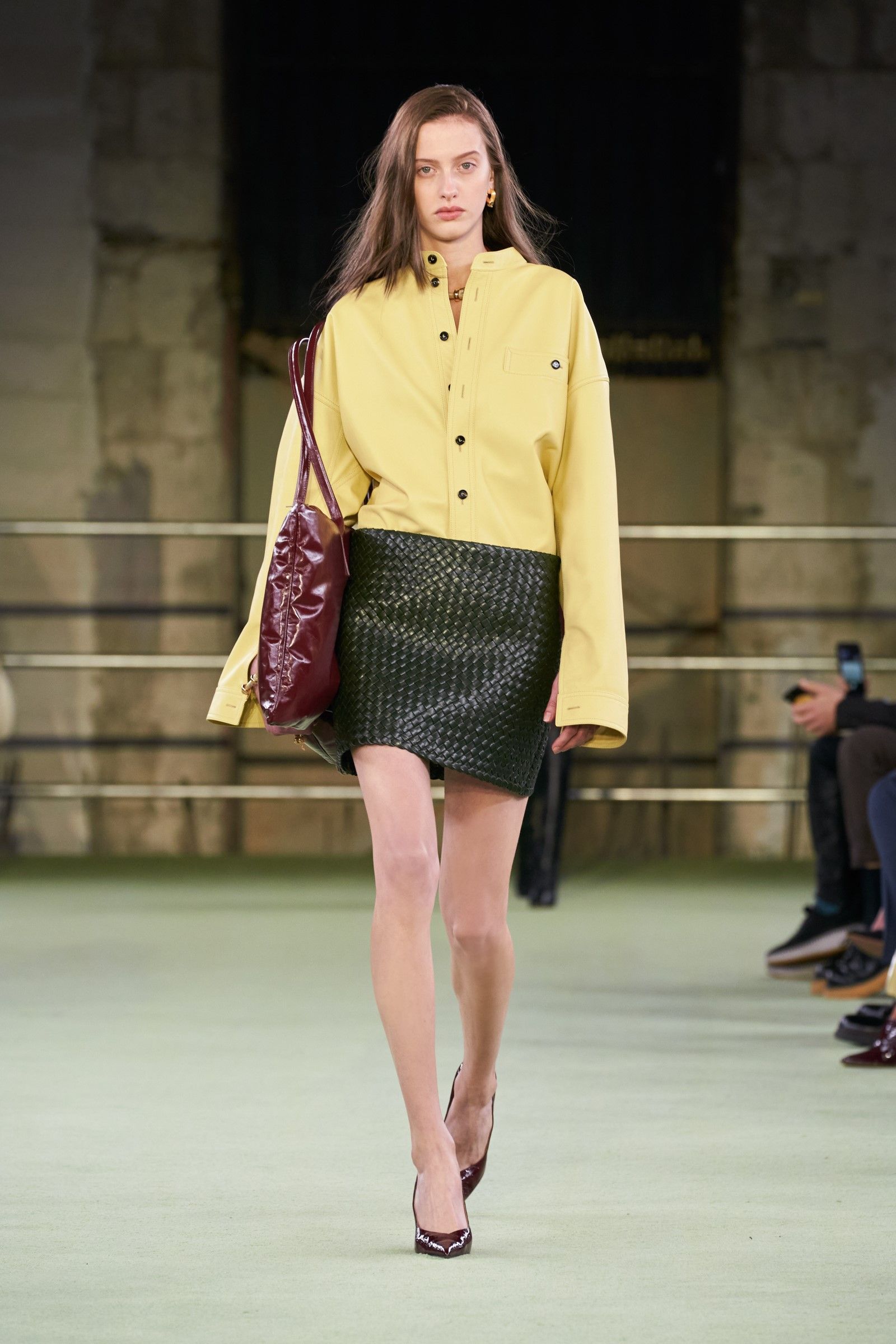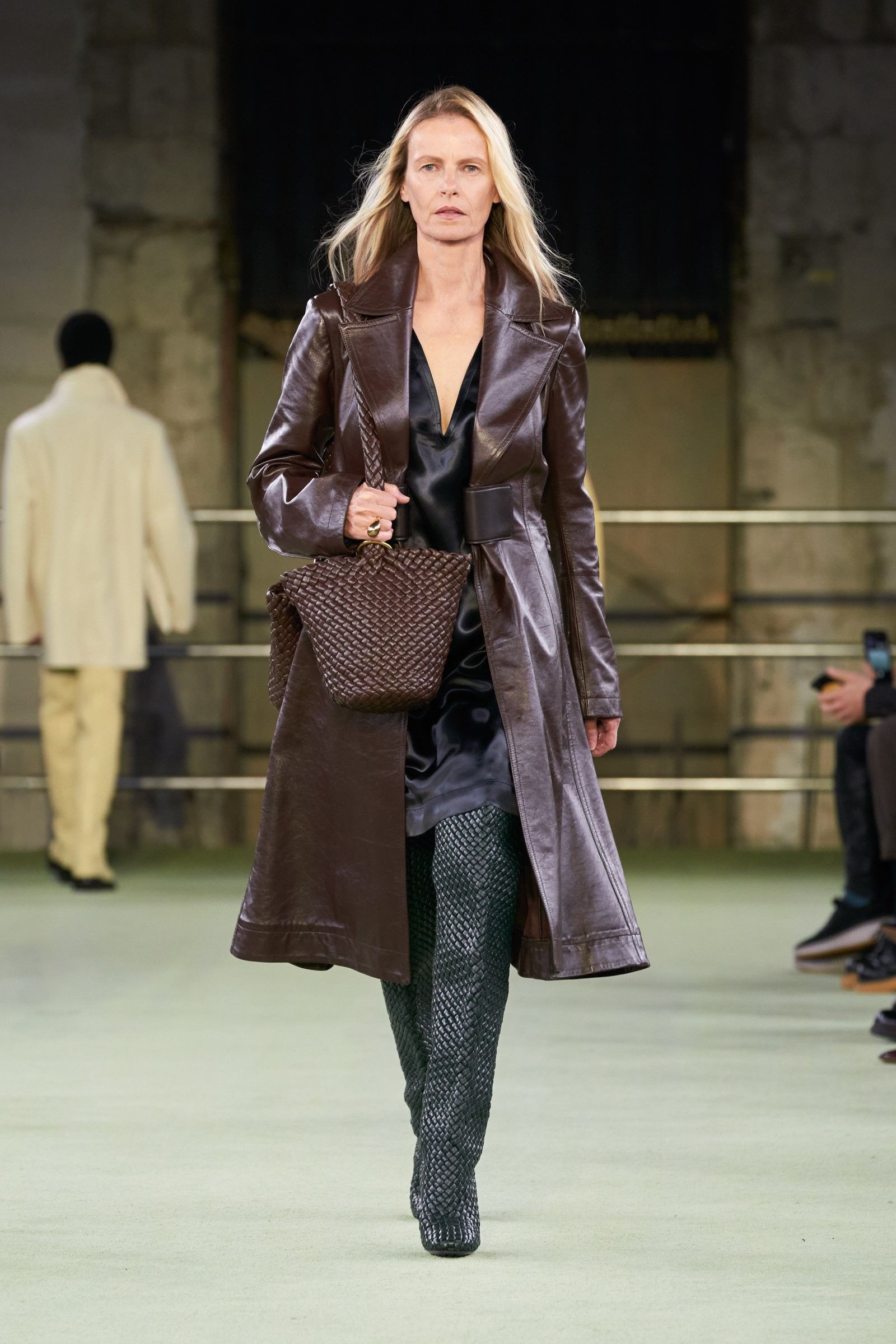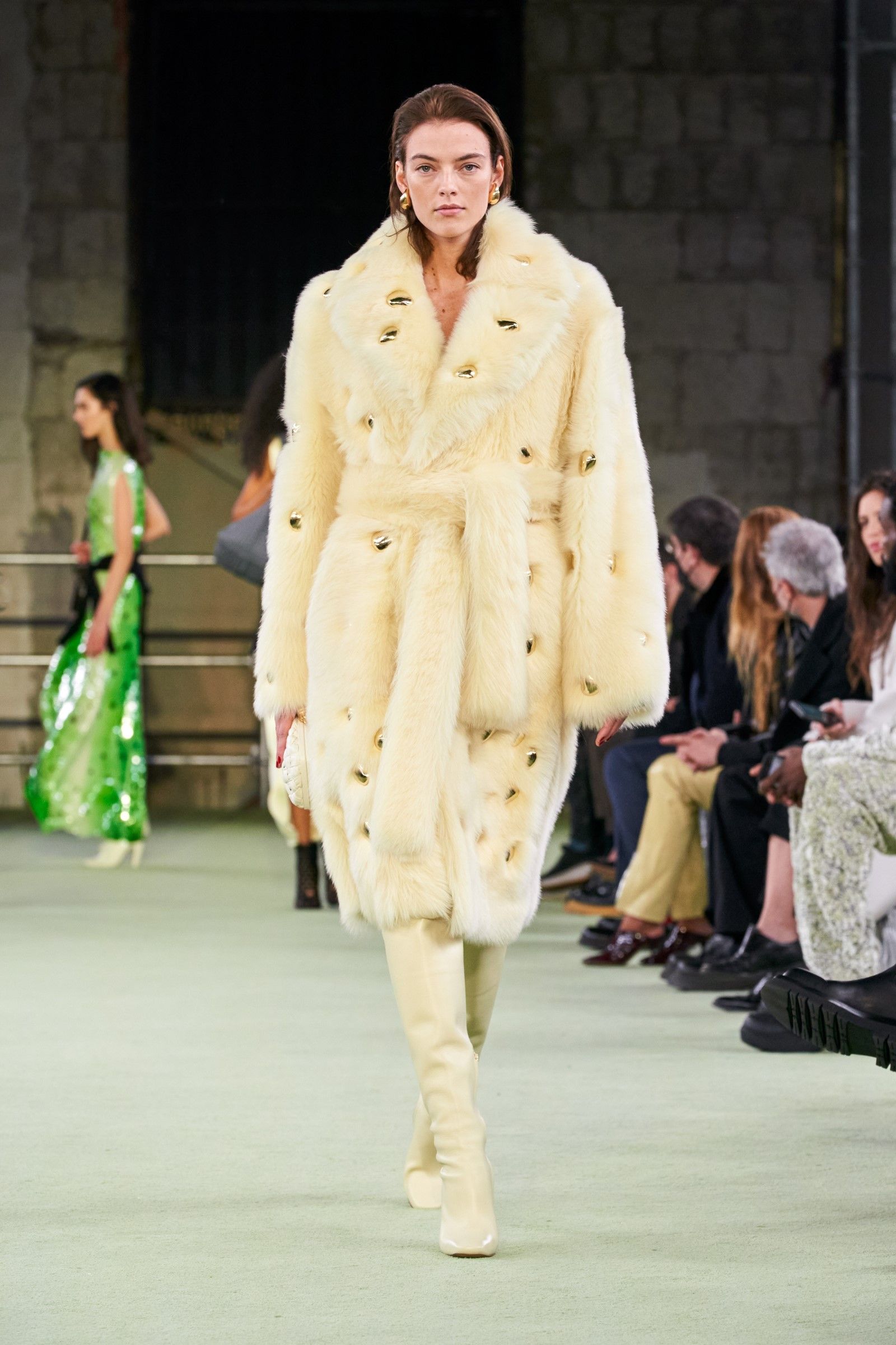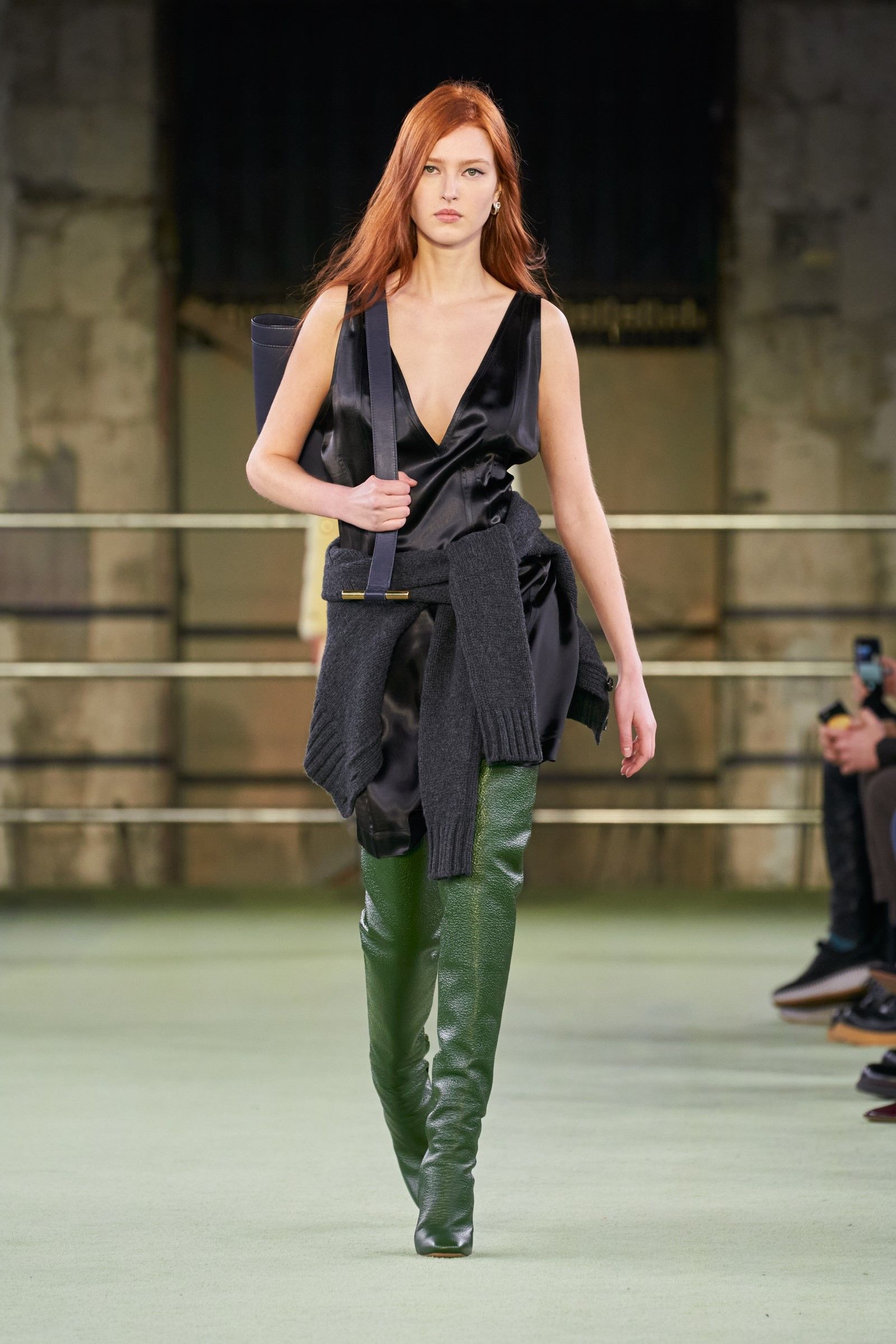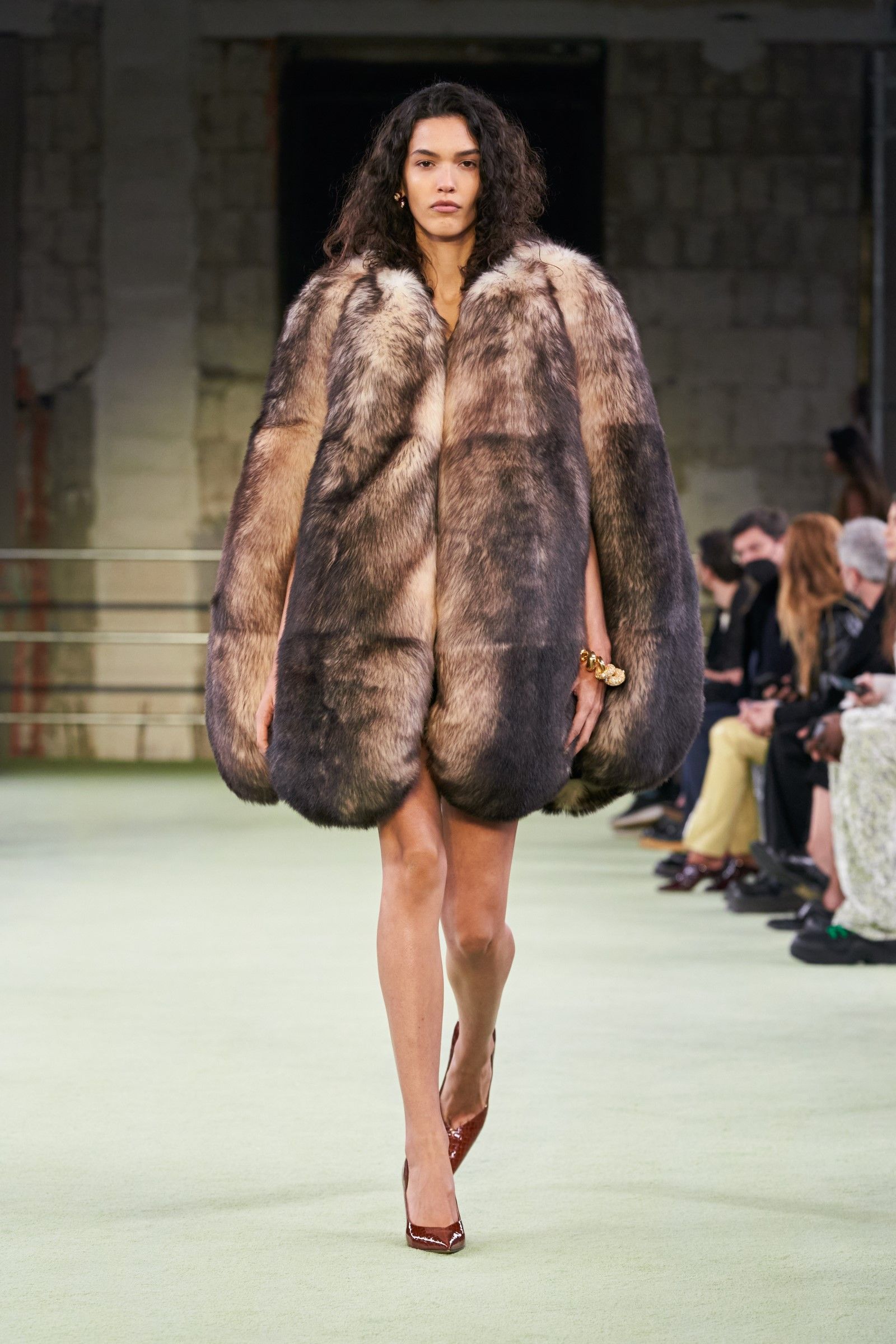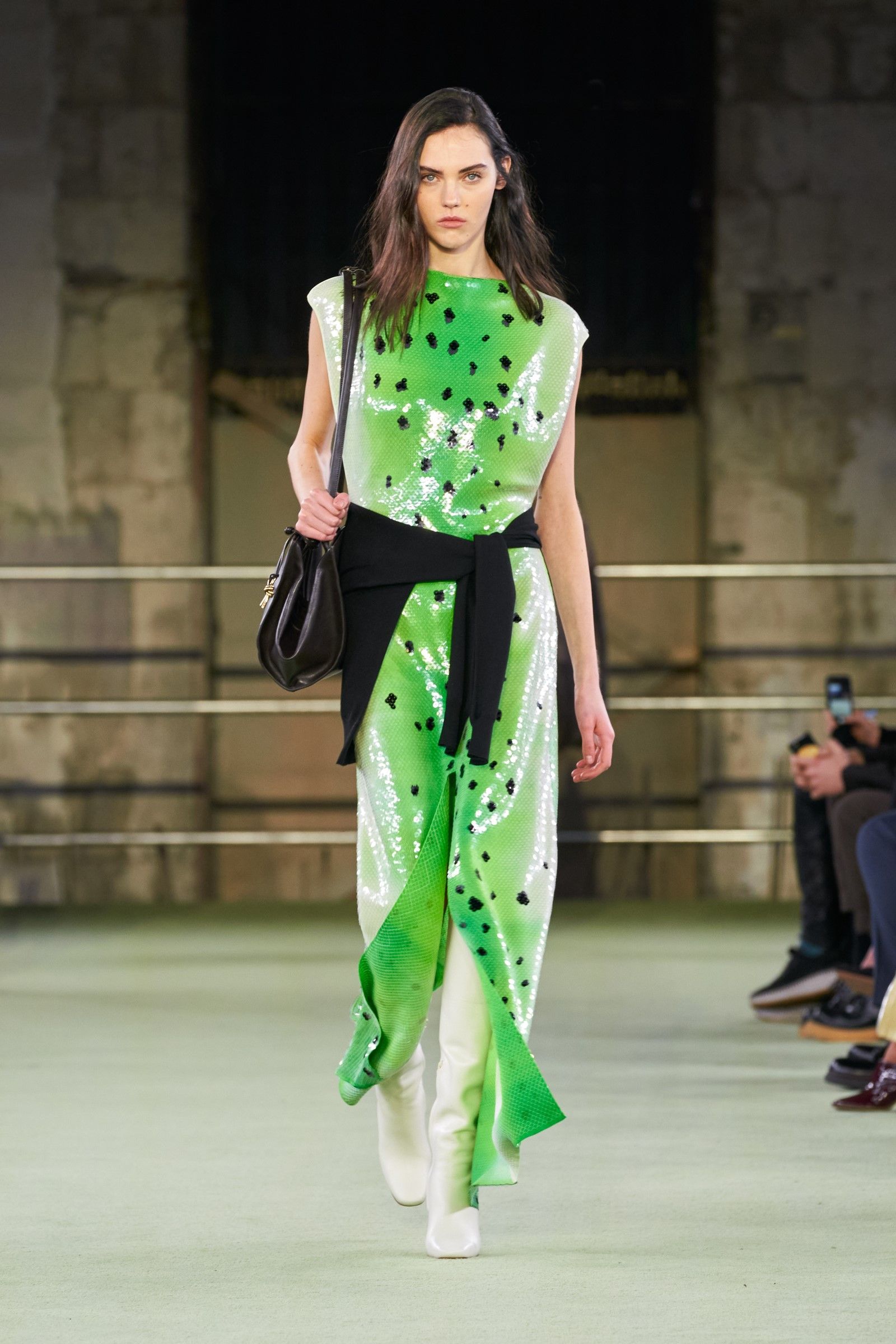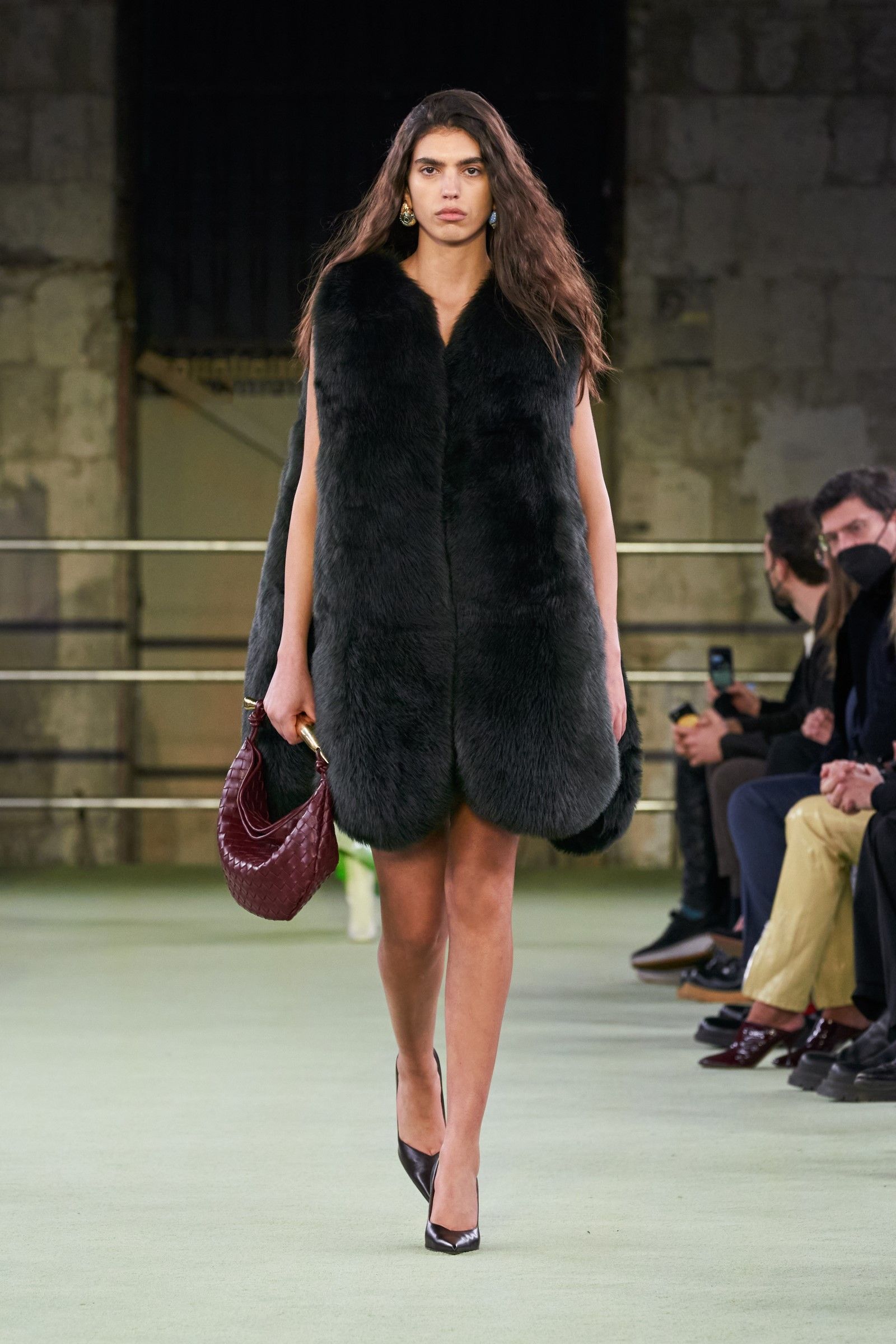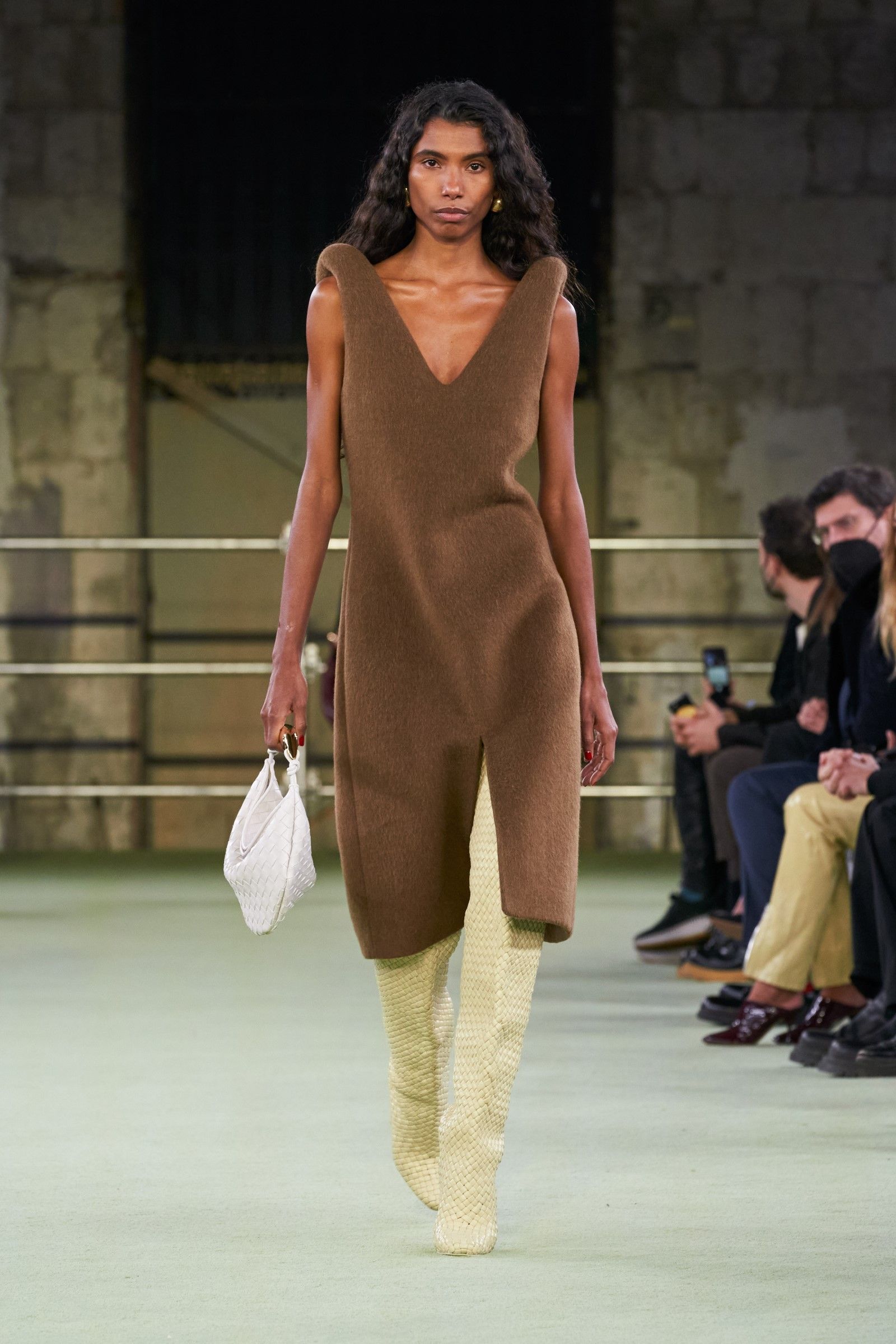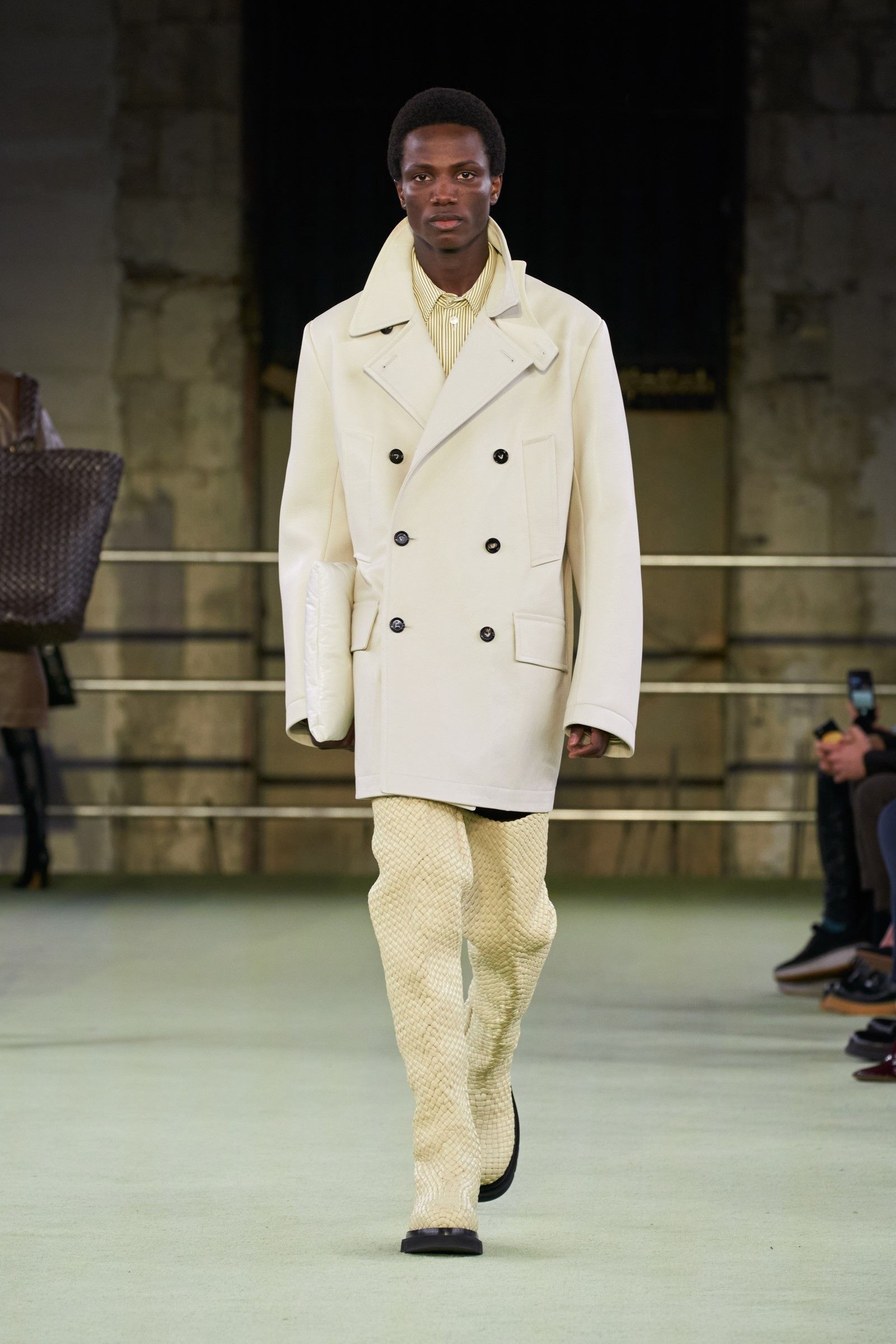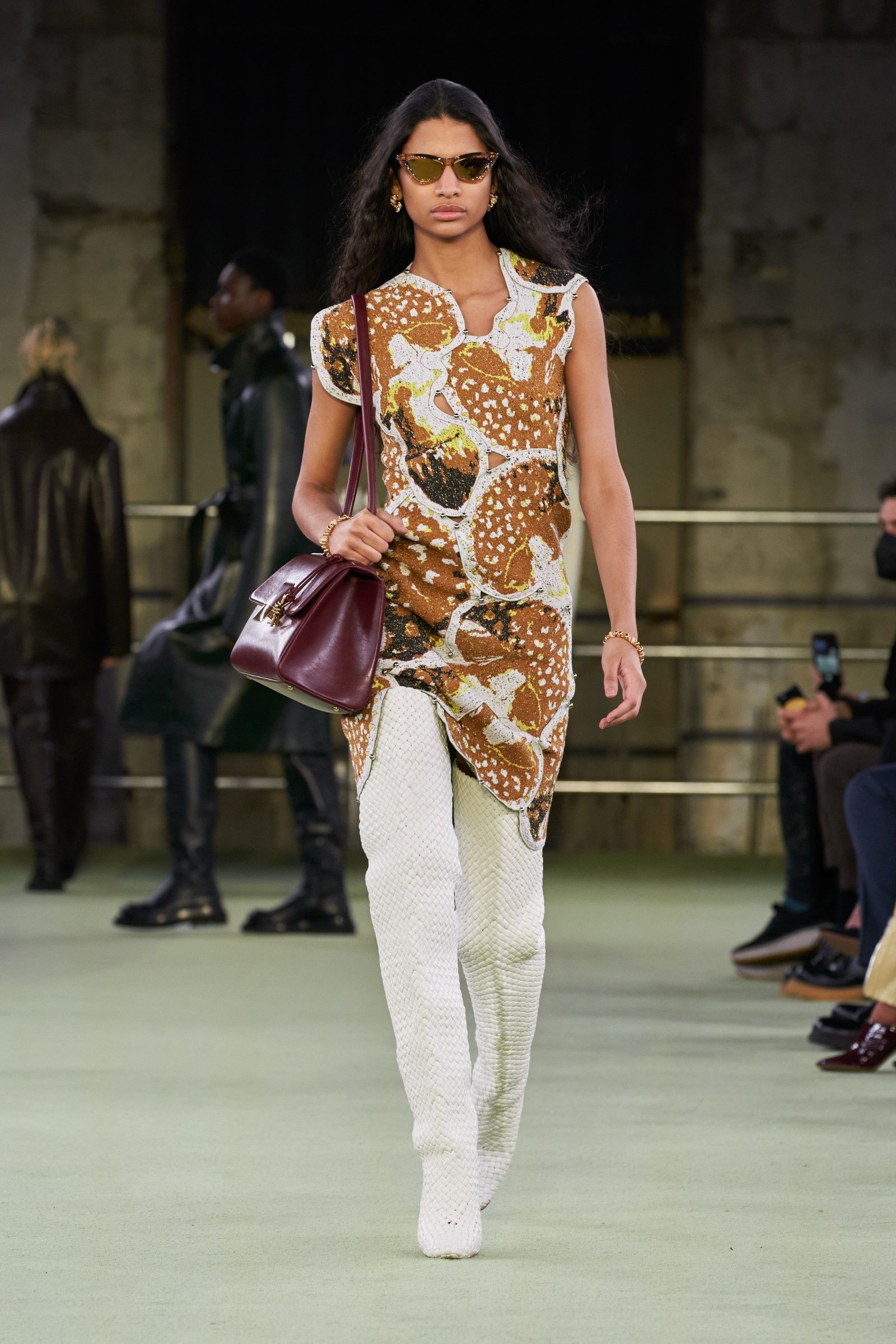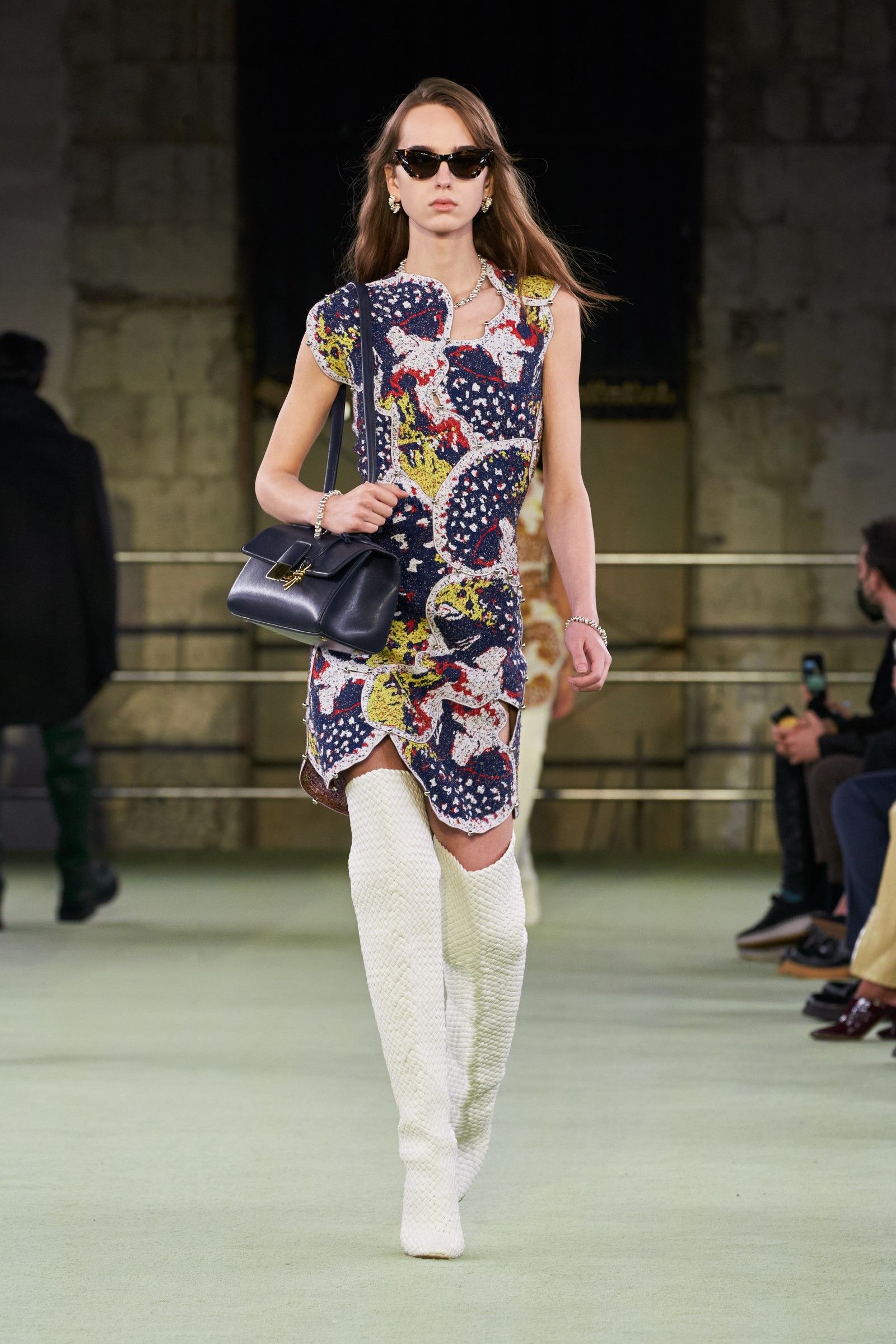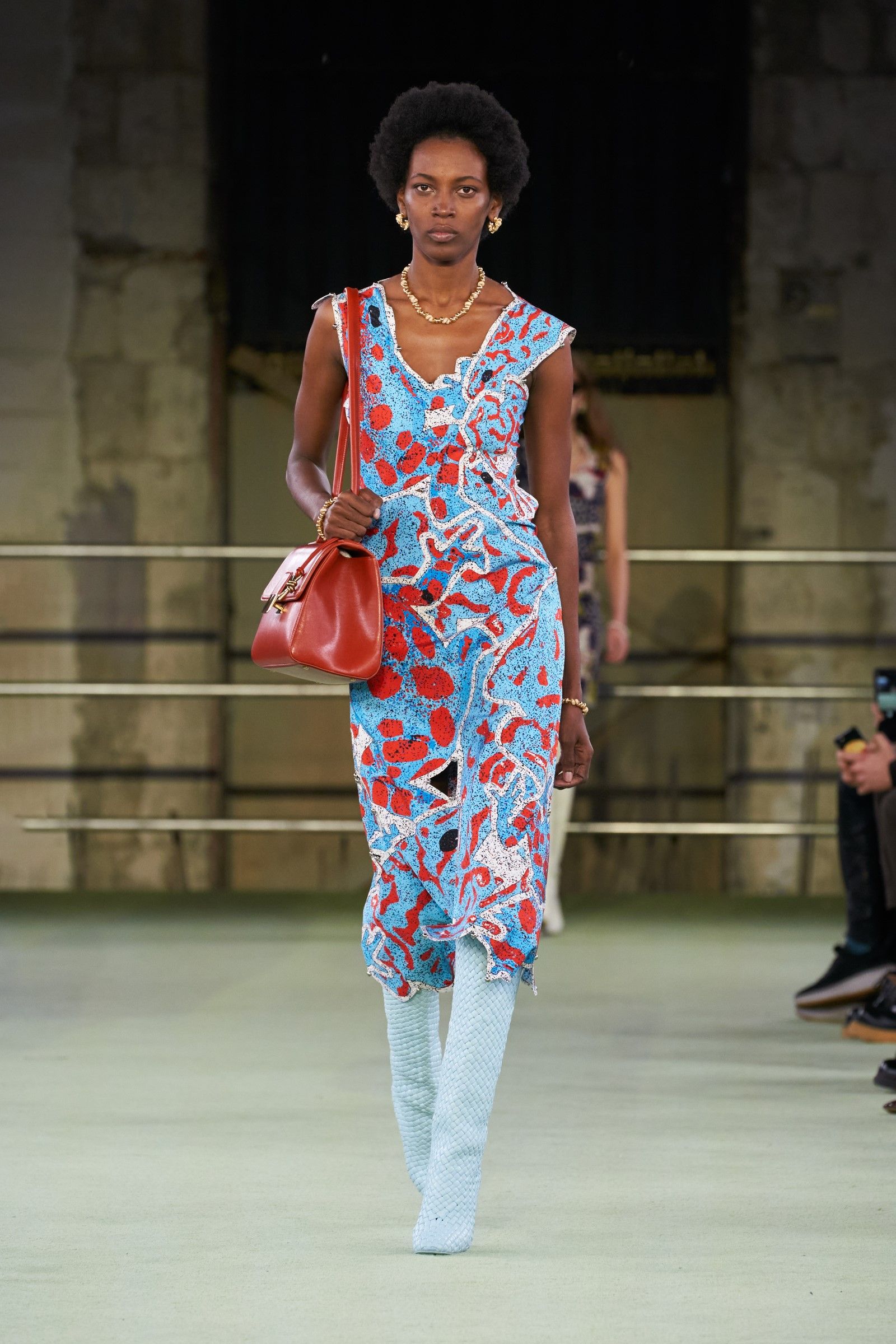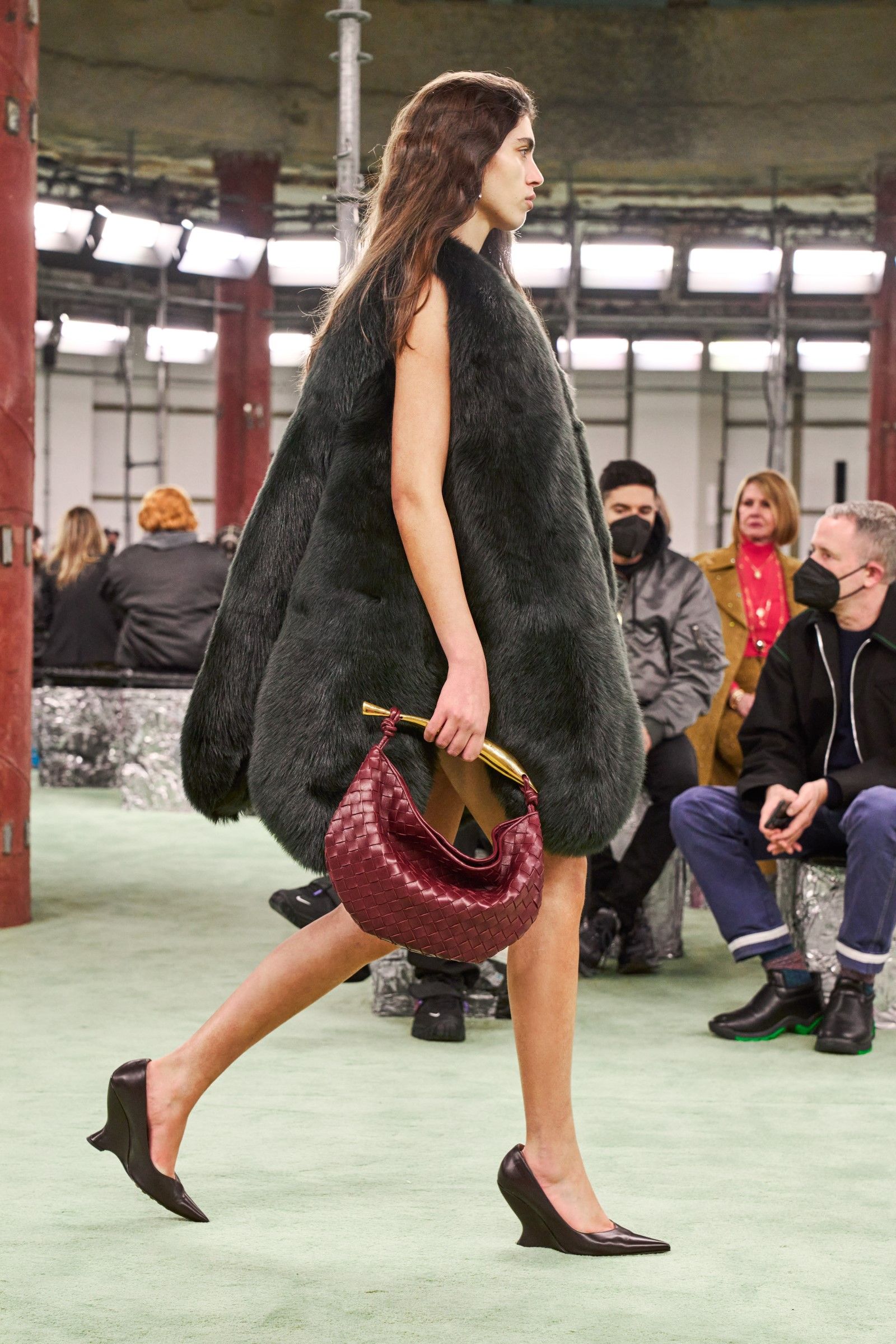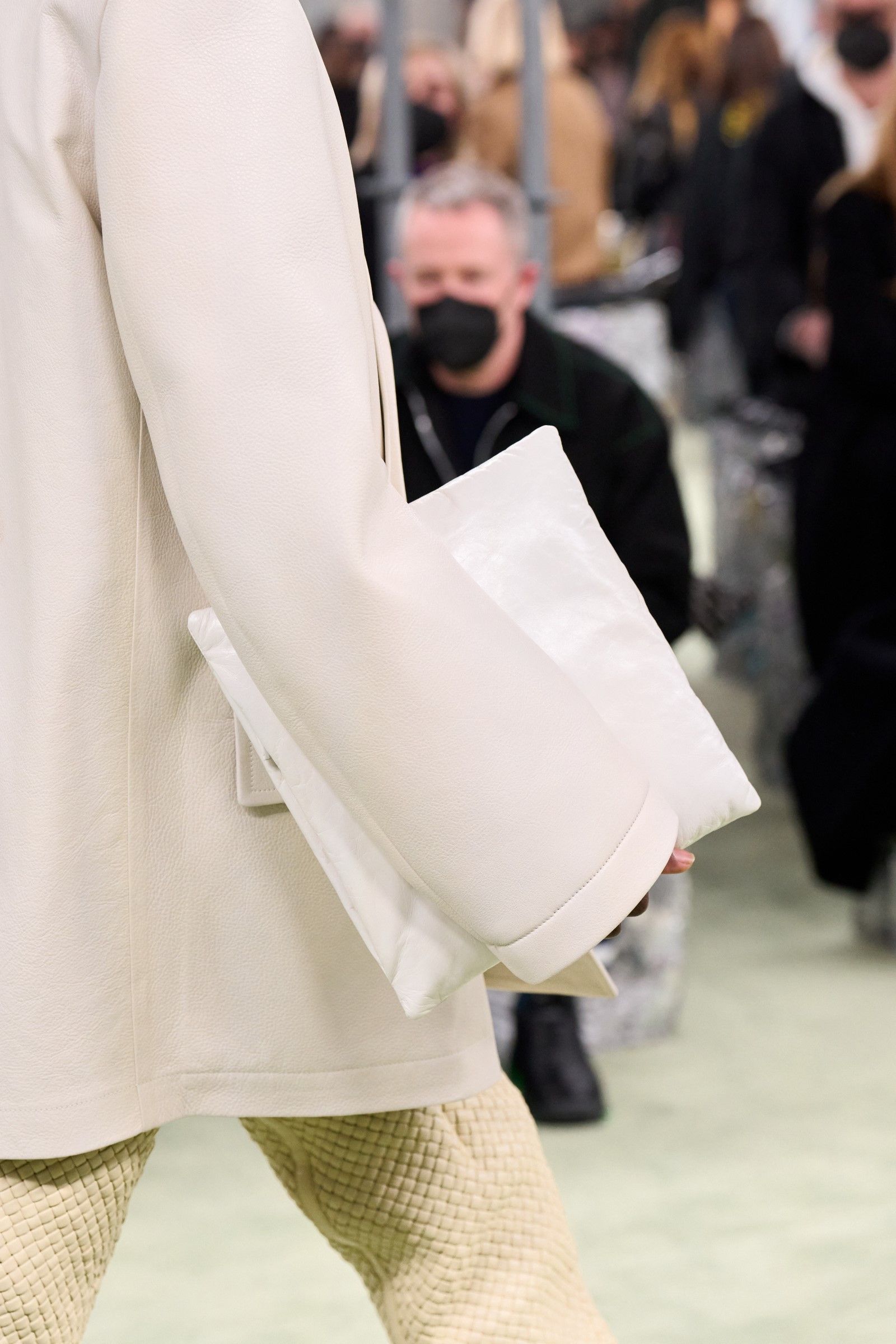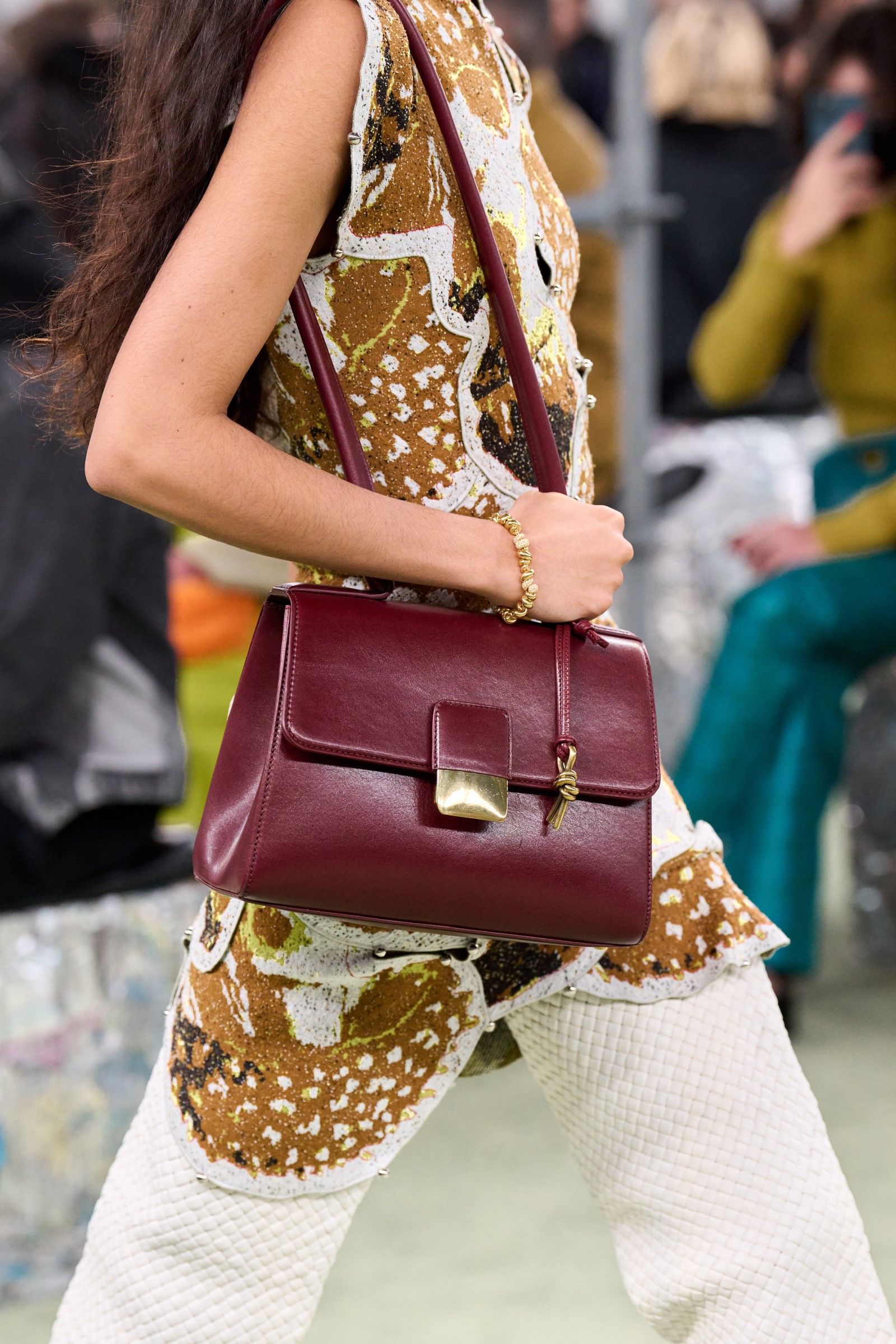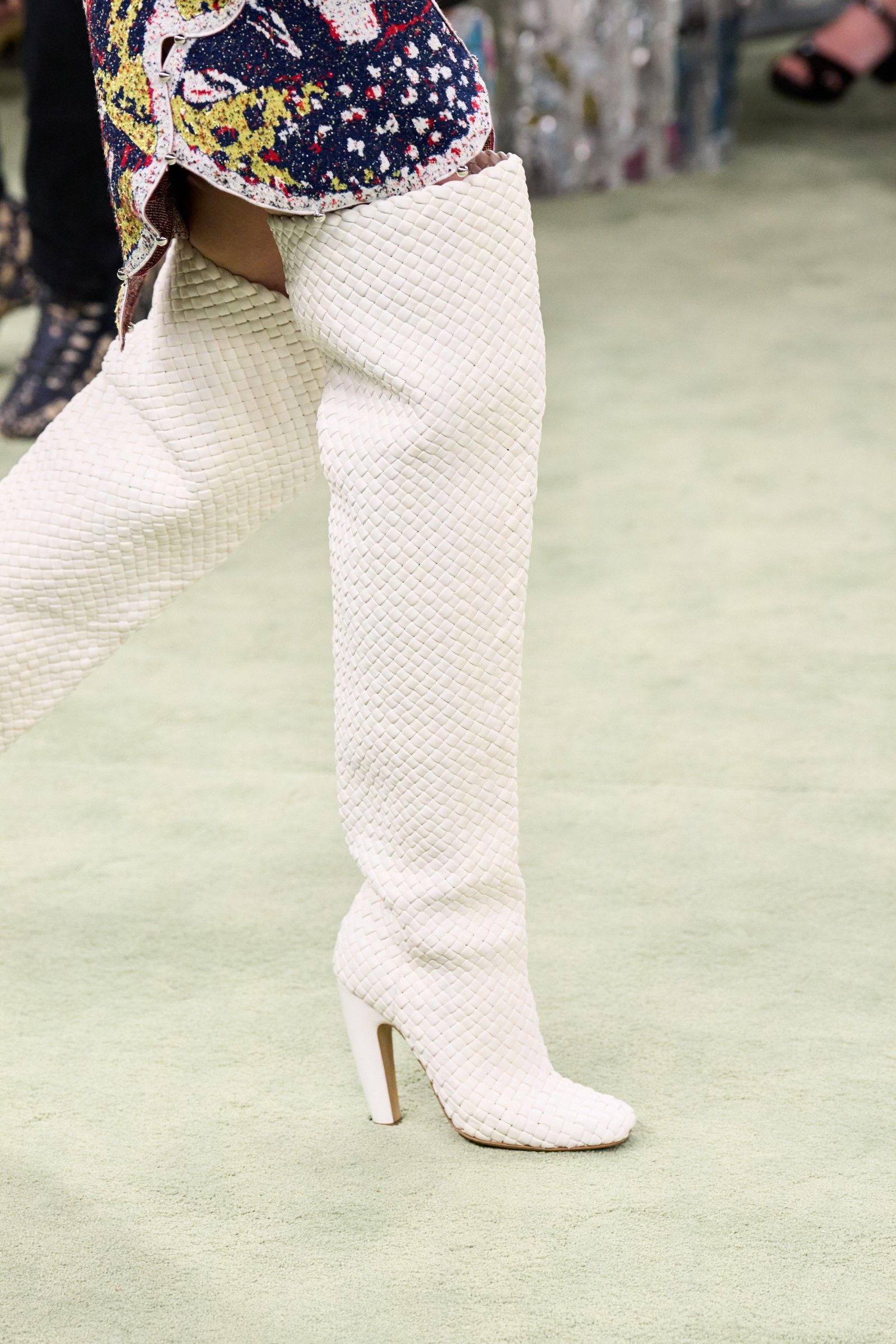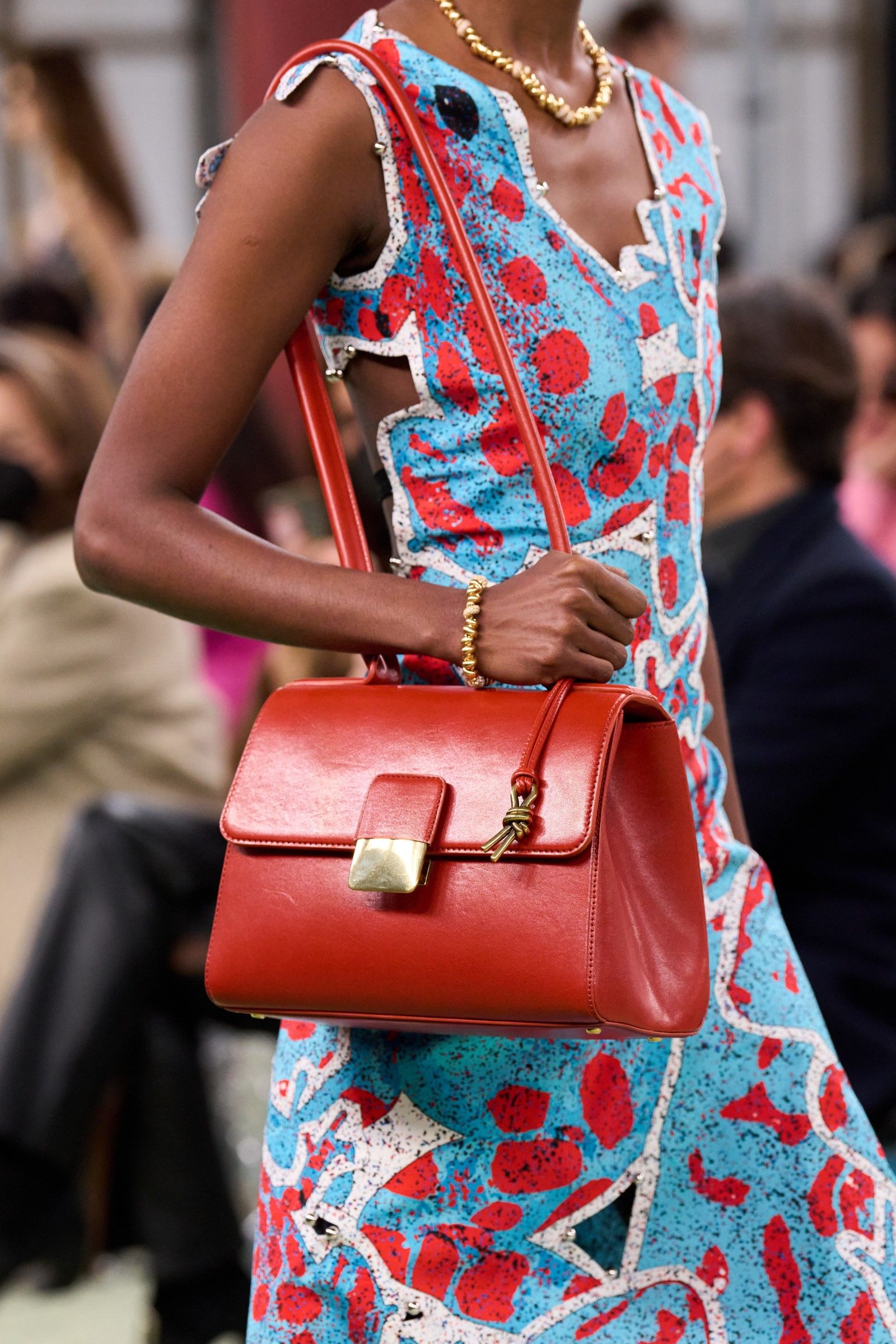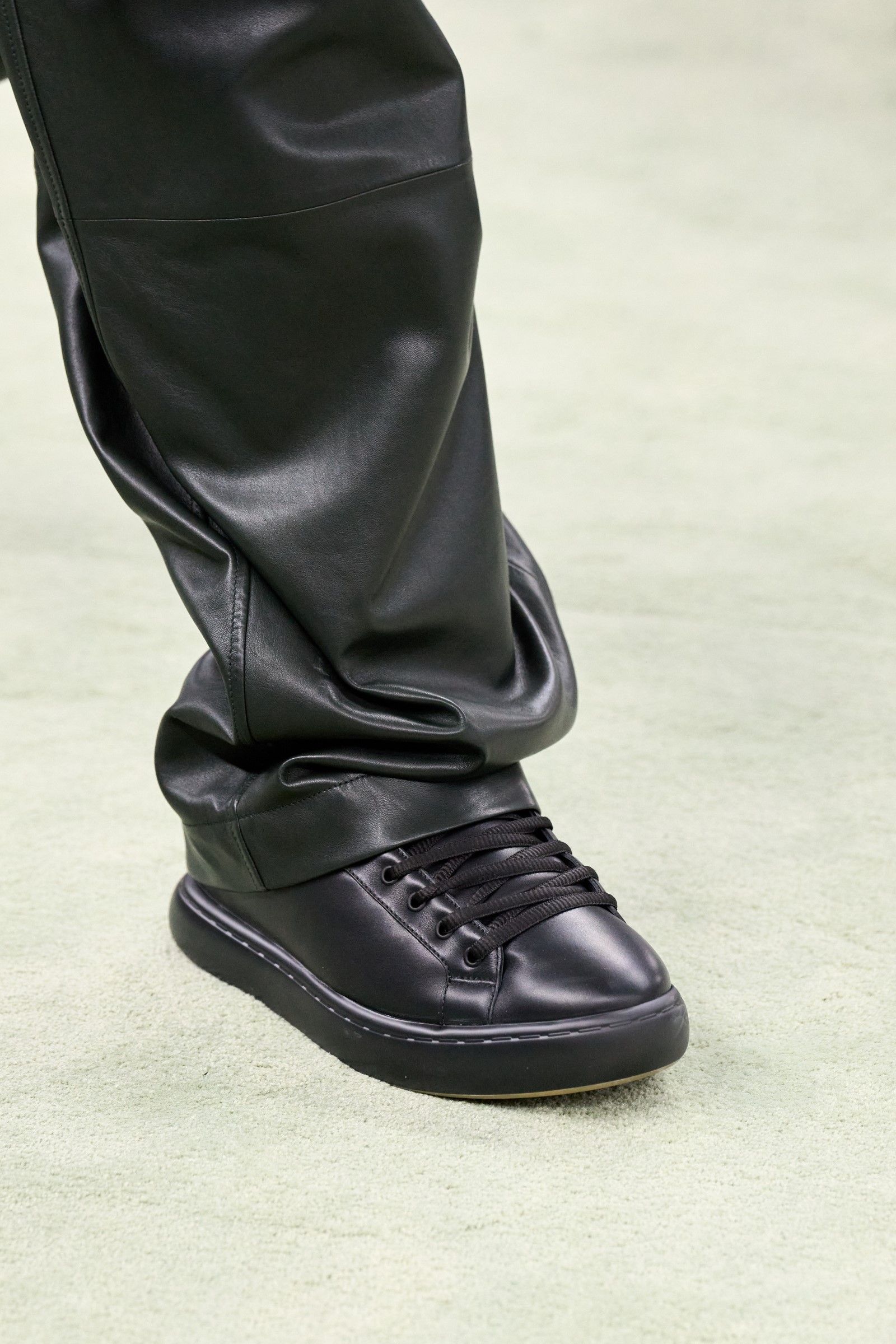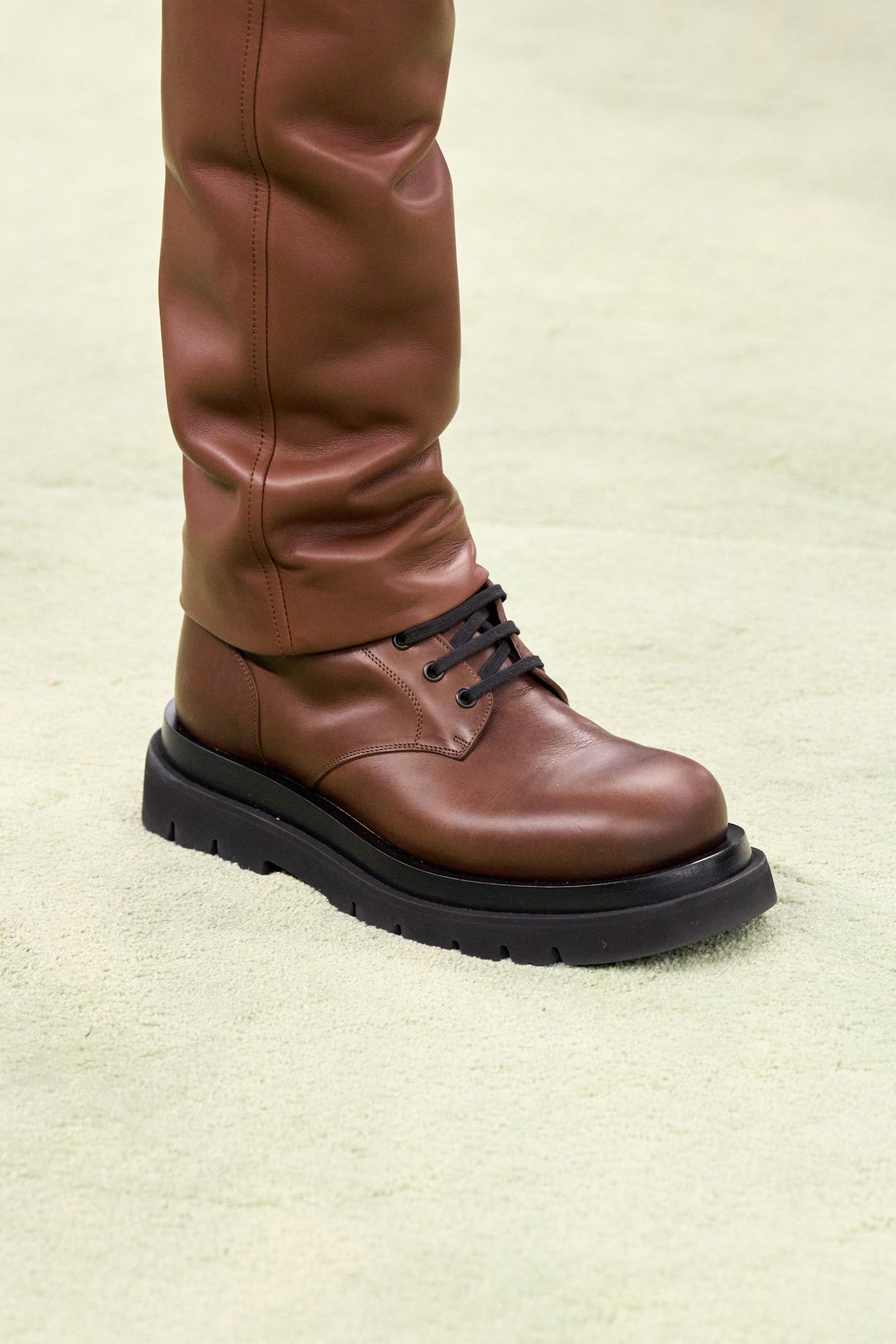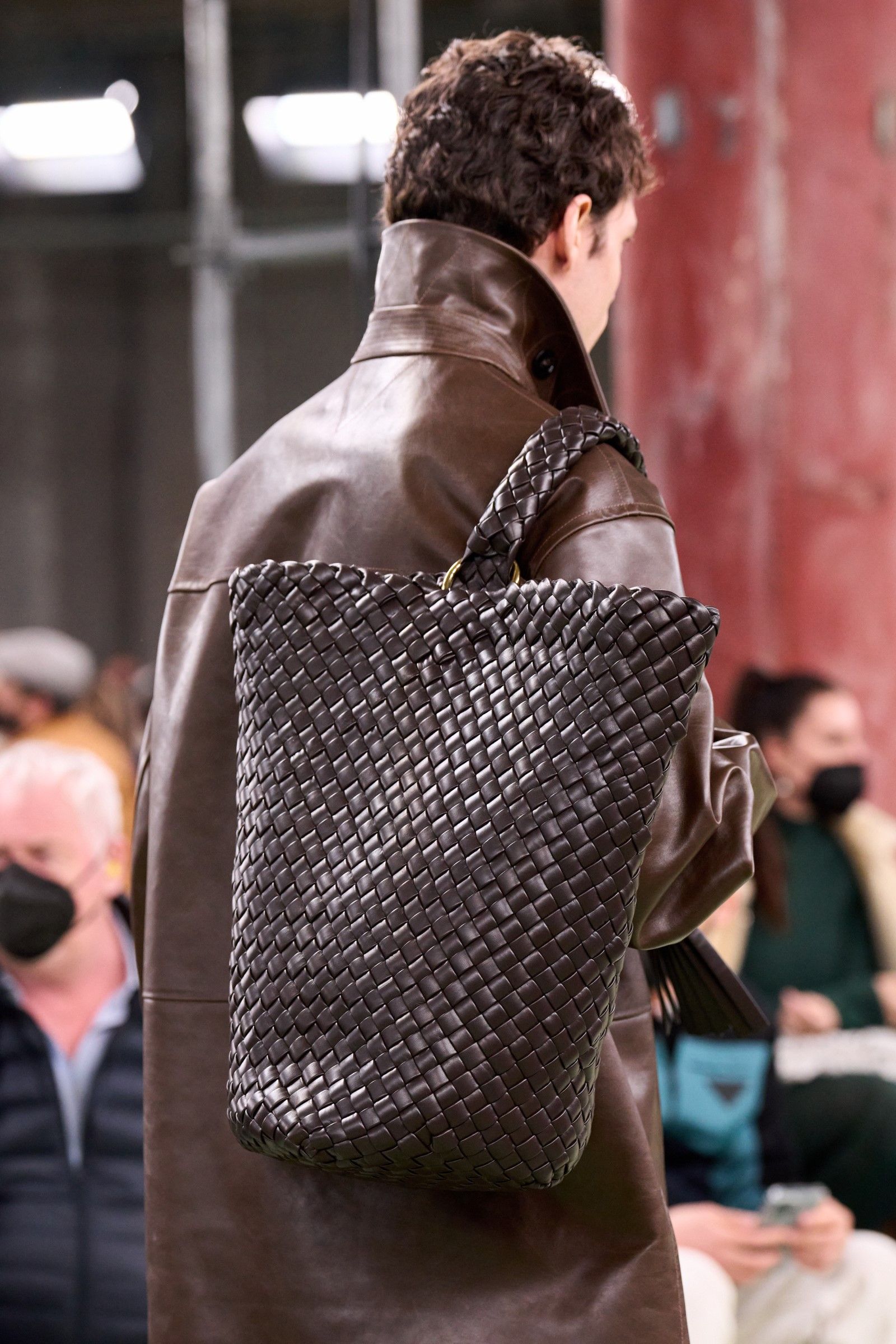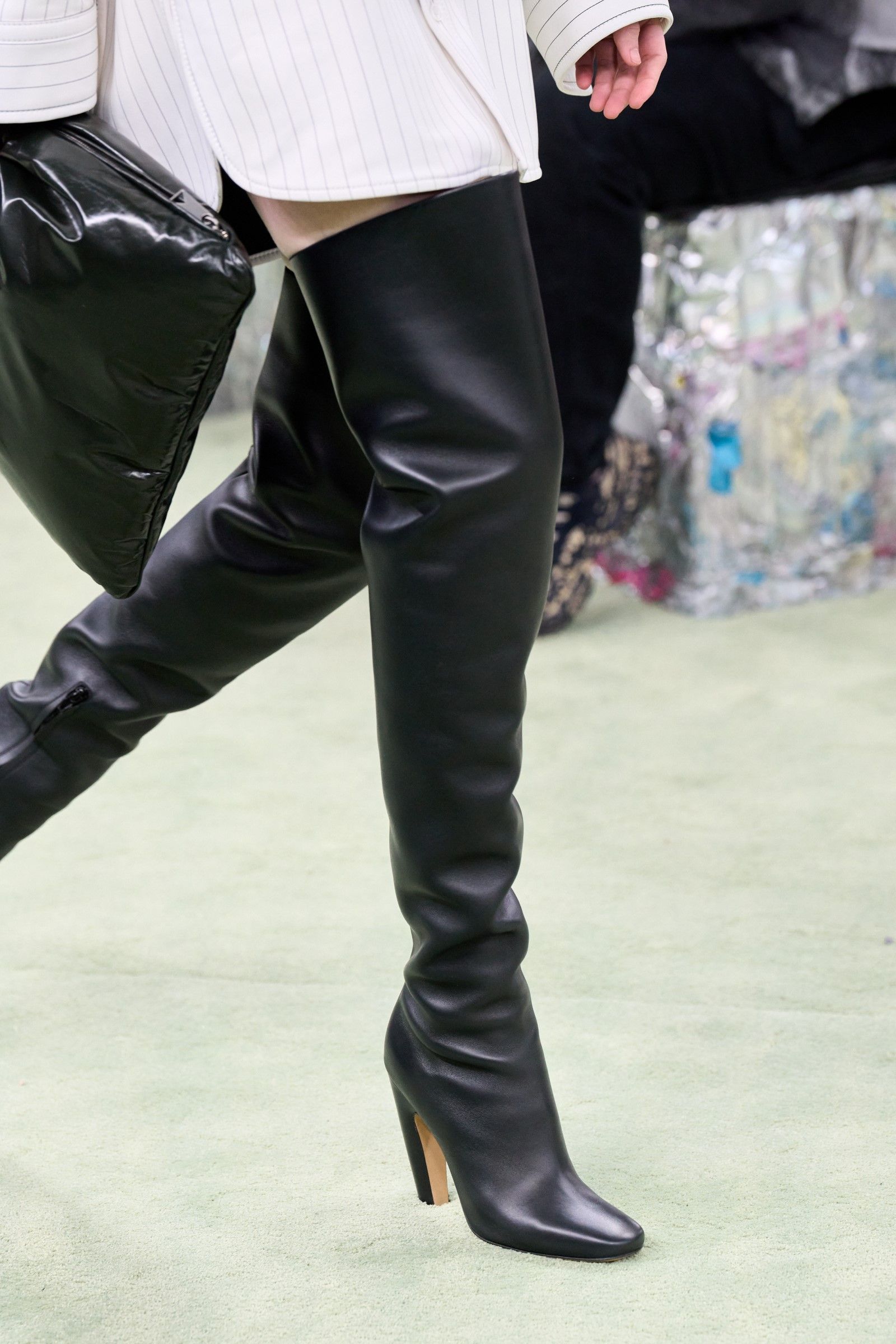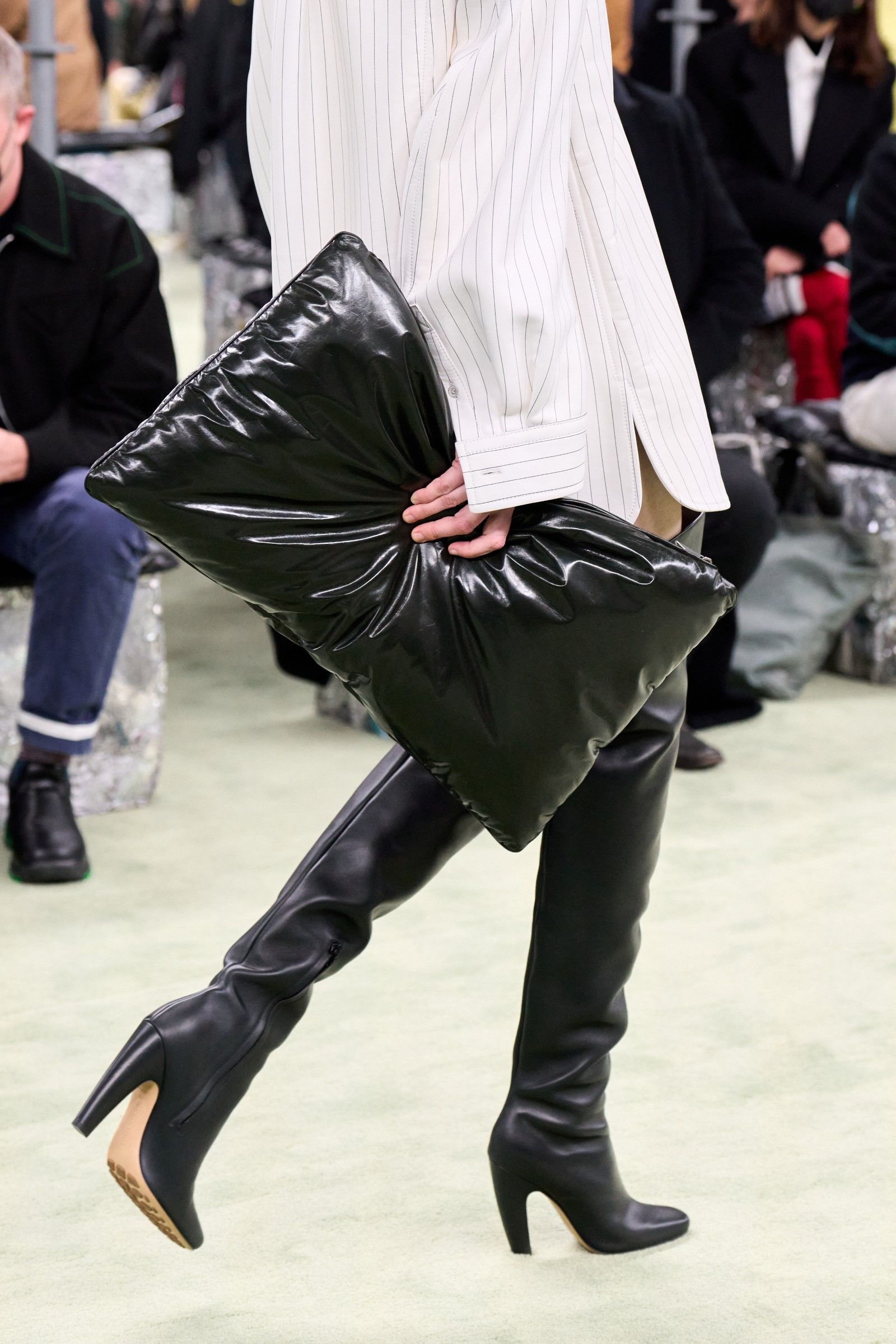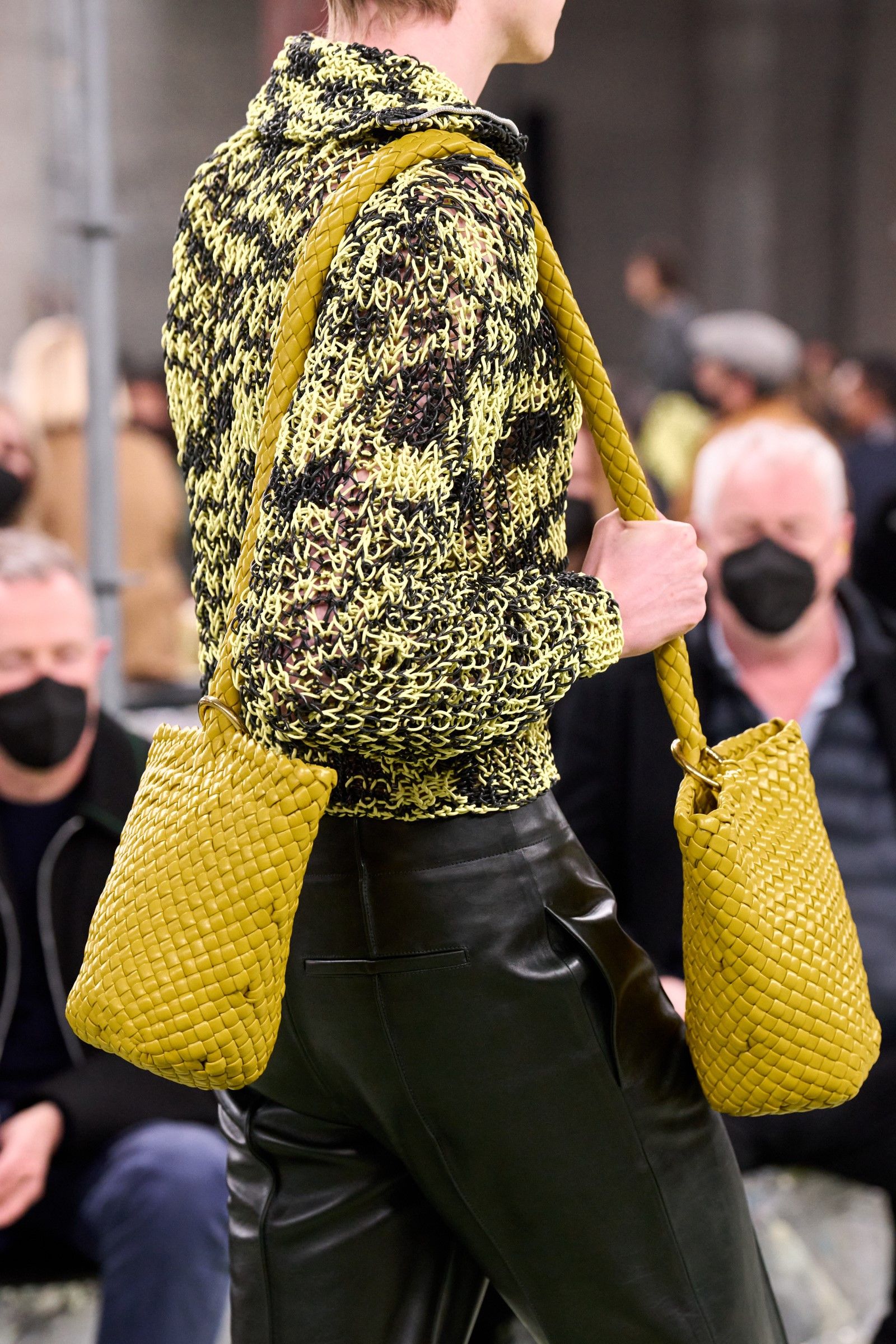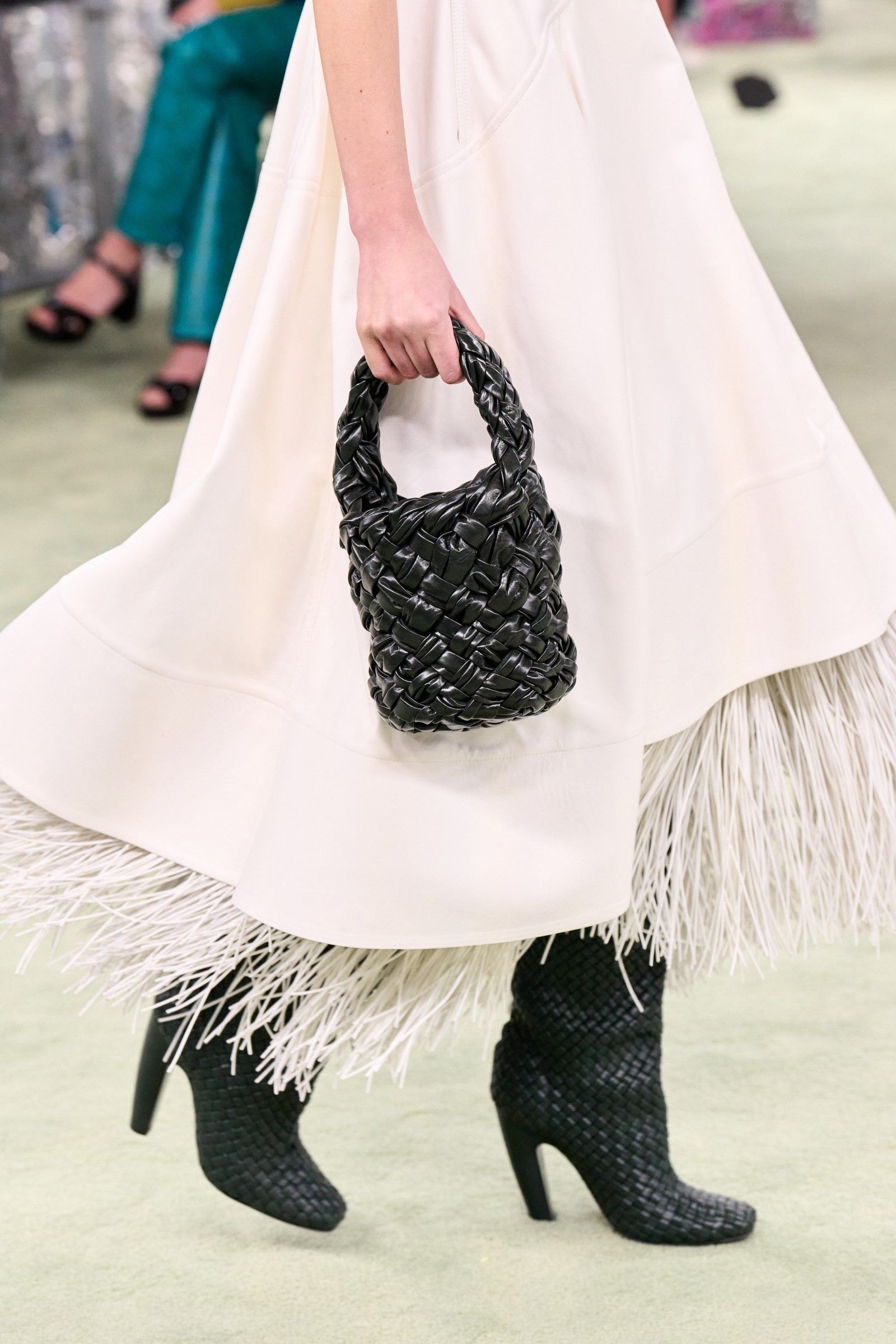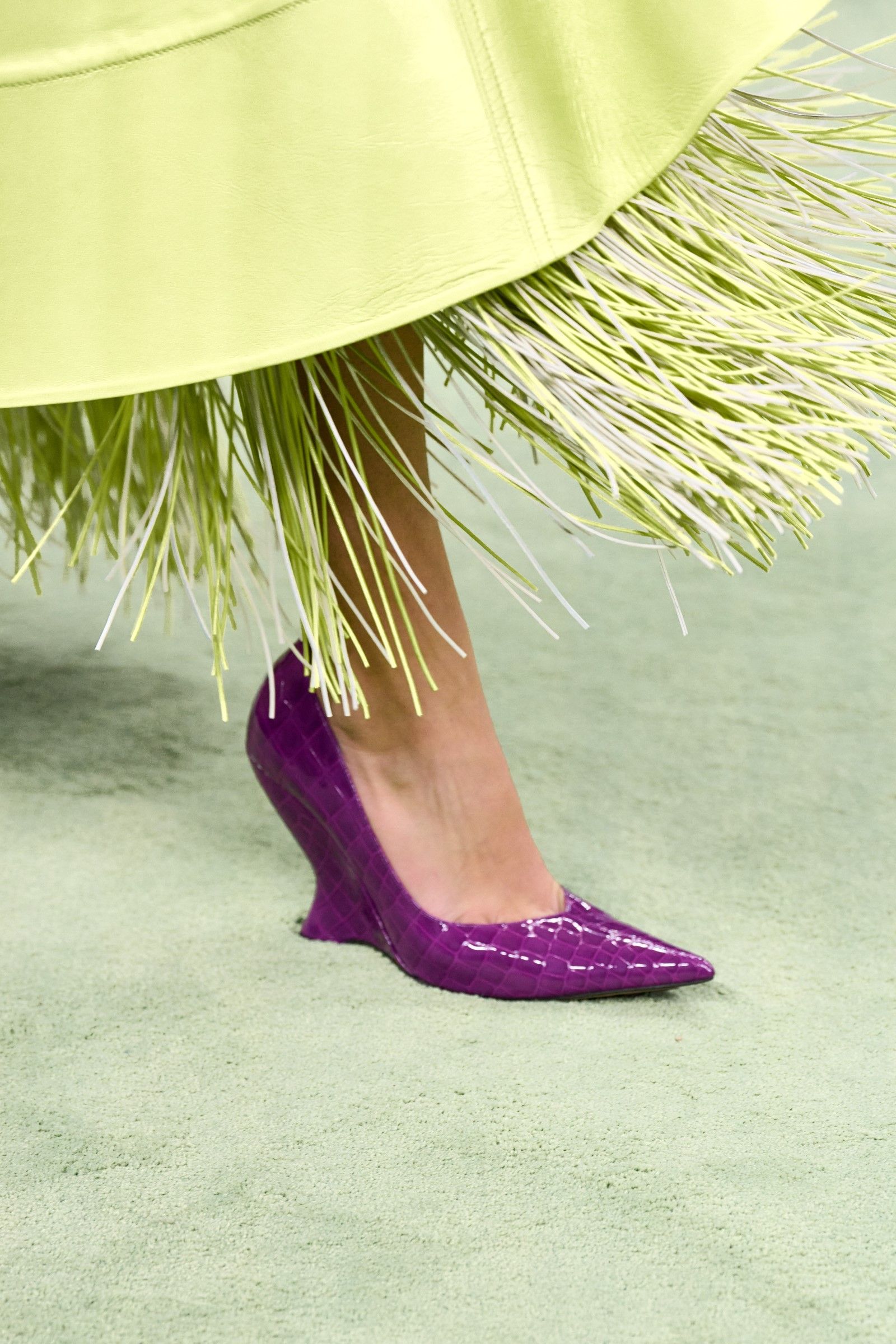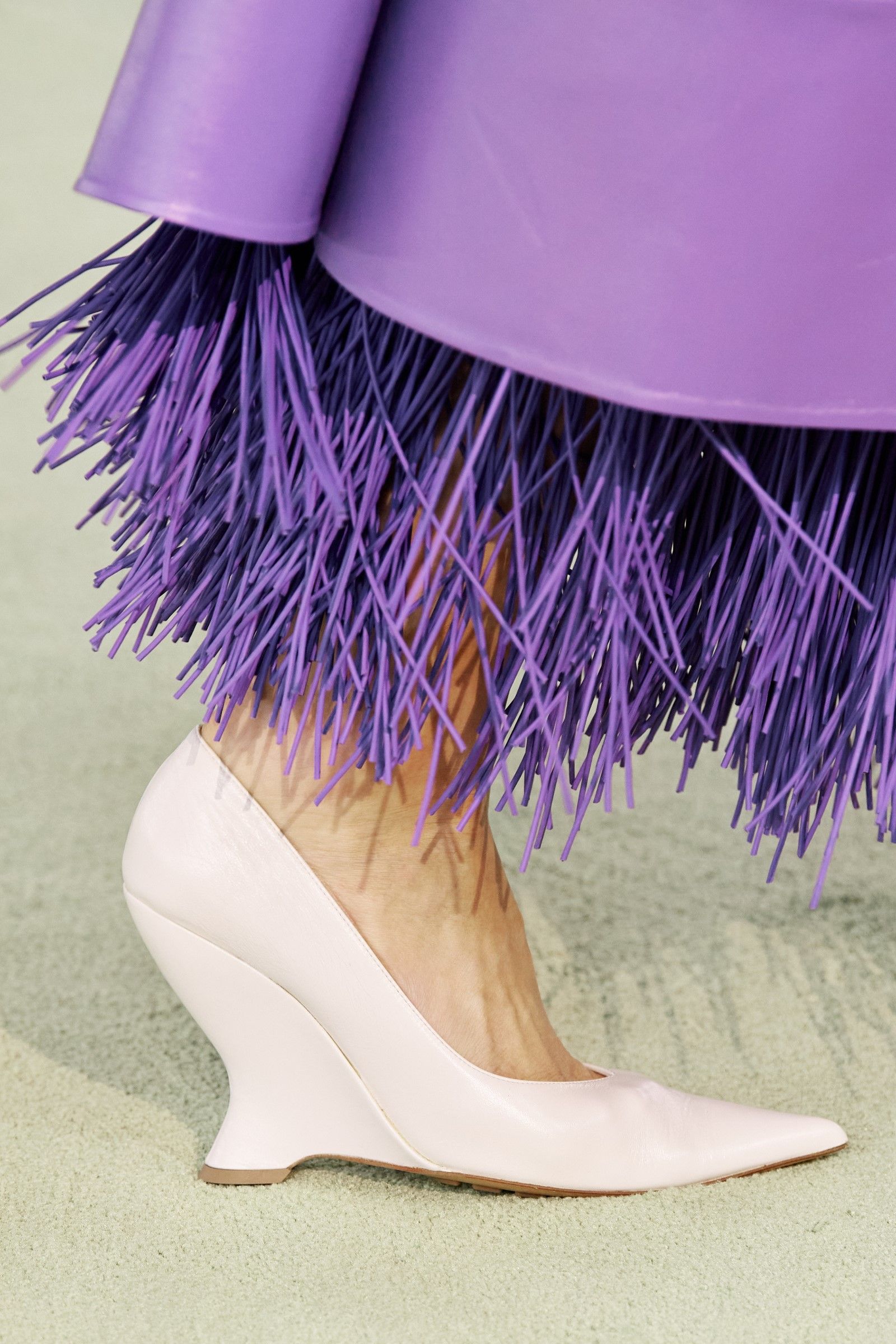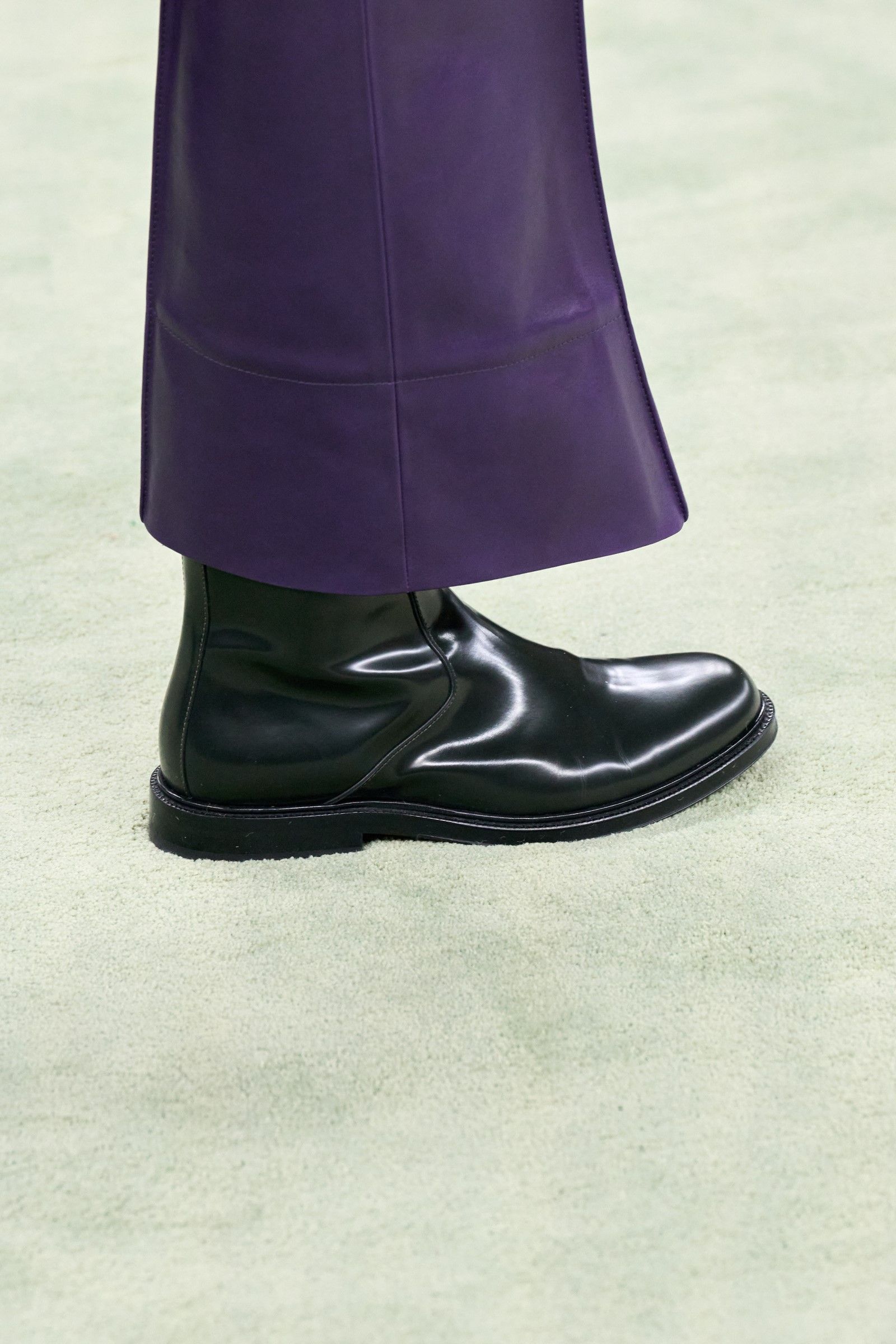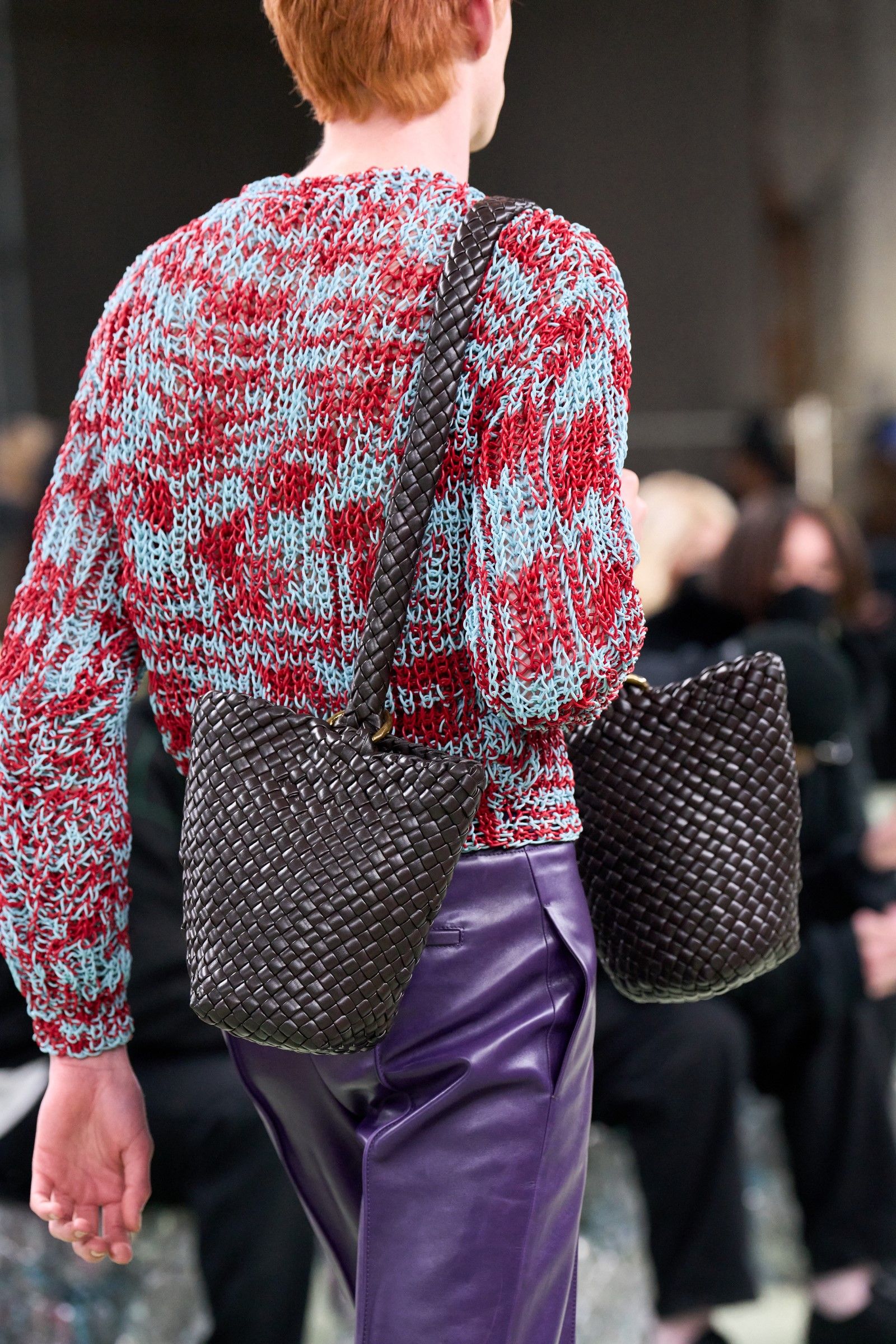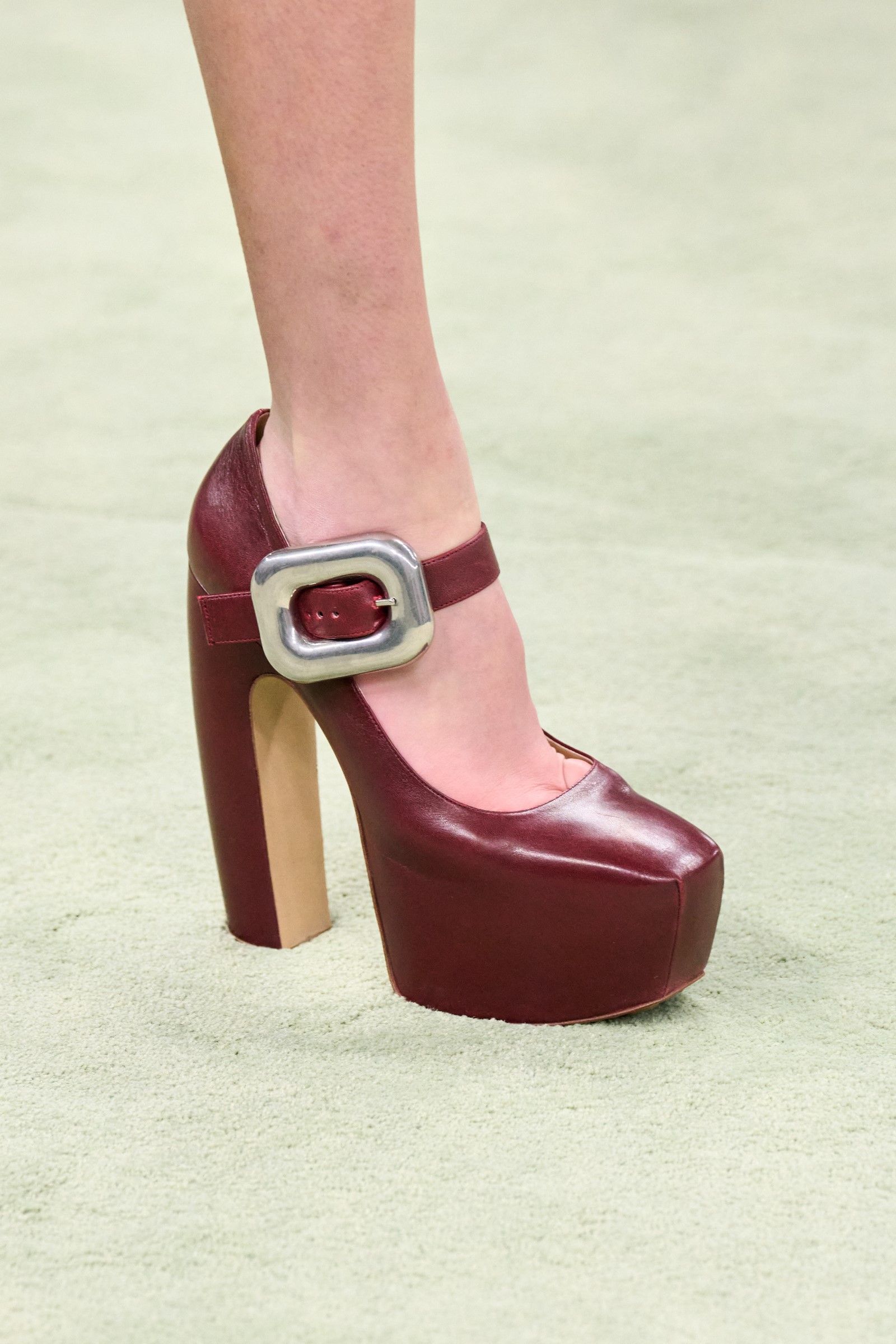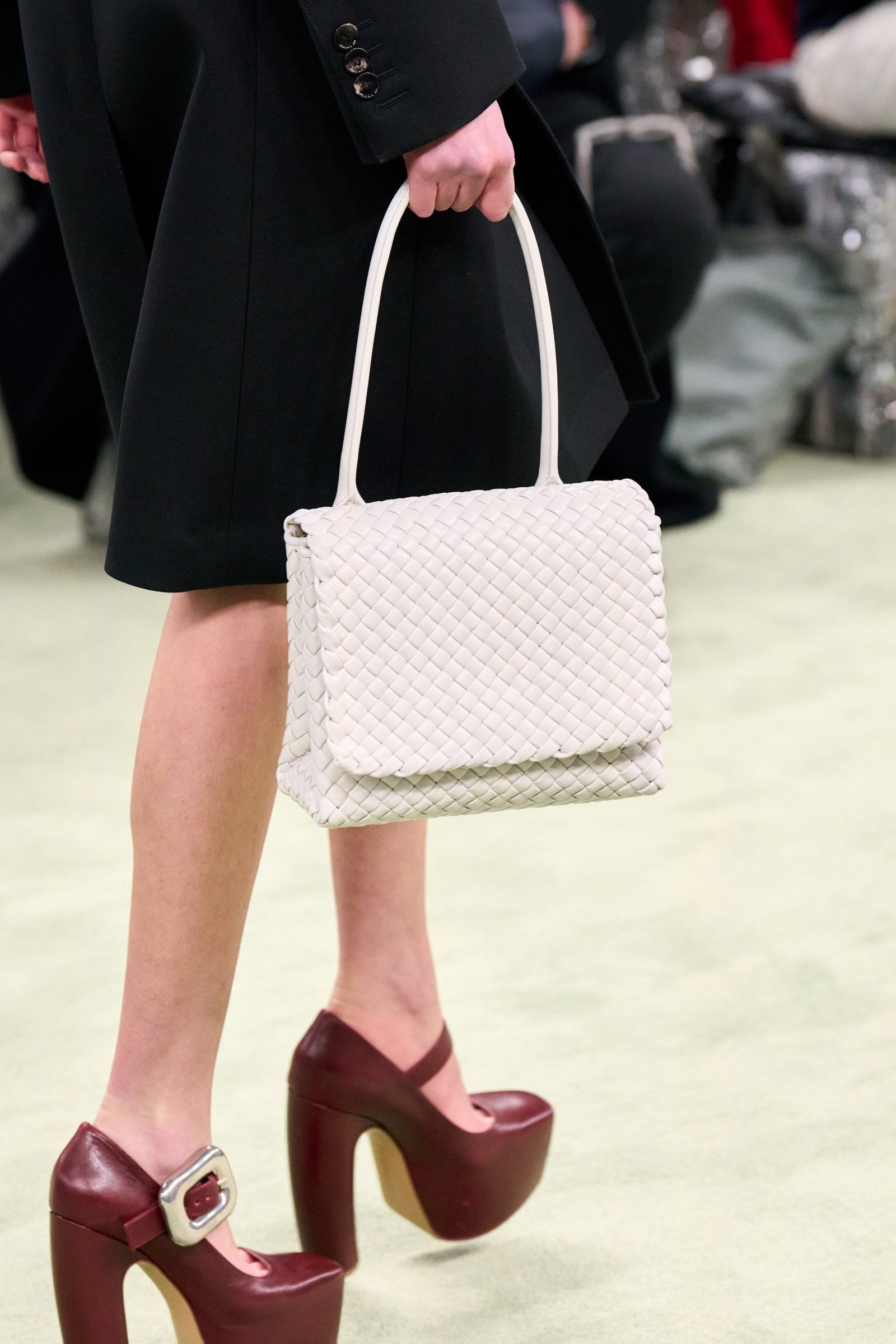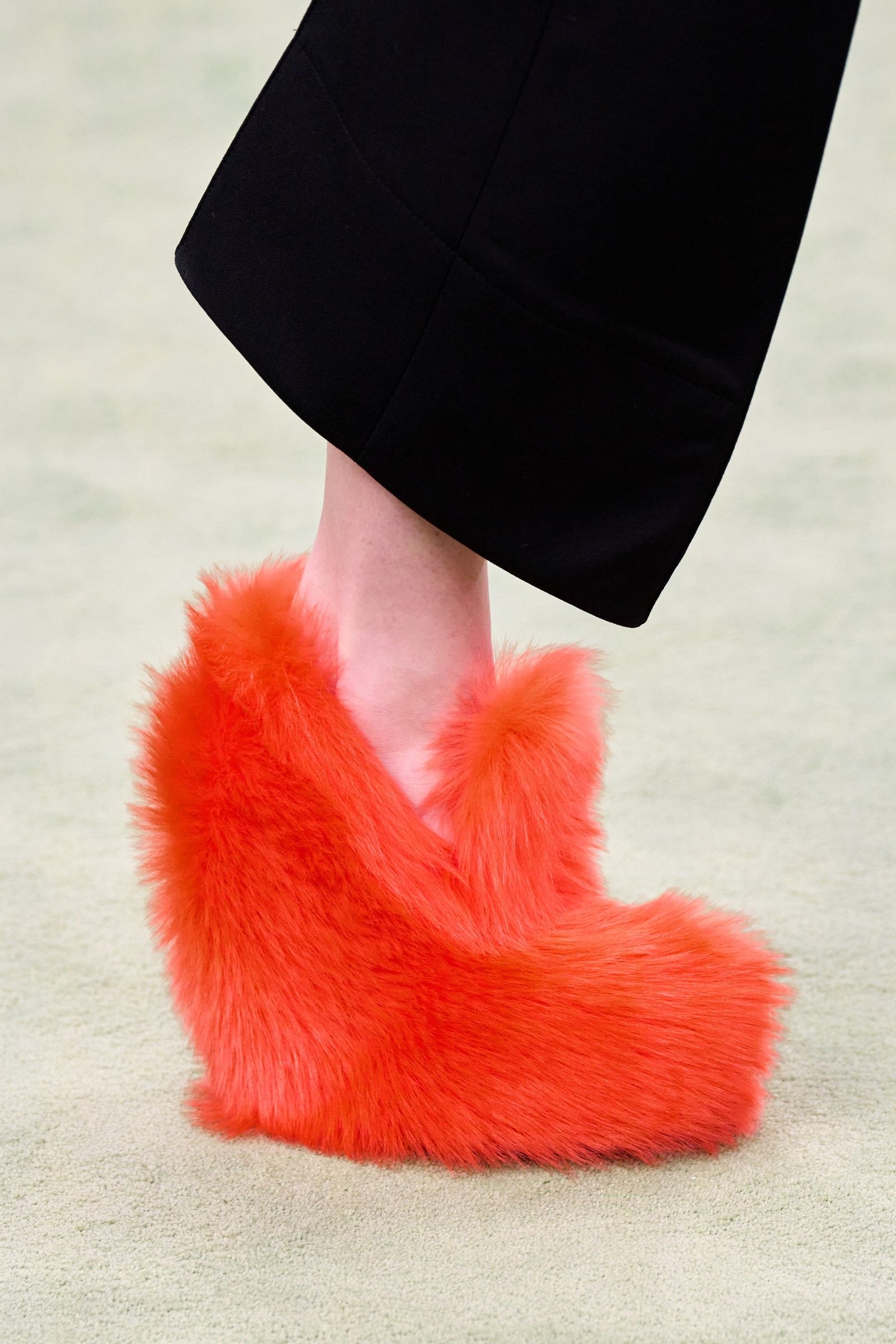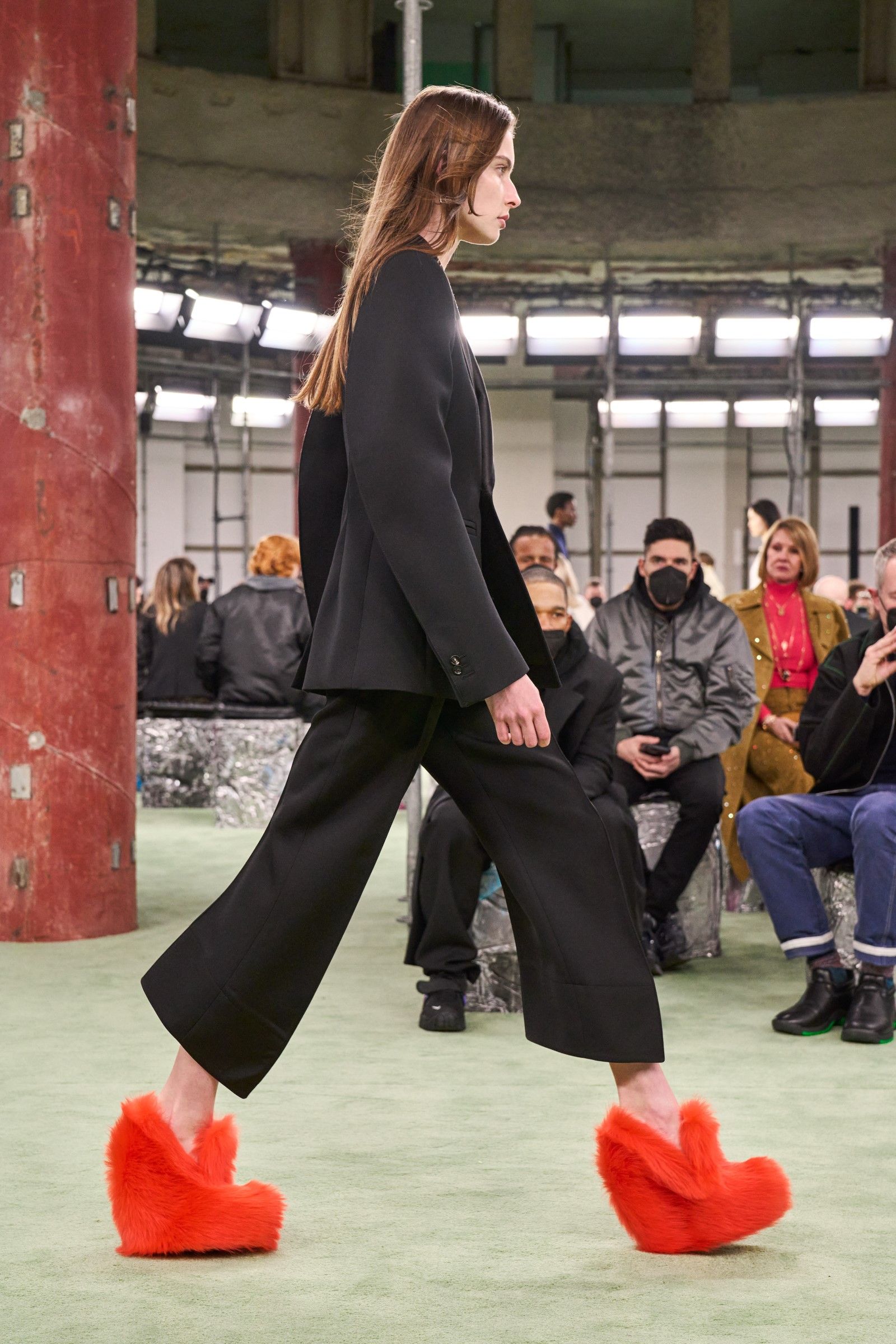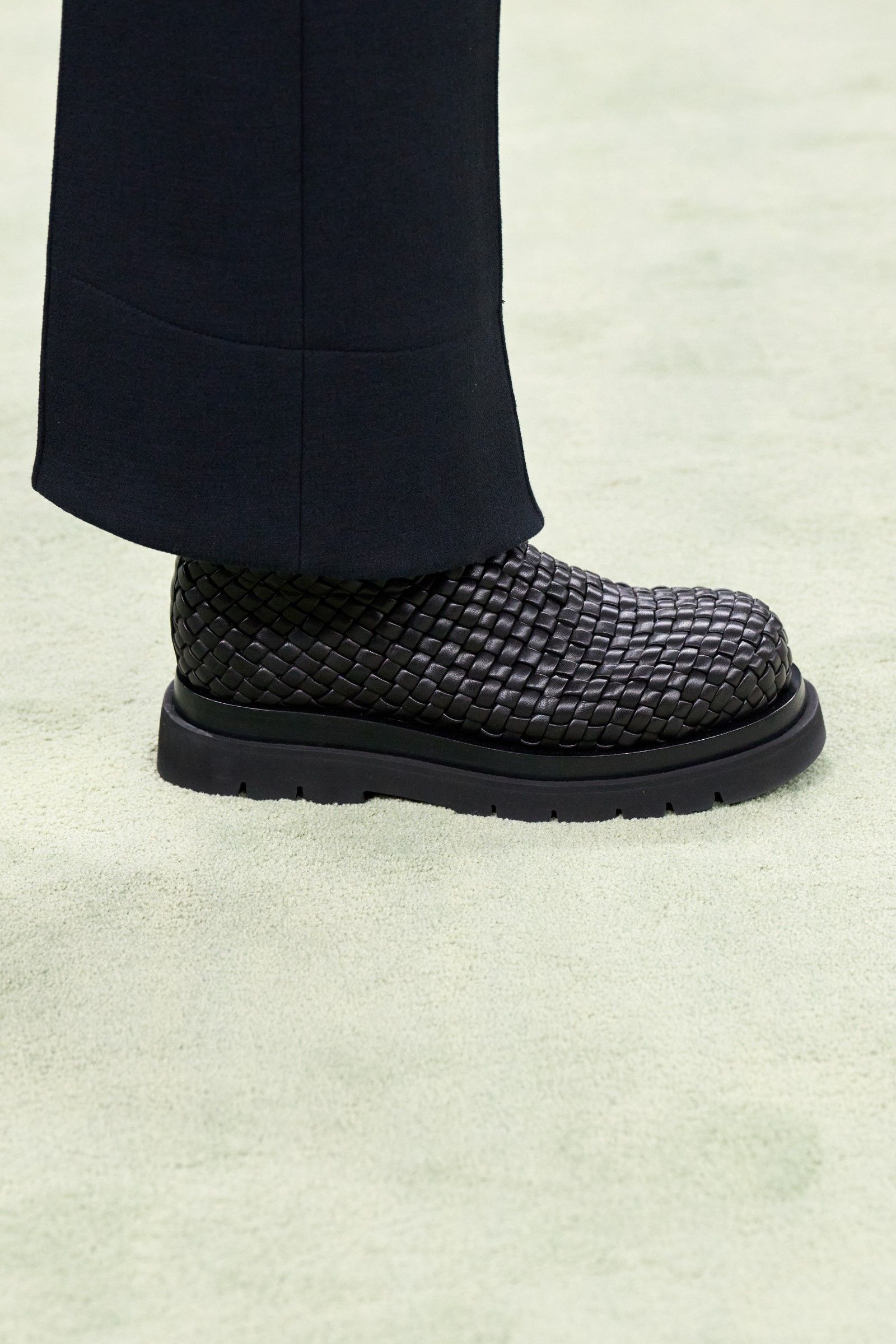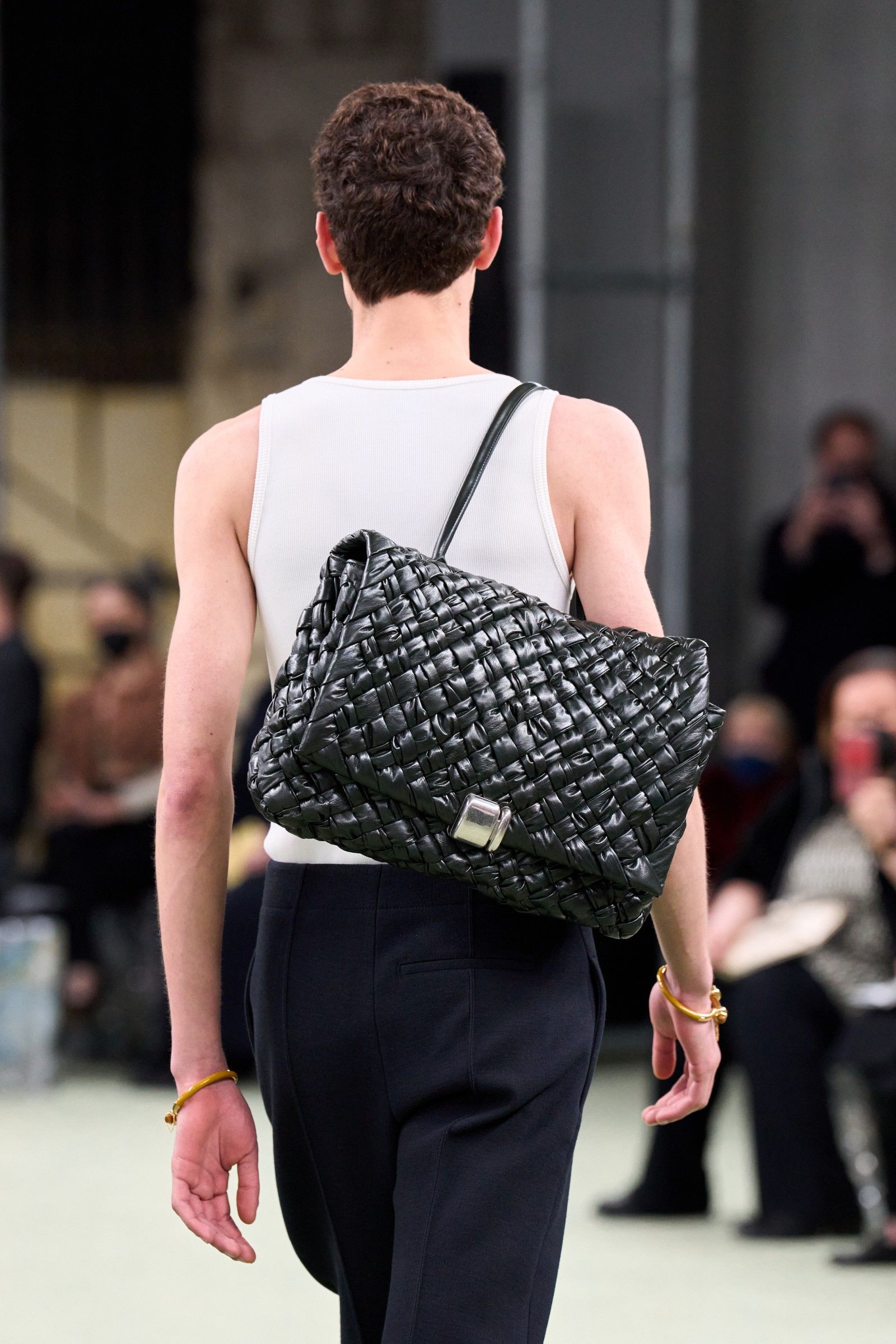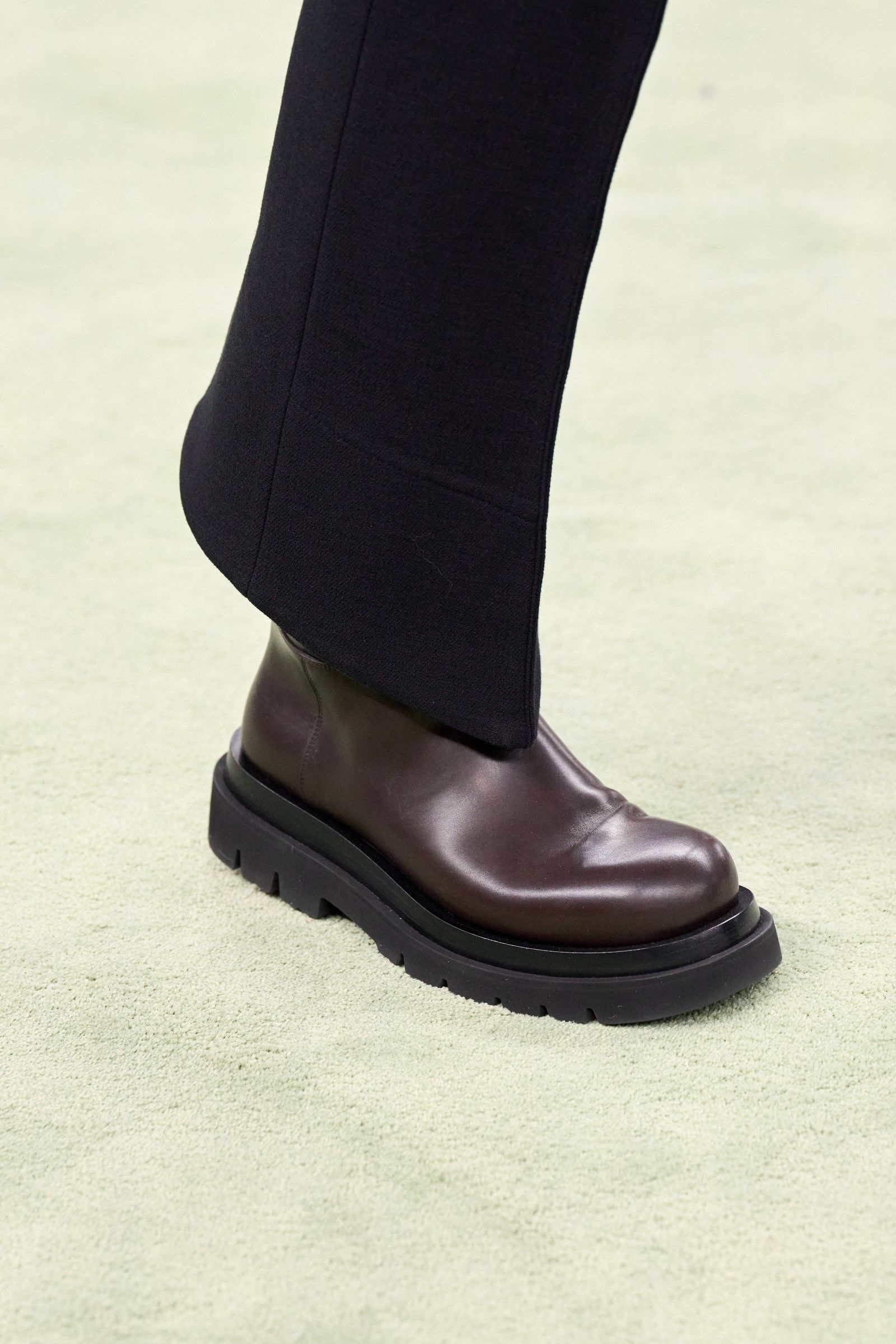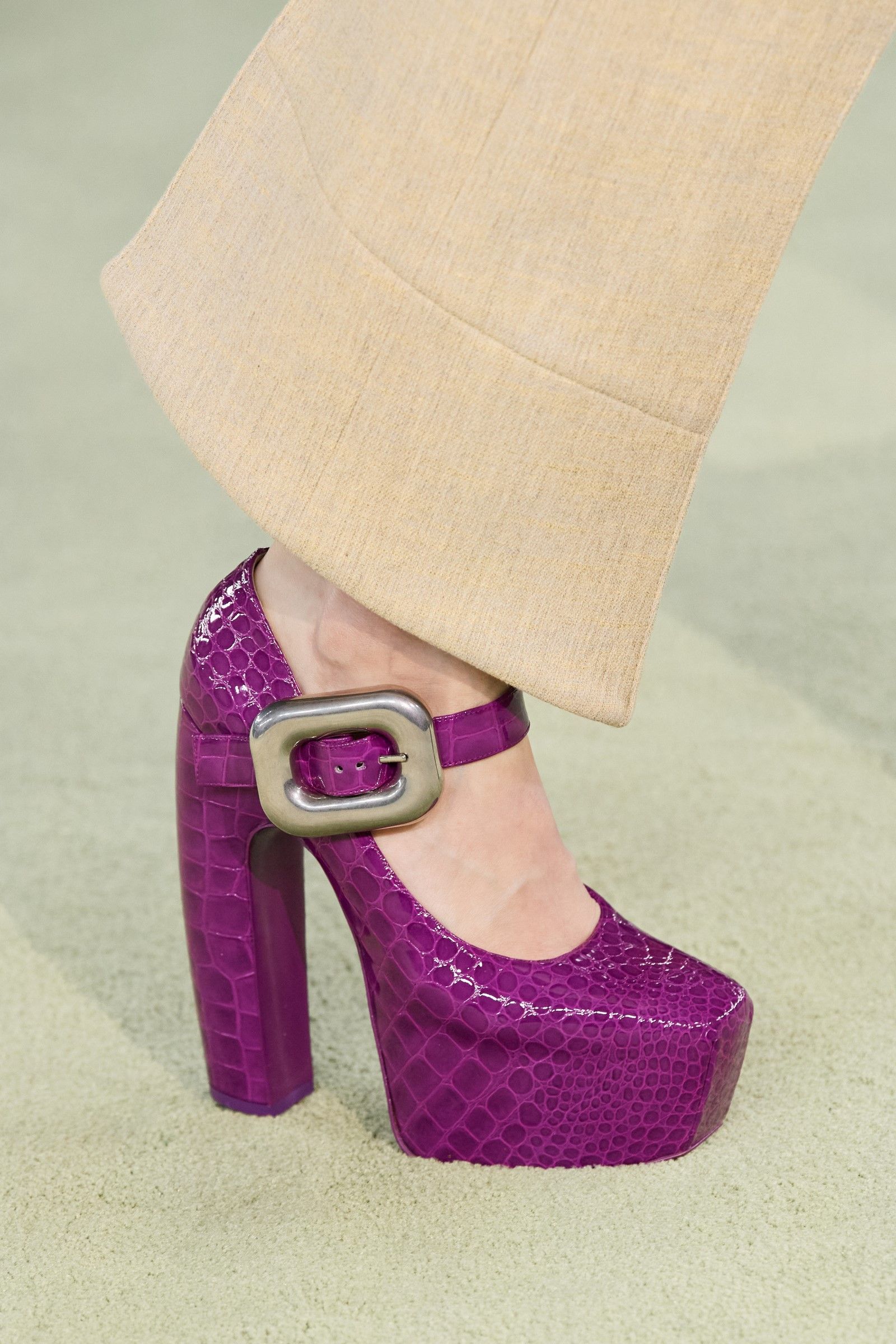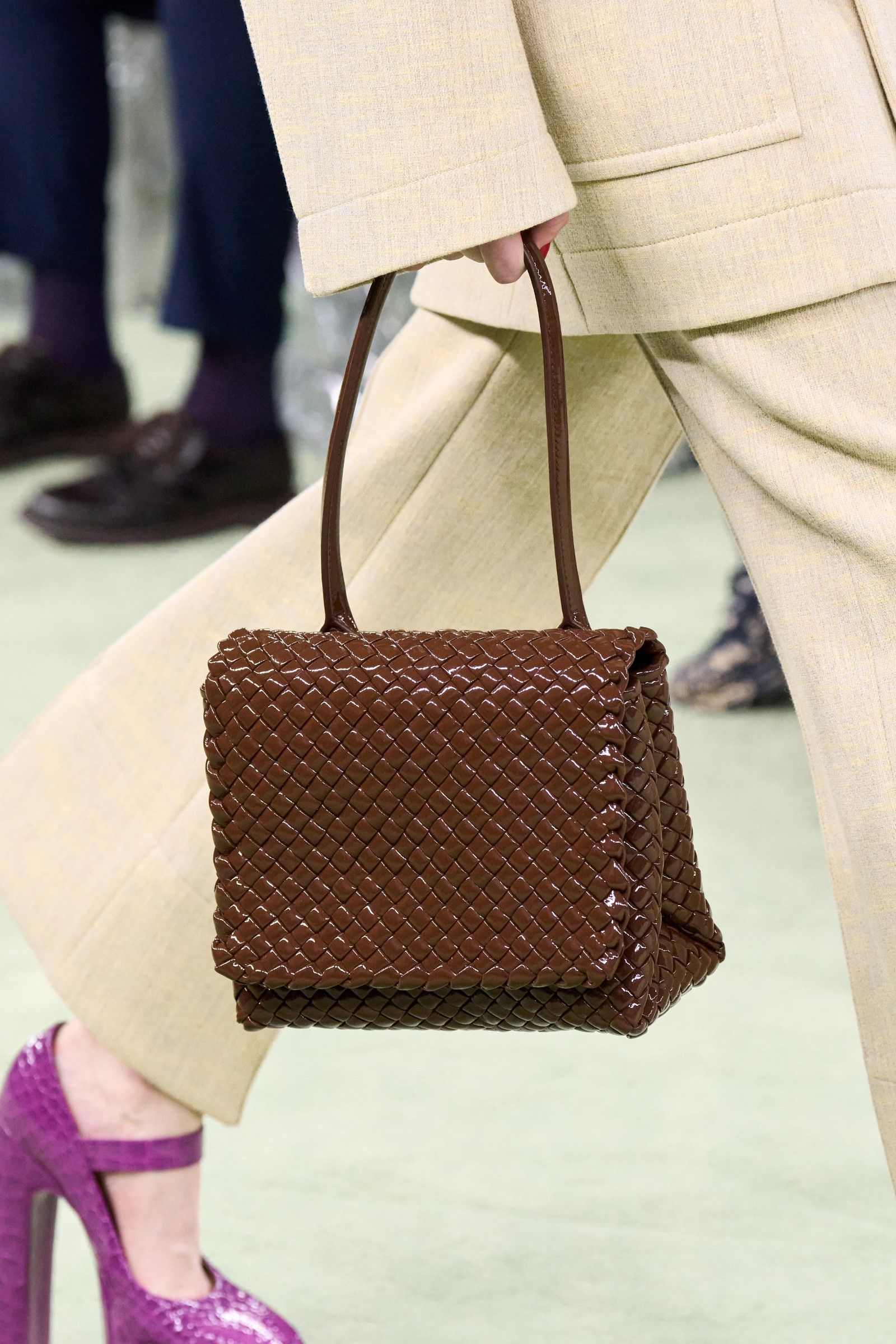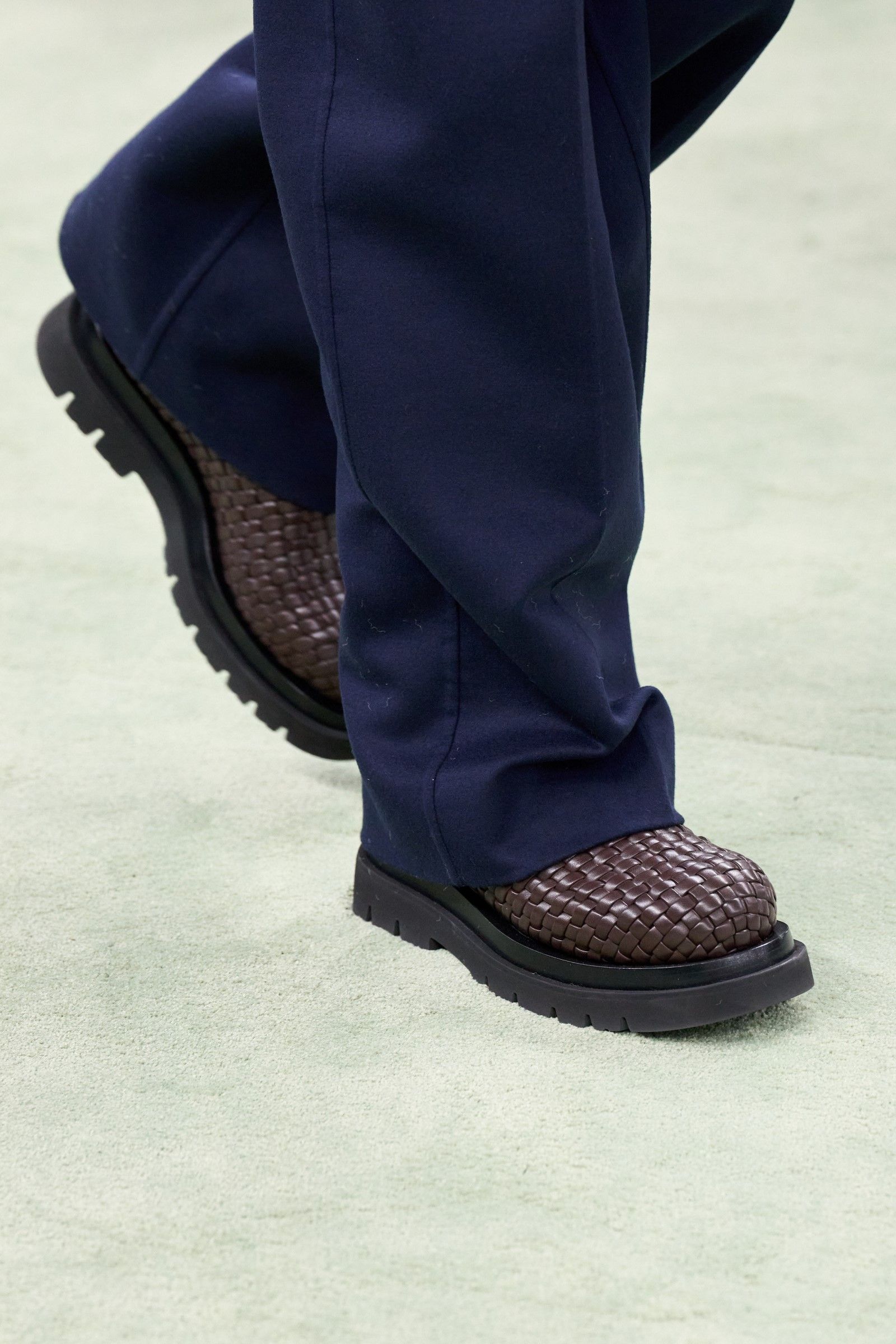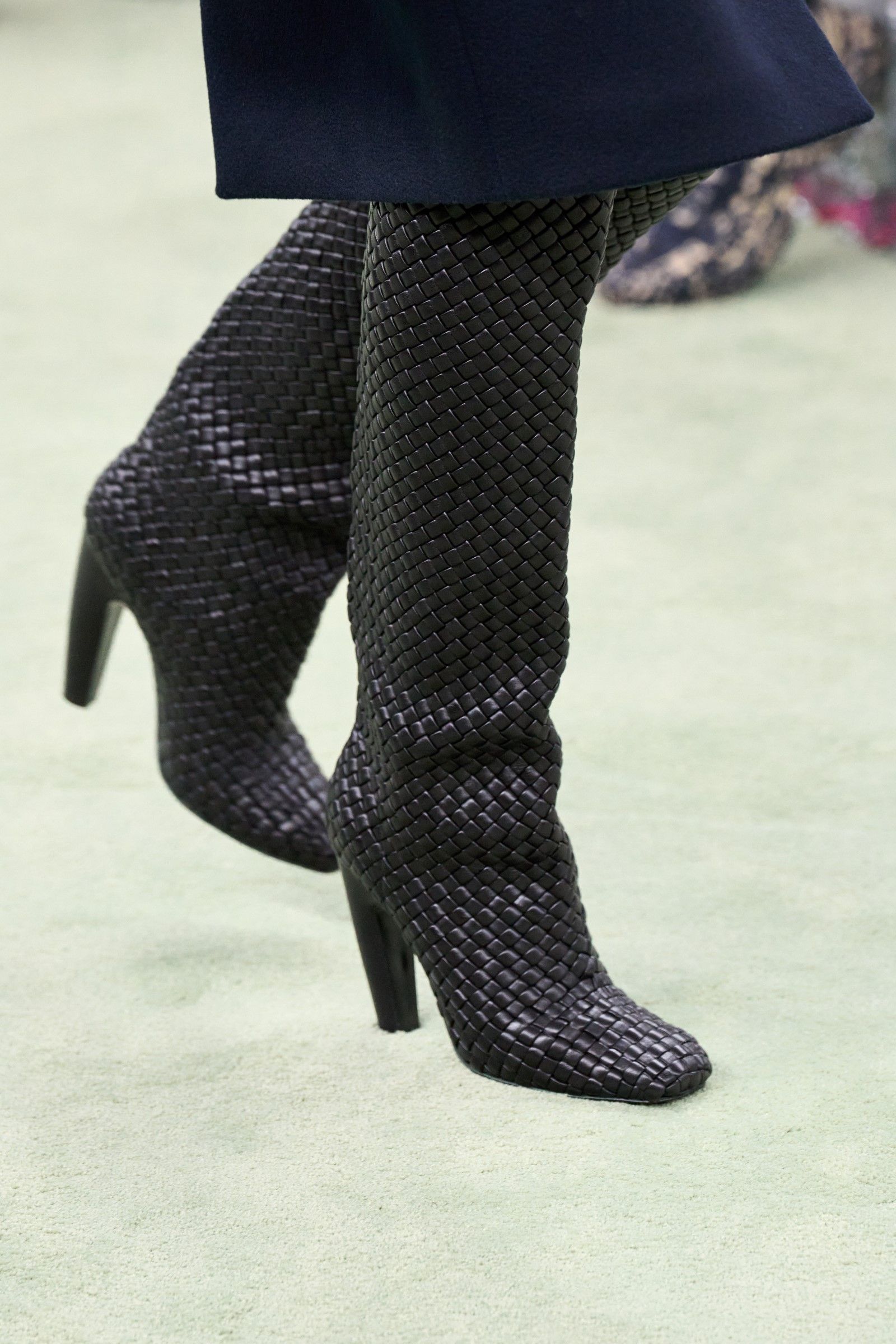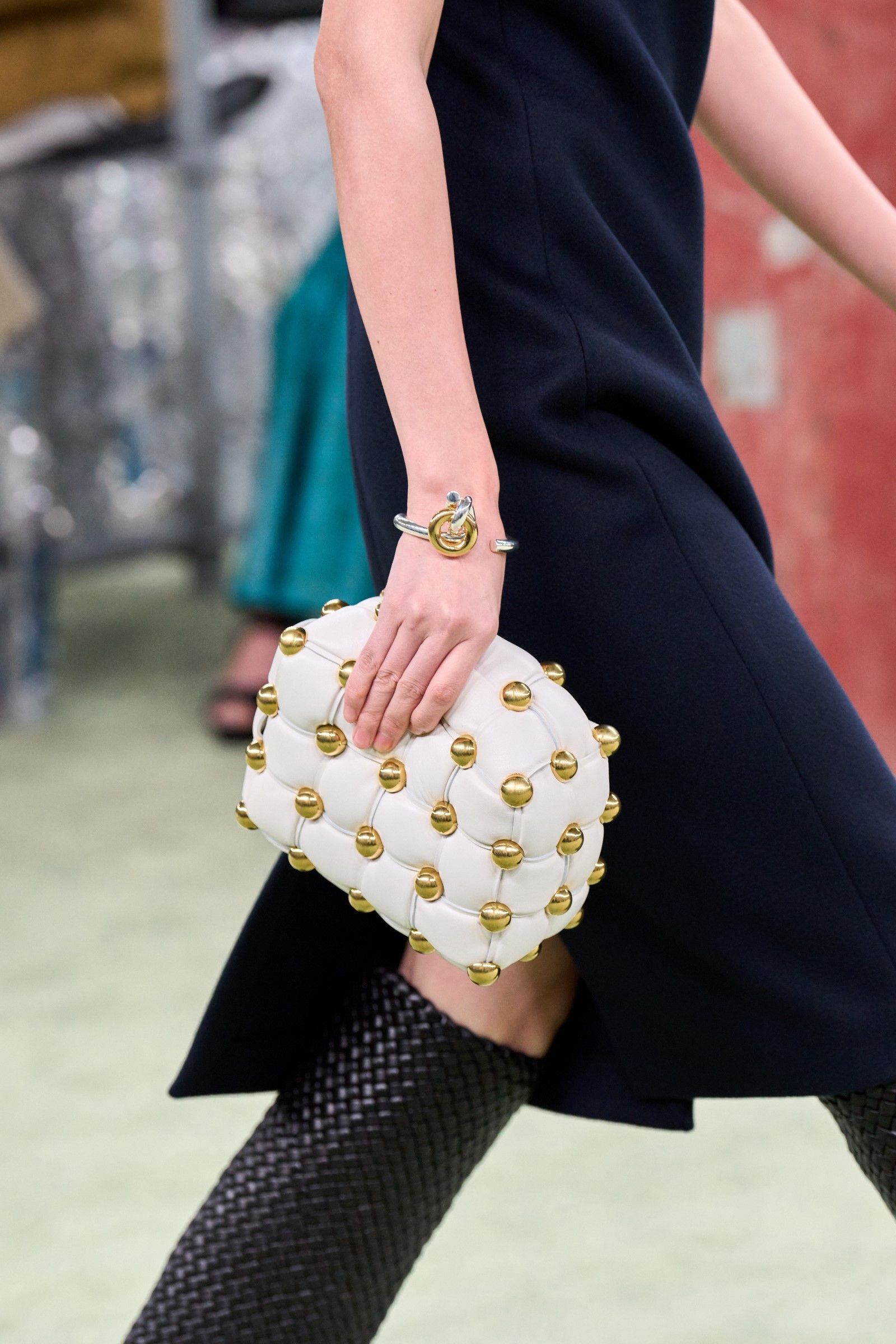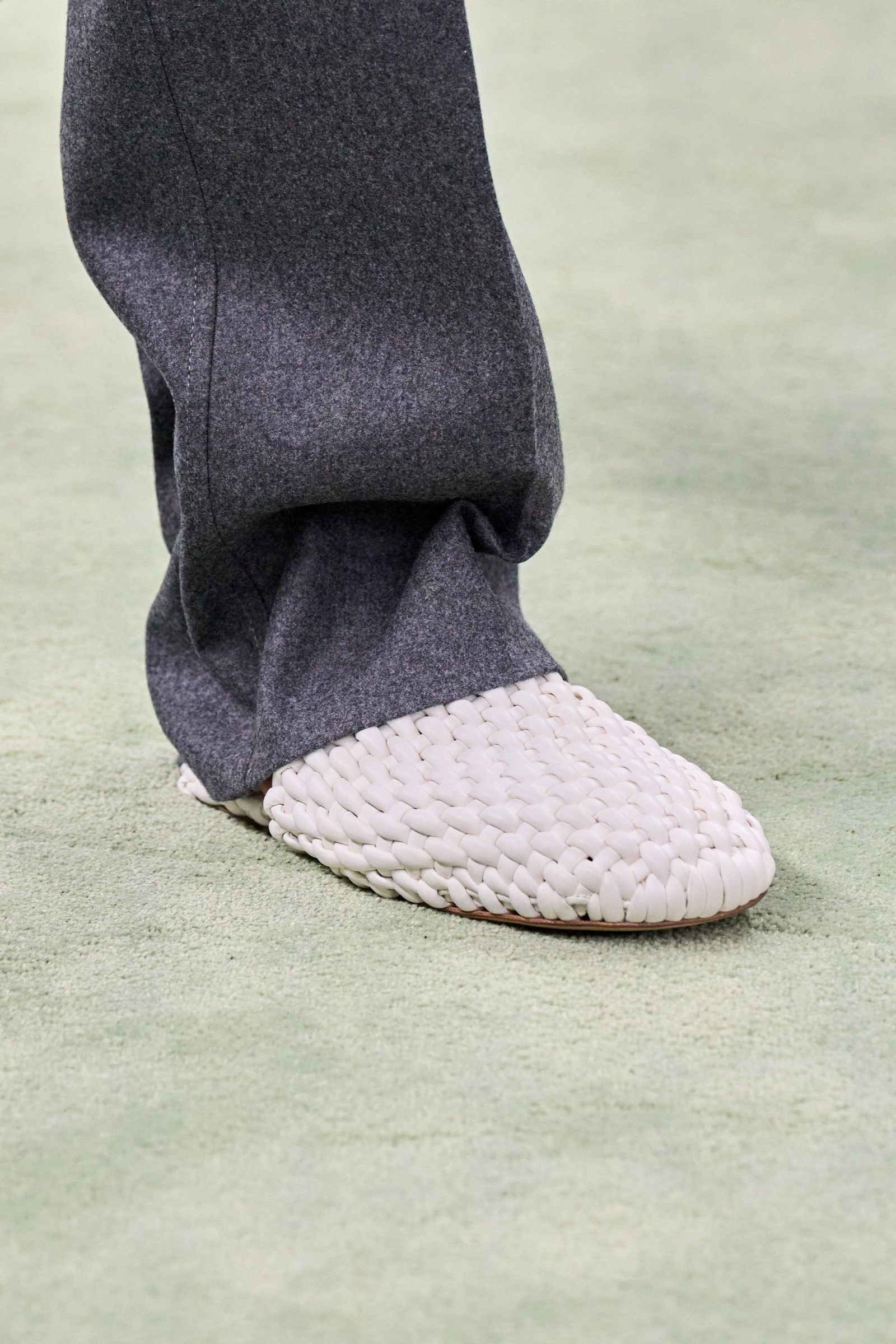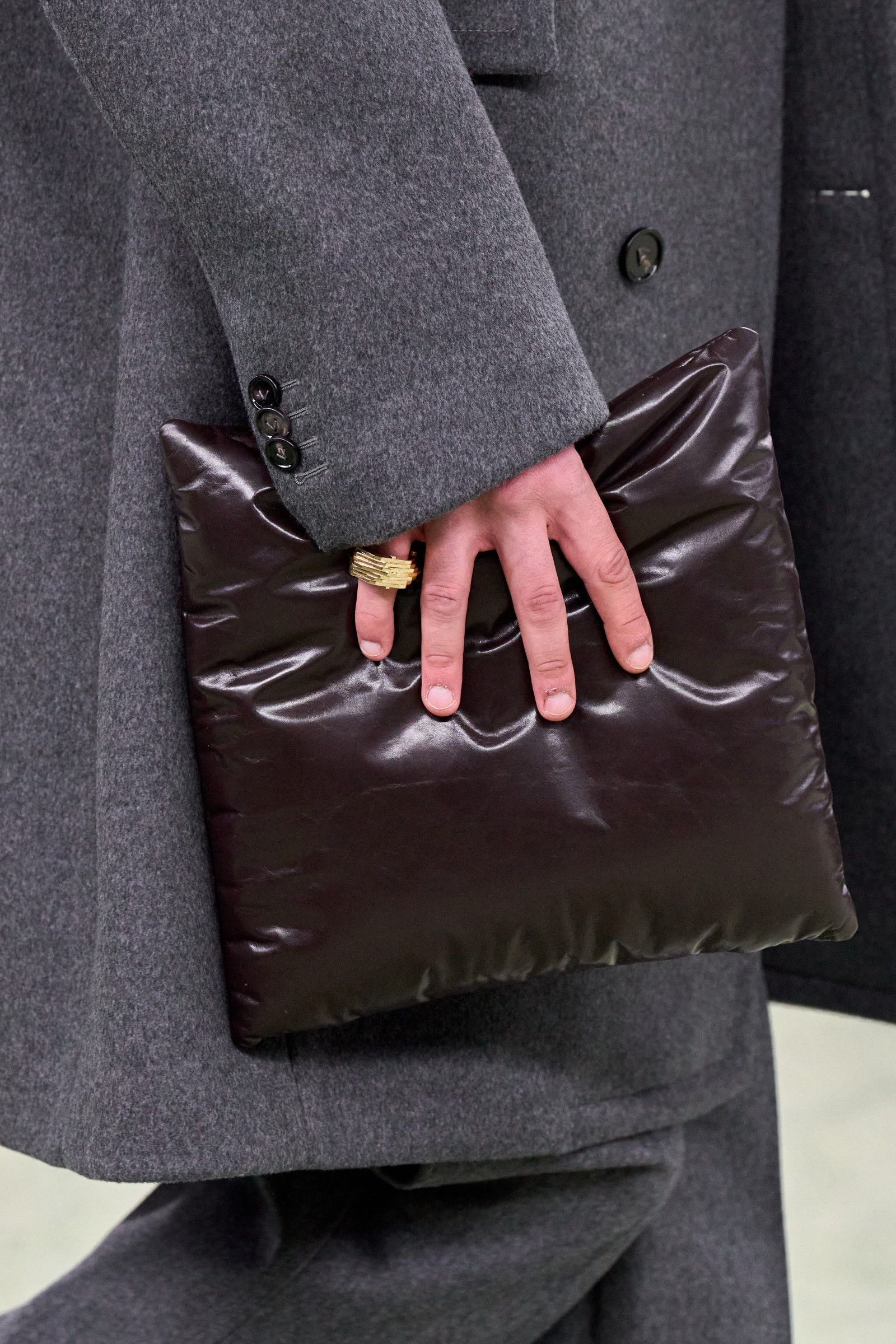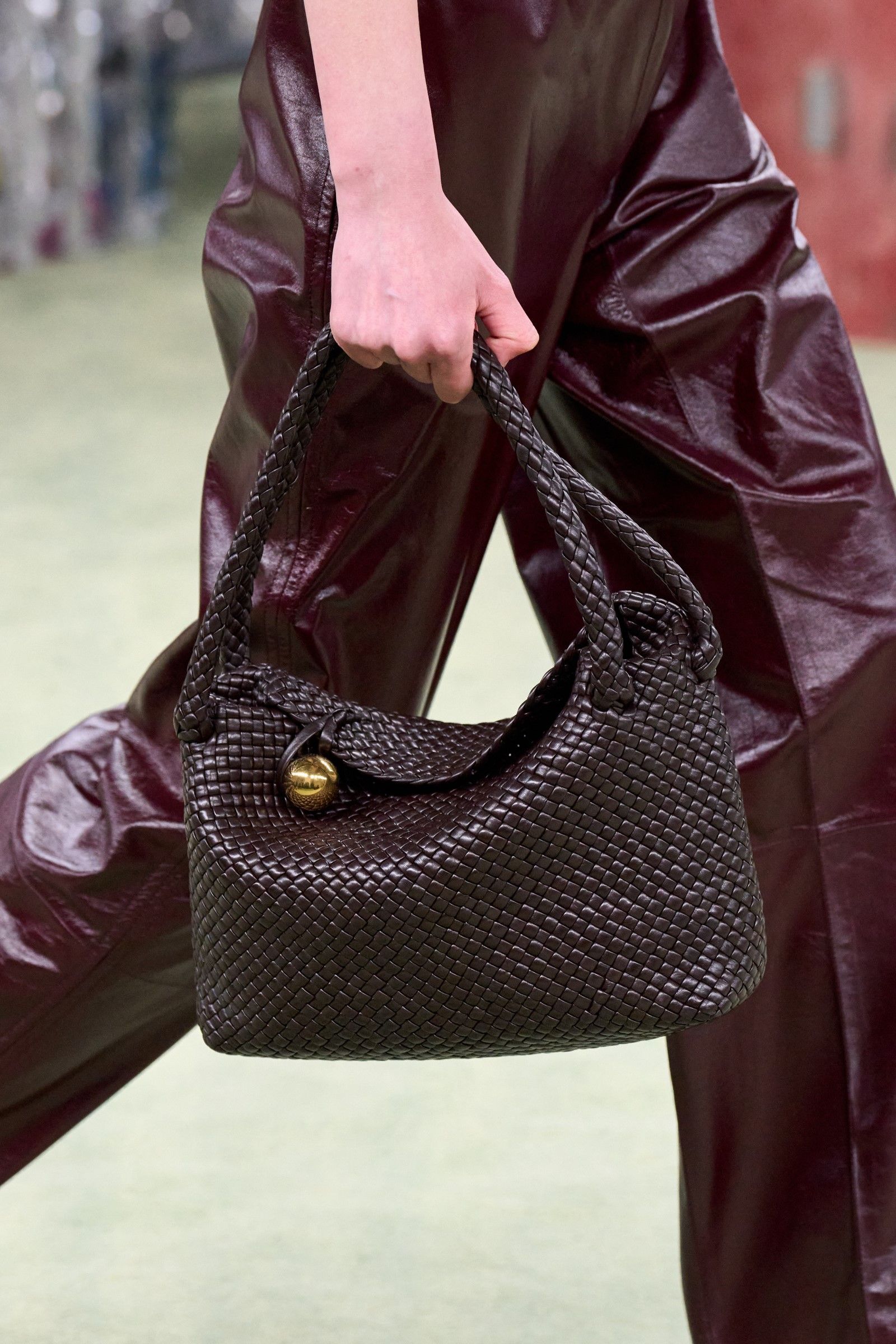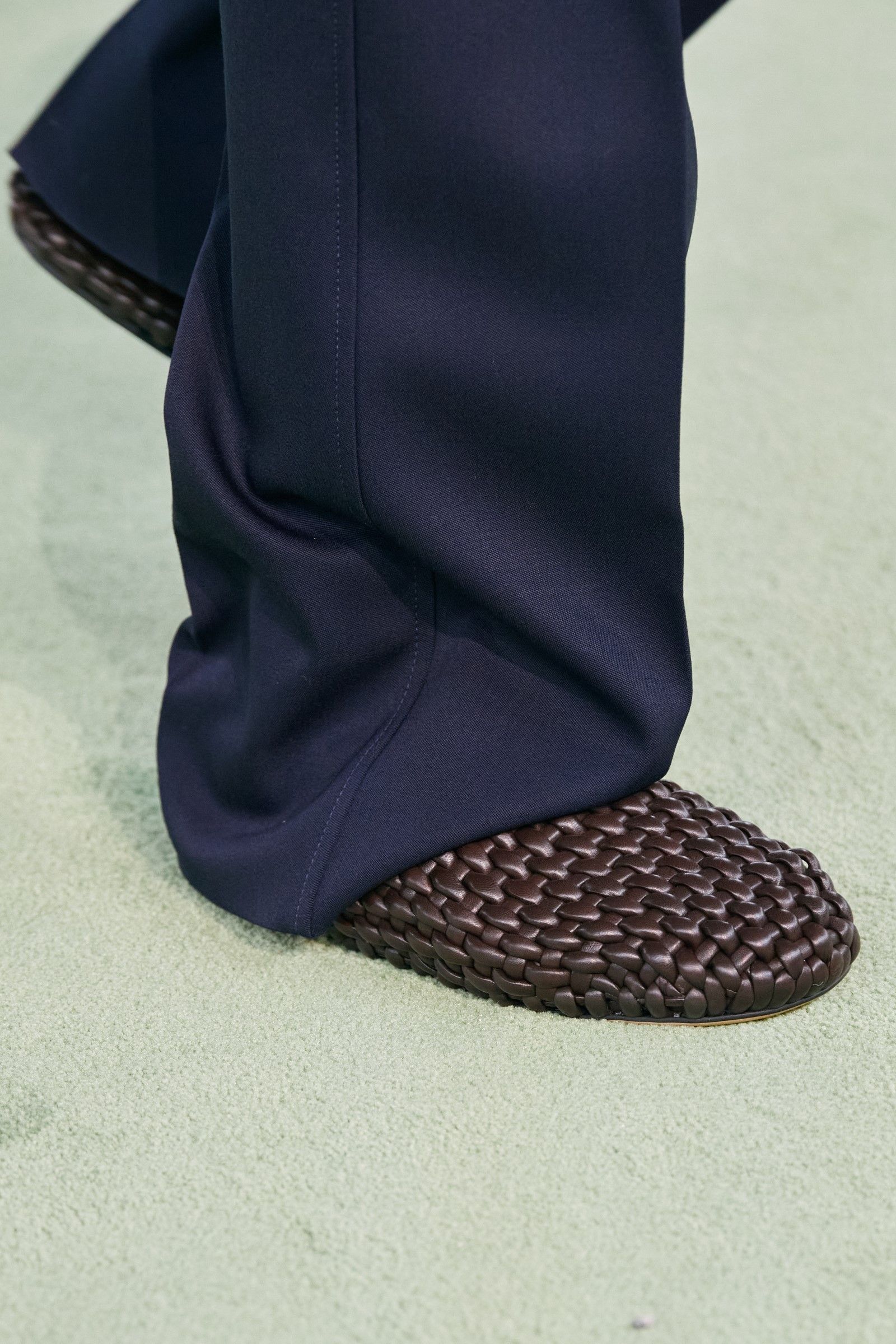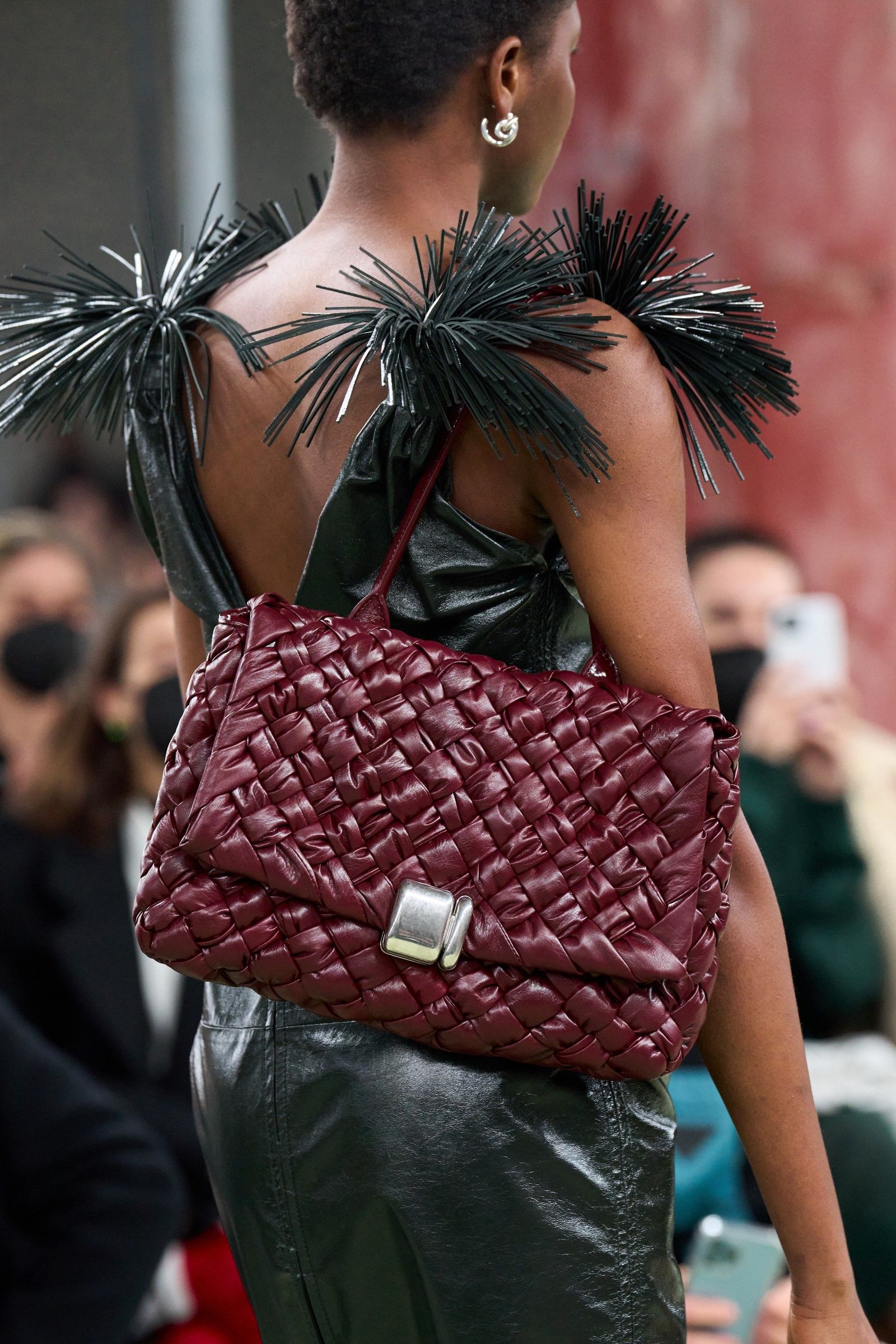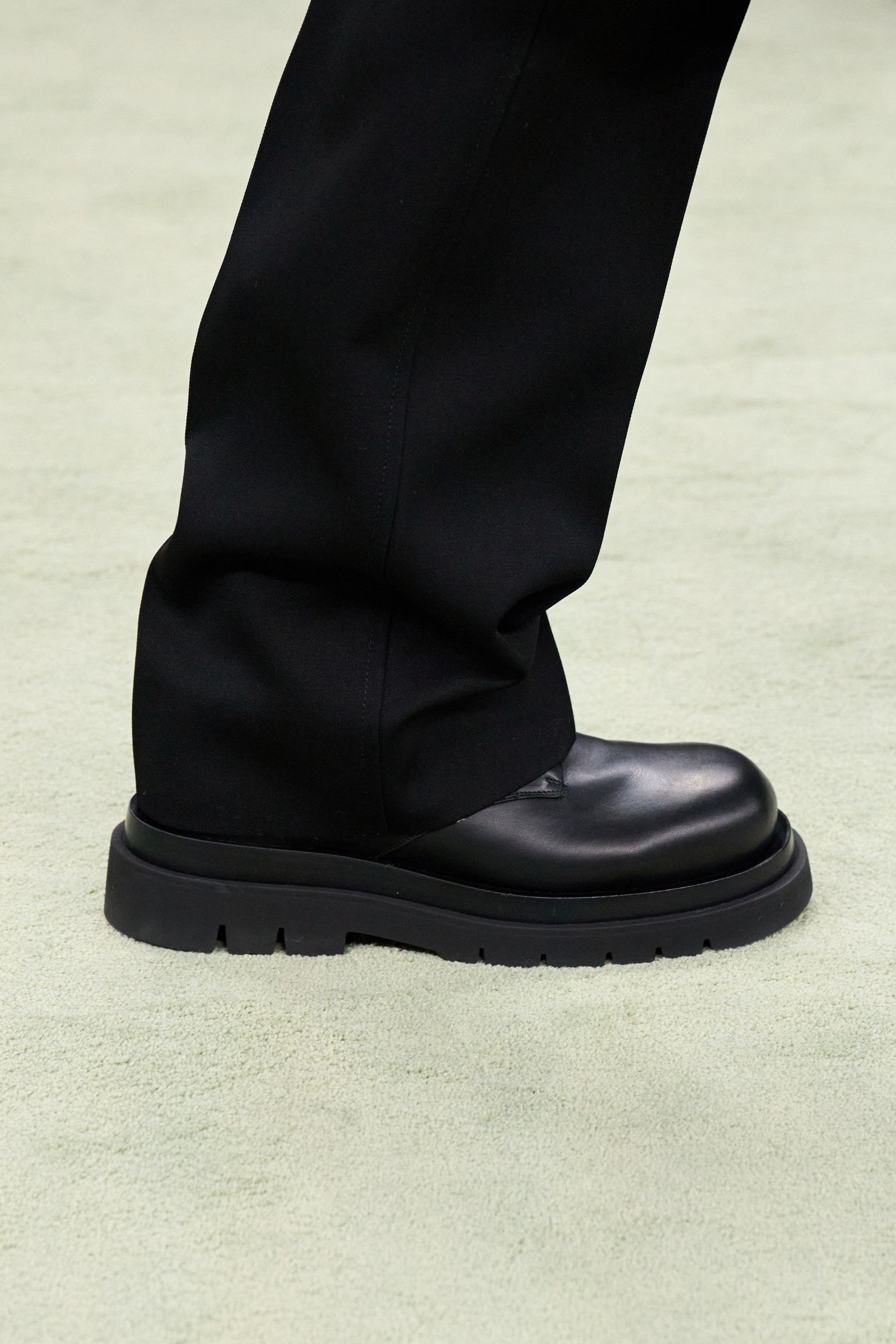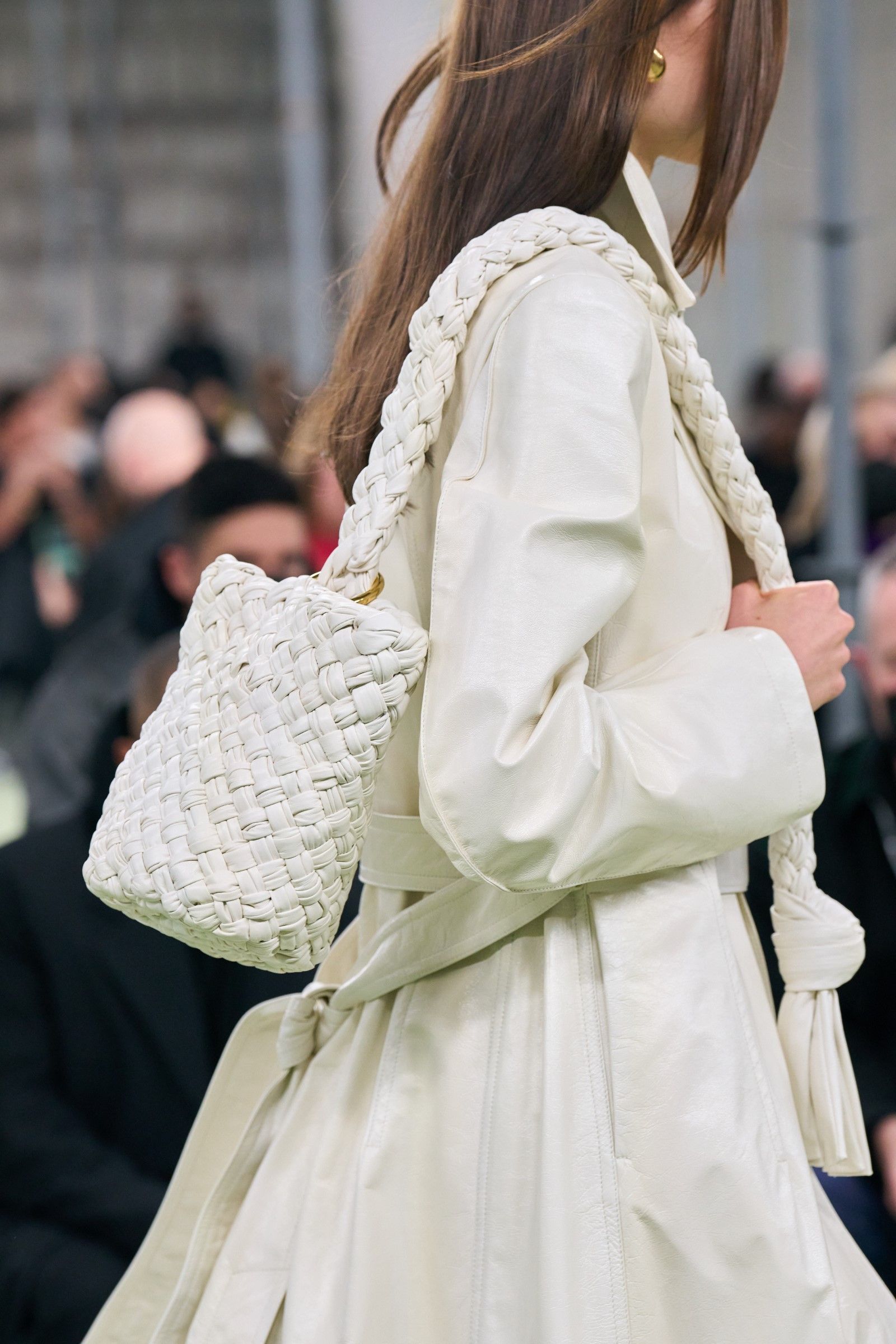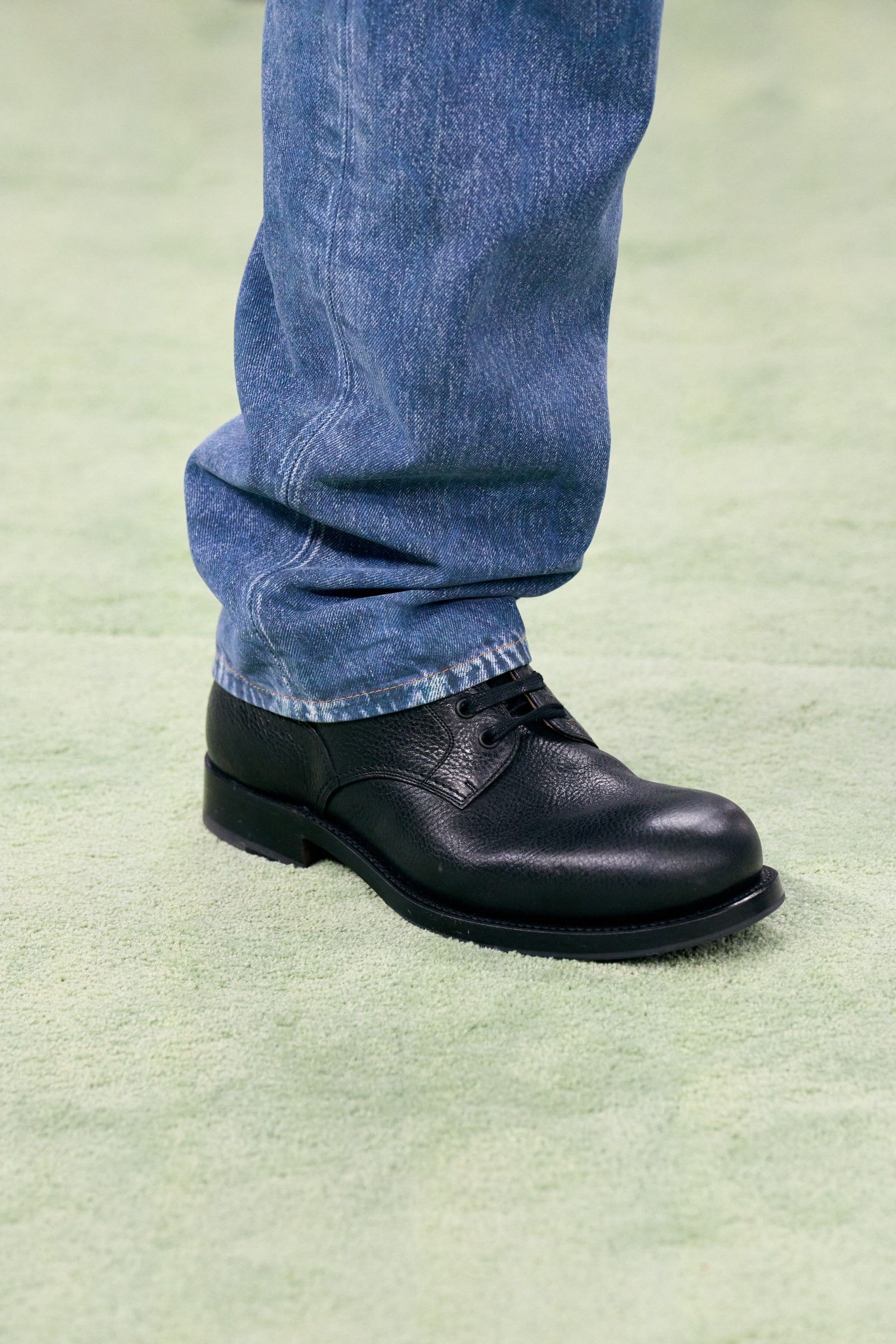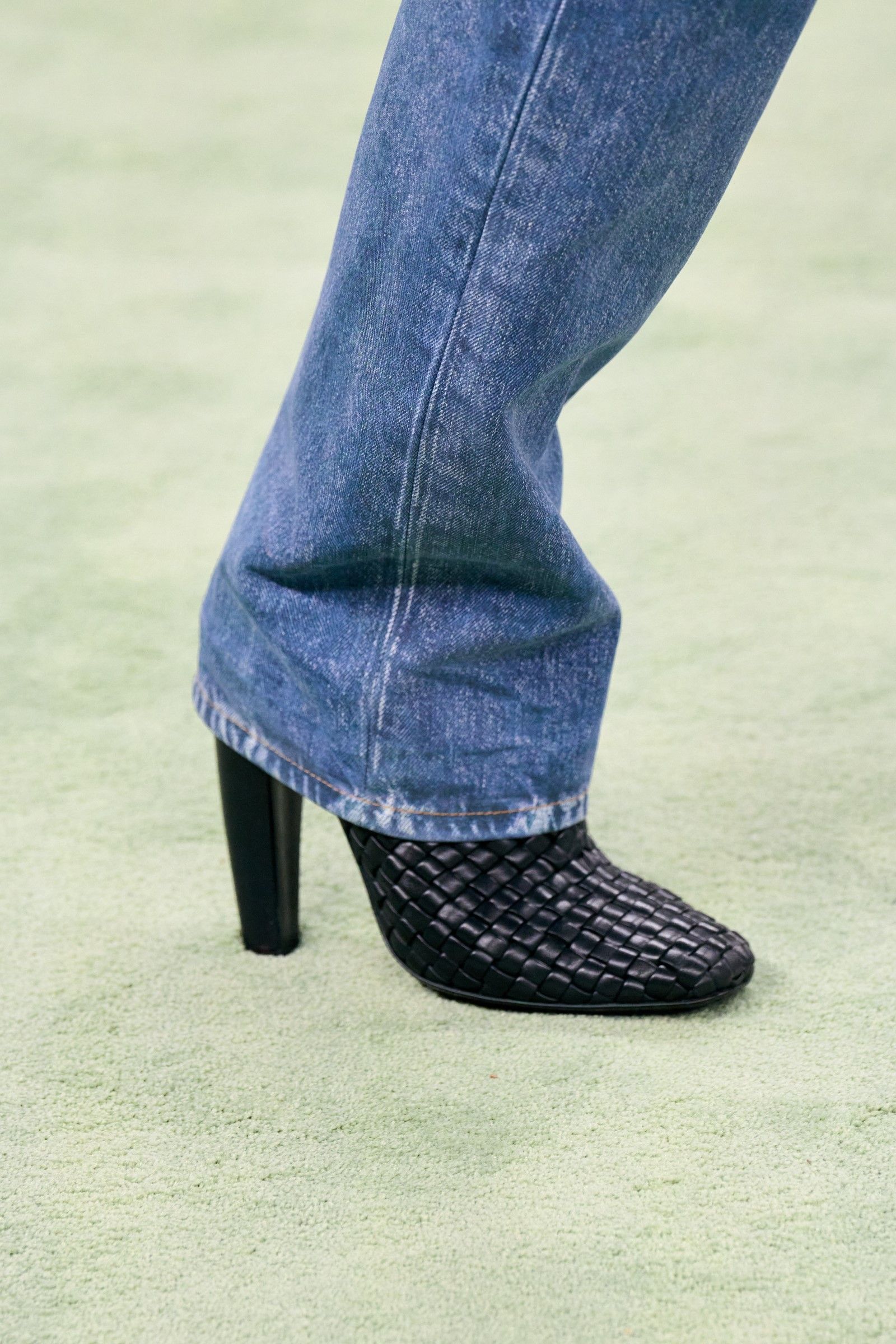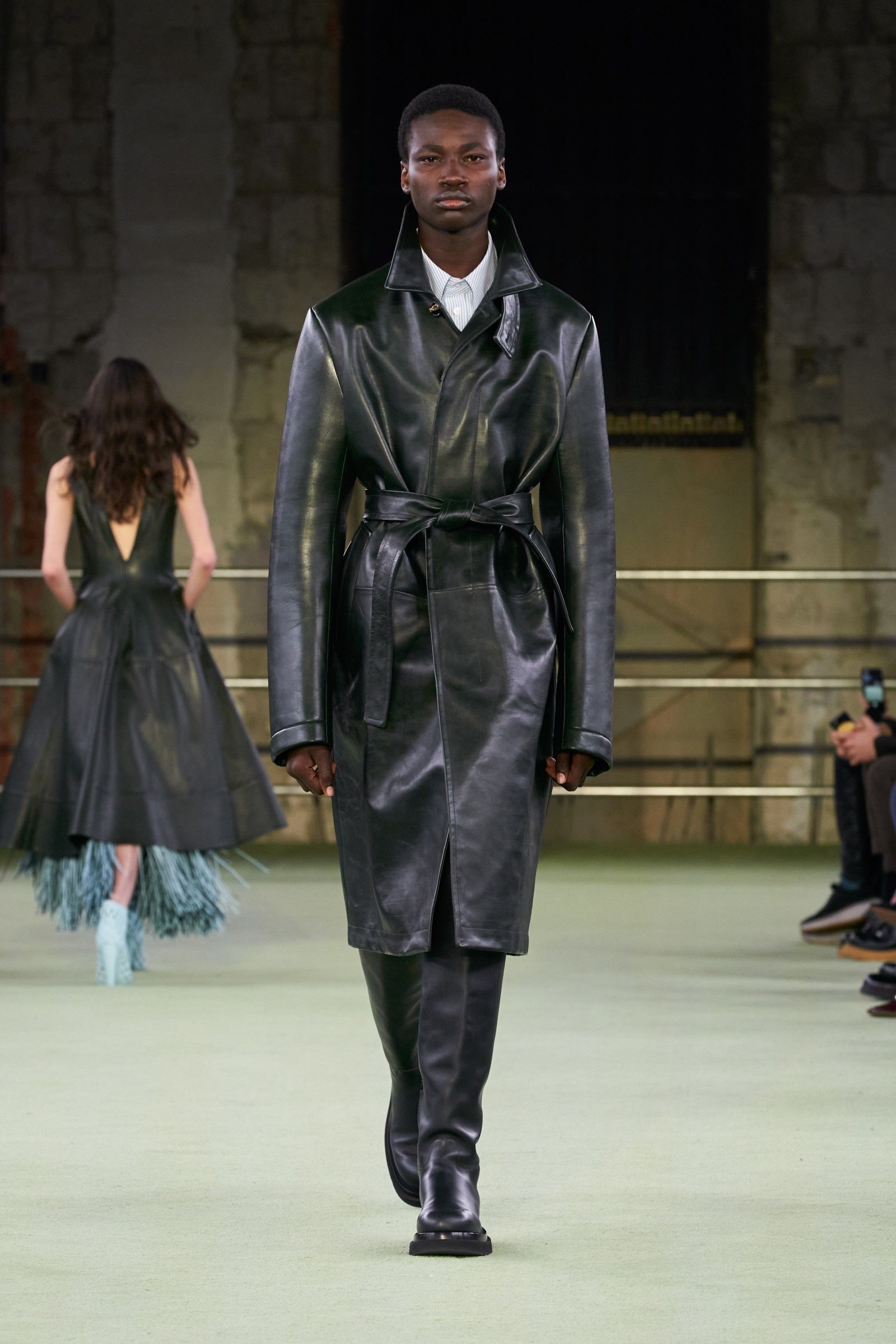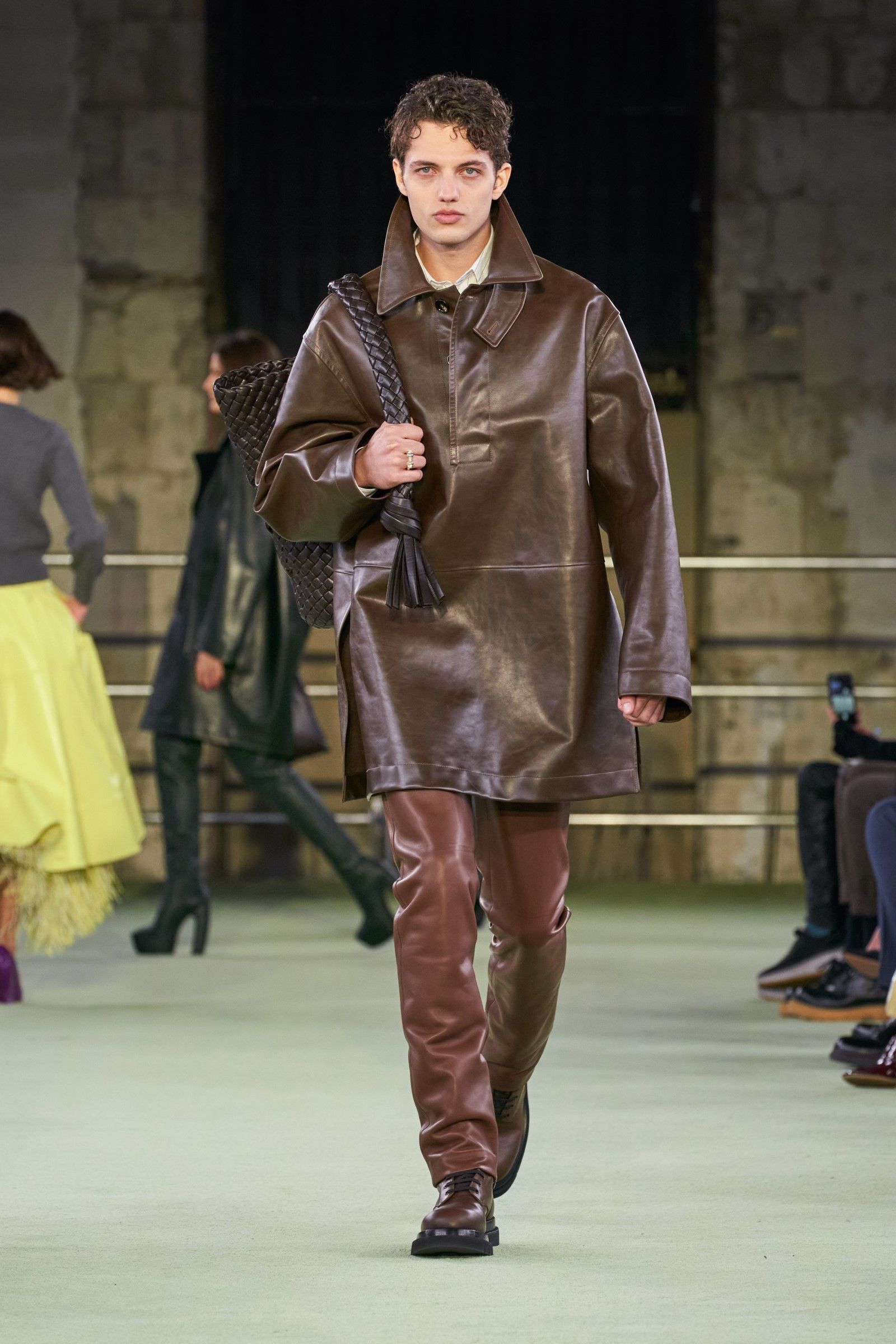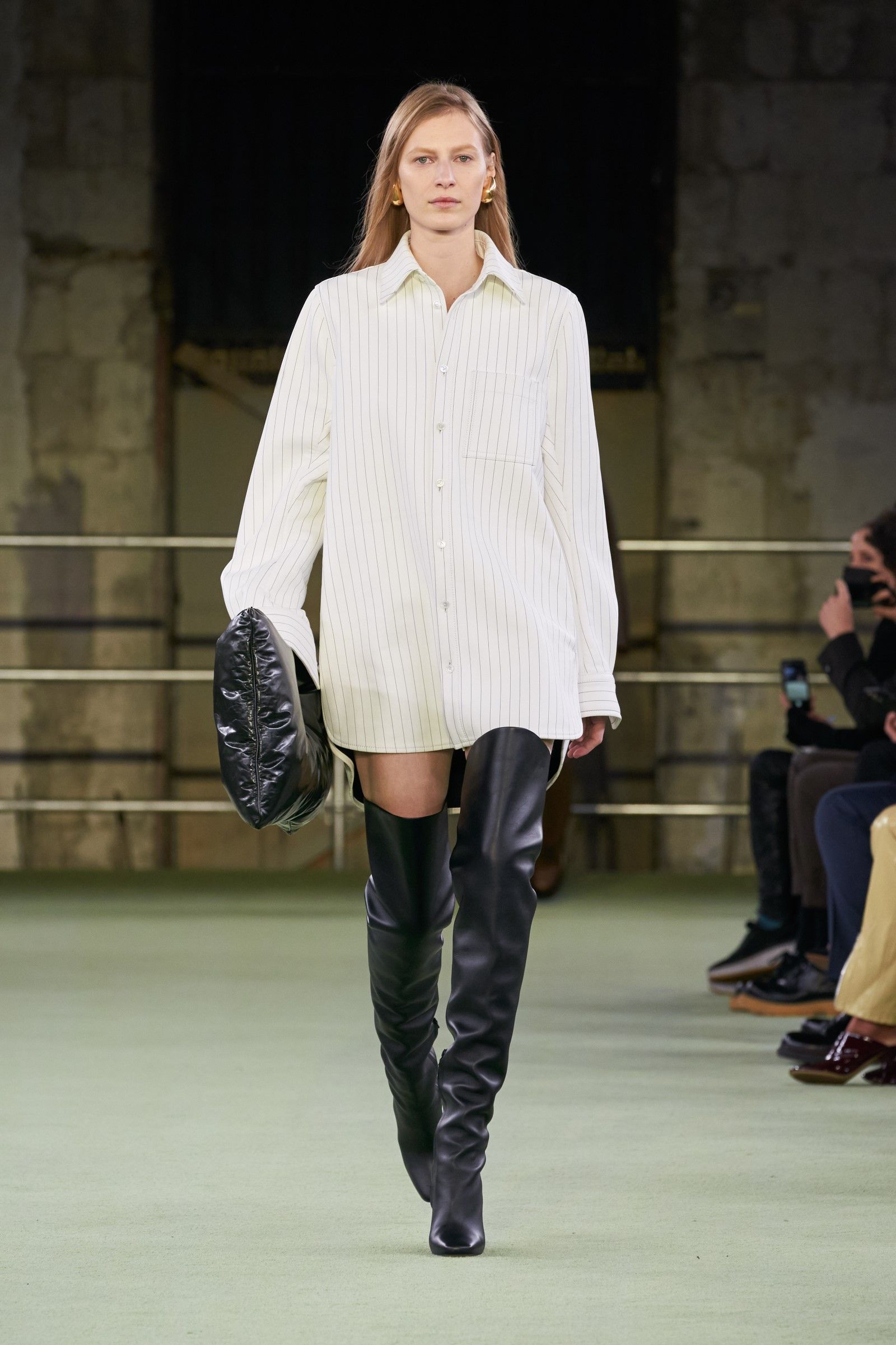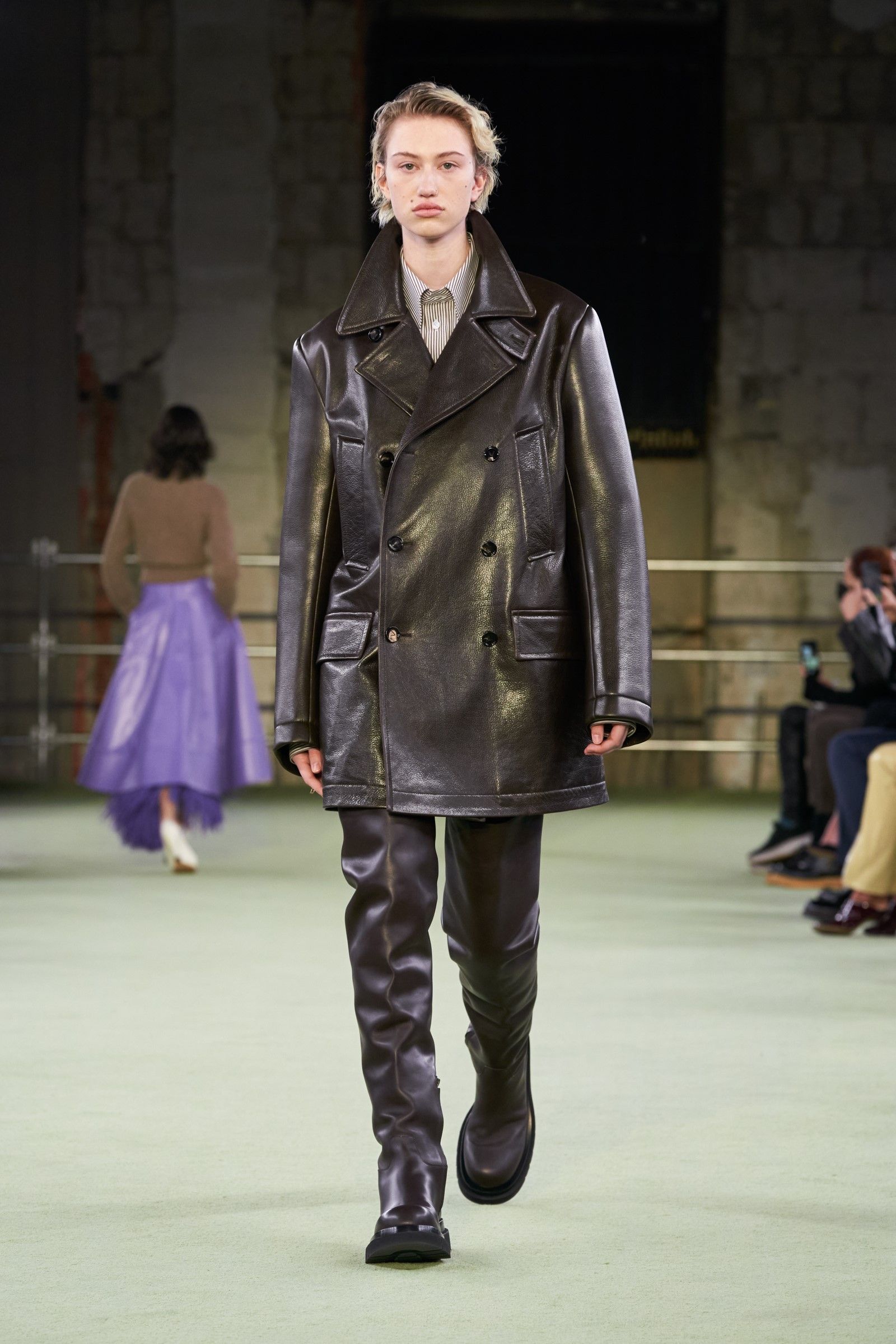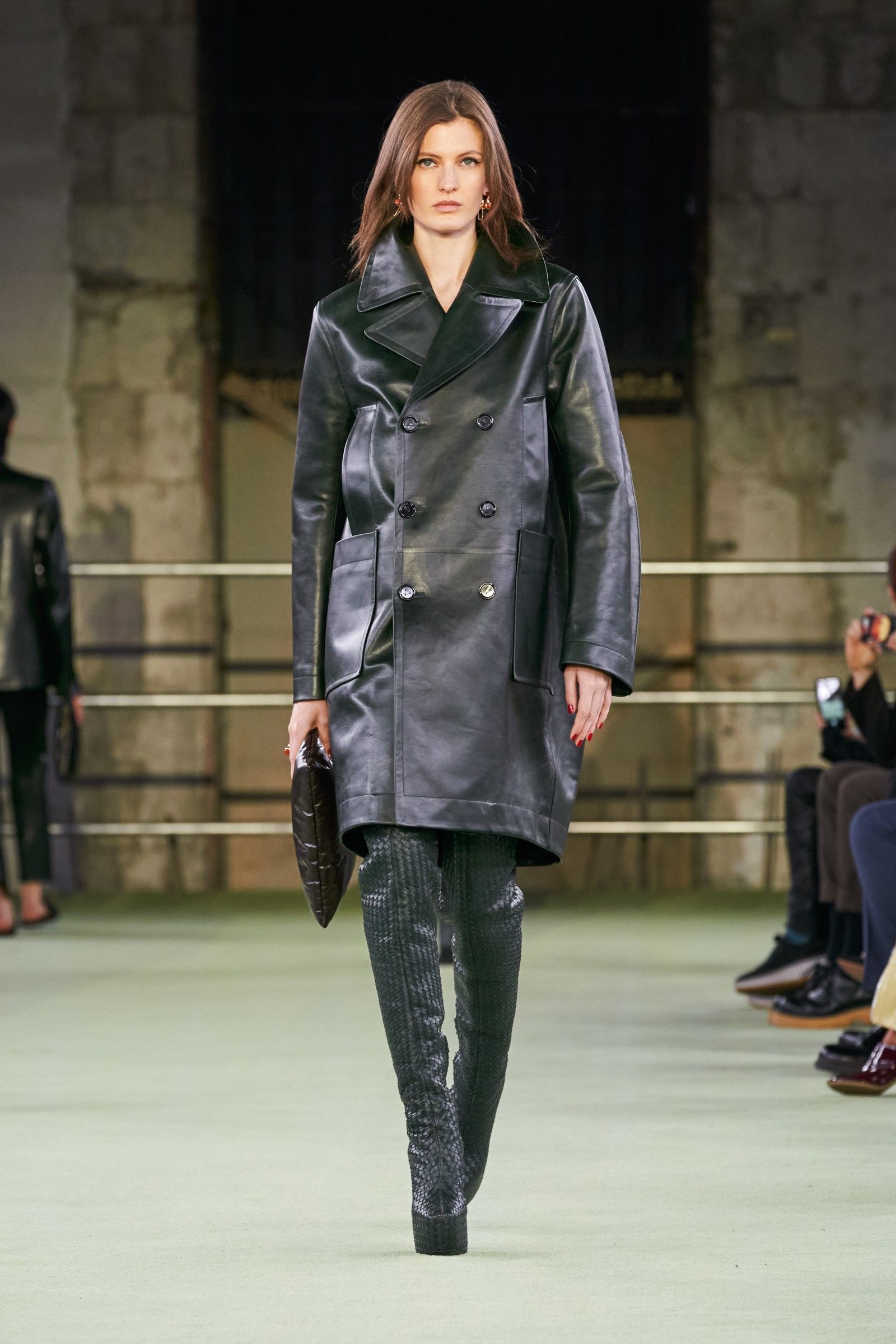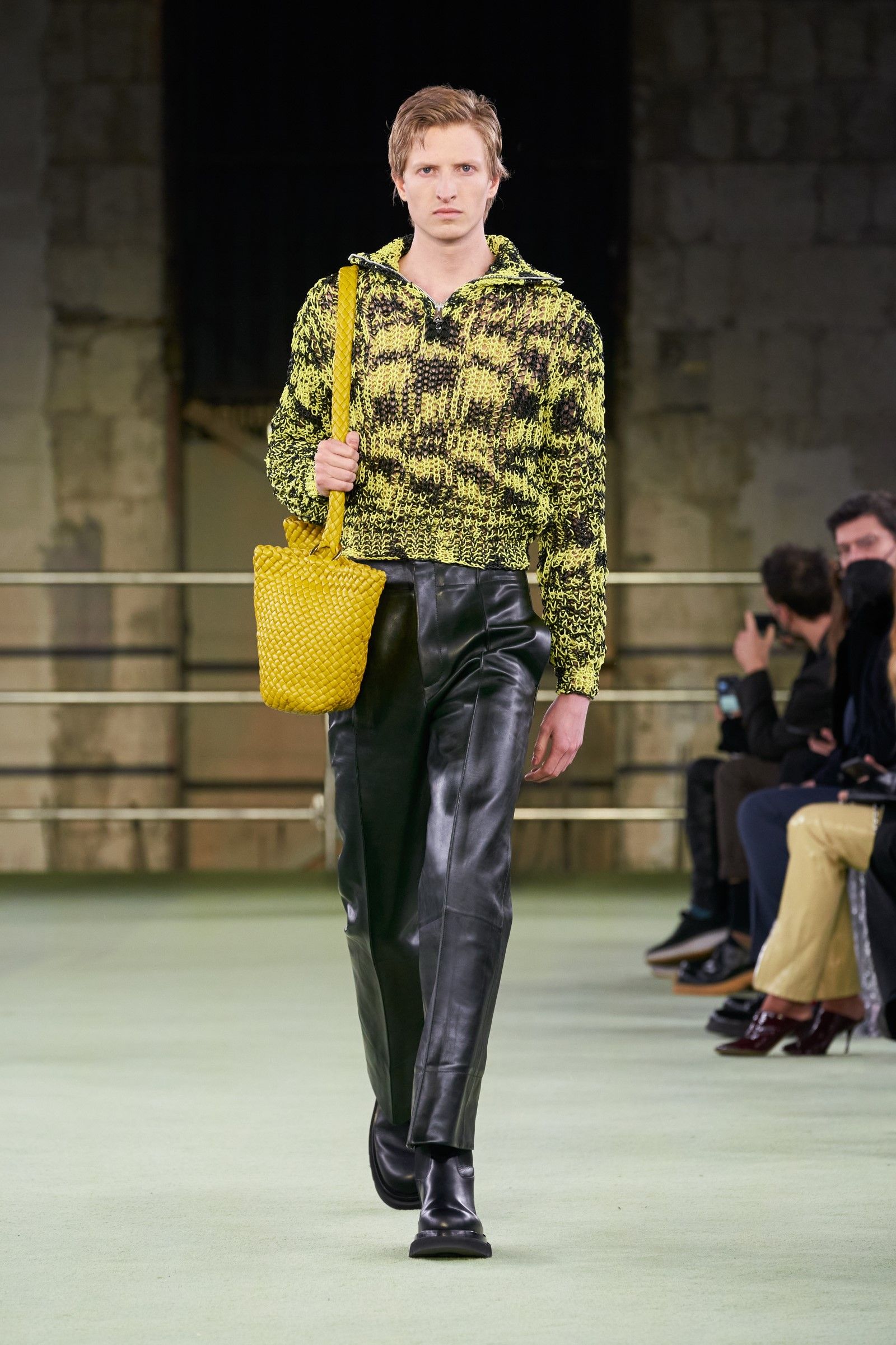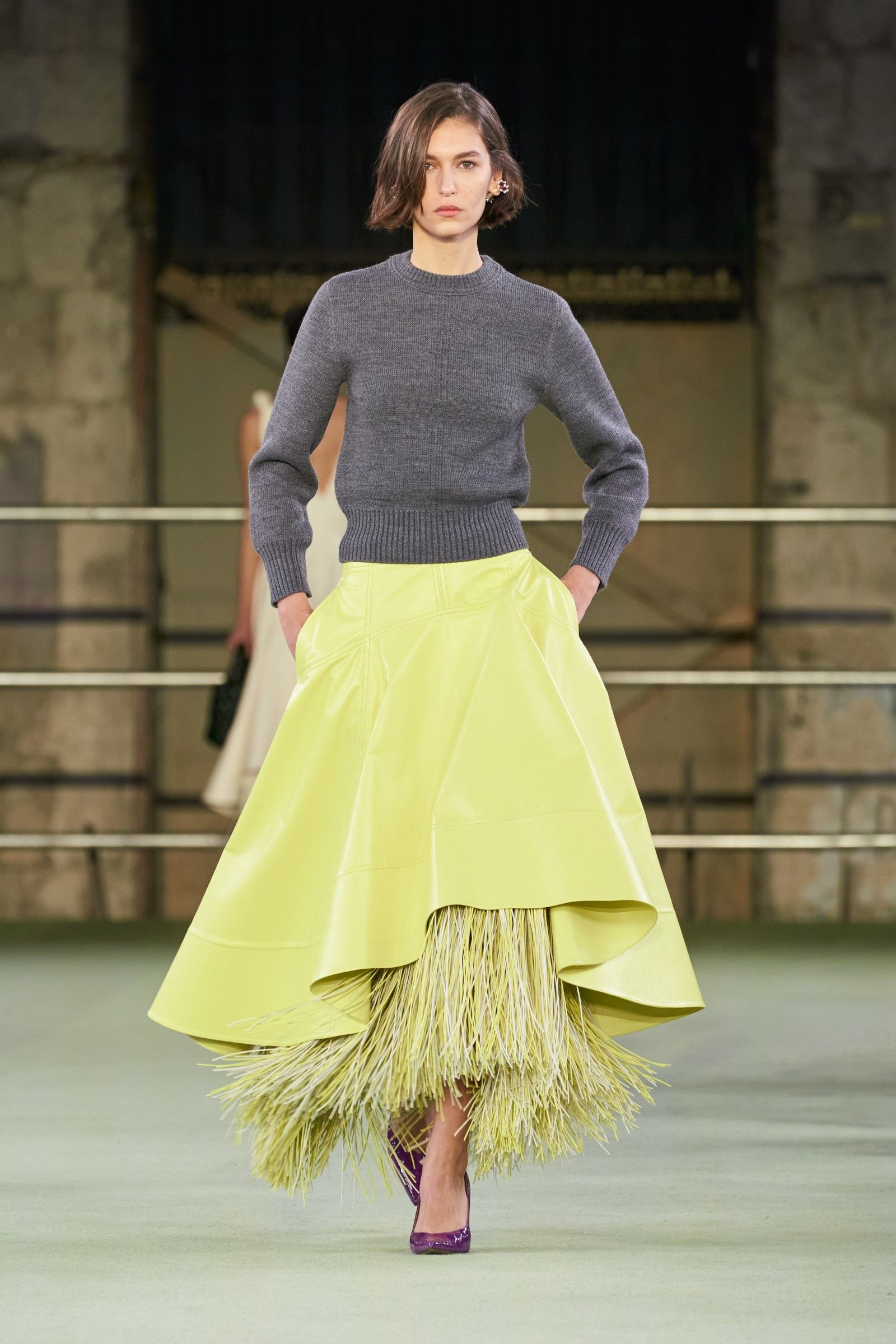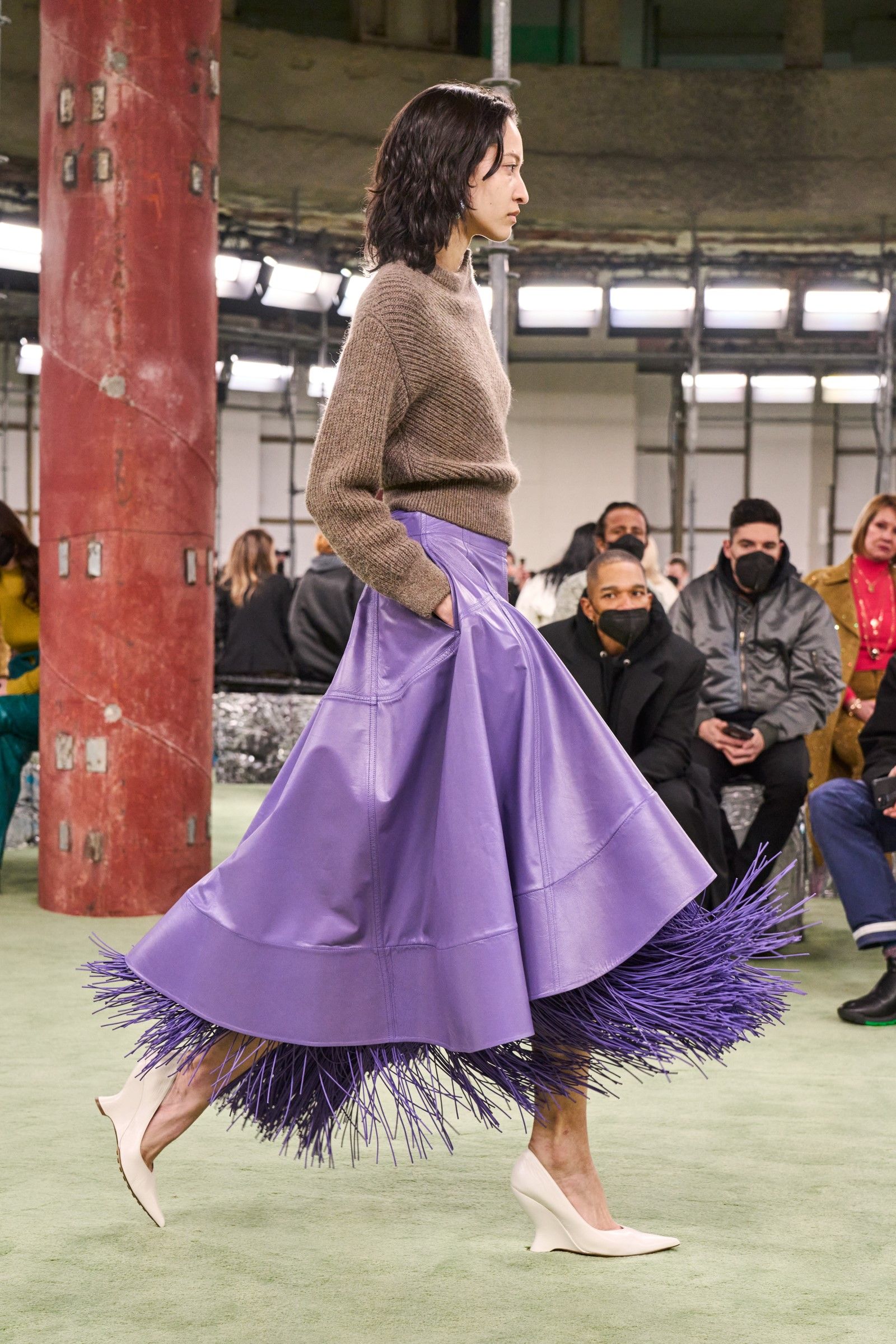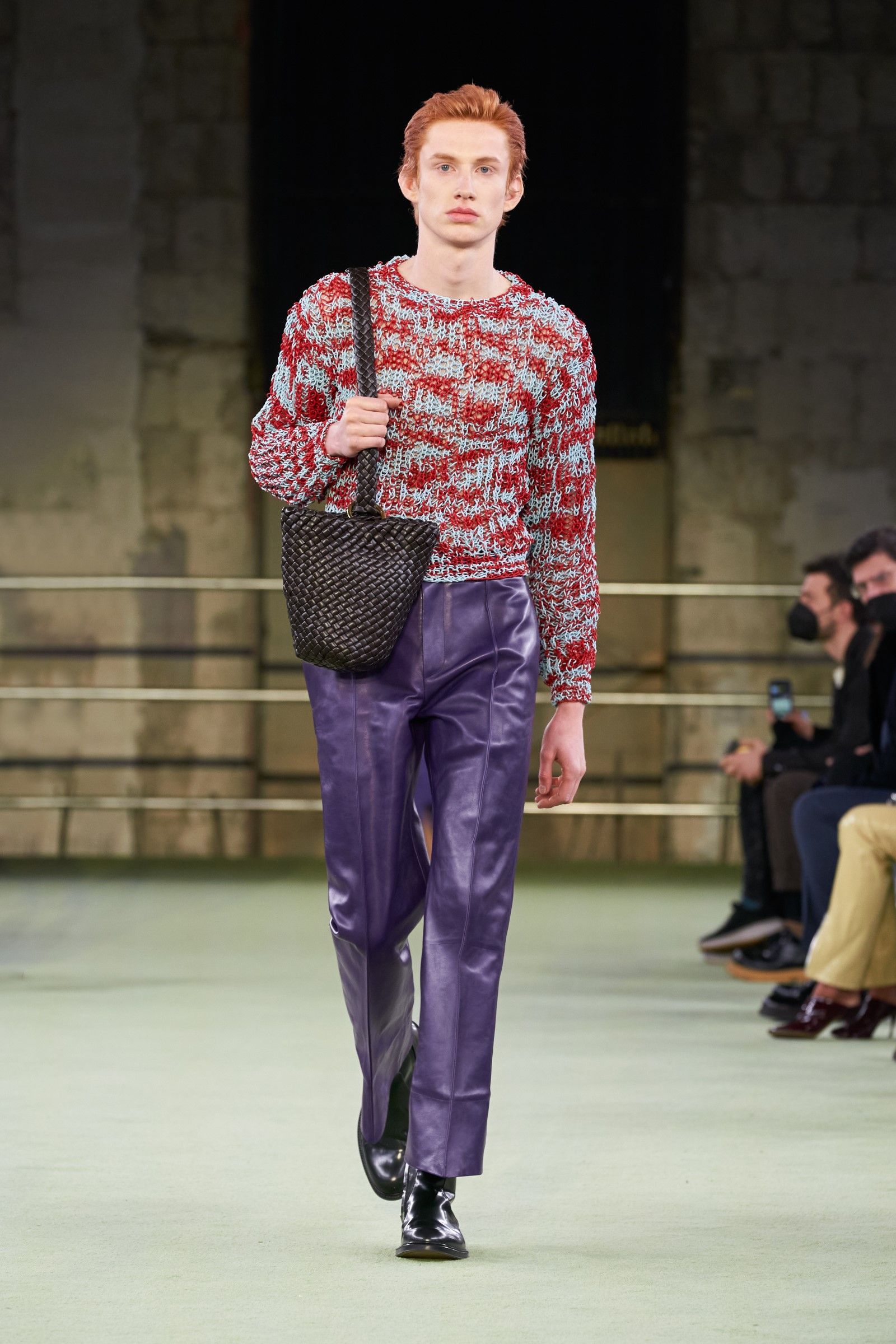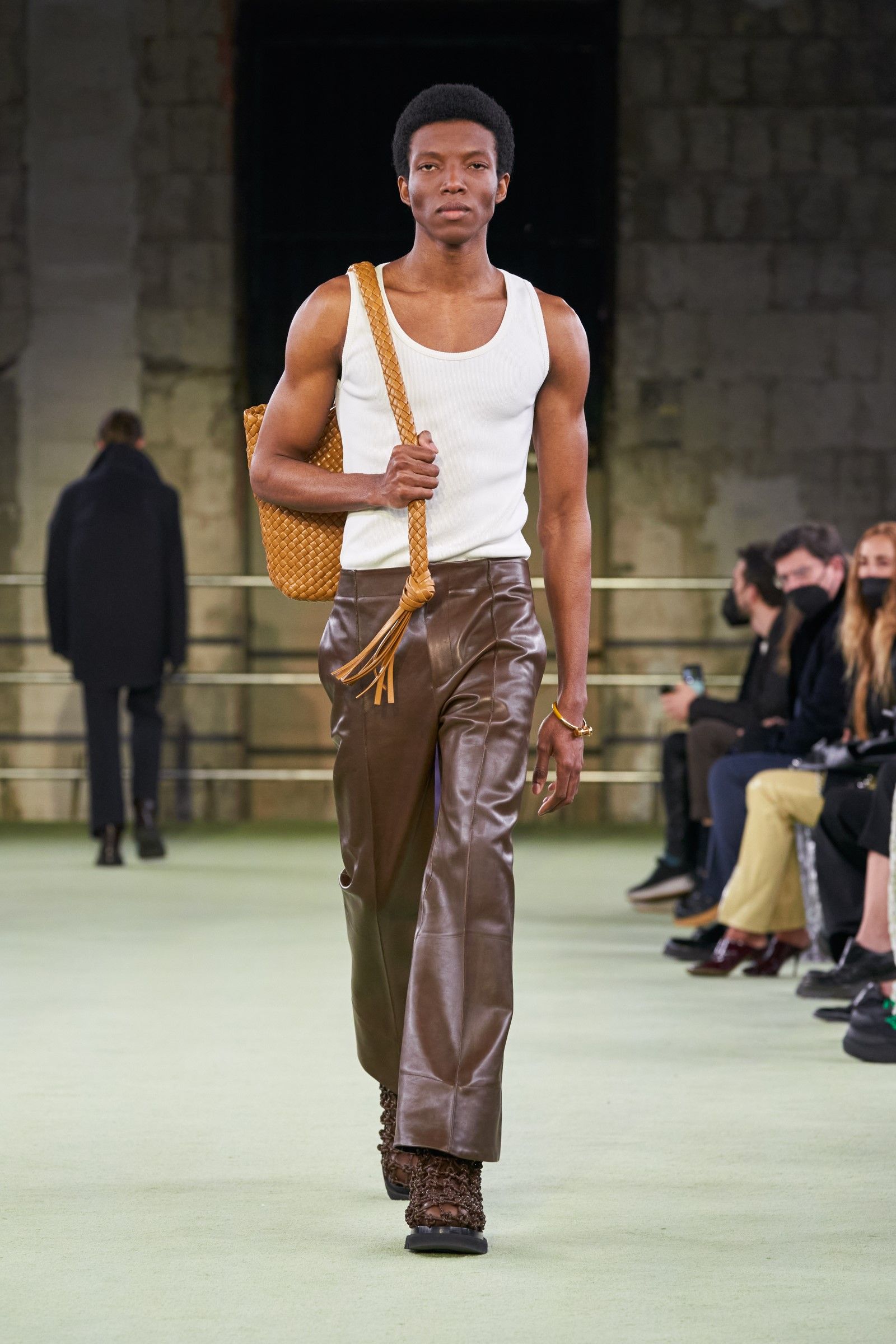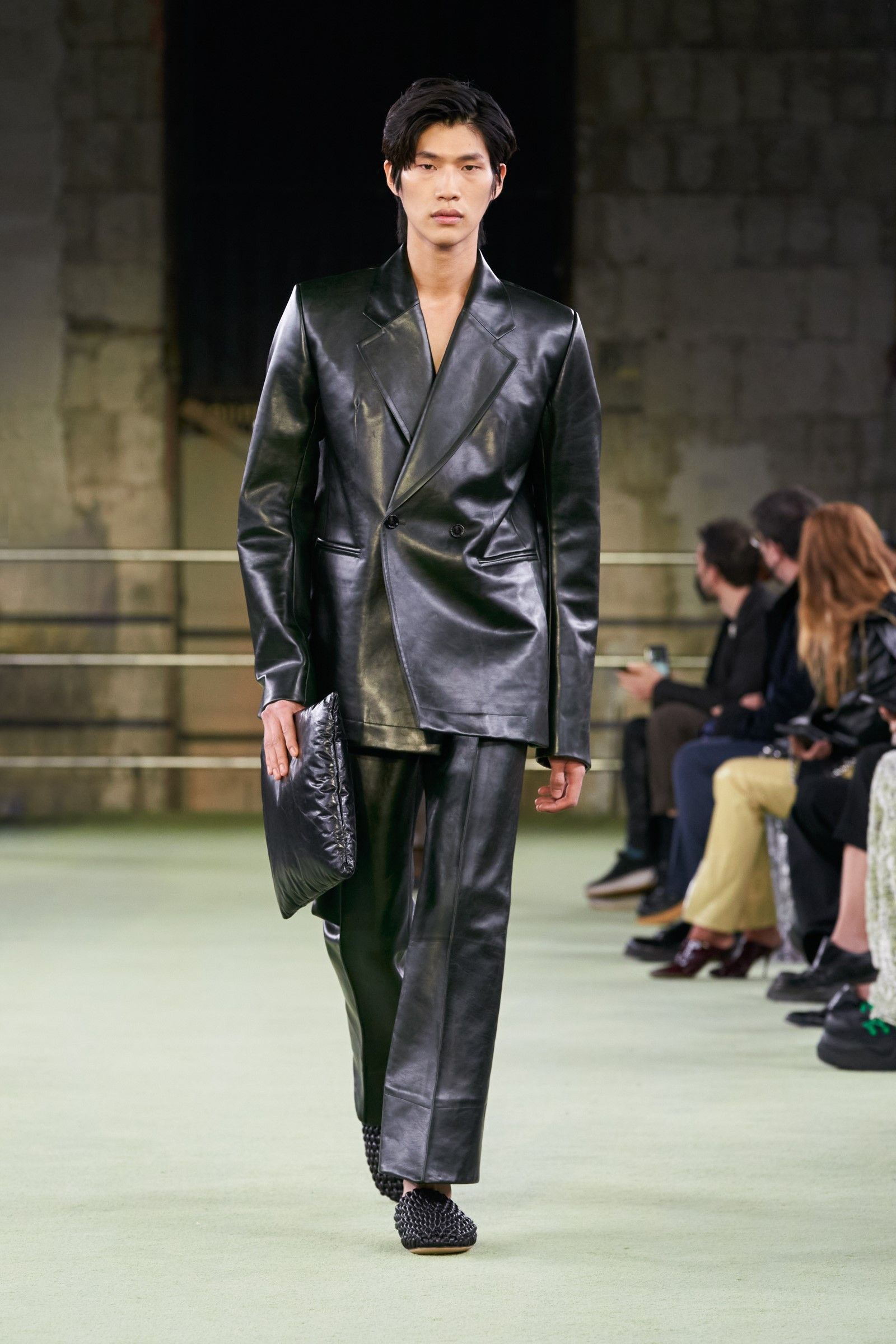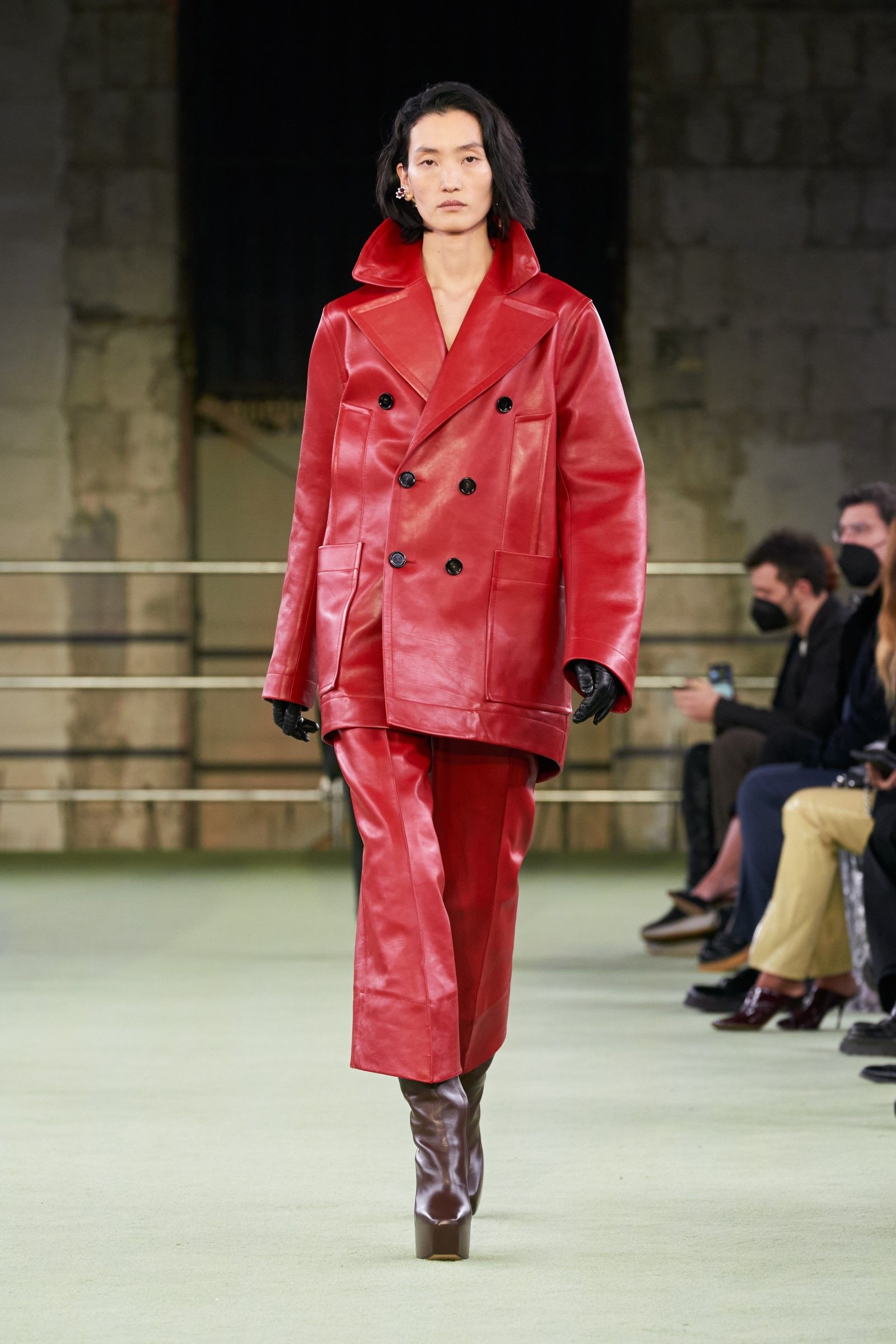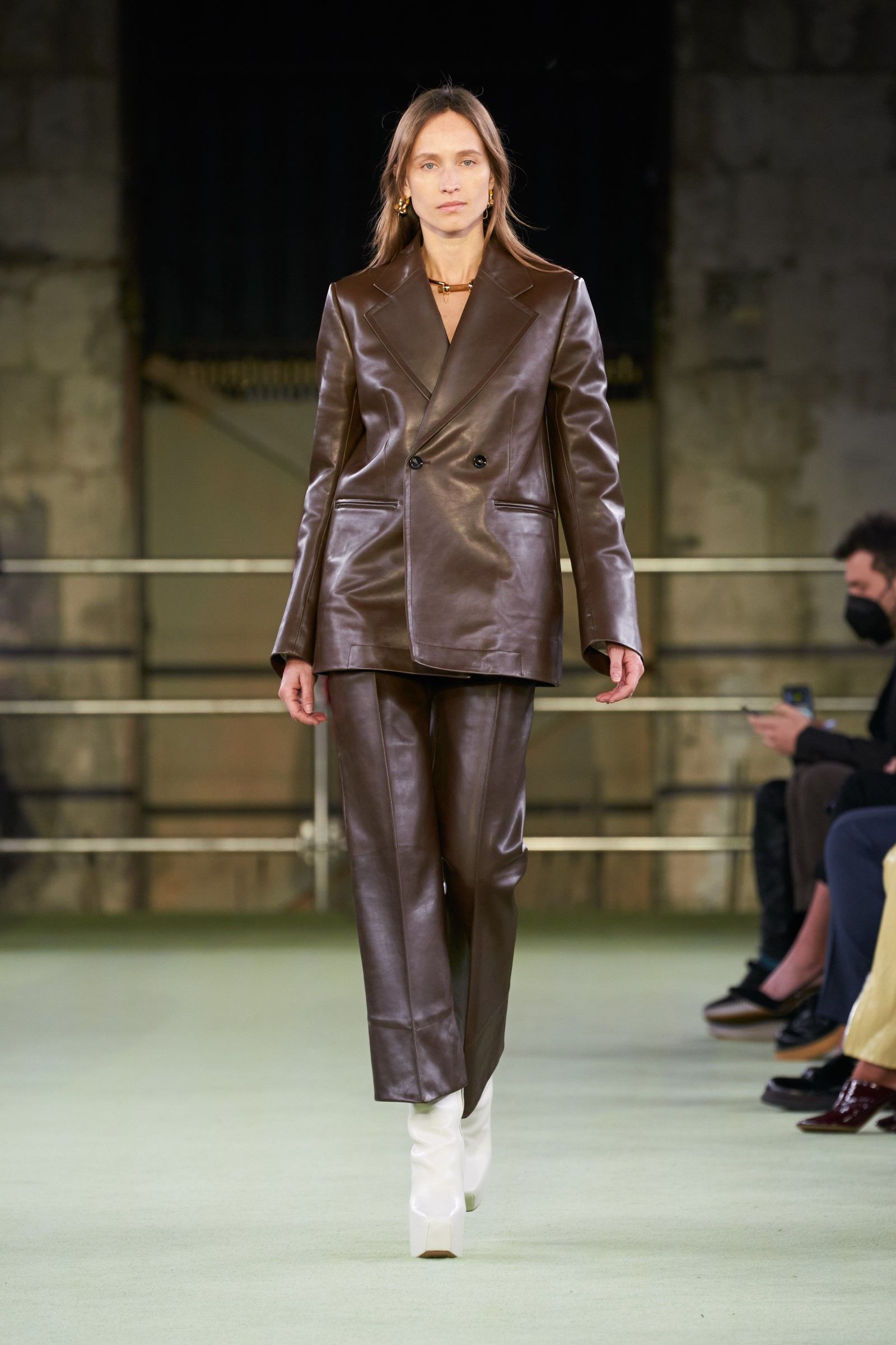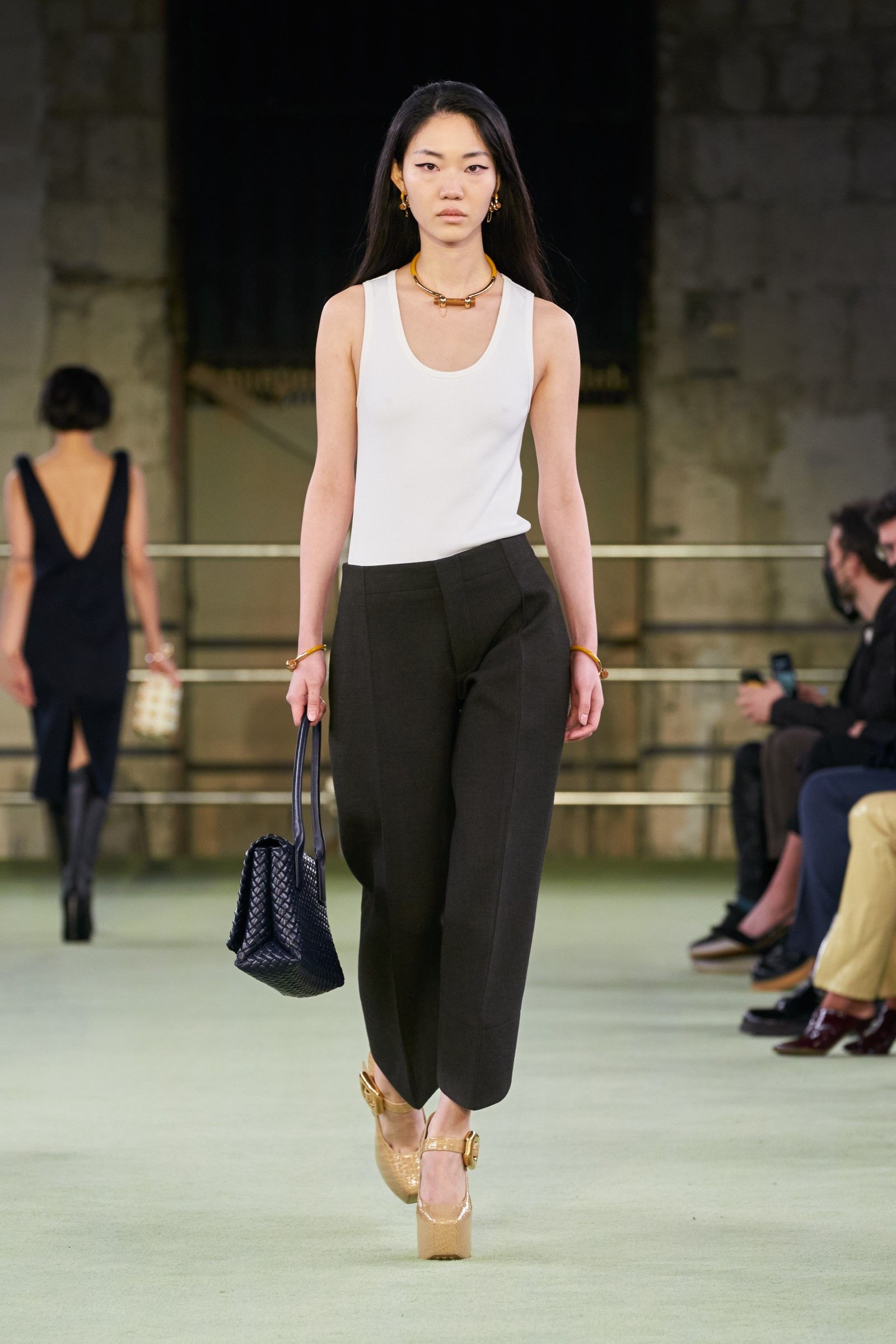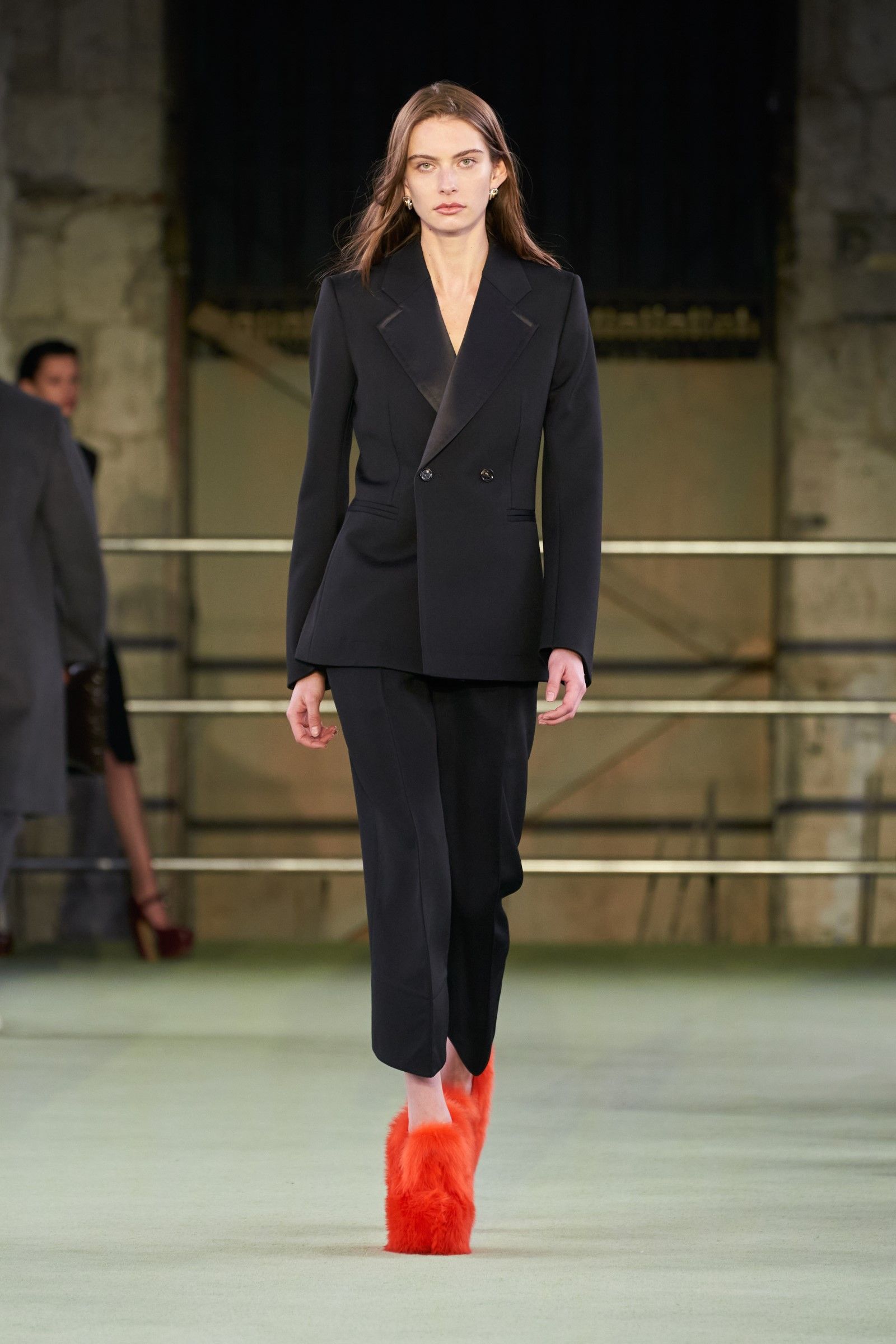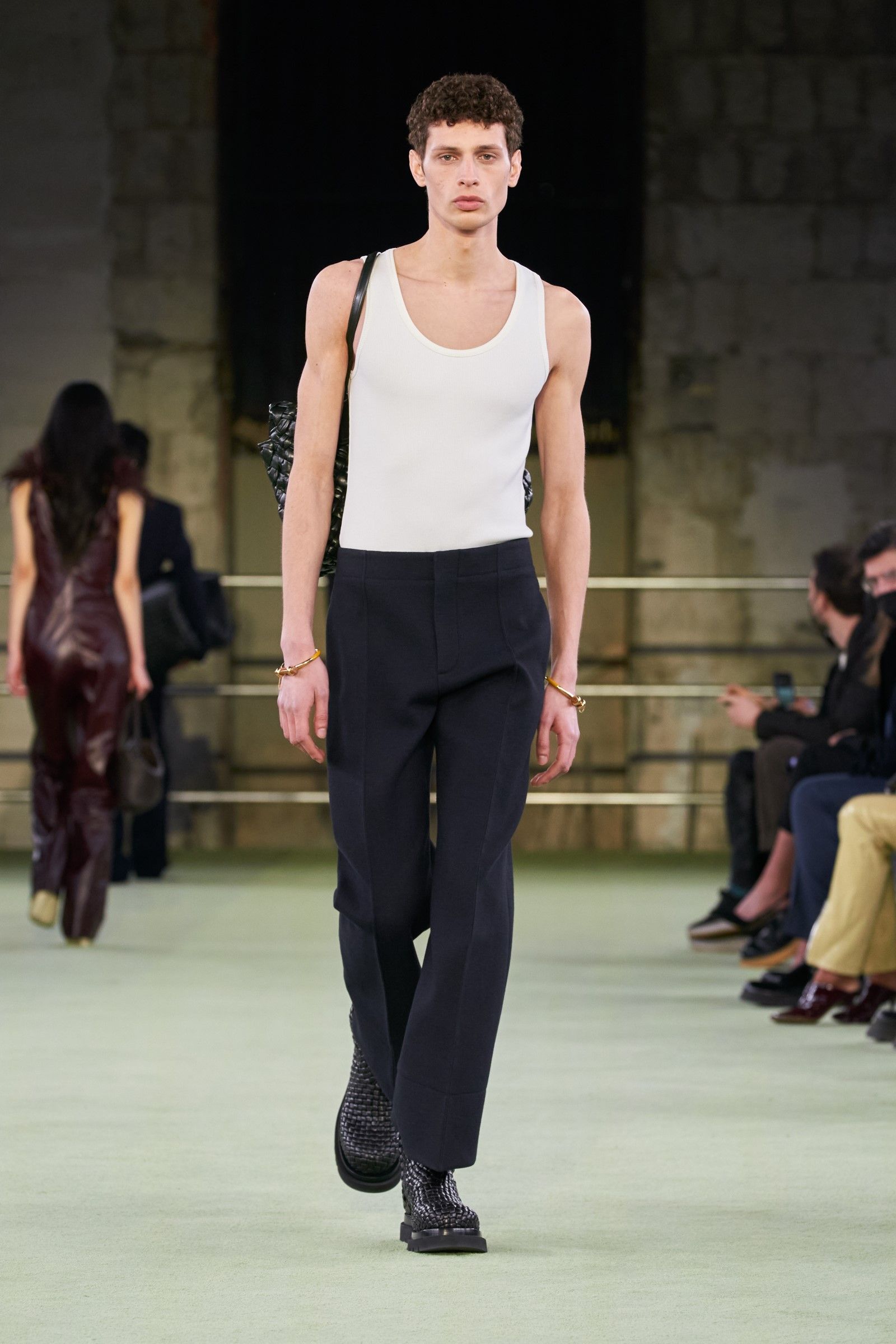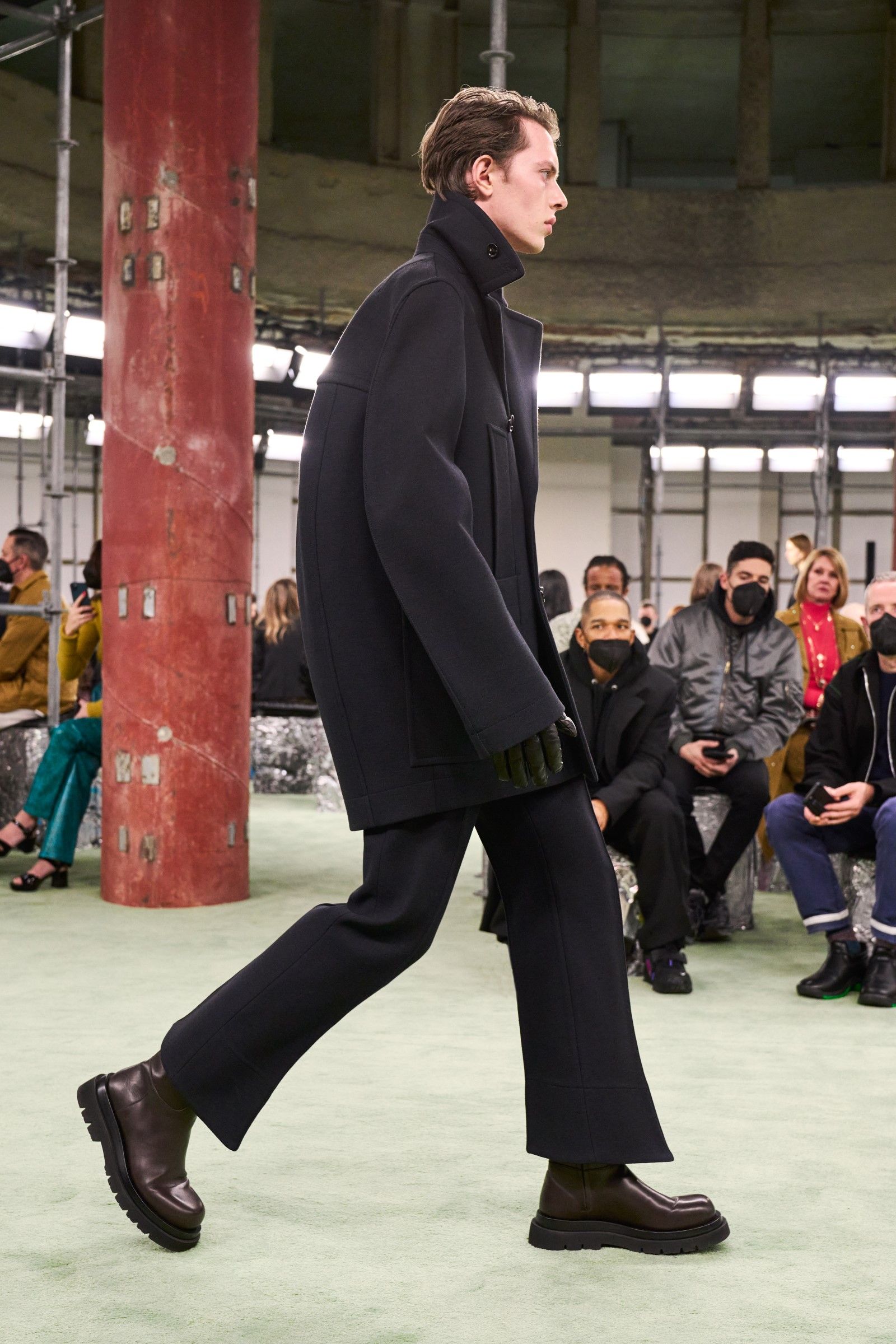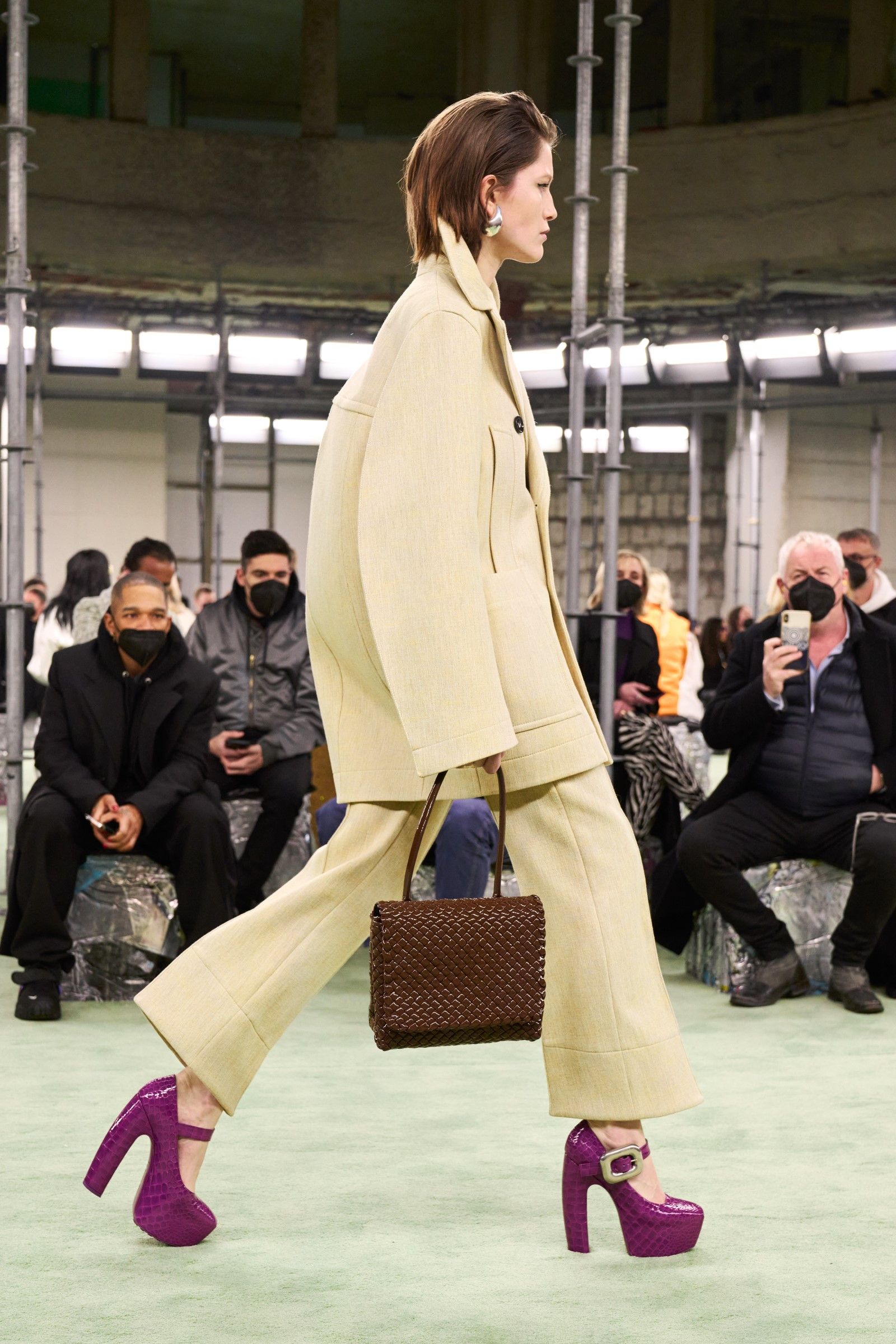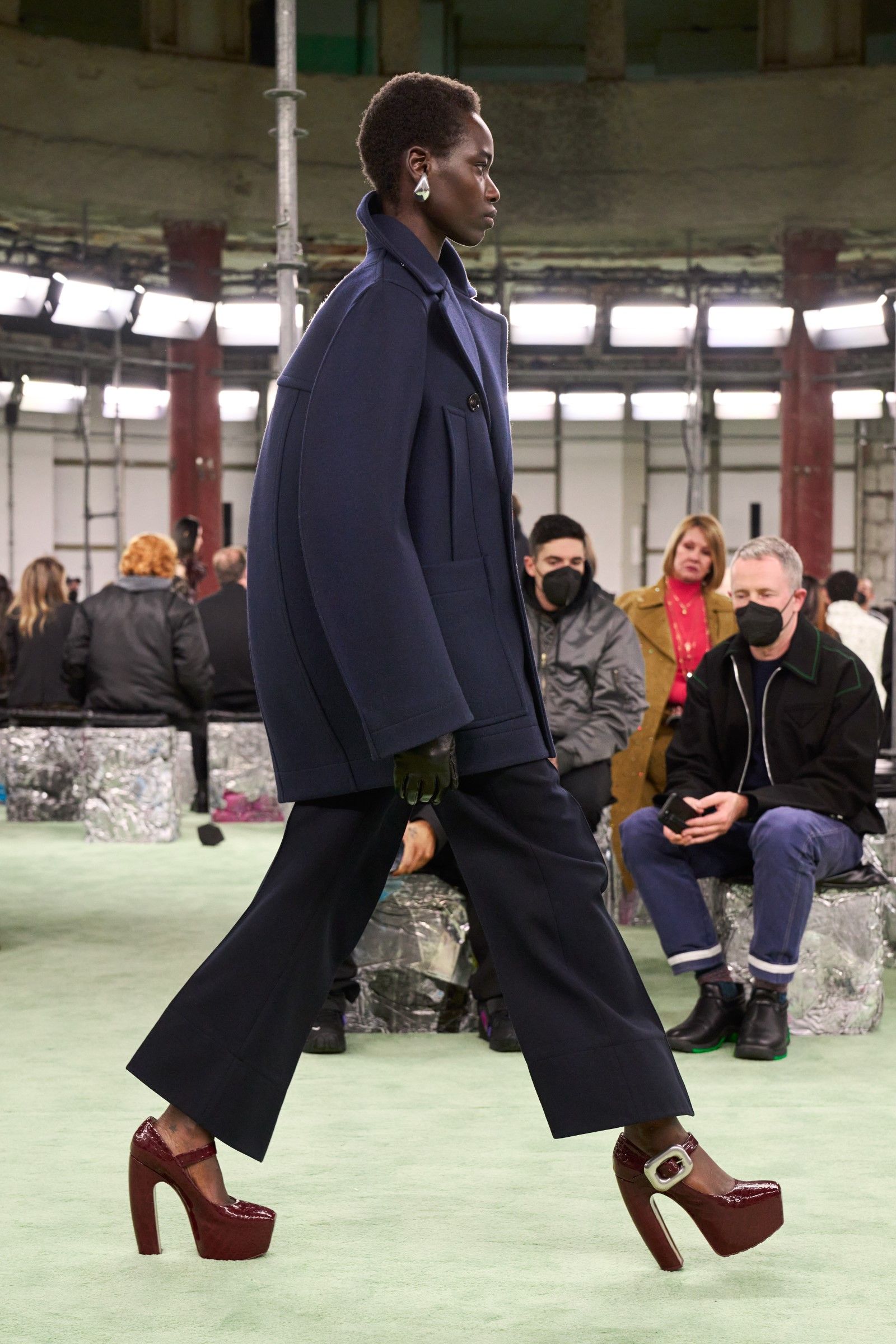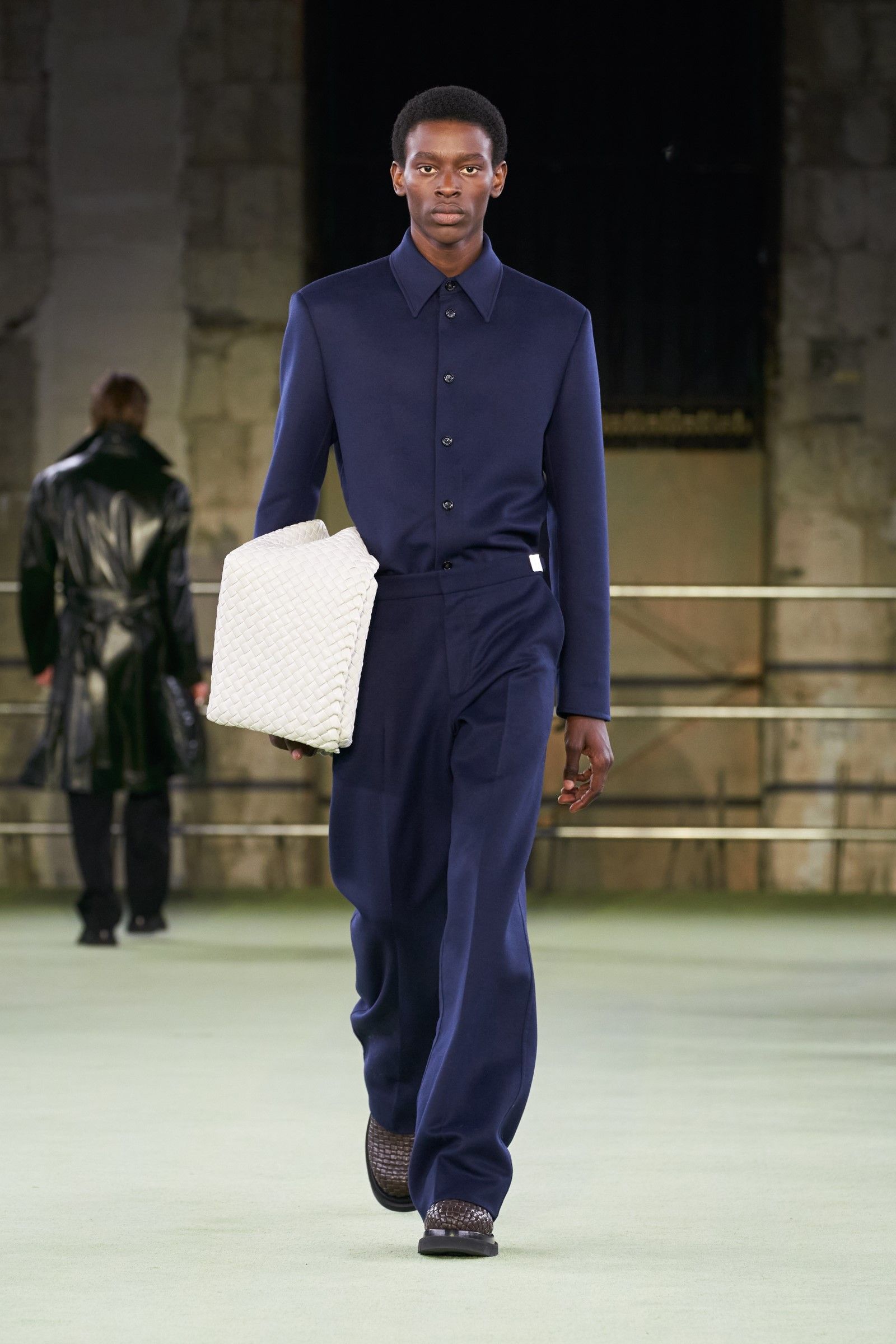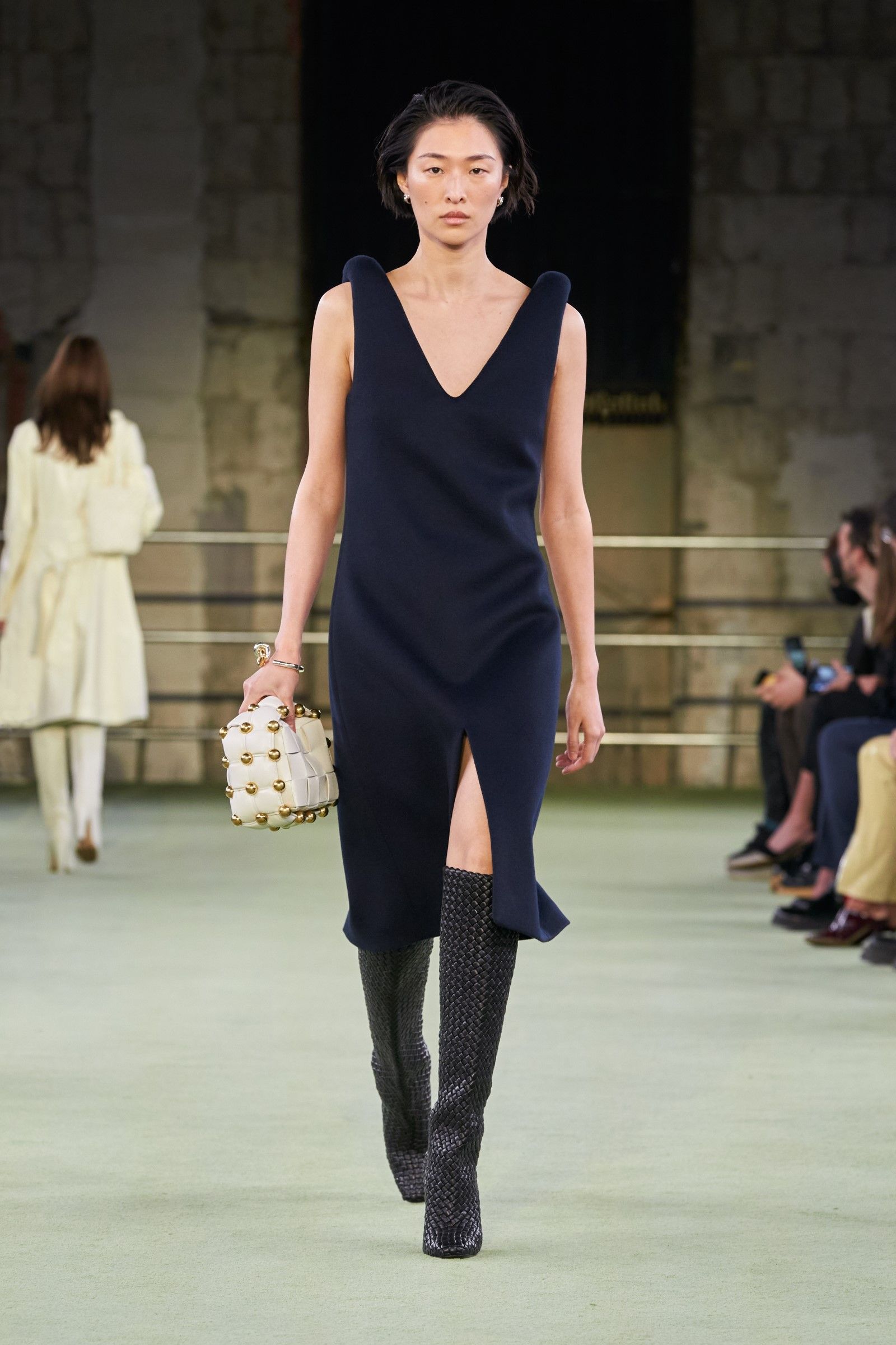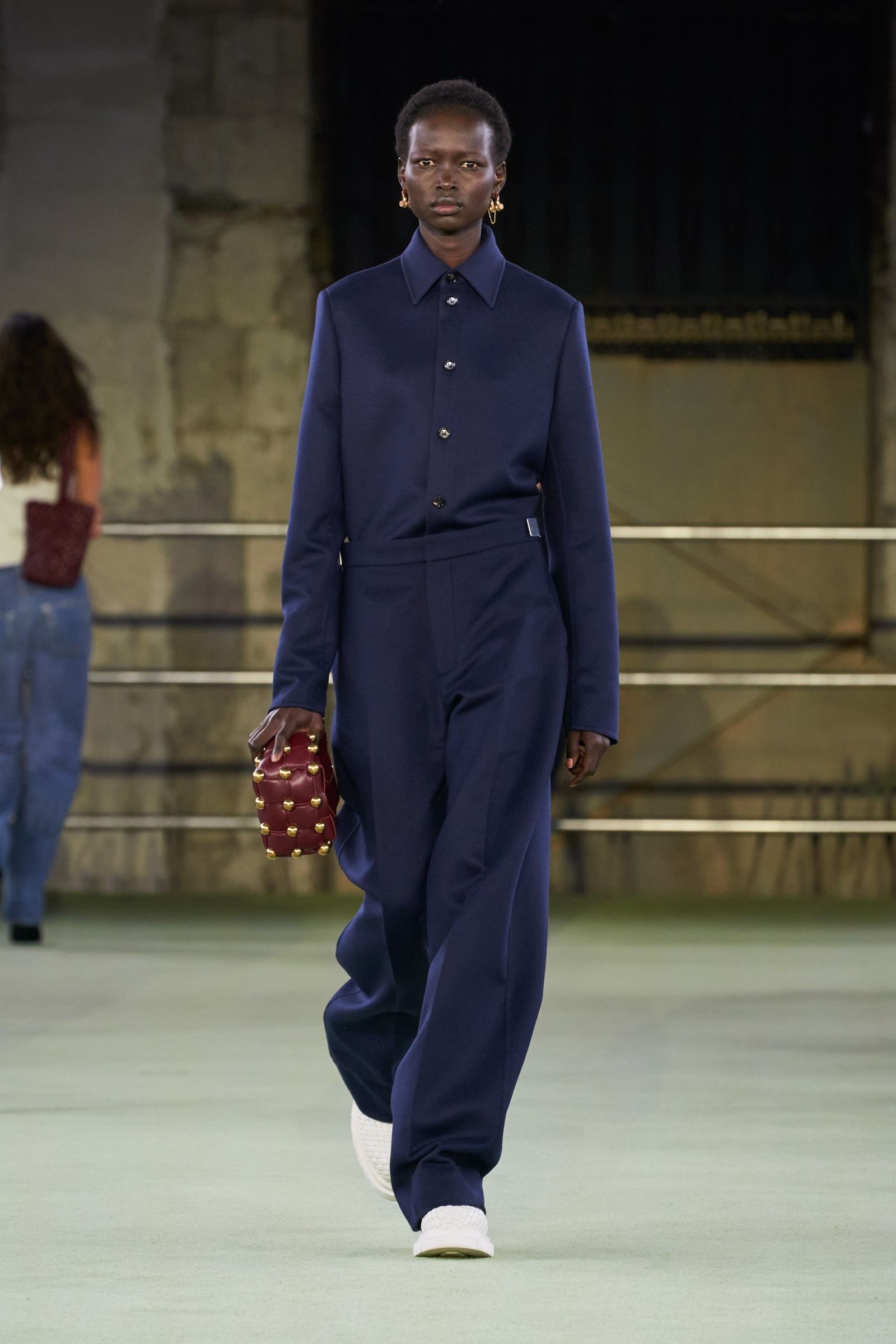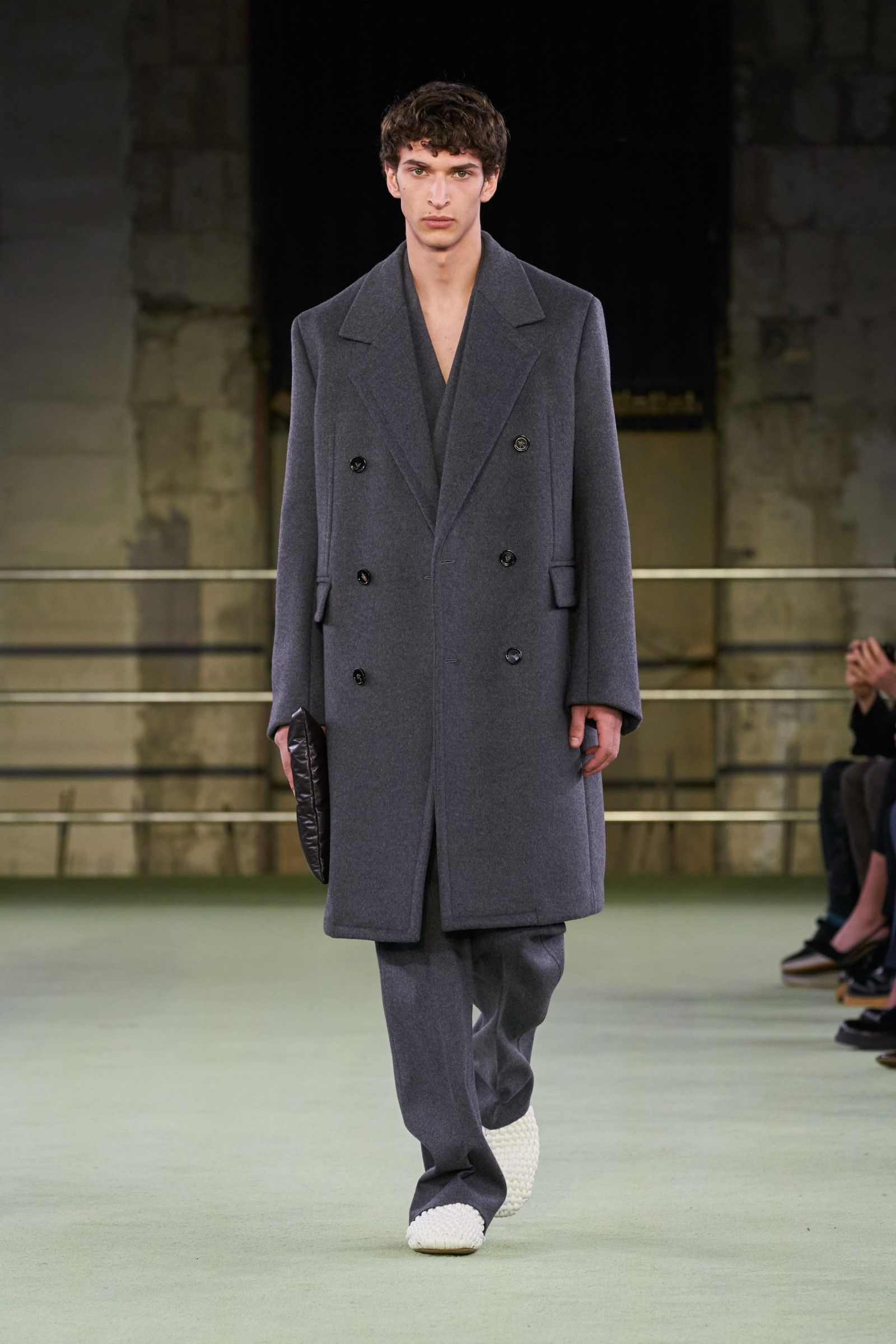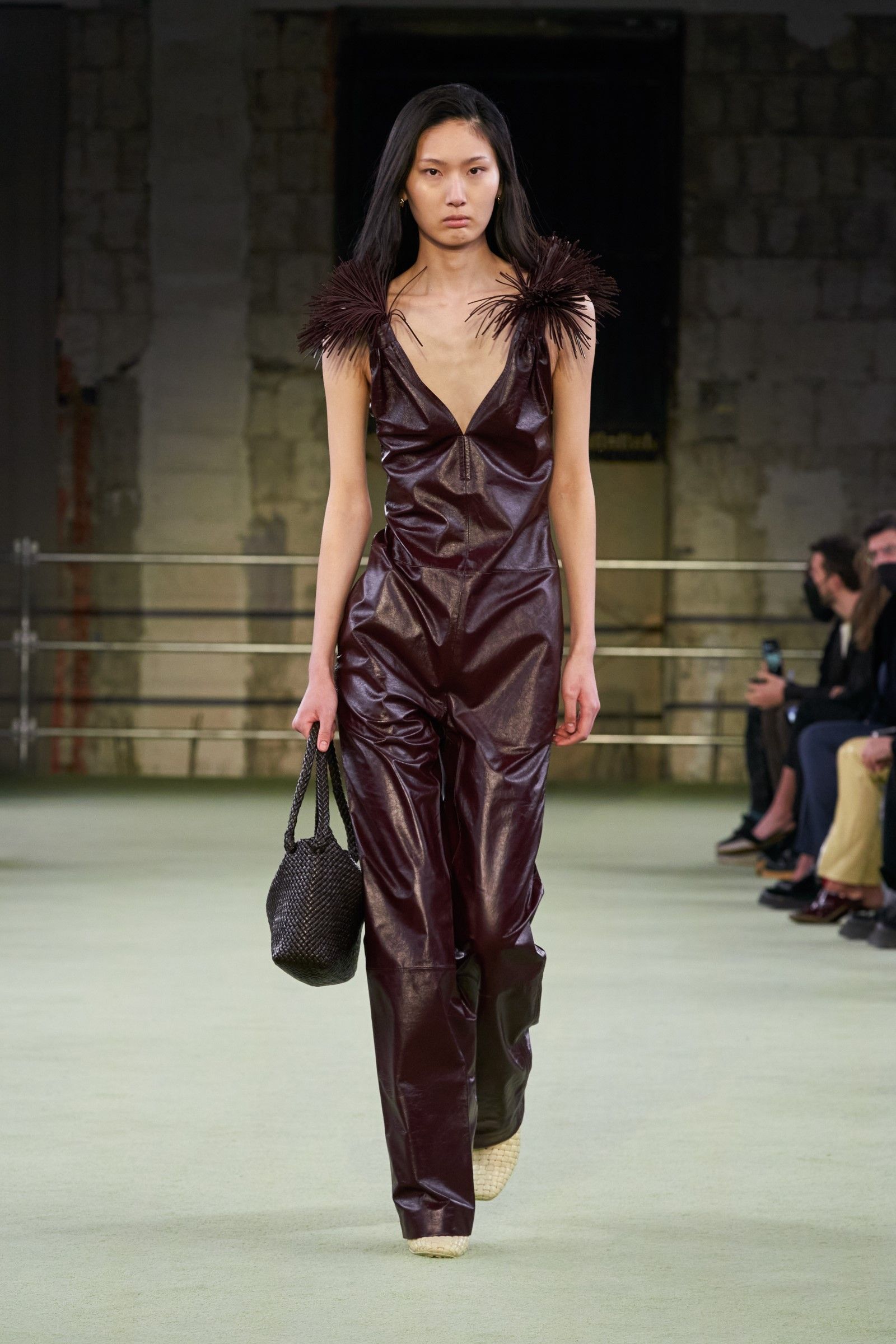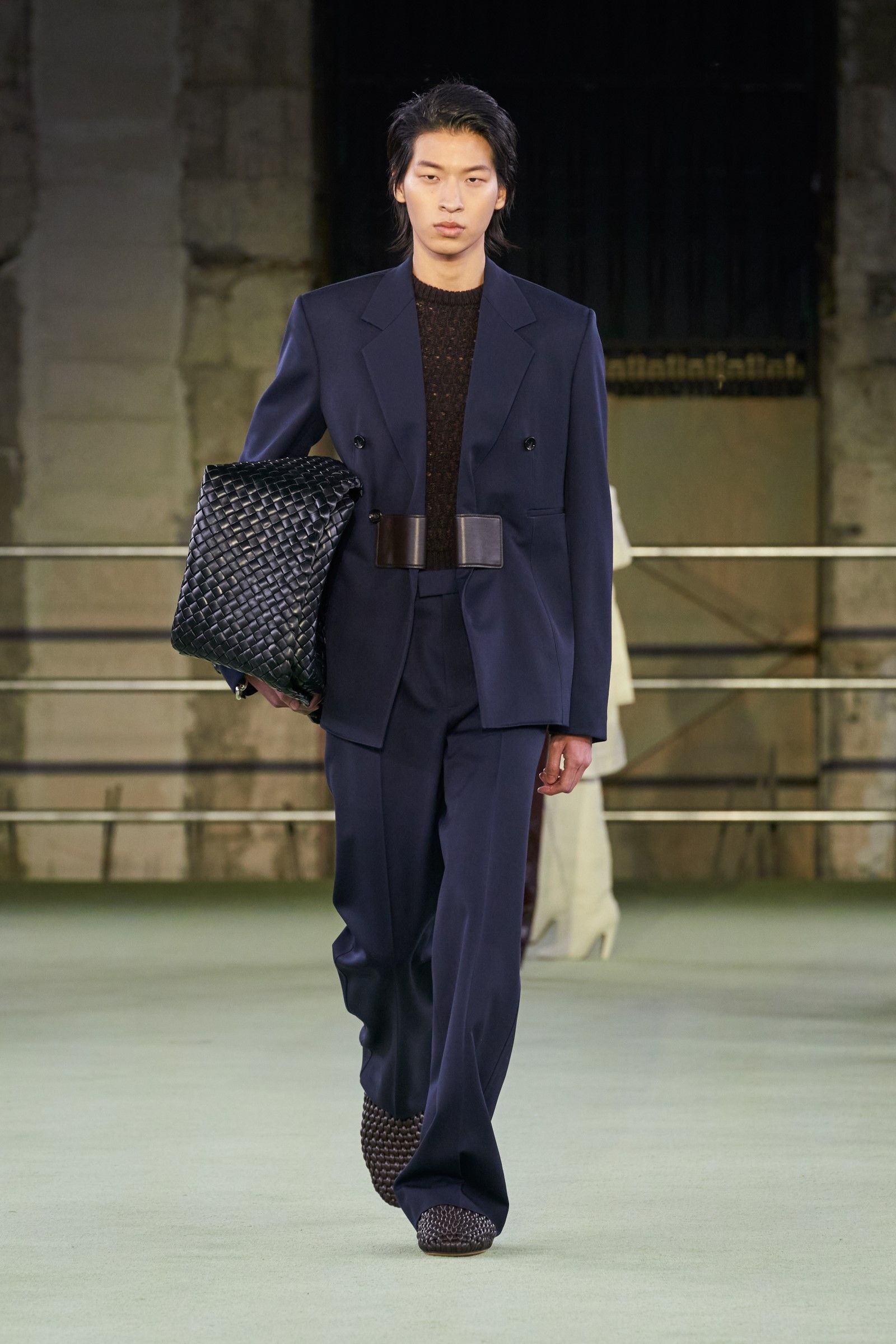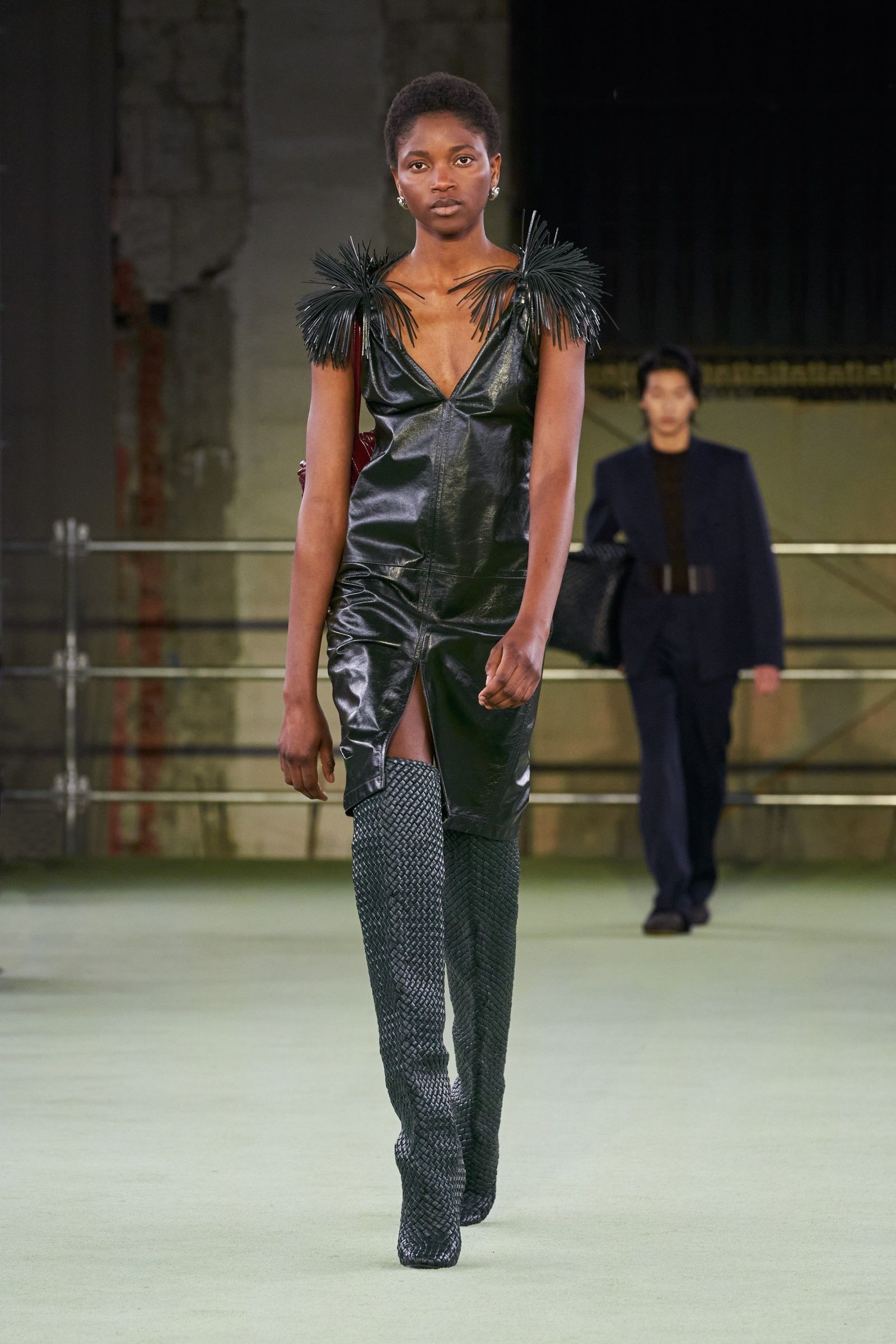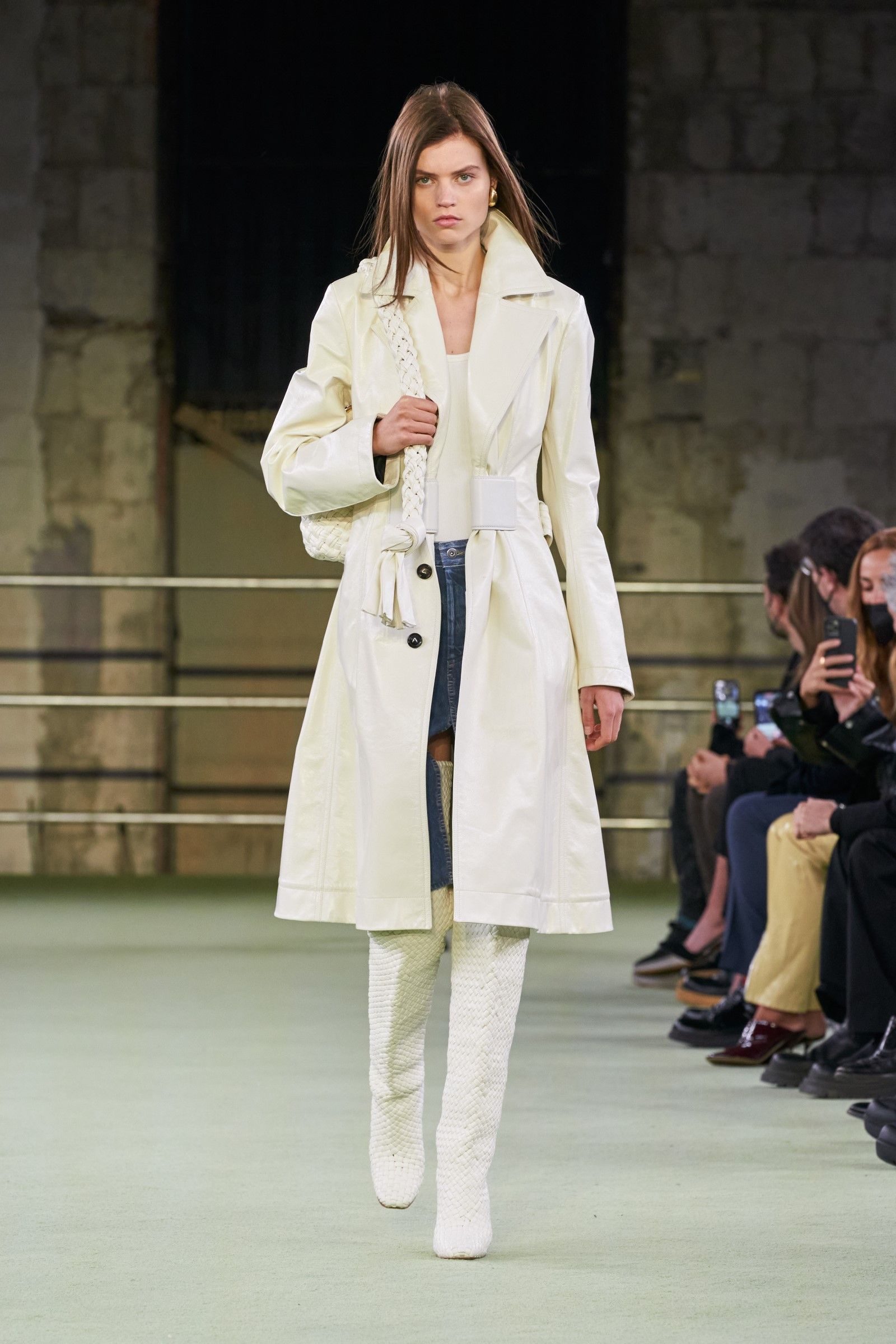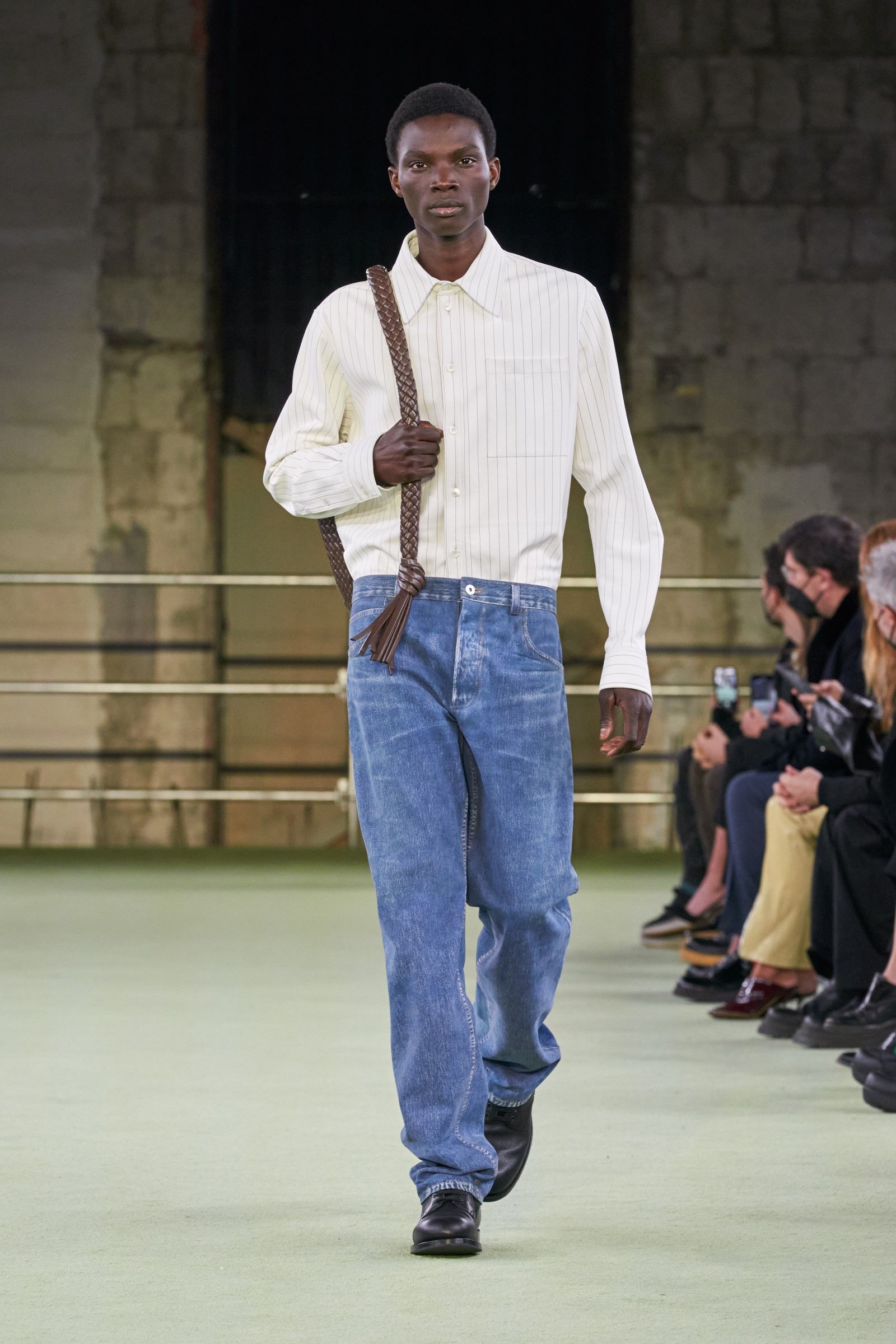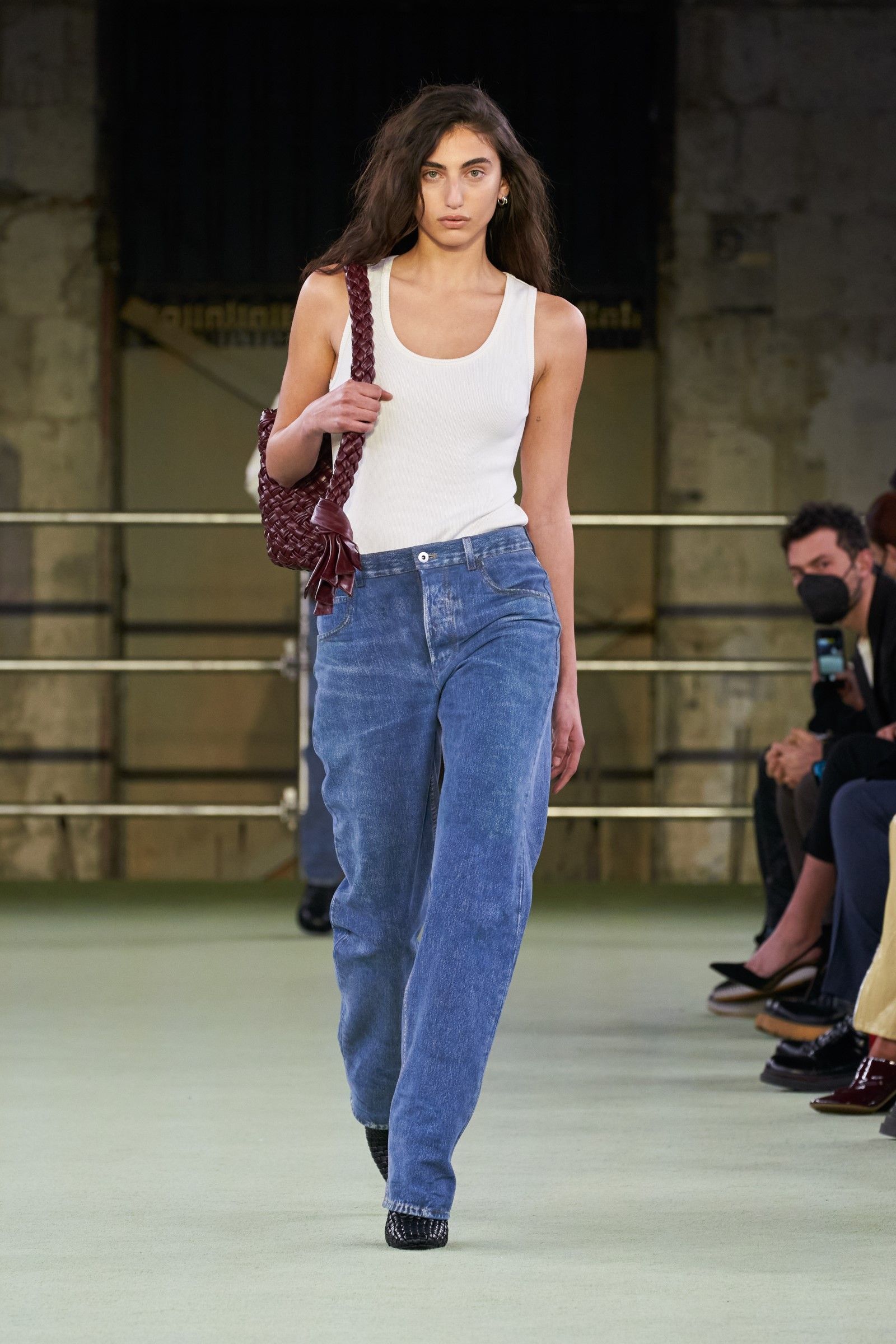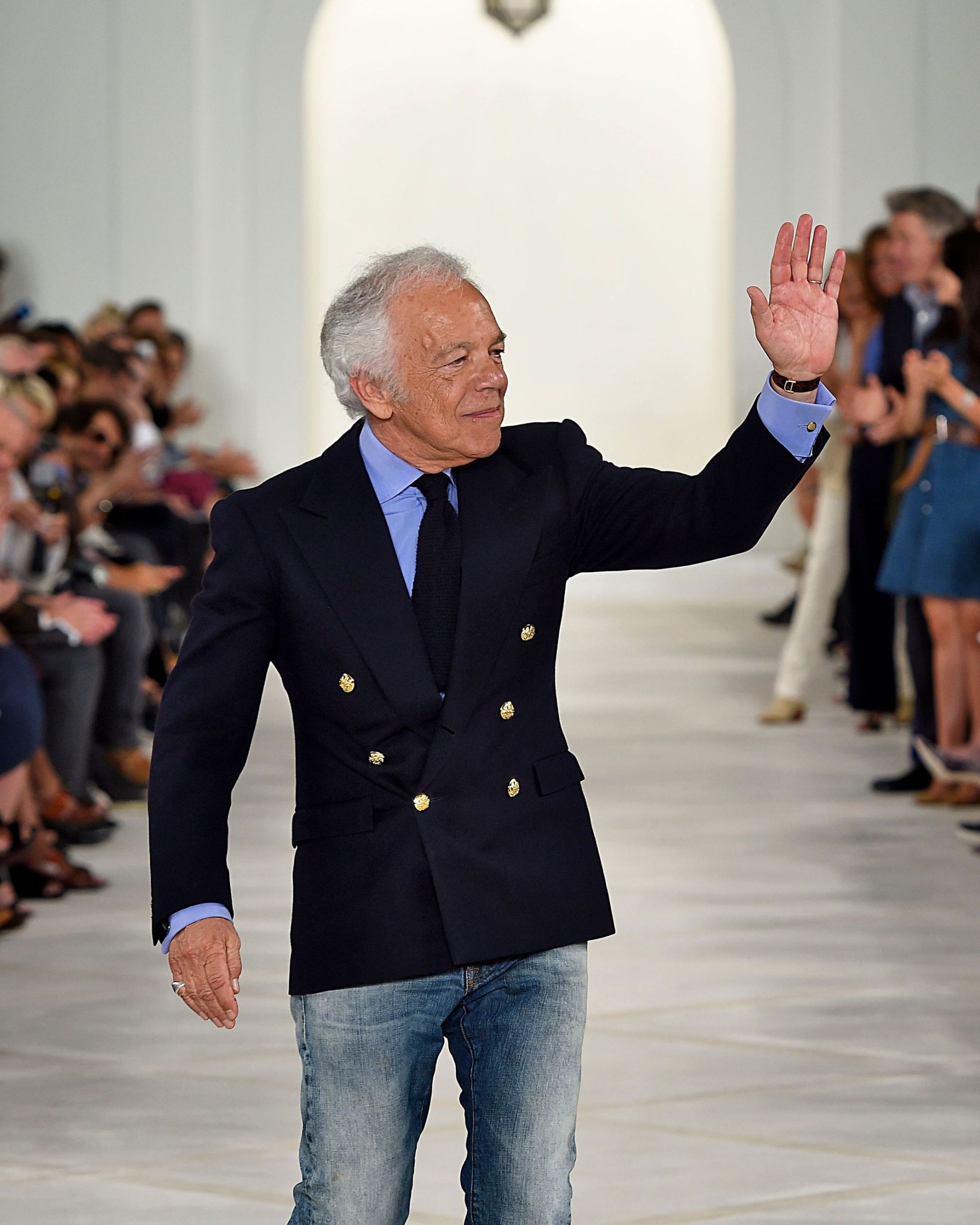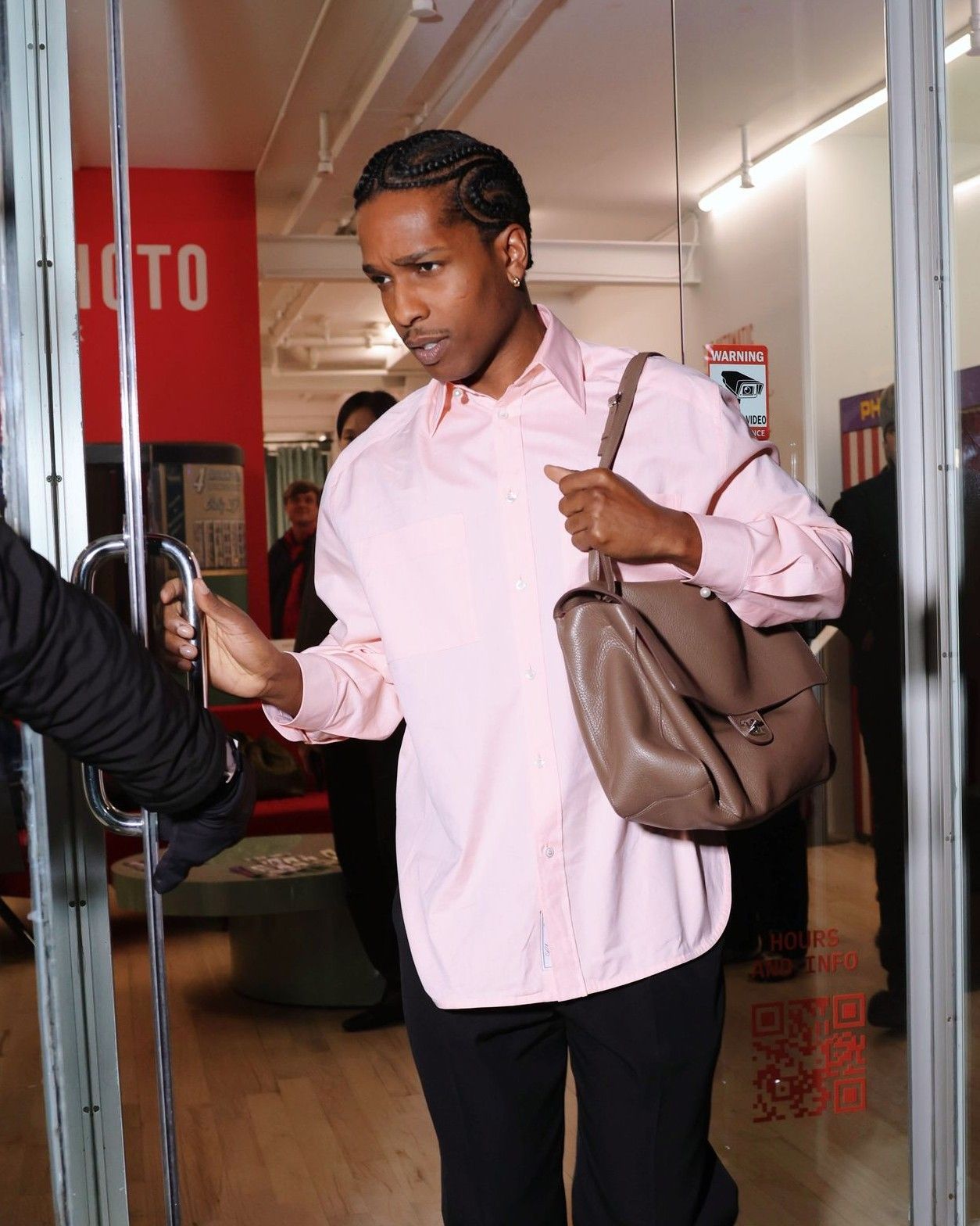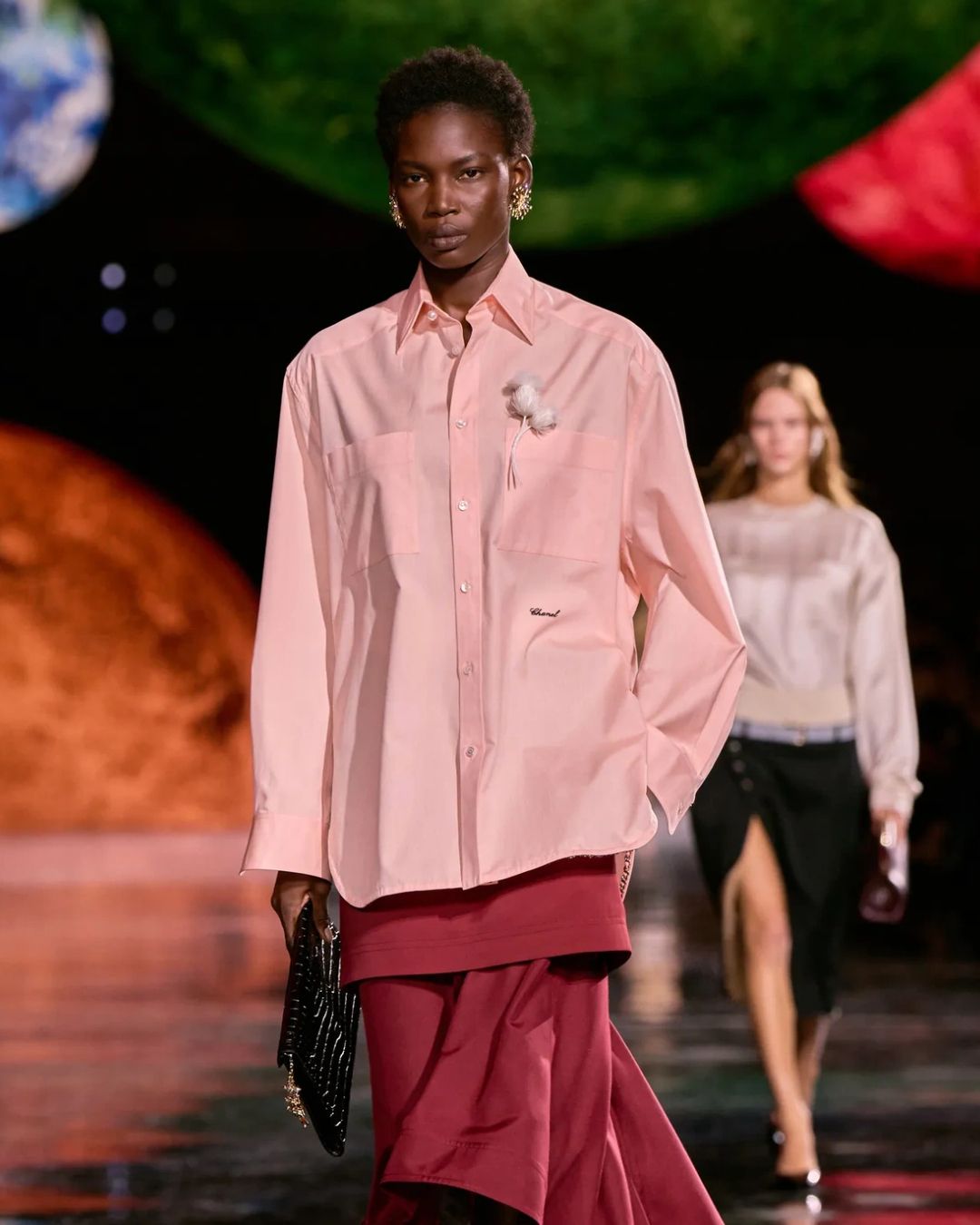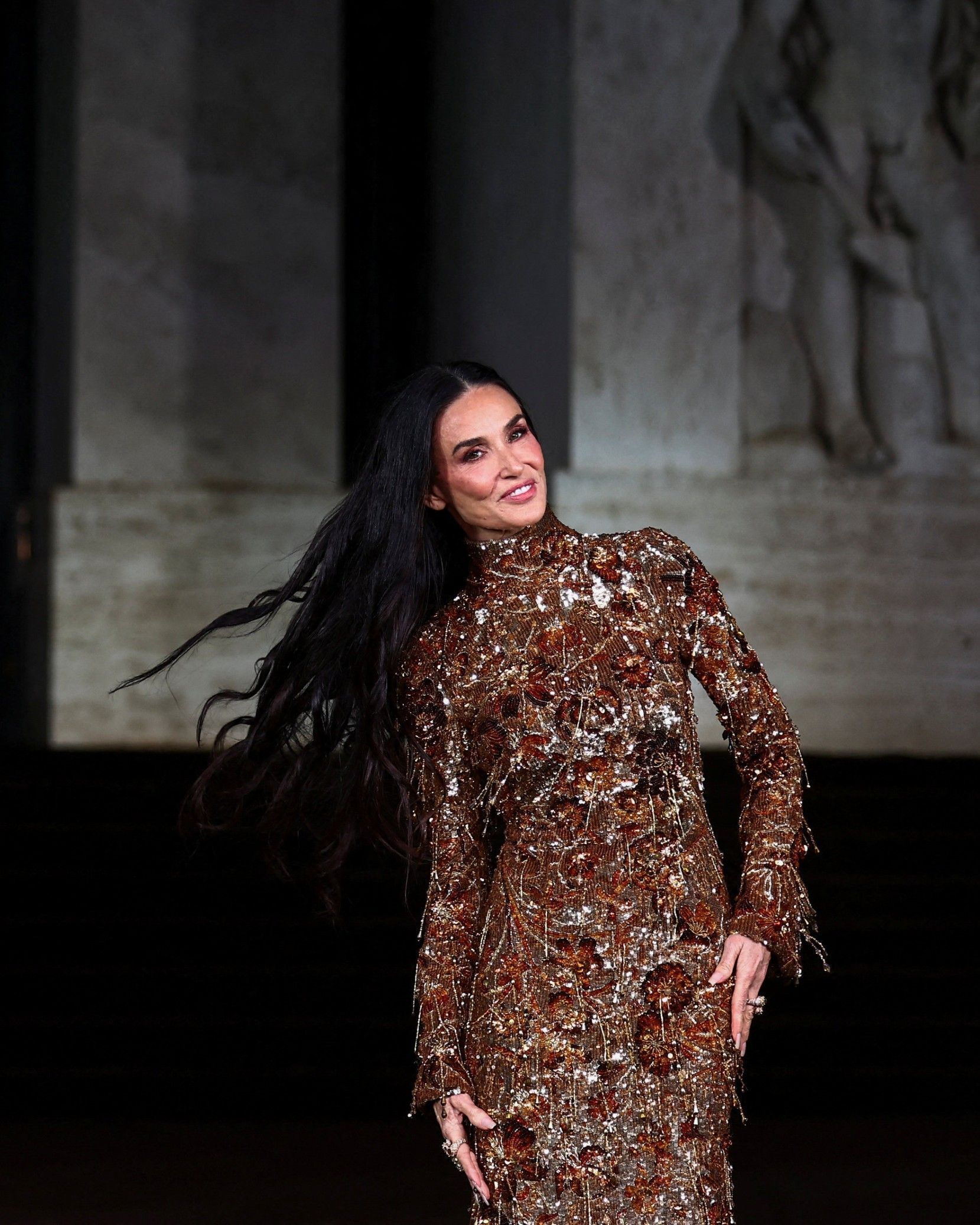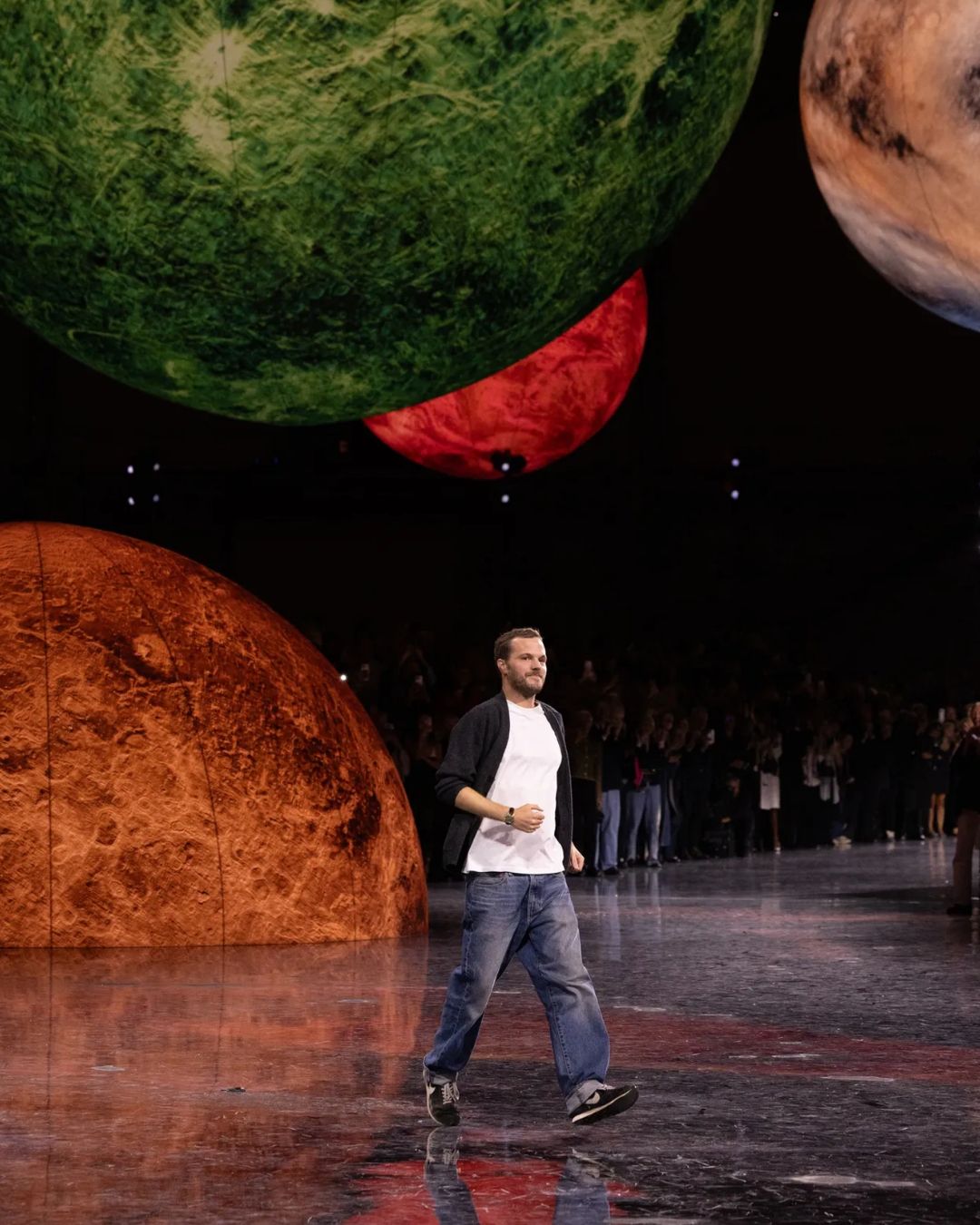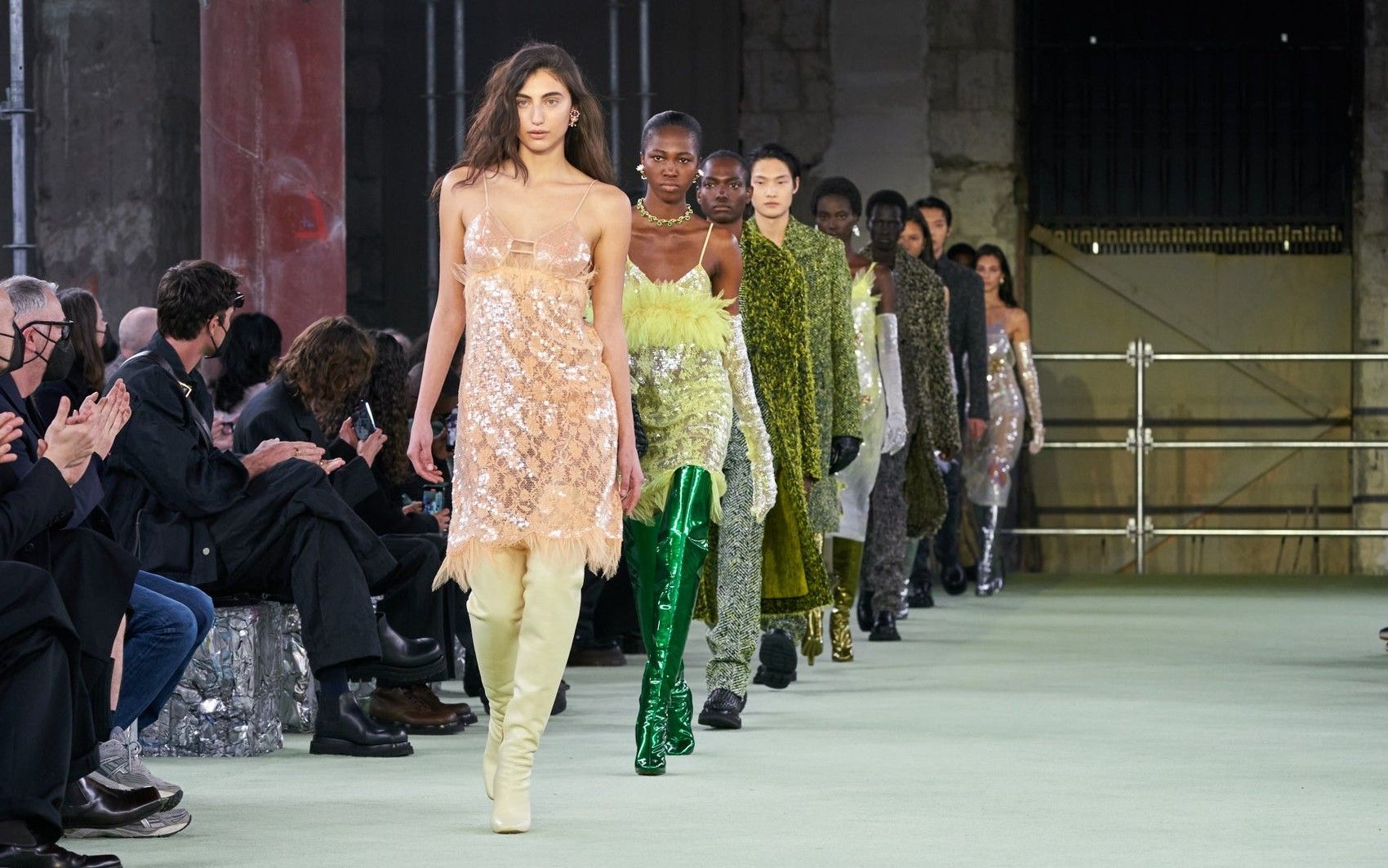
Why Matthieu Blazy's debut at Bottega Veneta surprised everyone The collection was perhaps the most discussed of this fashion week
The debut of Matthieu Blazy at the helm of Bottega Veneta in the closing days of Milan Fashion Week was perhaps one of the most anticipated shows of the season: after the hustle and bustle of Daniel Lee's farewell, the curiosity aroused by seeing a young designer appointed by the rich pedigree was skyrocketing. But all this waiting can put a creative director in a difficult position. If Blazy had replicated Daniel Lee's work too closely, he would have passed as an imitator; if instead he had given a sharp turn towards a completely new direction he would have run the risk of alienating numerous customers, ruining the brand's own narrative. And maybe that's why the collection staged last Saturday night was, surprisingly, unsurprising.
Gone is the green parakeet, gone the giant woven patterns, the rubber boots, the futuristic lines «and yet a trace of the old self exists in the new self», we could say, paraphrasing a famous meme. What made us fall in love with Bottega Veneta in the past (the clean lines, that minimalism so exquisitely edited, the tactility of the materials) has still remained albeit in a different form – but the vision has changed, back to the origins of a brand that has at its base the idea of a total craftsmanship and an if-you-know-you-know aesthetic. After Lee's farewell, the brand still had to differentiate itself, tell a new aesthetic and not become a follower or an epigon of itself. During the Lee years, the brand had launched numerous trends (rubber boots, bright green, thin throwbacks in the 70s, the hyperlinear and material aesthetics that made certain items look like candy) and replicating it now, for Blazy, would have meant devaluing himself. While brands around the world still imitate Lee, the new creative director still had to look ahead, albeit with some caution.
The need to be solved with this show, therefore, was to break and together continue with the past – an operation undoubtedly delicate, especially for a brand like Bottega Veneta that, with Daniel Lee, had risen to a new level of coolness. Blazy did the most logical thing: focus on the subtlety of details. As Vanessa Friedman writes in the The New York Times: «It all looked awfully bourgeois and polite until you looked again». The most emblematic and most cited piece is the first to appear on the catwalk: a pair of nubuck pants that create a practically perfect illusion of being jeans – and instead it is all leather; the double-breasted coats with a curved silhouette like a boomerang, the tulip-shaped leather skirts that reveal a rain of fringes, the woven bags without even a stitching.
All details that perhaps take a back seat through the medium of the show, which has difficulty concentrating on the details, but which demonstrate an uncommon attention to craftsmanship – even if they represent a much more classic vision than the one to which Lee had accustomed us. In recent years, Bottega Veneta had become a brand very present on Instagram and on social media thanks to an immediately recognizable visual identity that had intelligently interpreted the basic principles of the brand (texture, commercial elegance but without logos, ultra-luxury materials) but almost completely cutting the bridges with the past, proposing new triangular logos, new colors, new products not related to the core business of the brand - namely bags. Saturday's show instead represented the opening of a dialogue: between the brand's most classic past, the era of anonymous luxury by Tomas Maier and the brilliant and dramatic one by Lee. If many exponents of the new generations remember Bottega Veneta for the language so marked by Lee, we must in fact also bear in mind that in the previous 17 years of Tomas Maier and in all the previous years in reality, the brand was synonymous with «stealth wealth», of silent luxury unrecognizable to most: the same logo of the brand did not exist, there was only the famous intrecciato pattern.
For decades, Bottega Veneta has been more dedicated to those who wore its products than to those who looked at them, it was more tactile than visual but above all recognizable only on the basis of signs that only those who knew it could appreciate. An ad from the brand from 1957 proudly stated: «People know a Bottega the minute they see one. So we put our name on the inside only» and for many years the slogan that followed the name of the brand in its many newspaper advertisements was: «When your own initials are enough». All principles that Blazy has not evaded at all – cleaning the palate of the audience from the strong memory of Daniel Lee's aesthetics, straightening out his rounded silhouettes, injecting a vague Margiel-esco vibe into some of the garments and making a clean slate of the recent past (the lack of any green item seemed just an arrow to the old creative director) but also removing from the equation the instagrammability that Lee had put at the center of the visual side of the creative process, the radicality of that aesthetic. The protagonist is the product, the real thing – it is from the sober reality that Blazy wants to start again. And this is only the beginning of the quiet turn of the brand and those who said they were not very impressed on Saturday night will certainly have to wait for the next collection. Blazy will not disregard.









































